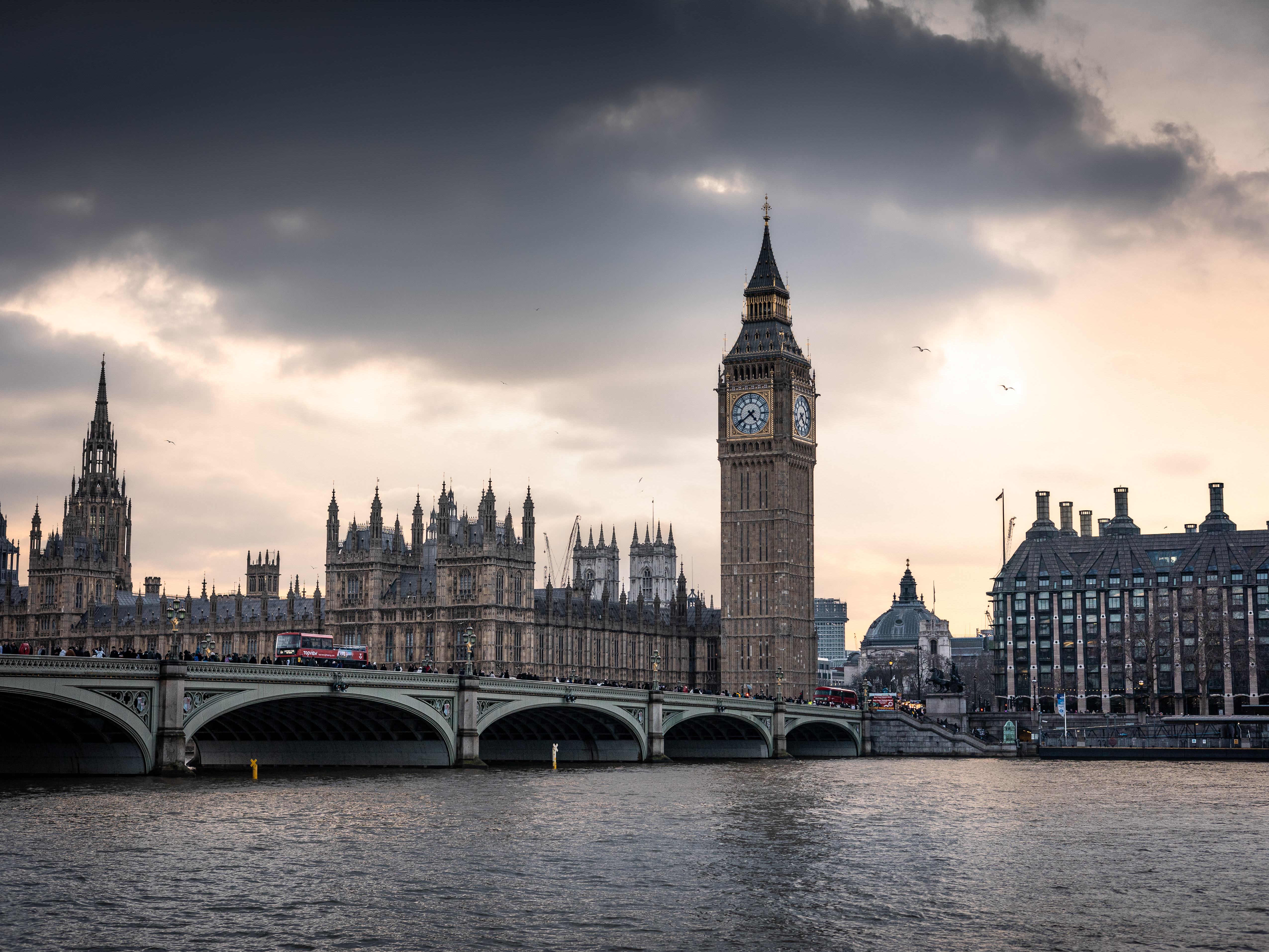Proud Cornwall ambassador! This page is dedicated to my love in this region!
Here, in Cornwall, although being part of England, there's still something that differs it. And if you don't know do you wanna visit it yet, no worries about the rainy days or all that cabby situations.
Great with a deep sense of humor - that's the people here. Working without rushing and with tea breaks, and yet the work is done quickly. Without needing to think about anything, especially when you see them wearing jacket and flip flops at once.
The nature - "Hell-of-a-good!". Mostly flat or covered with hills, on which - unstoppable growing green grass and all that special plants and scaws. With the excessive rainfalls the flora is a kind of immortal... Wild animals like squirrels, rabbits, pheasants, ravens and much more species here. On the other shore - zackley the Celtic sea with Atlantic's freedom at all of the coastline with beautiful beaches or incredible rock seaboards. There - waves for surfing or just glory to take pictures like at the sea or if you are enough lucky for a seal. Seagulls also pose for photos for those without luck in the pocket.
Most of the homes are stone builded, tiny and cosy. Flowers in front of them. Fences and bushes. There isn't arrangement here and you can see house to house, but also houses spread over meters. However, the buildings have their own charm and style and will not poison your eyes. There are many historical places to check - churches and castles from hundreds of years agone. If you are still looking for an ordinary walk in a town or village you won't see a messy yard, despite of all. You may also see jungle gardens if they are covered with greenery, it's just at every corner - around the roads, in the gardens, on the roofs. The feelings are you are like in a green paradise. That's Cornwall - different and wilder. The most of all roads are narrow and pretty surrounded by hight grassed slopes which creates a feeling being in a tunnel or labyrinth, it's strange but impressive.
Cornwall is one of the most beautiful and peaceful places. All that stuff makes a great and interesting habitat in which nature and people live together in peace.
The very first thing when I arrive in Cornwall is to feel the breeze sounds and breathe the fresh and clean air here! That is how my mind gets off all the complications and is refreshed for my stay here! It is not a secret that this county of England is my favourite and I have a special place for it in my heart! And yes, I never get tired of coming to Cornwall, even if it is time after time!
I have split up this blog into two parts - facts and stories behind my last journeys - year by year. Take a cup of tea and enjoy!
Short Geography & History of Cornwall
The Wild land of England, that's how Cornwall is known. Cornwall is a ceremonial county (province/district) in South West England. It is recognised as one of the Celtic nations and is the homeland of the Cornish people.
Facts:
- Population - ~580 000
- Area - 3 562 km2
- Religion - Christianity (45%) - Catholicism
No religion (46%)
Geography:
Cornwall is part of the south-west peninsula of the island of Great Britain which makes it part of England. Cornwall is county in the country but if you are one of the locals then fortunately you will think about totally different country, country that just borders with England. Although that strange feeling, the county is still part and the British roots are living here.
Cornwall is bordered to the north and west by the Atlantic Ocean, to the south by the English Channel, and to the east by the county of Devon, with the River Tamar forming the border between them. Cornwall forms the westernmost part of the South West Peninsula of the island of Great Britain. The southwesternmost point is Land's End and the southernmost Lizard Point. Cornwall has a population of over 570 thousand people and an area of 3 562 km2. The ceremonial county of Cornwall also includes the Isles of Scilly, which are administered separately. The administrative centre of Cornwall is Truro.
There are over 300 beaches on the Cornwall’s coastline, many little islands and peninsulas, rocky coastlines which create great natural attractions here, also places for much more wild animals.
The climate here is Atlantic with not freezing winter and not drying hot summer, which helps for the plants growing here. That's why there are over 385 types of plants in Cornwall. The climate also helps local farmers grow their crops during both summers and winters.
Cornwall is the main summer holiday destination for the UK and is one of the most popular and expensive tourist destinations in Europe. Over 5M tourists come here every year.
The district has good infrastructure with highways connecting the cities and towns. There are few small or military airports but the largest one nearest to Cornwall is three hours away, in Bristol.
History:
Cornwall was first settled by hunter-gatherers in around 10 000 BC - the mid Stone Age. It was during the Bronze Age that the early Cornish created most of the ancient stones and megalithic sites that are found throughout the county.
At the beginning of the 19th Century Cornish mines were some of the largest enterprises anywhere in Europe and very much at the forefront of the Industrial Revolution. The copper industry had grown beyond any other sector in the British economy and it was centred in West Cornwall. Today many of the mine ruins still stand here.
The county is home for many famous people. From Captain Bligh to King Arthur, they all have ties to Cornwall. The list of people connected to Cornwall includes everything from poets to pirates, boxers to bards and saints to scientists!
Cornwall played a major role in World War II not only with fighters who flew from the many RAF bases in Cornwall providing escorts for heavy bombers on their raids over France but also in the important D-Day Normandy landings. Cornwall was at risk from both the air and the sea. Winston Churchill even spent several months there during the war.
Today, the locals are proud of their history.
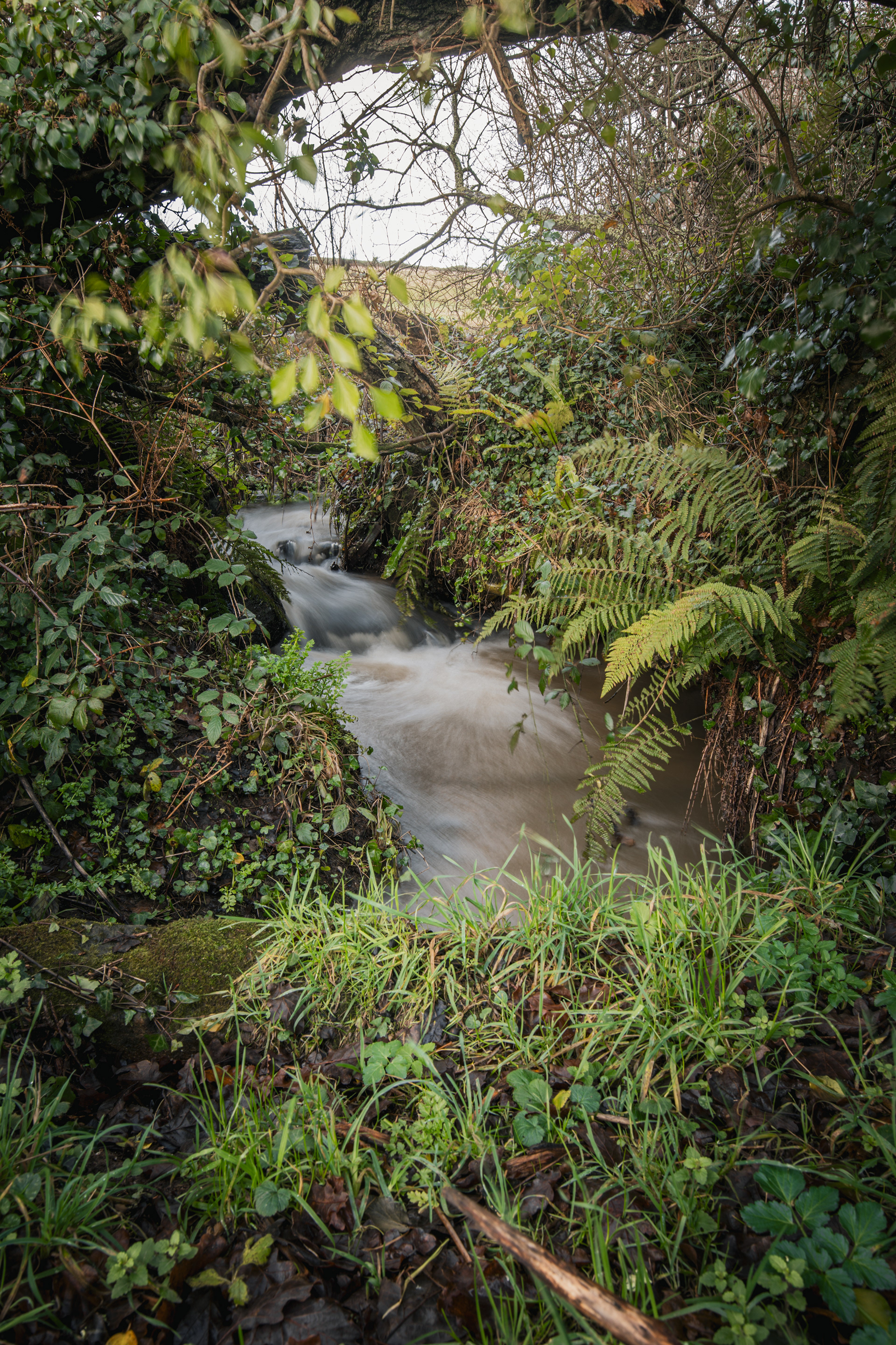
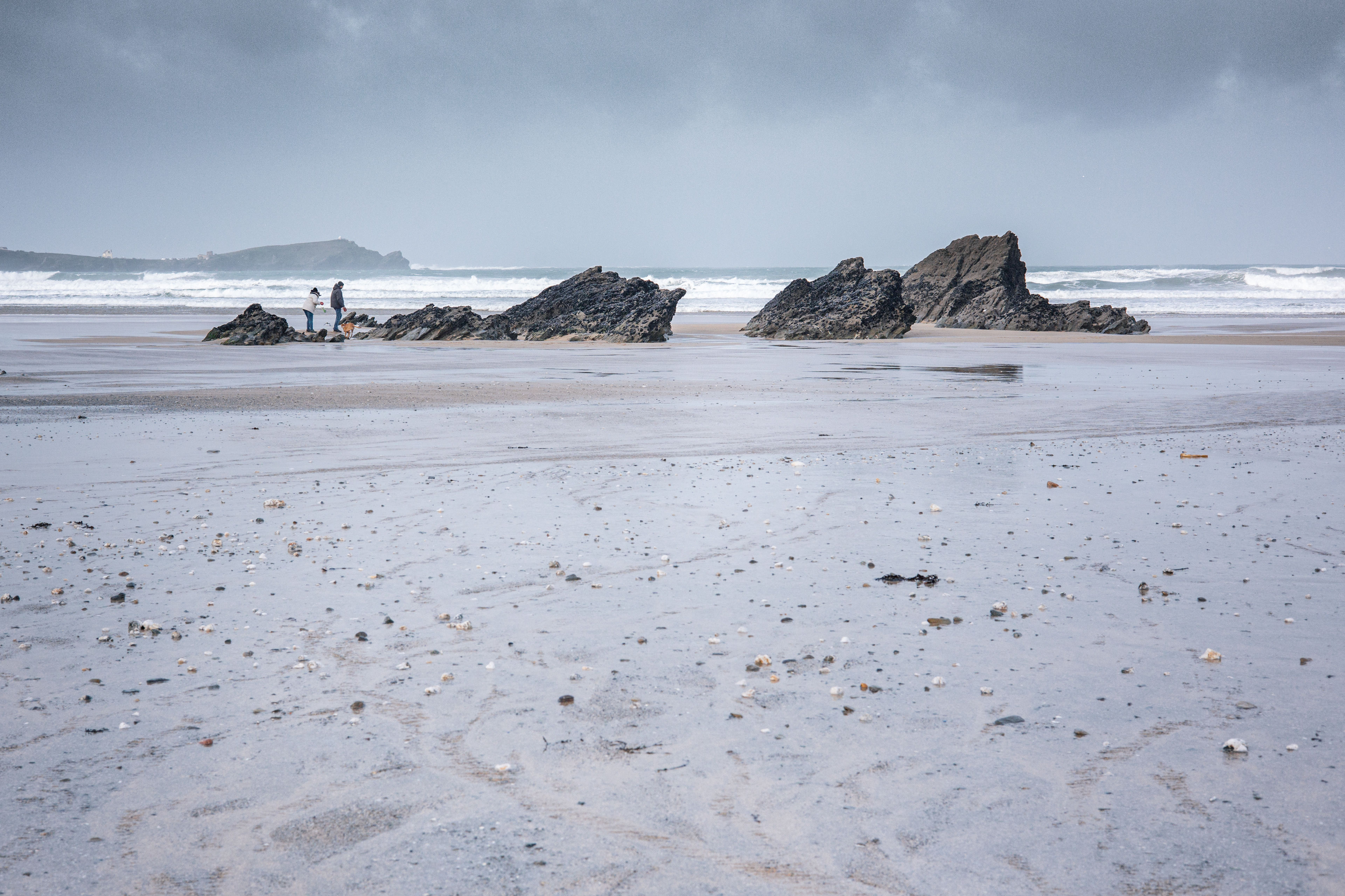
The name of Cornwall
Cornwall - one word uniting corn and wall, but is it connected with them? Actually no. Cornwall or in Cornish - Kernow firstly sounds like a horn, and there's why - because of its shape.
The Cornish flag
The Cornish flag, or the Flag of St. Piran (white cross on a black background) represents white tin flowing from the black rock, or Good overcoming Evil. St. Piran is believed to have lived for over 200 years.
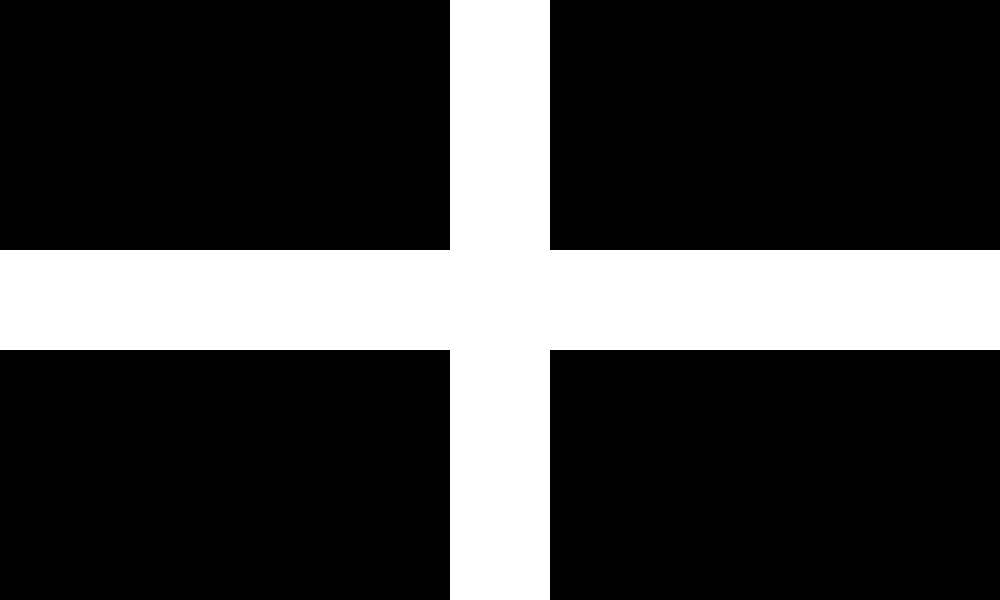
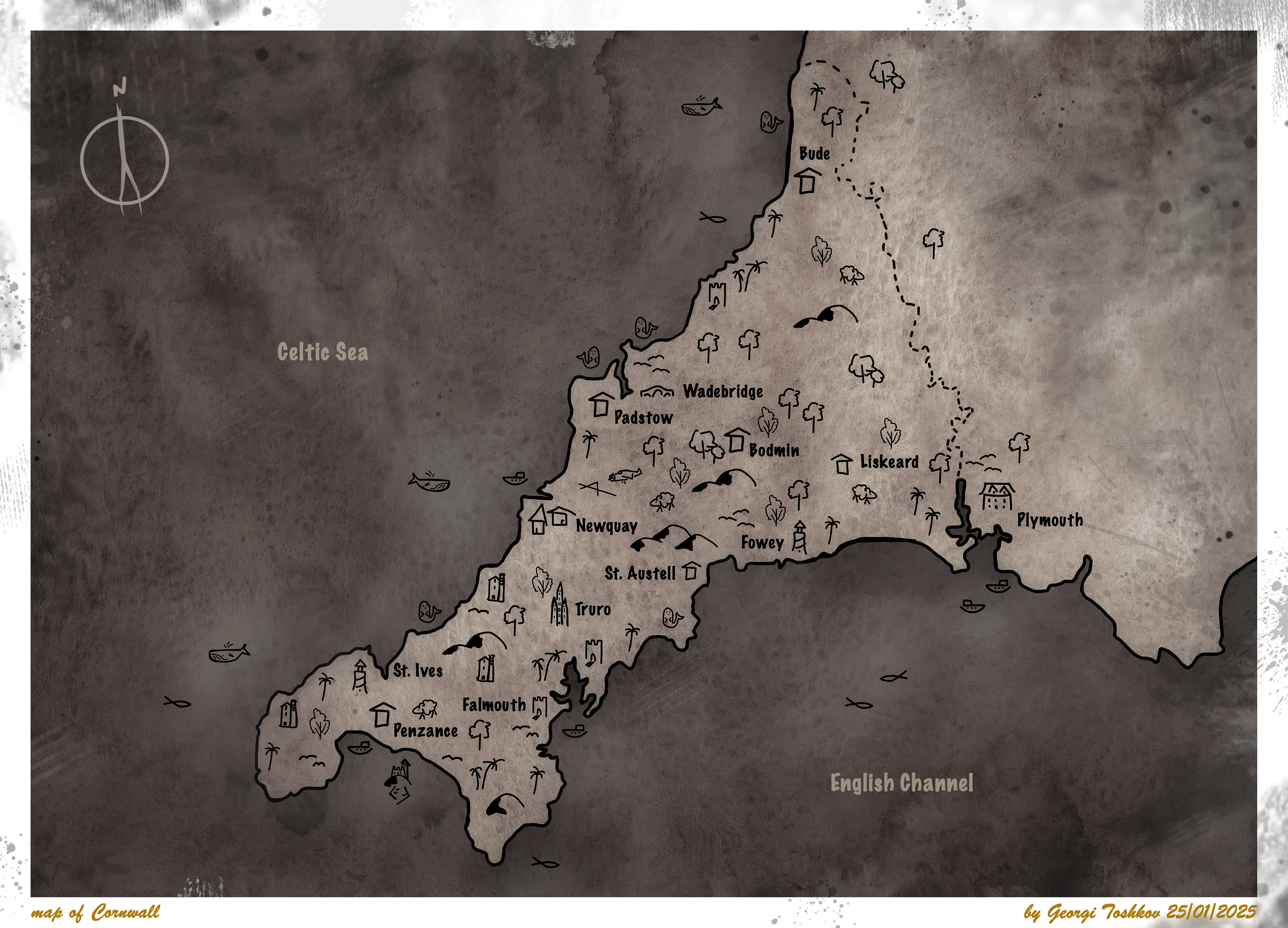
Former Districts of Cornwall:
Cornwall Council changed its district borders and formed six new zones in 2009. The new districts are: Caradon, Carrick, Kerrier, North Cornwall, Restormel and Penwith. Carrick and Kerrier are located in the middle of Cornwall.
Restormel's council is based in St Austell - one of the two big towns in the district. The other one is Newquay.
Carrick district is located south of Kerrier and its council is based in Truro. Another large town in this district is Falmouth.
'The Wild Garden of England'
Nature in the UK is the most preserved in one region - Cornwall. The county is home to various species that live in harmony with civilisation, like nowhere else!
Although, Cornwall looks like one massive nature reserve, there are real ones as well. From moors and plains to isles, peninsulas, points, rivers, ponds, larger lakes, old mines, coves and rocky coastlines - they all serve as different habitats for flora and fauna. This large number of territories is carefully helped and preserved by all local people and tourists in order to make a real home to these species. One of these territories is the River Gannel, located between Newquay and Crantock, it is home to hundreds of birds and often becomes a birdwatching spot to all enthusiasts.
Few examples of preserving the flora and fauna in Cornwall are: many of the animal sanctuaries and especially the care and love to the seals - probably the favourite creature to all Cornish; And what about the plants? Well, they avoid cutting down of every single tree, bush or plant and even their yards sometimes look like jungles. Even if it sounds strange, it's a great way of saving our planet and living together in love with the Mother Nature!
For every visitor this conservation is magical. Everyone loves to see the wild animals like rabbits, pheasants and ravens walking or flying around. Thus, the local add just another gem to their homeland that attracts larger number of tourists. That's why Cornwall is known as the wild place of England.
Land of Green
It's all about another world. A mysterious parallel place - a reality so surreal you don't believe it's real, because of all that peace and magic, which it is filled with. I don't believe it... no, I don’t. It's one of those dreams that you don't wanna end. A sweet and special tale about fairies, tiny forests and lush green hills guarding their wilderness.
And if the wild doesn't mean freedom, then what does?! And you may argue saying, "Oh dear, many places in our world are wild, as well! And aren't they peaceful and beautiful?". Actually I have to confess something to you! The Eden Garden is only one, and you all know that! That's the Eden. That's the place where all birds fly high in the sky free, all the rabbits and pheasants run through the tall grass and thickets! Then where's the magic? You might ask. Hmm, easy one! The trees - enchanted ancient oaks, surrounding the paths of this Garden! And not only! How Mother Nature arranged every single aspect is just phenomenal! Vines, wild flowers and trees, how the nature collaborates perfectly with the civilisations... Harmony!
Haven't you heard about the home spirits? Yeah, if you believe, you might feel or even meet them! But no worries, they are nothing more than an extra addition to the magic and nothing to be afraid of!
Tell me something, you all prefer clear weather with cloud-free sky, right? Well, everyone does, but here? I don’t worry if I get wet during the rain. I don’t feel under the weather when the weather itself defies expectations. How? The place knows how to heal me and make me feel free. That’s Cornwall – The Land of Green!
Every time when I come, I fall in a deep sleep in which the time is painted by the unrealistic reality, like a dream… The more times I come here, the more I fall in love with Cornwall. You may call me crazy, but I cannot feel the freedom nowhere else like I do here! The last four times in Cornwall, I stayed in my mates' house, located in a hamlet - Tregaswith. Here and all around are the hills, the greens, the daffodils, the wild pheasants and rabbits, the magical trees, bushes, gardens and even the home spirits...
But that... is a story for later.
From Tregaswith to Bosoughan
I am a person who really enjoys spending a morning, or even better - an afternoon, exploring the paths around Tregaswith.
One of the first times I visited, Nadia - one of the hosts and friends of mine, showed my friends and me a typical summer evening walk - from Tregaswith to Bosoughan. Those names refer to two different hamlets on two different hills. A walk between these two points costs the time of an hour. Along the way, other hamlets, farms, gardens, cottages, streams, forests and fields add to the scenery.
For example, during my last visit in December 2023, I took this walk at least twice exploring new and familiar places. Trevithick is where I spent my last afternoon - the final day of my stay. A quiet and pretty place, though I am not entirely sure whether it is a hamlet or just a cluster of cottages with a nearby farm.
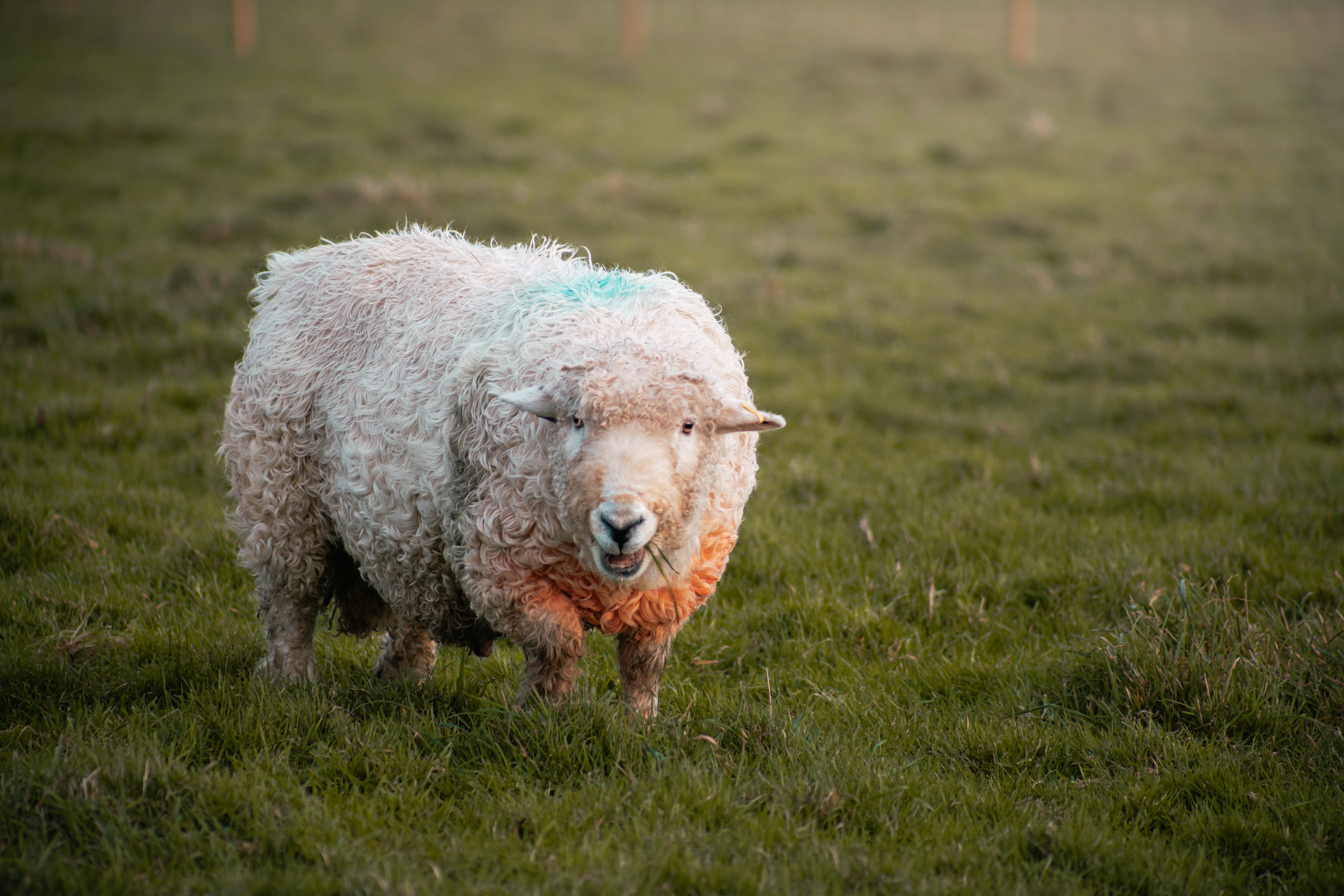
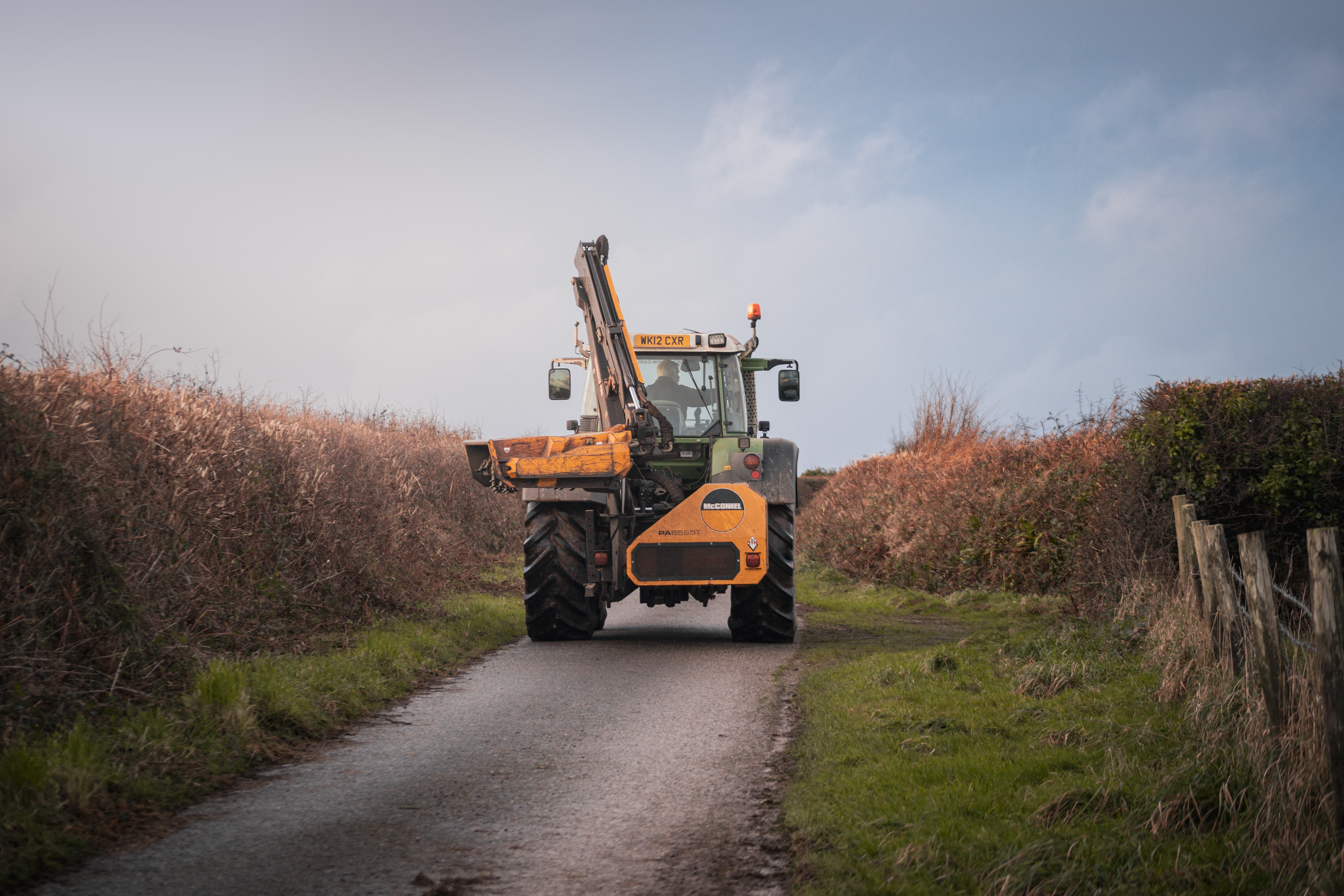
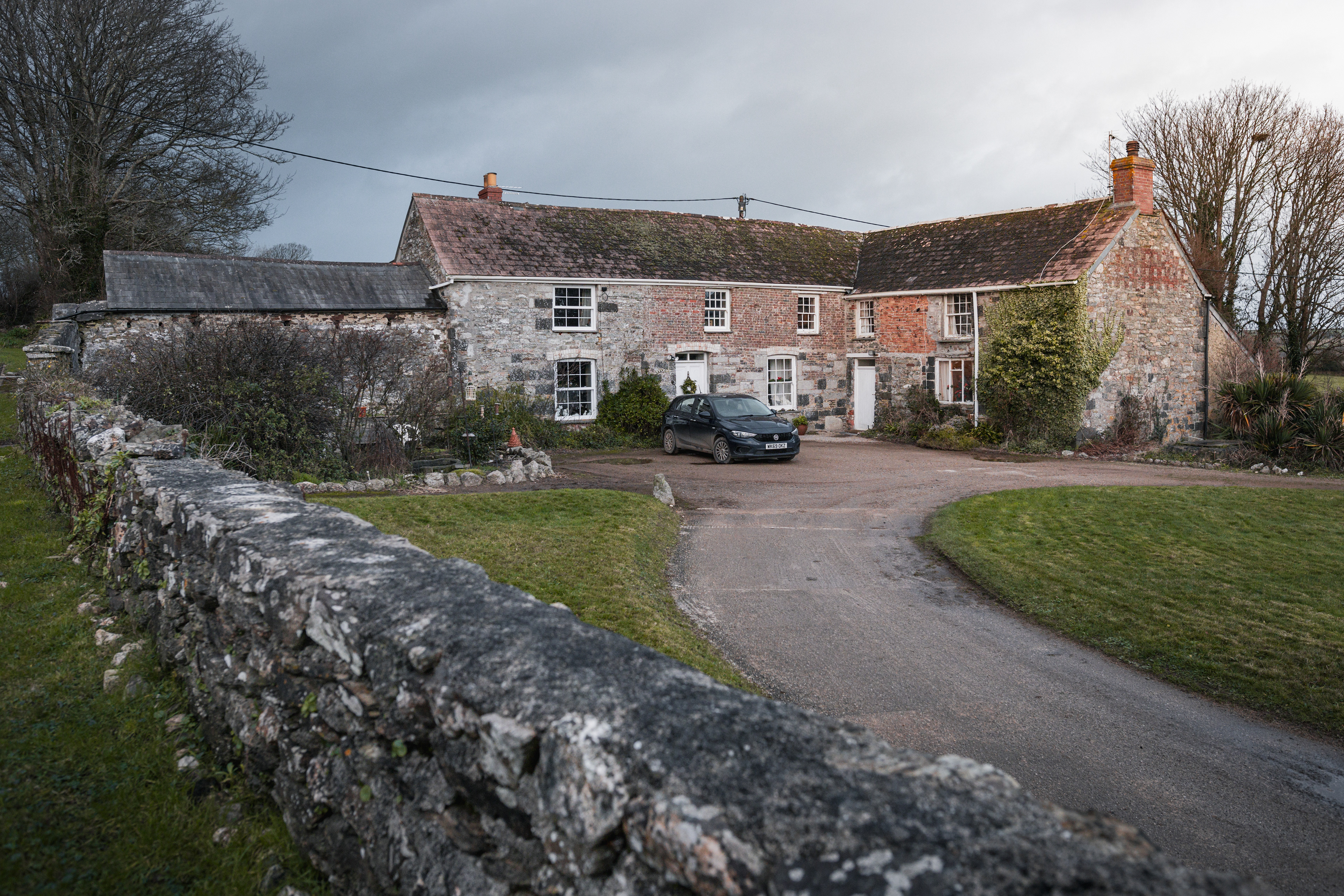
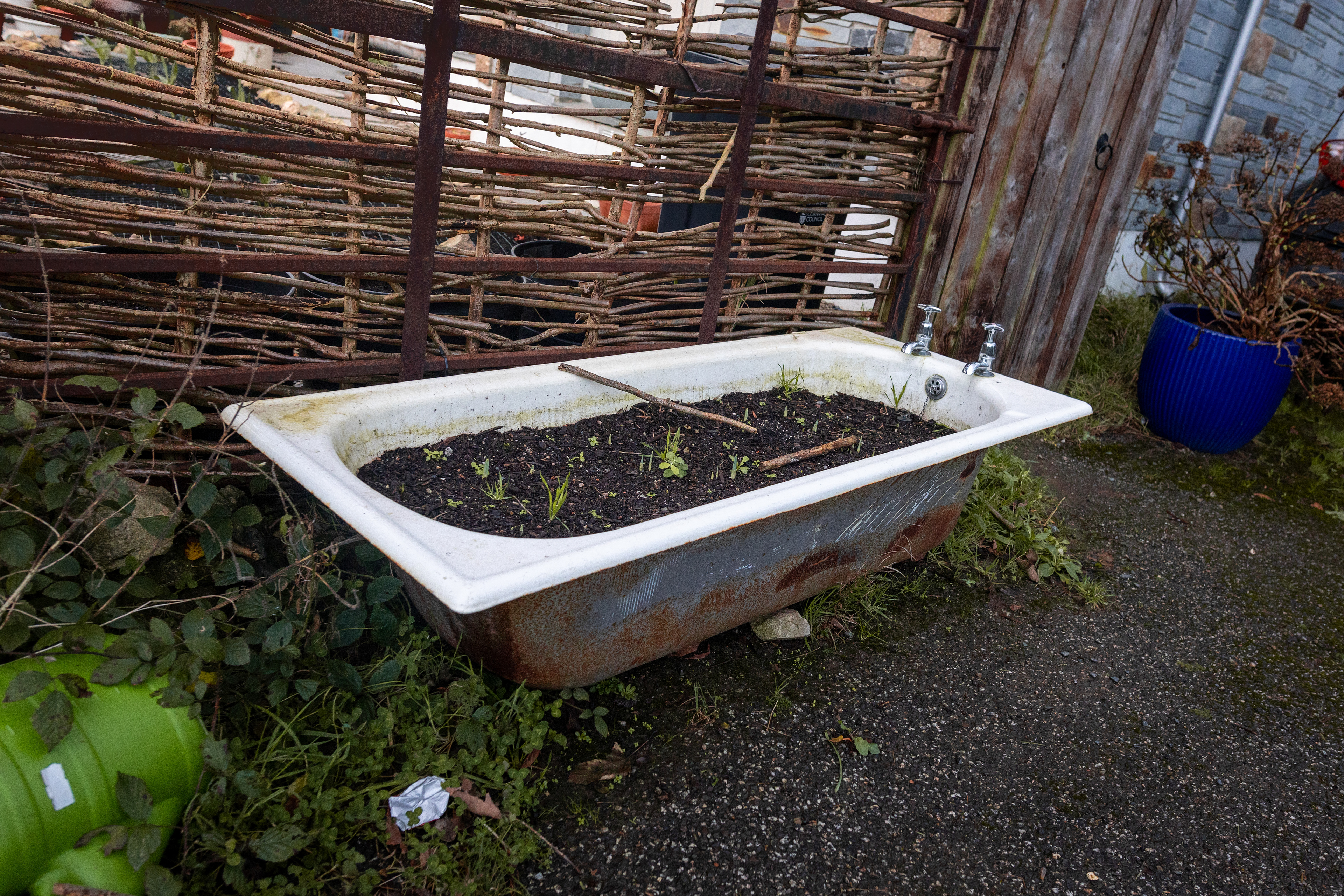
Another aspect of Cornwall I am interested in is the daffodil fields. They are truly beautiful to see and why not to photograph them, too?! Did you know that Cornwall harvests an estimated 80% of the daffodils worldwide? It is actually one of the most successful industry in the region! Even not surprisingly, I often find growing daffodils around Tregaswith at places where you won't expect.
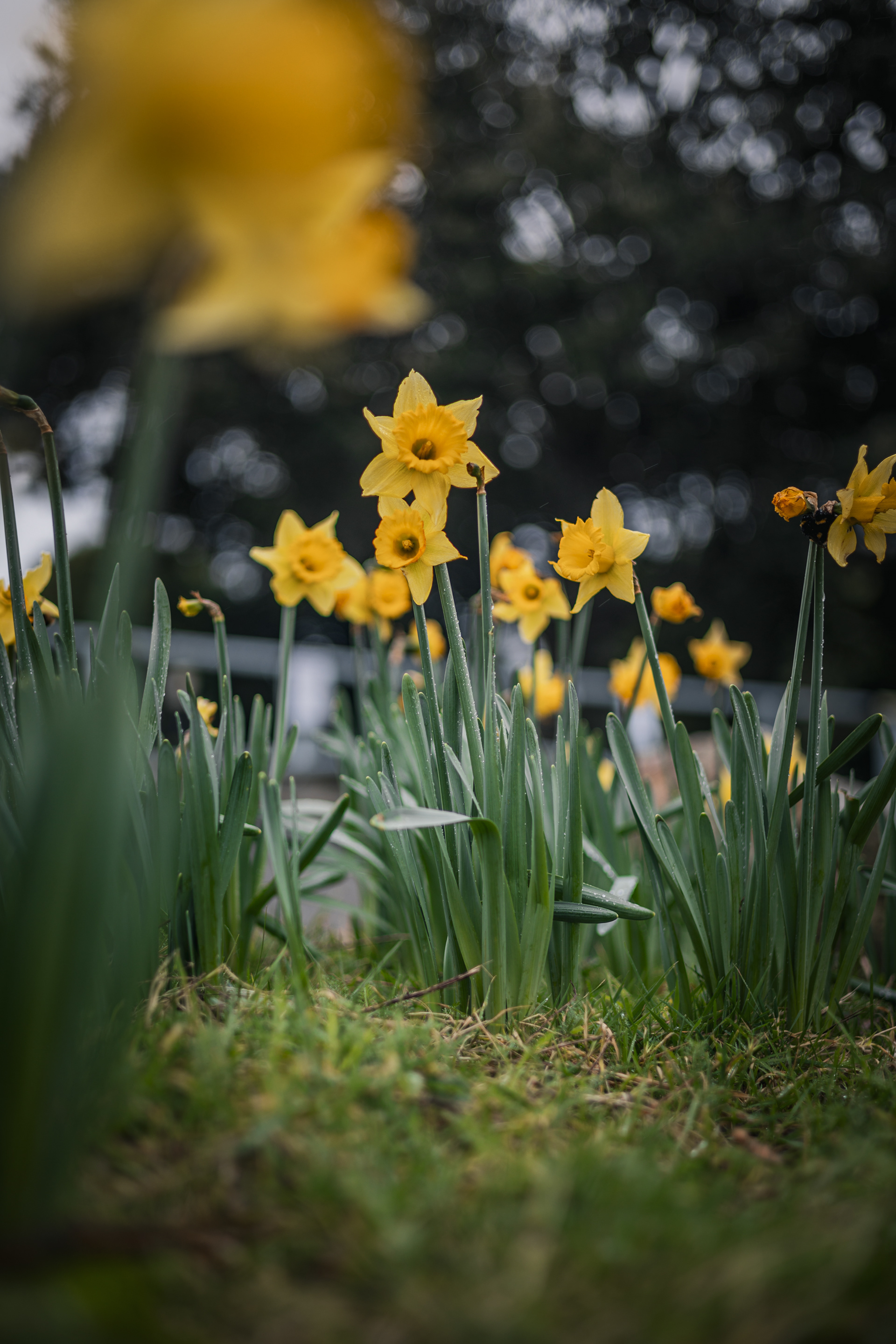
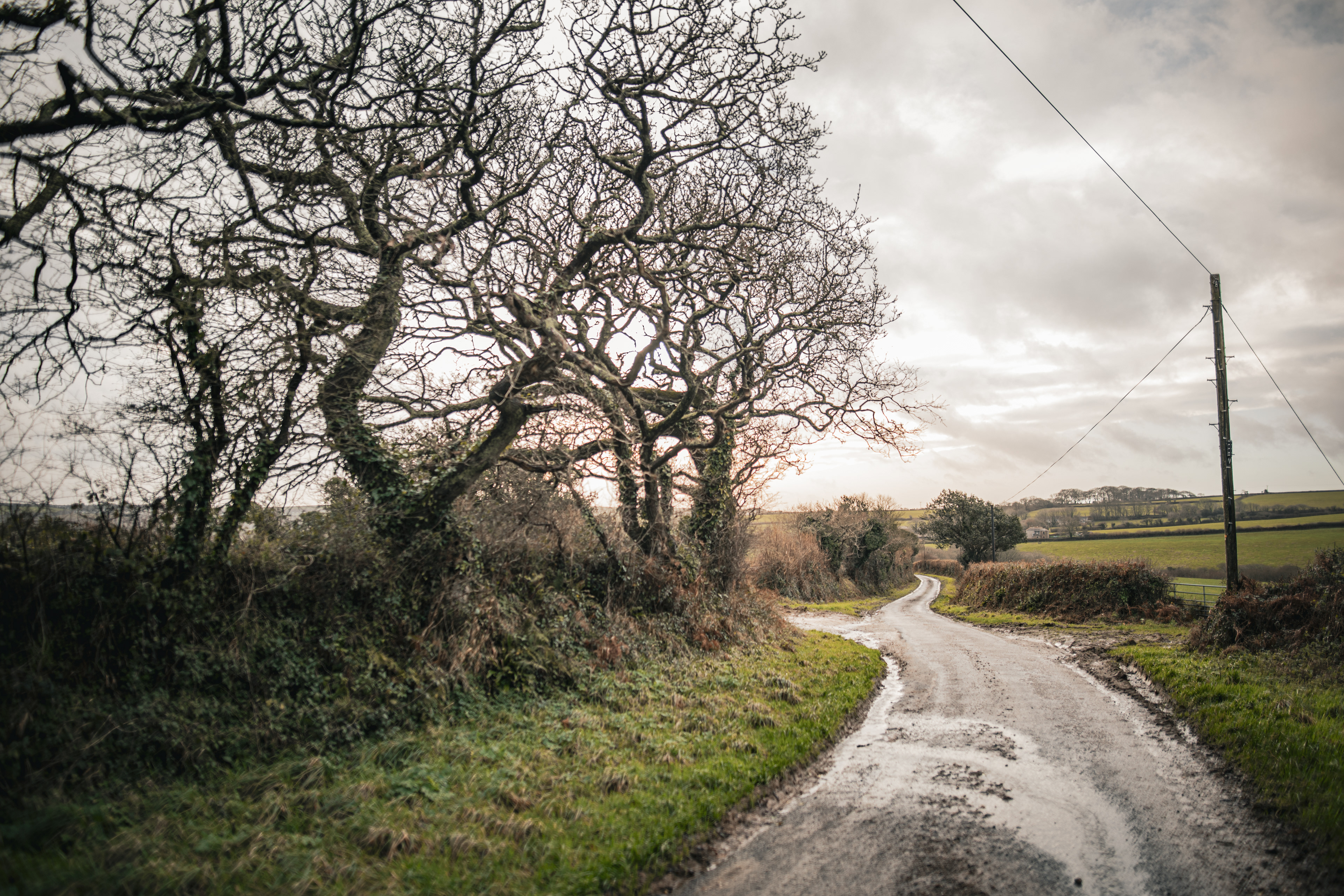
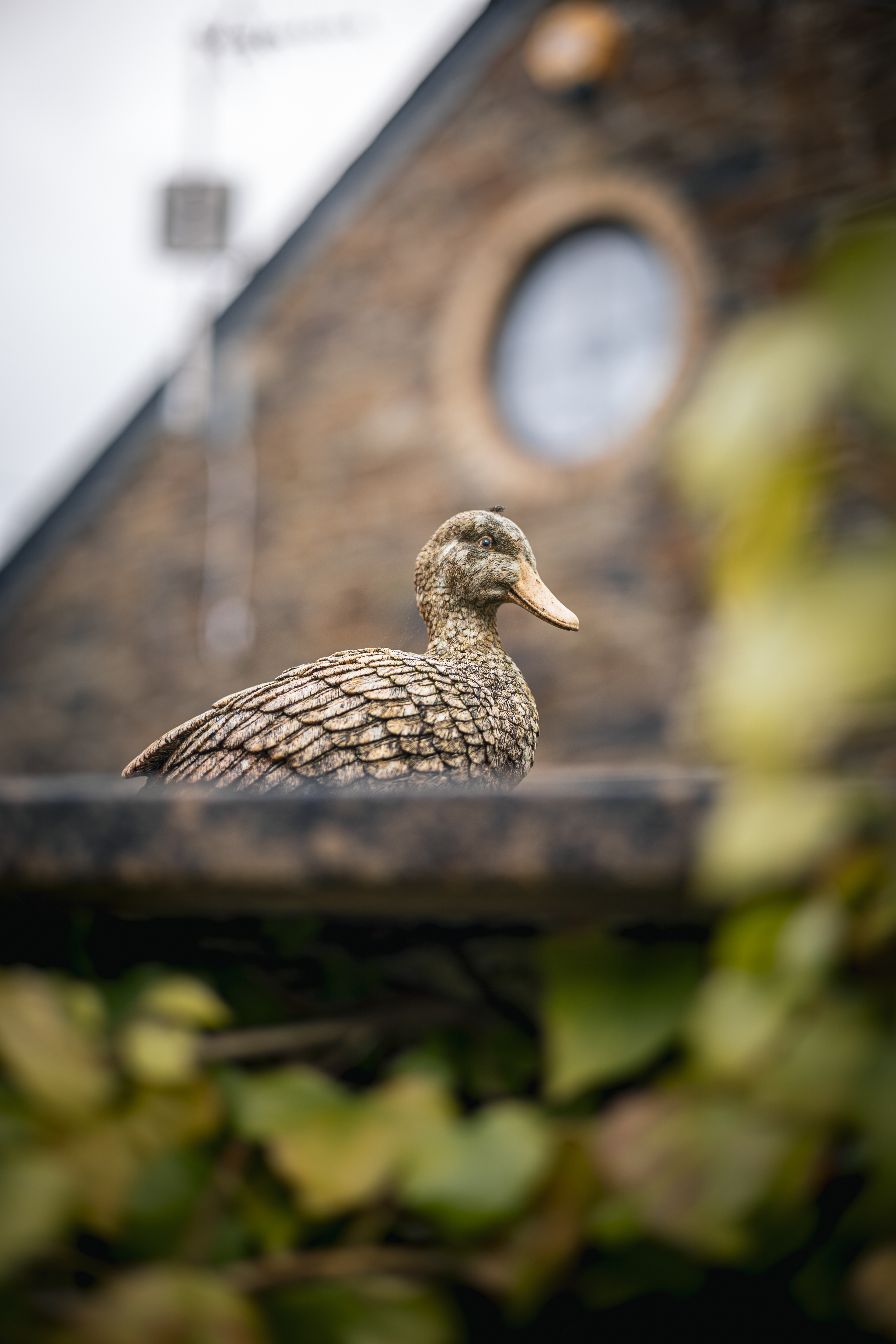
As you can see, every Cornish landscape is always green, thanks to the Atlantic Ocean and the regular rainfall here.
During winter (November, December and January) most daffodil fields are planted with different crops. In 2023 cabbages were grown.
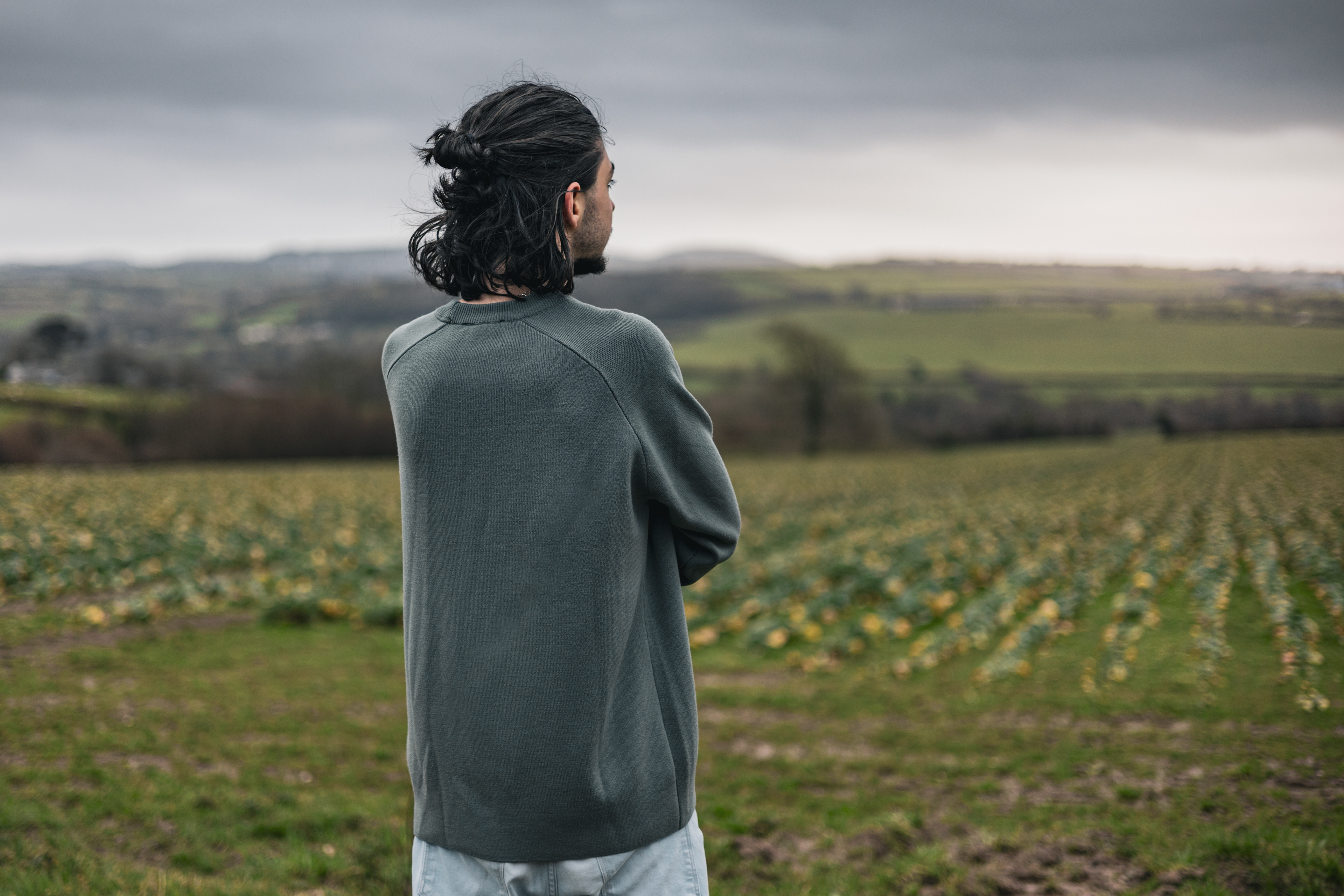
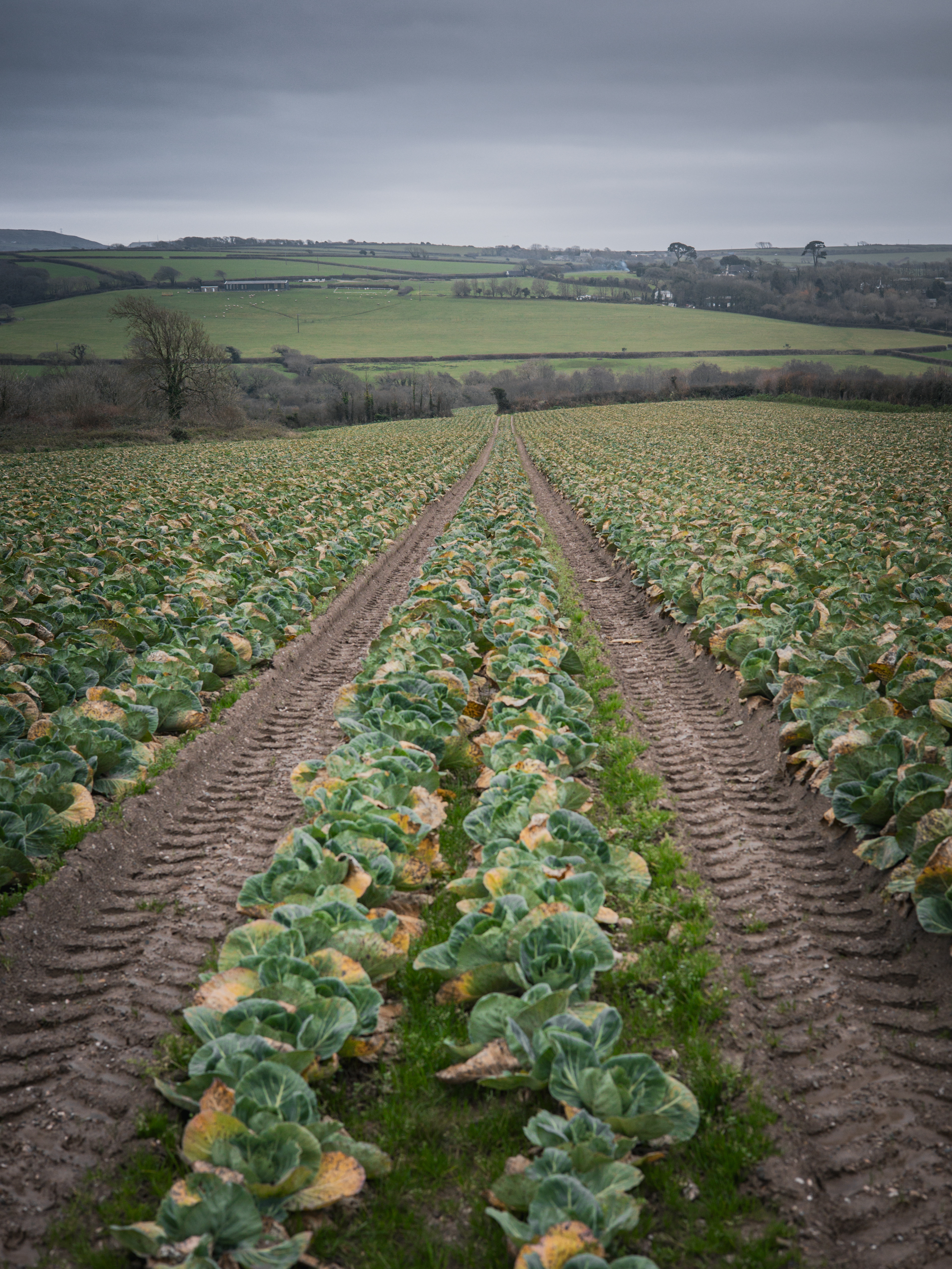
Just as I mentioned, the yards could be a bit bushy and wild, but they often offer us a character representation of their owners! All of these, I photographed within the borders of Tregaswith.
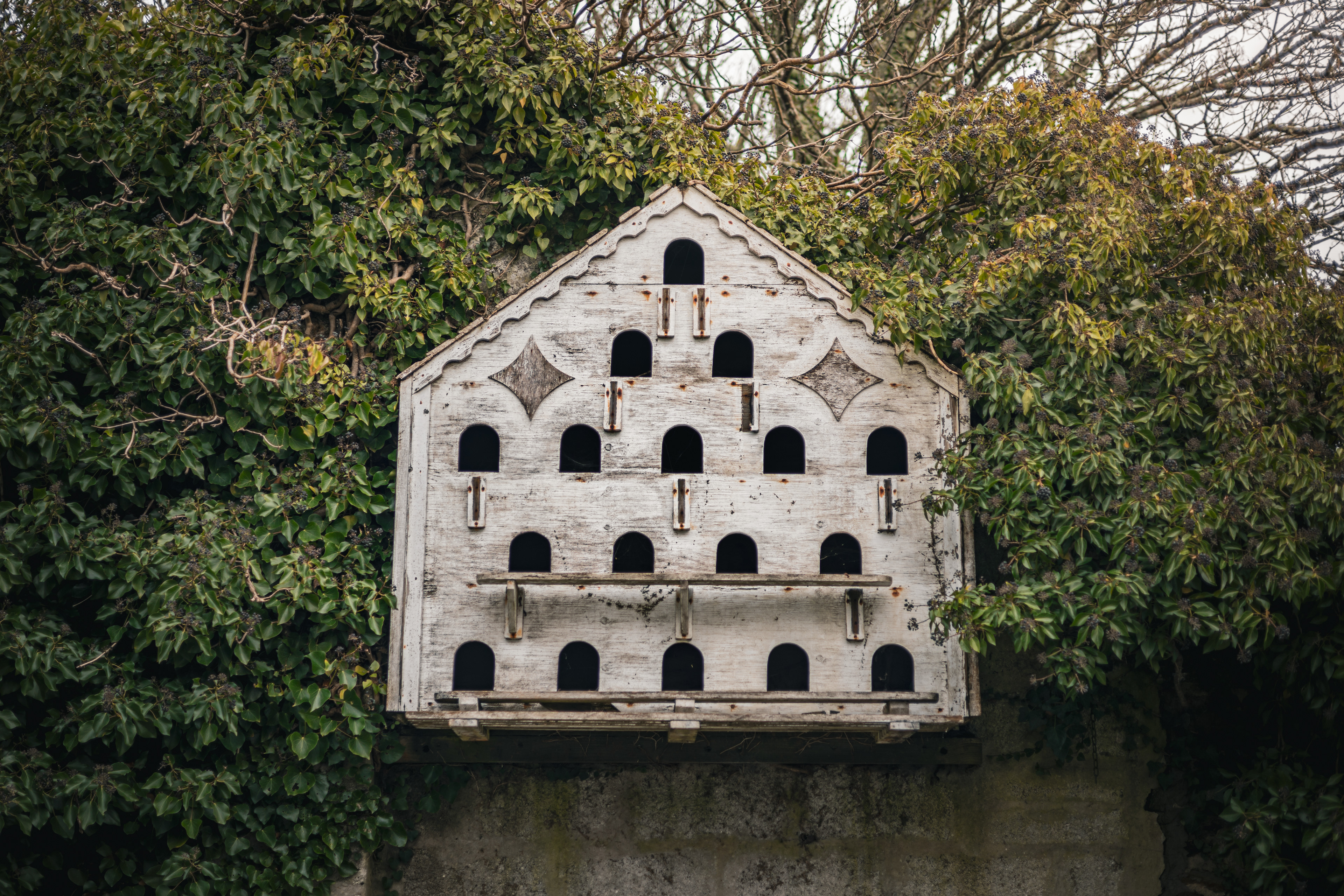
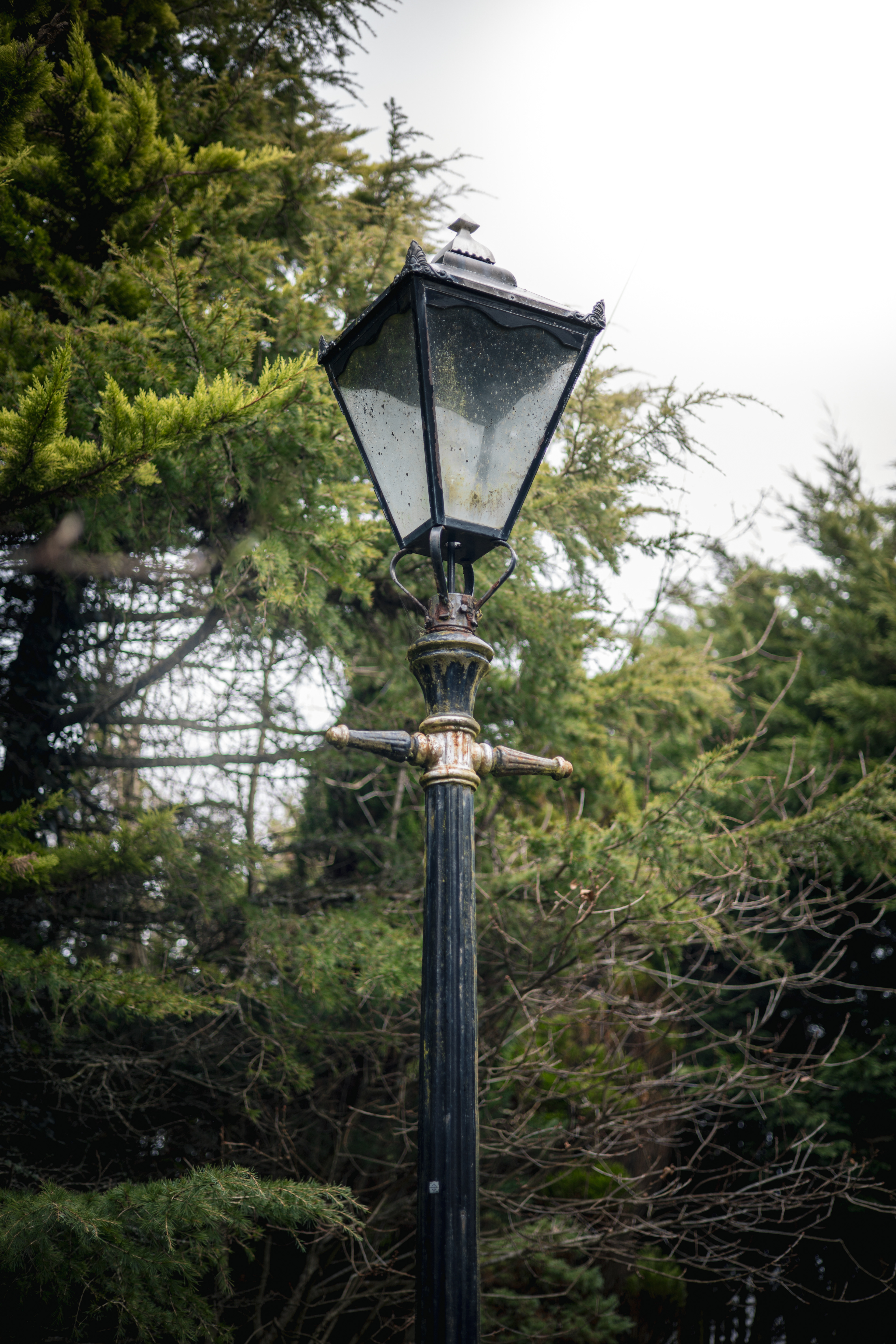
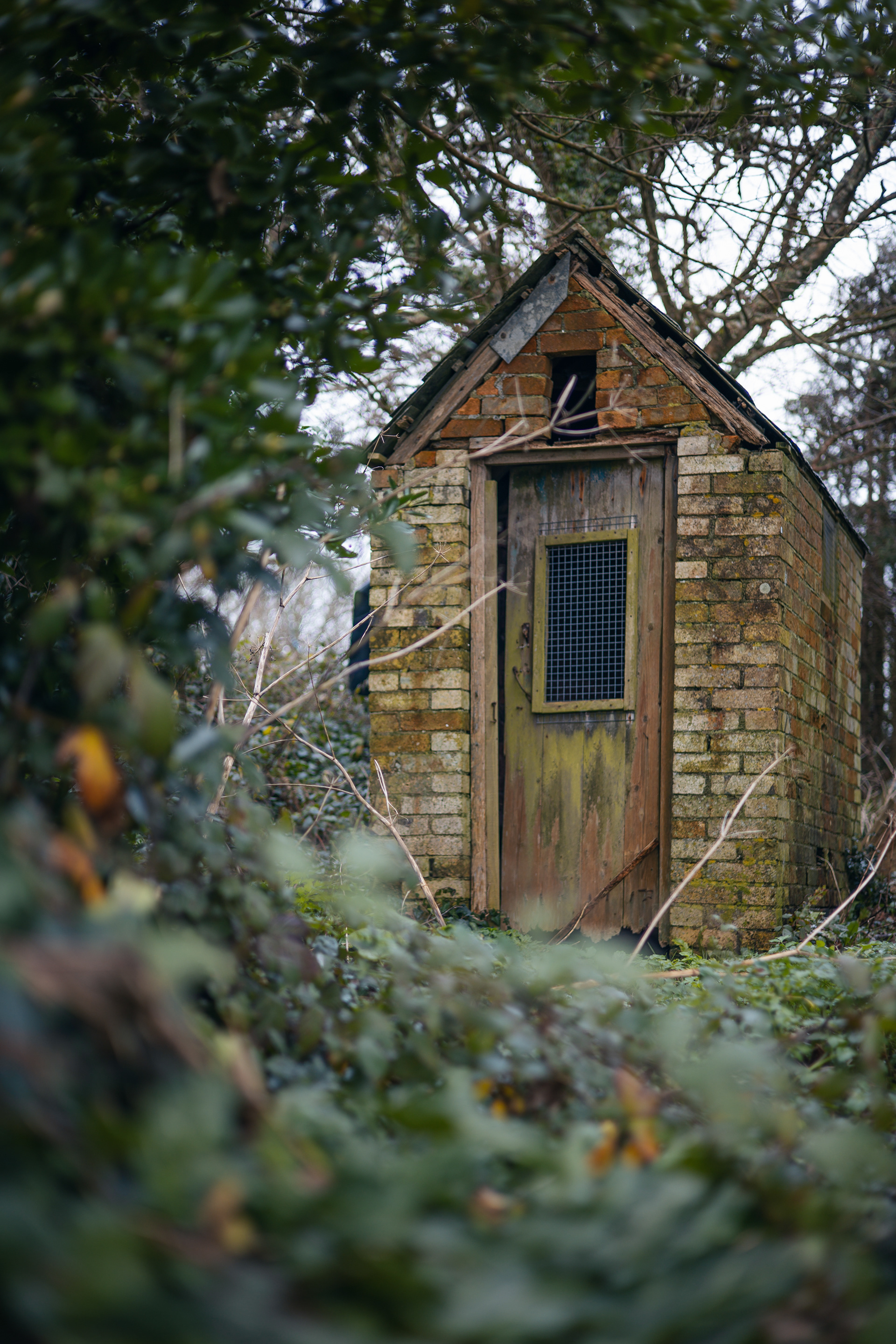
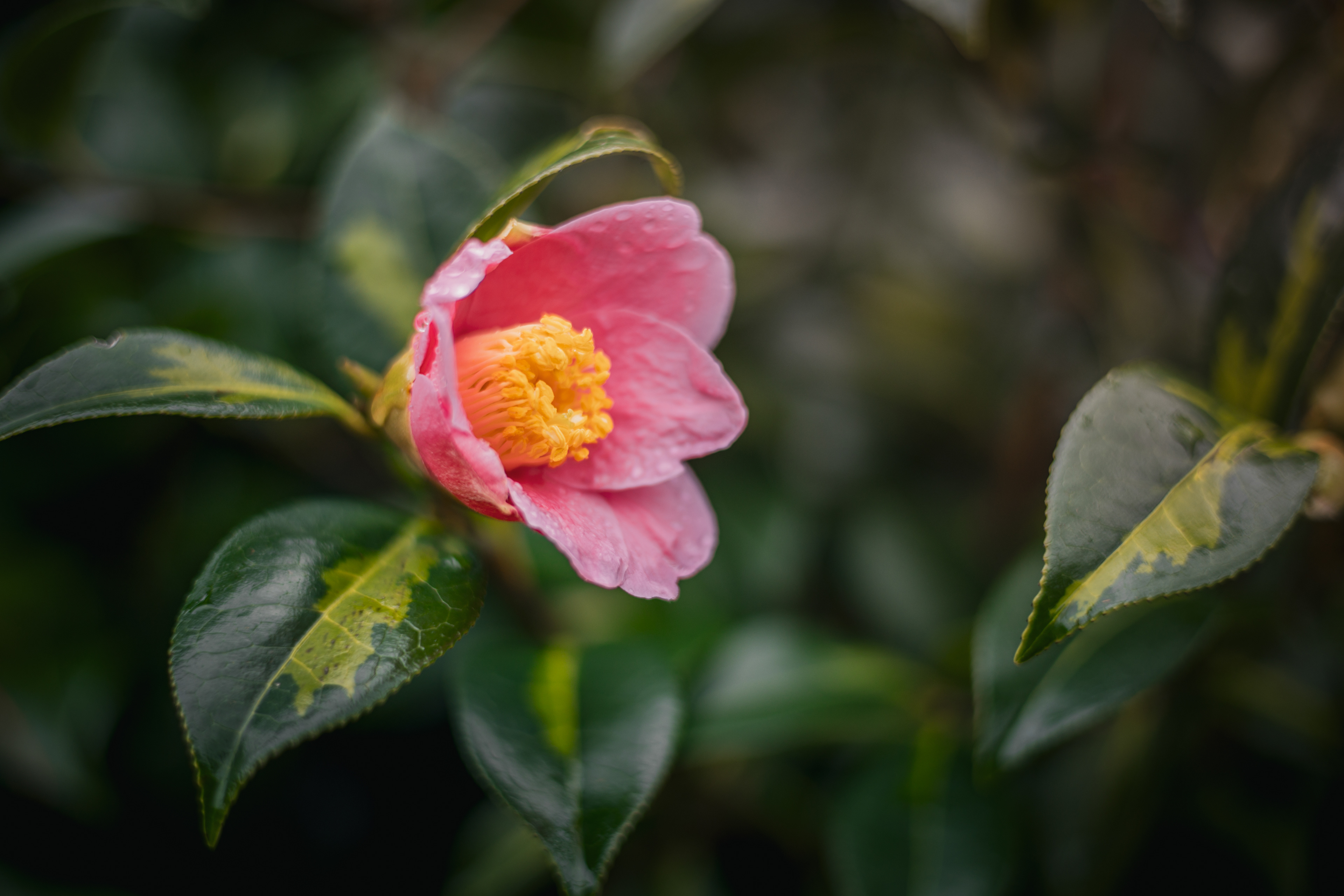
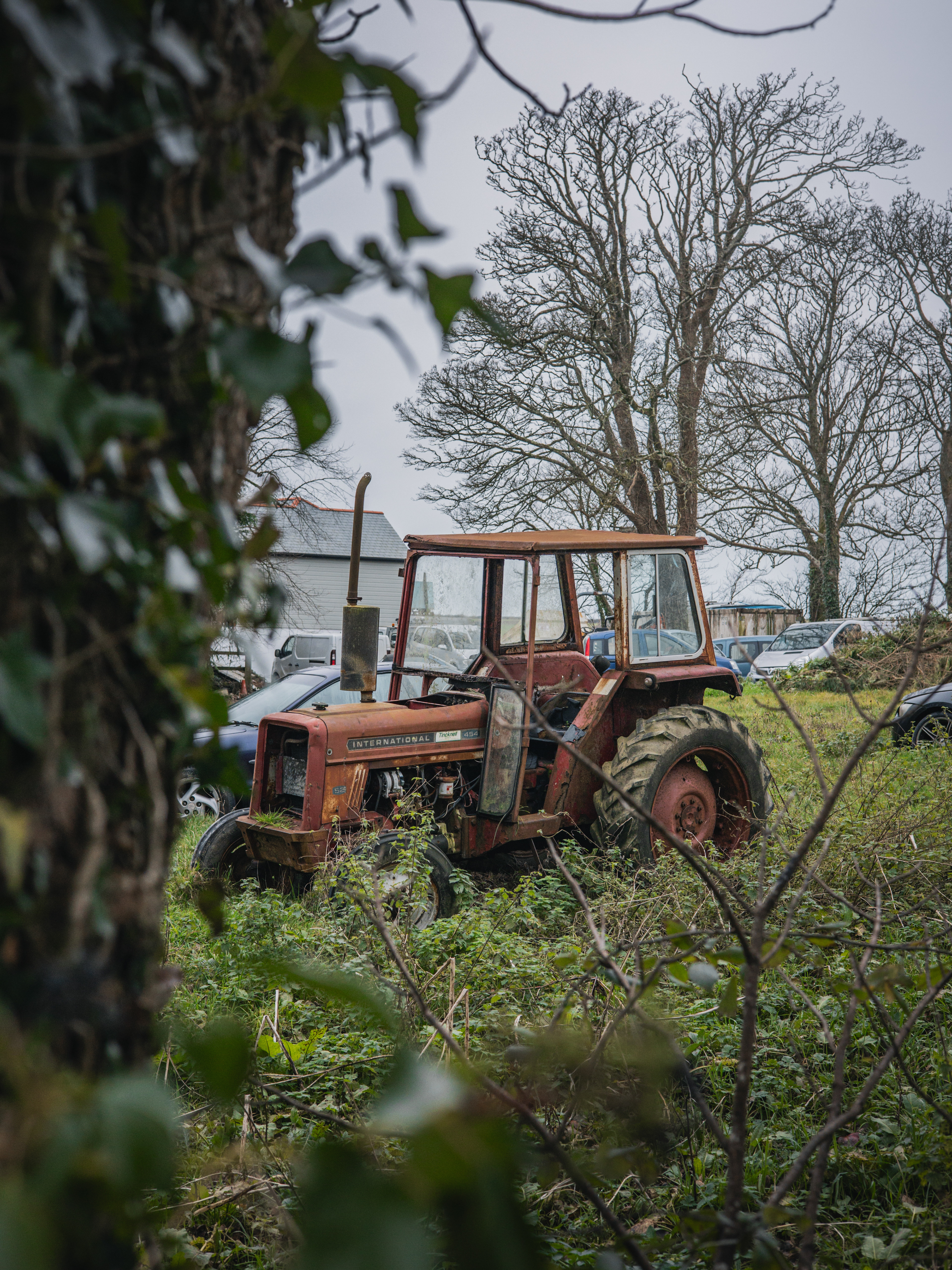
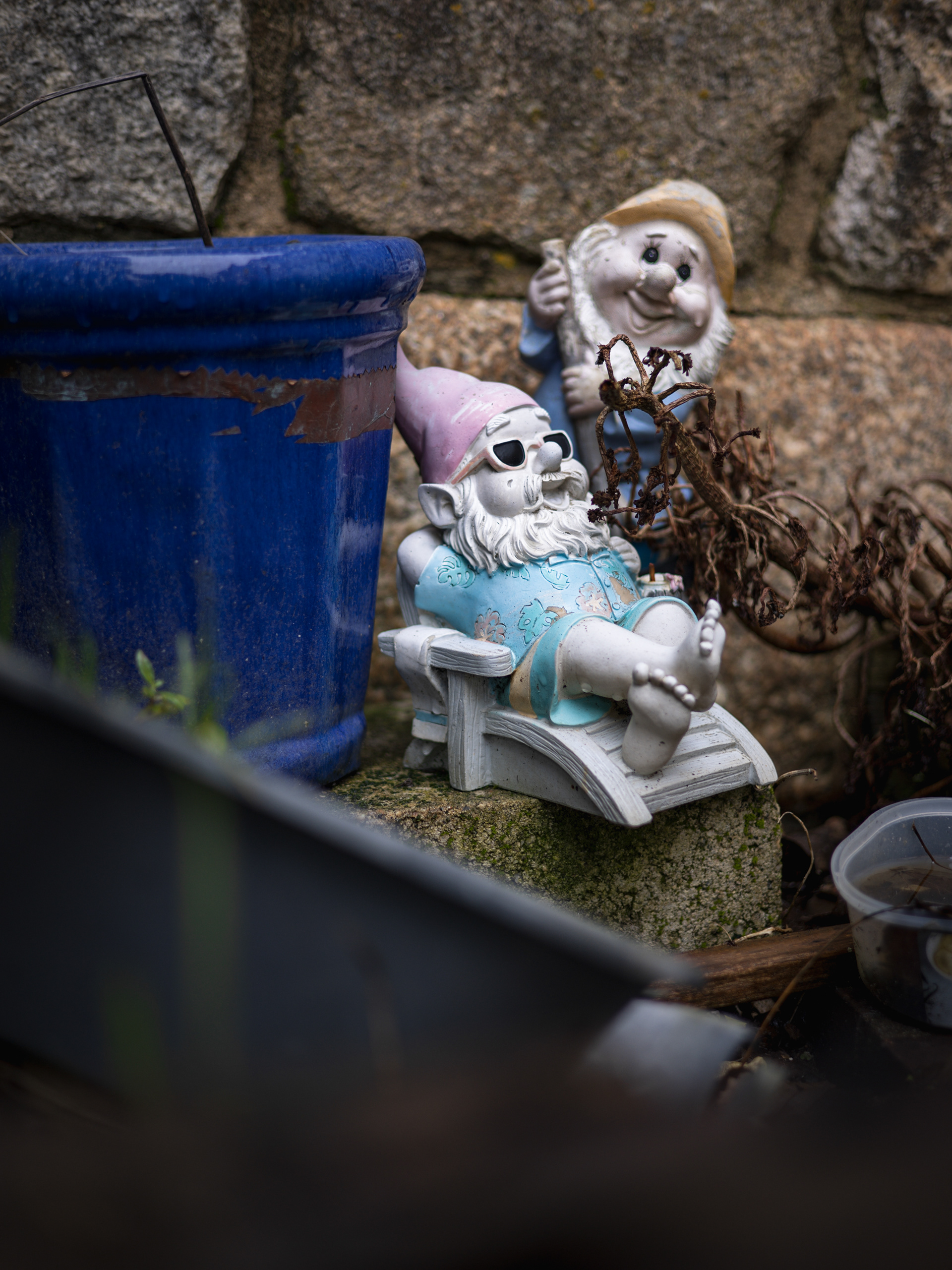
There are a lot of impressive cottages and houses around, and I love that classic English style!
Years agone, I was here again, for the first time. I was taking pictures of this cosy English home, when the owner came out and started shouting at me and my friend. 'No photos!' No worries, though, we still took pictures. Although that arrogant owner, all other encounters have been much more kind. Just one memorable event. Today "I risked my life" again, for one more photo ; )
For many of you, staying, exploring and even not and re-exploring the same place could be quite boring, but for me it is just another thing I love to do in Cornwall. This way, I am going back to my roots, and to the first places I have visited in Cornwall! Tregaswith is and will always be one of those locations!
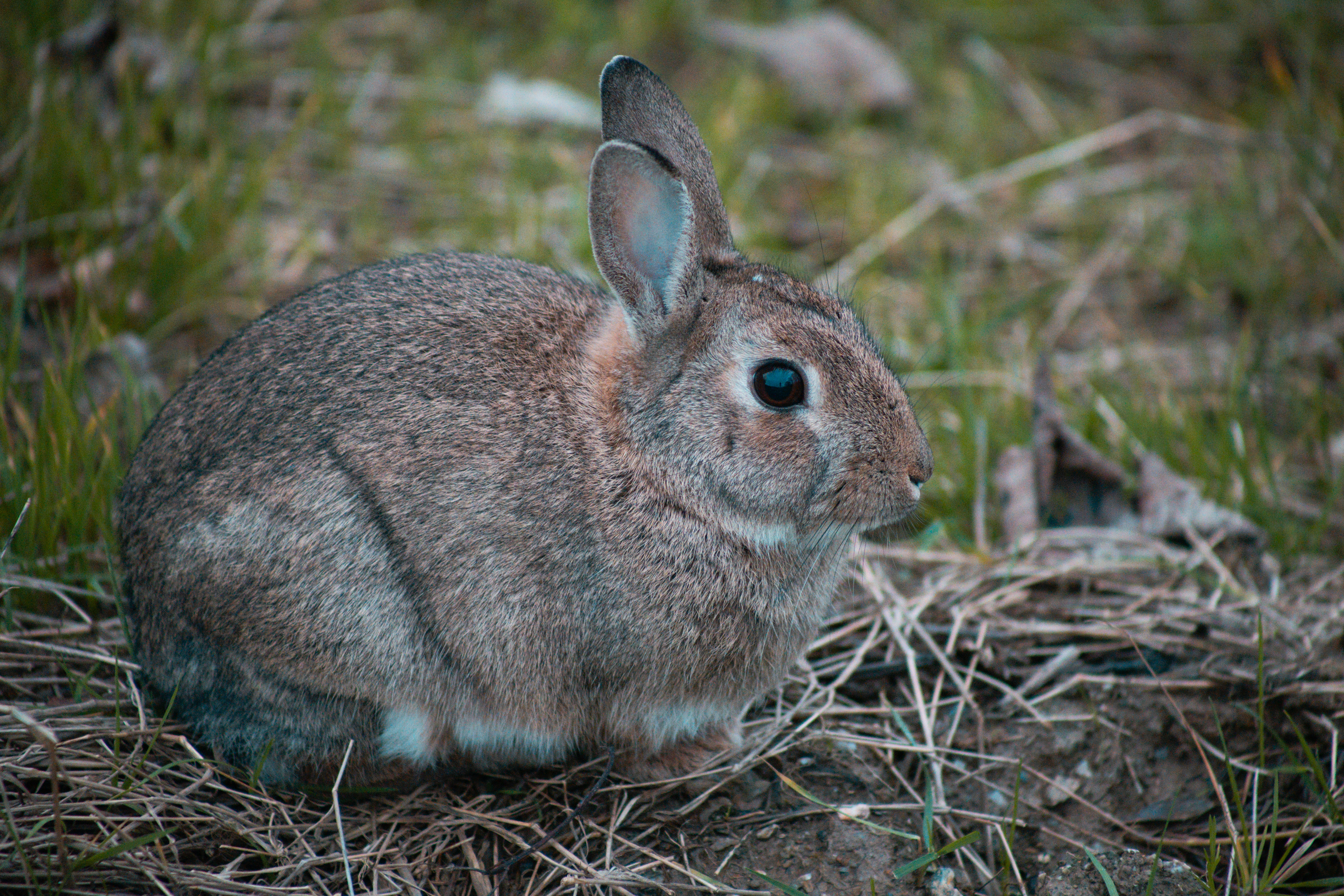
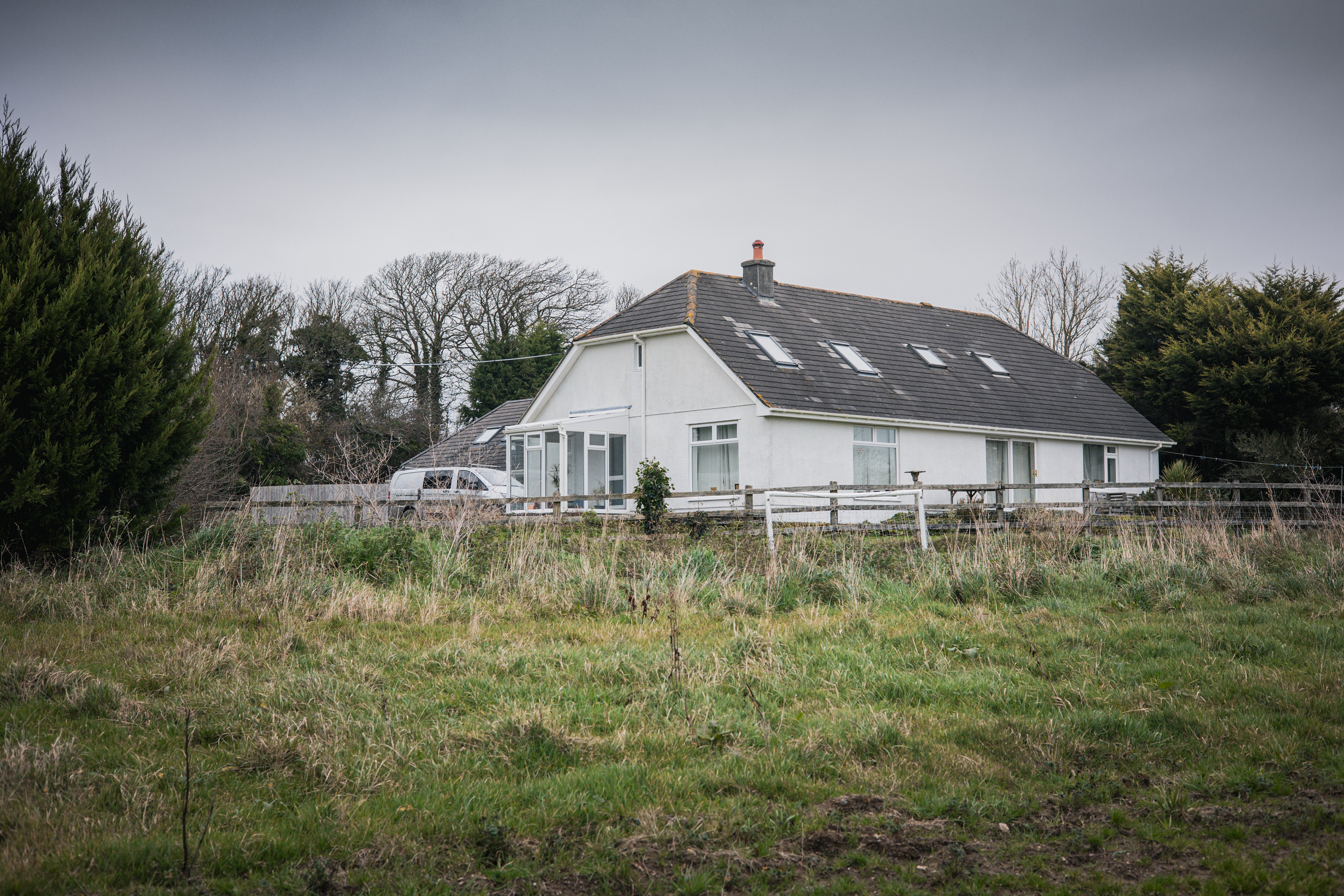
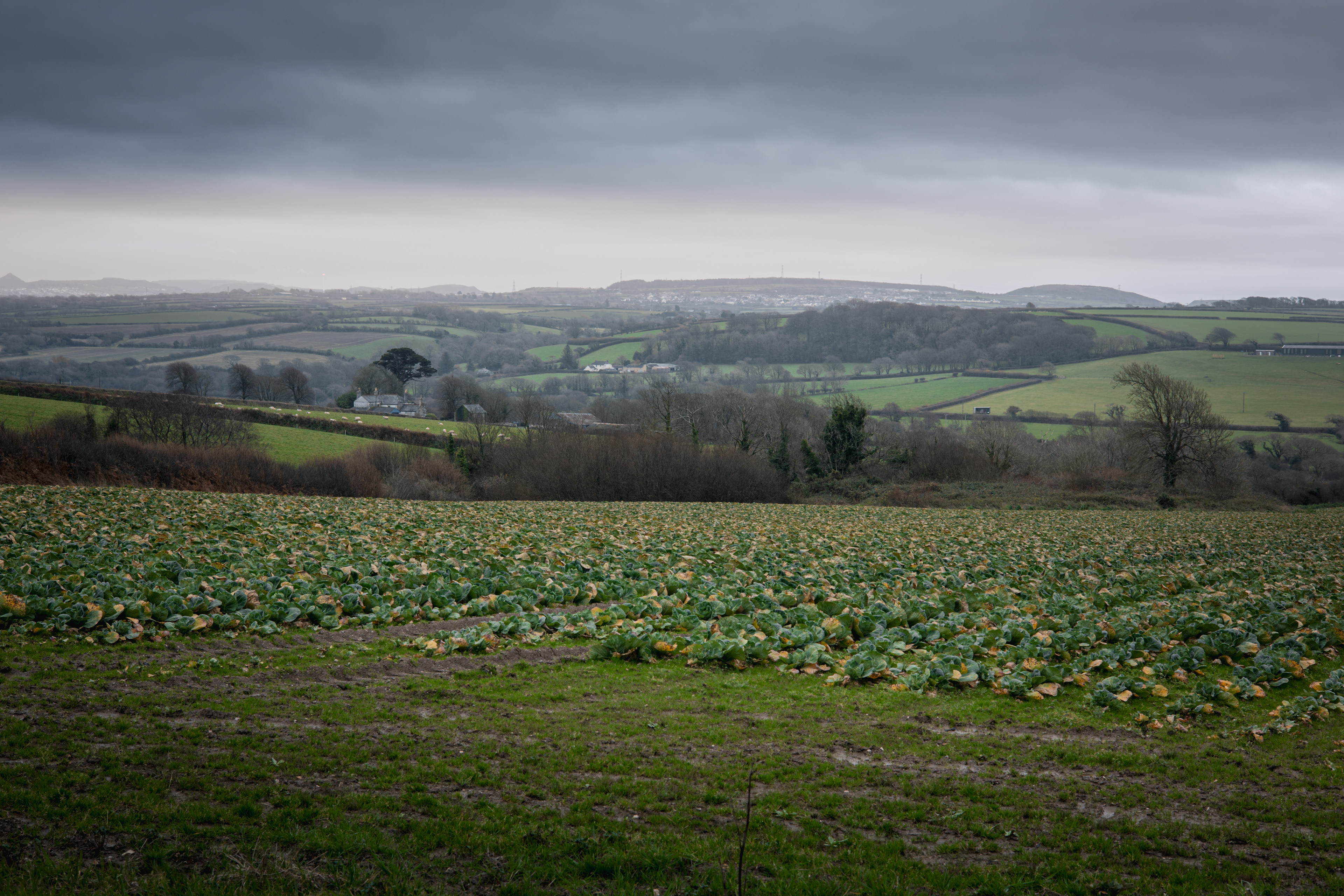
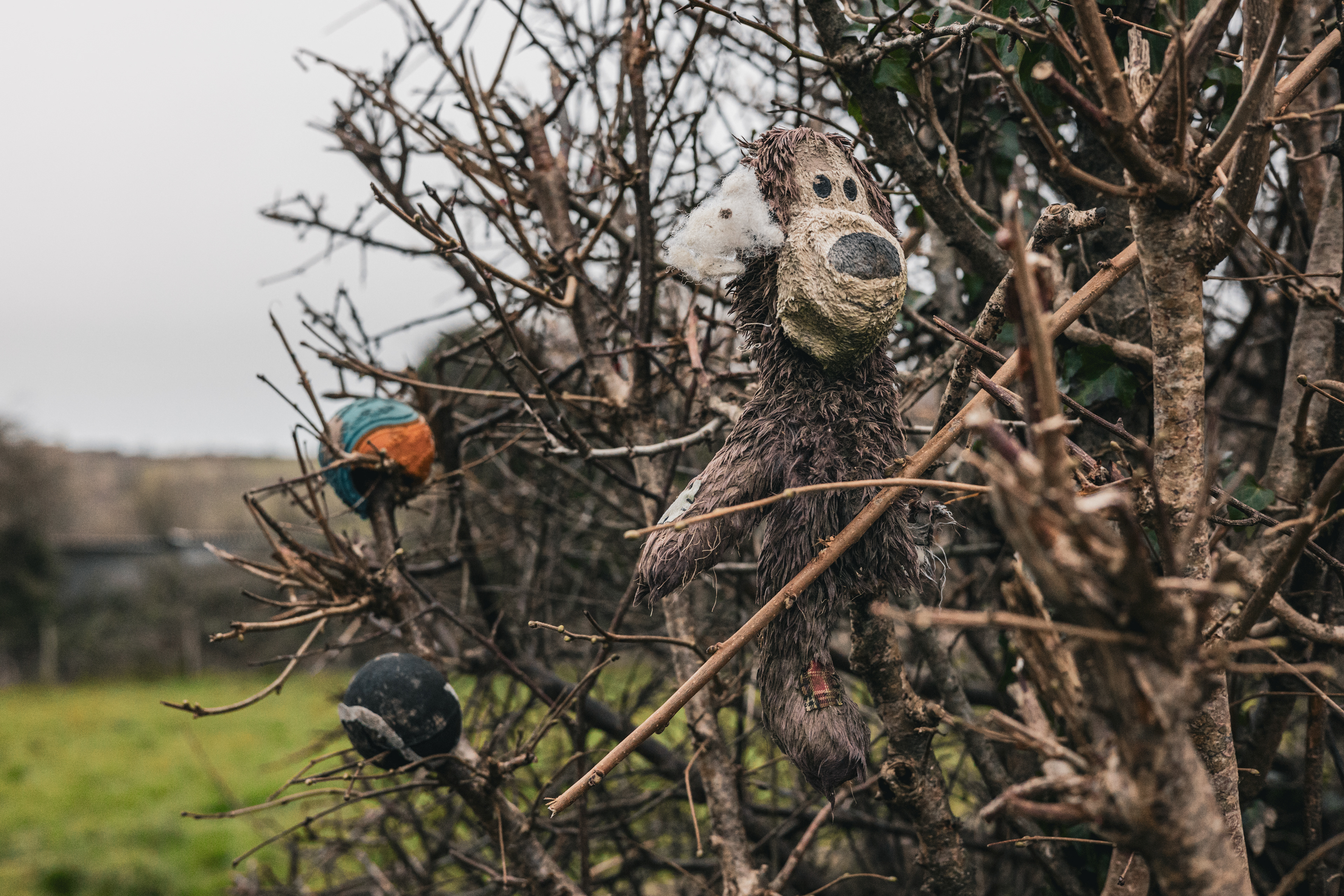
St. Columb Major
Tregaswith being a remote and wilder place, after all, it is a hamlet - part of the nearby town of St. Columb Major. Often, I have to walk for about 15 minutes from Tregaswith to the town, if I want to buy some goods or catch a bus. St. Columb Major is located right in the heart of Cornwall and has a population of more than 5 000 inhabitants.
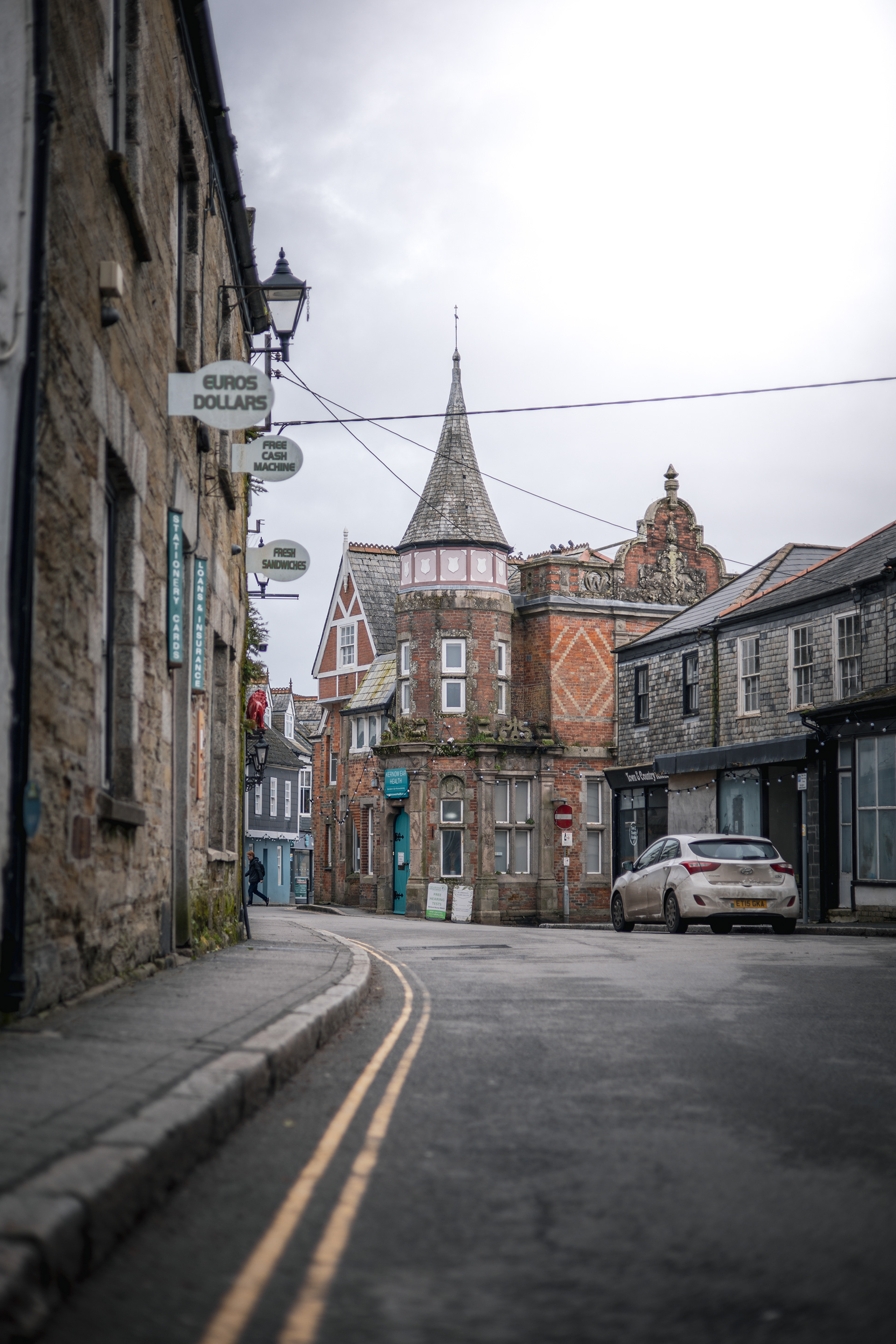
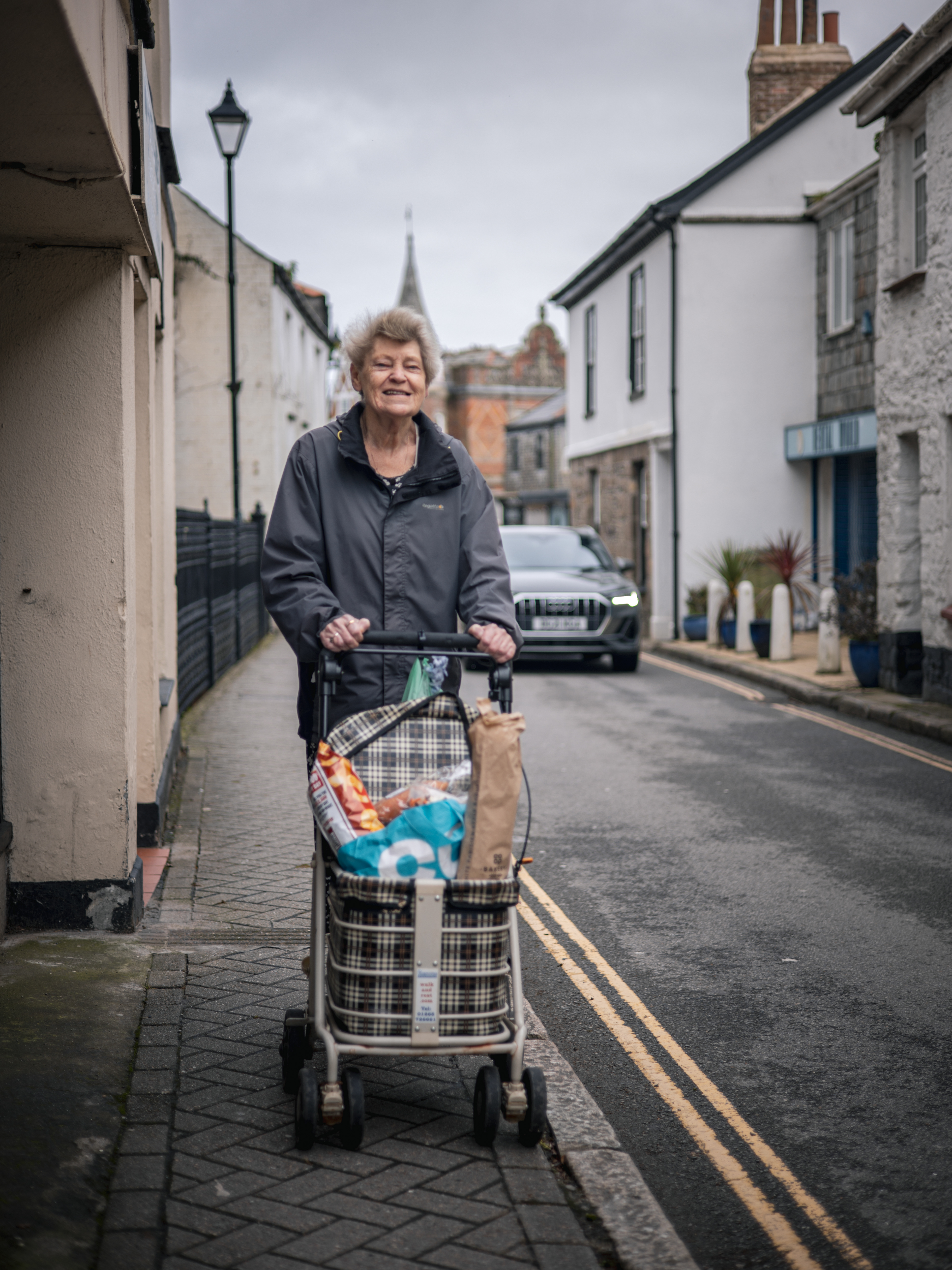
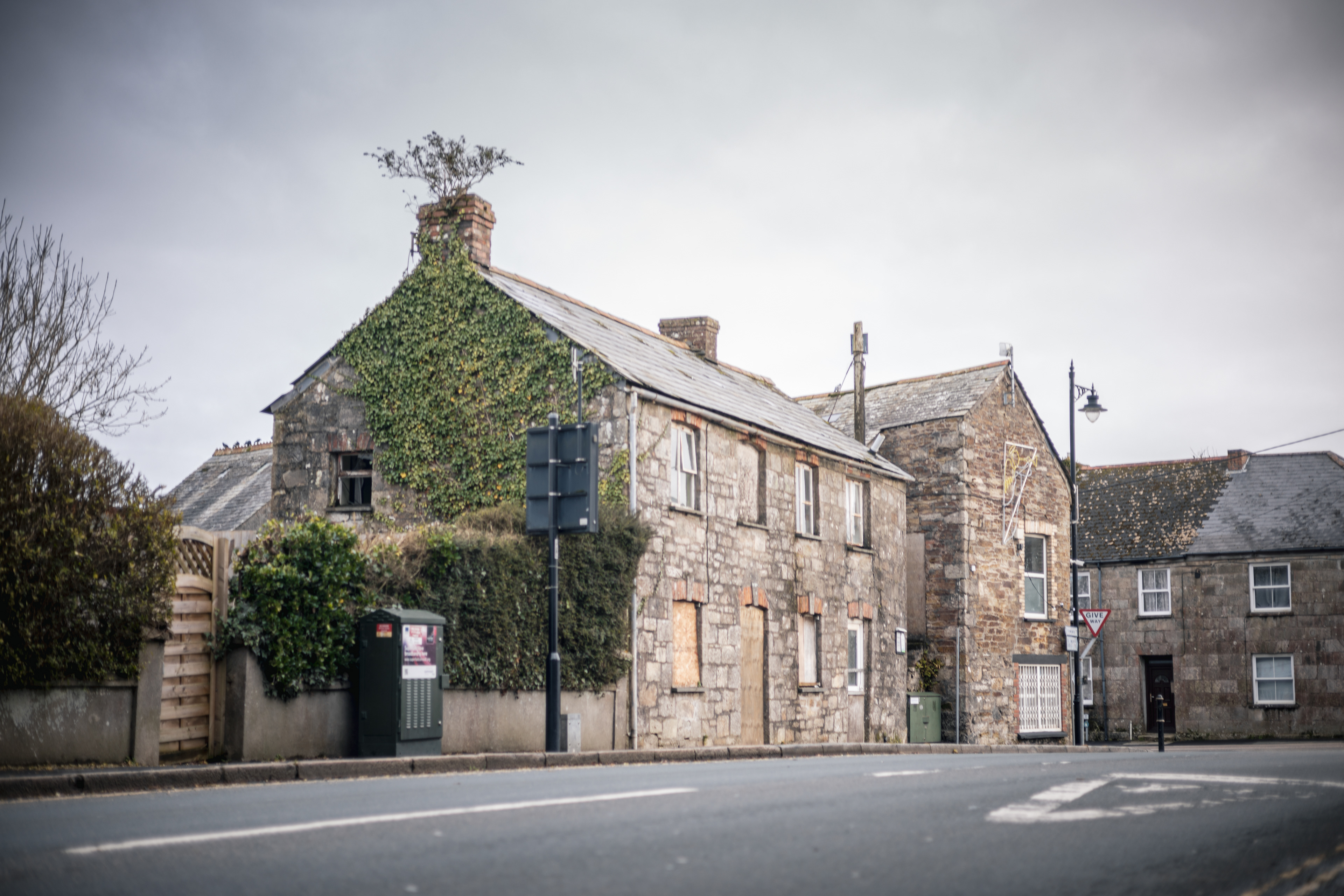
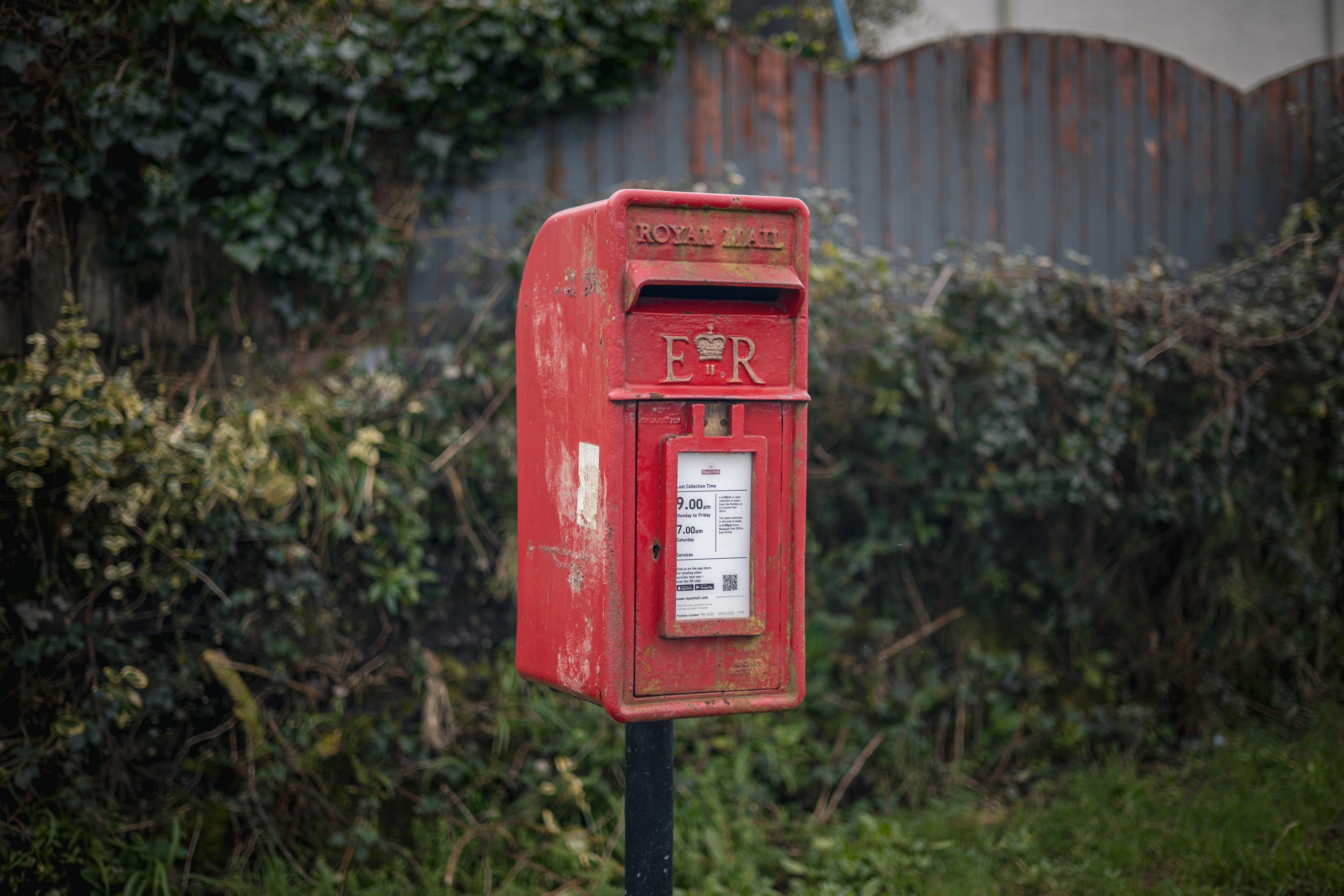
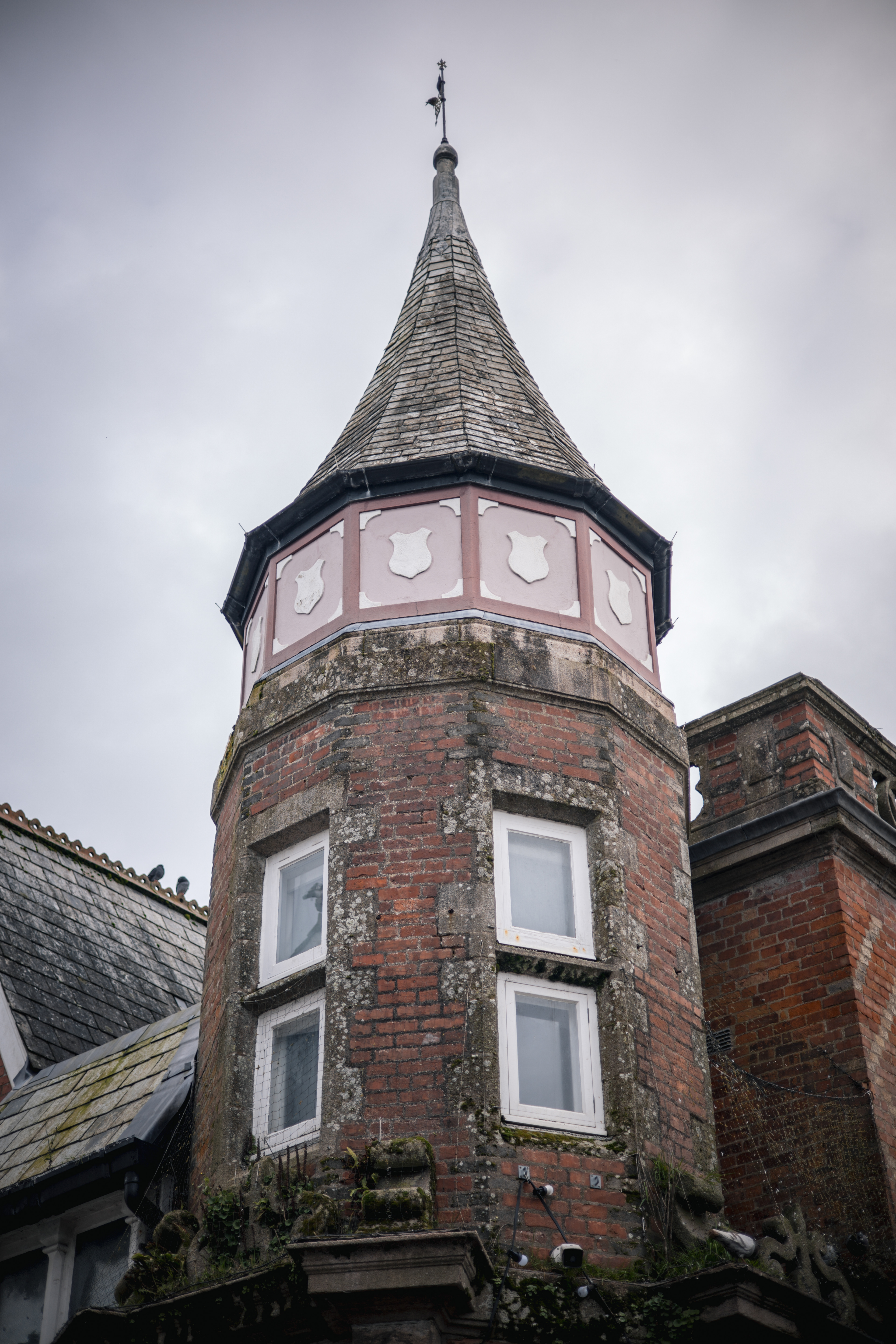
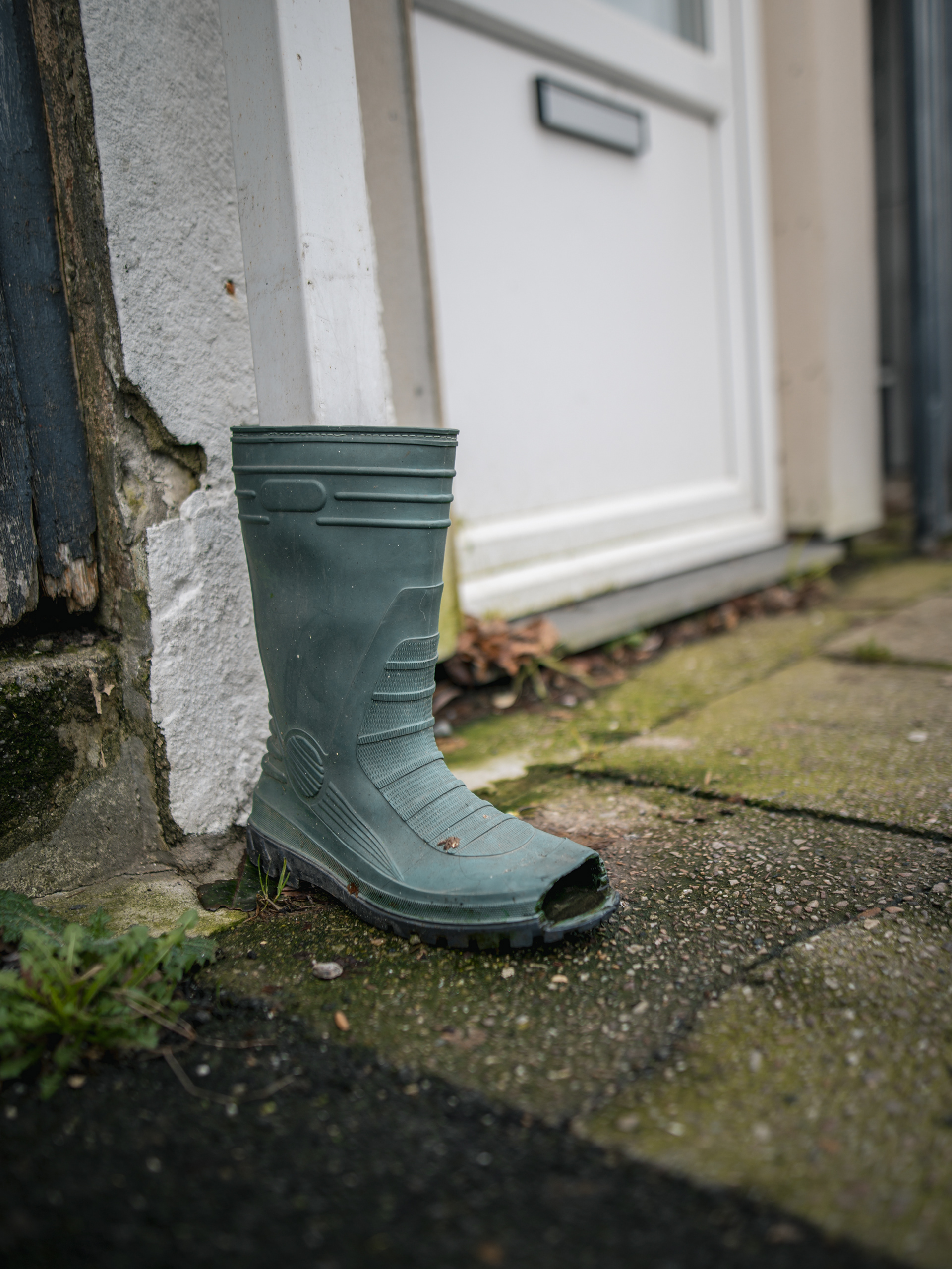
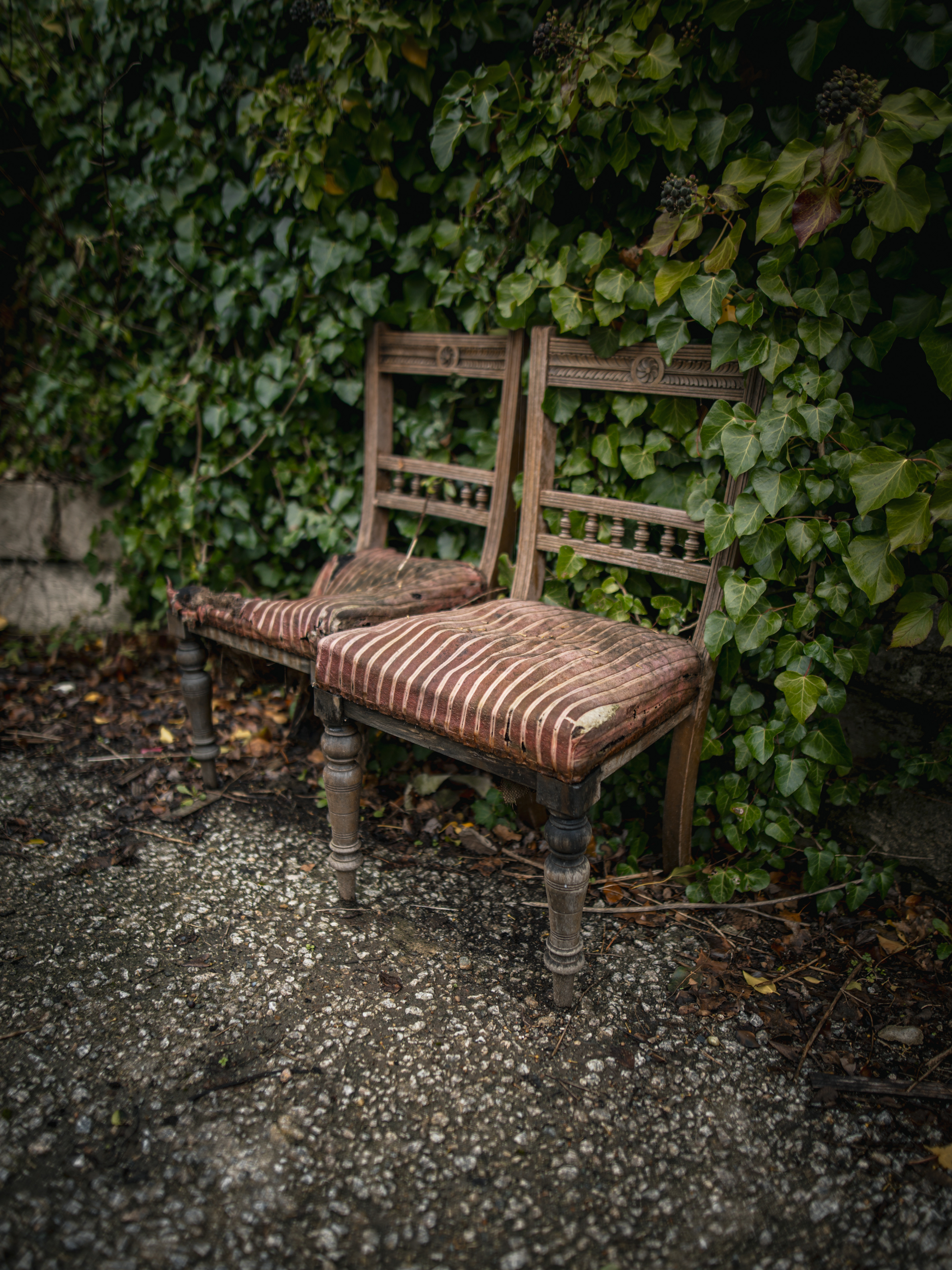
Firstly, I thought that the name of the town, St. Columb Major, came from a person connected with South America, especially with some of the exterior elements and plants there, but actually not. The name came from a priest (saint) with the name St. Columba. To her (St. Columba) the citizens built the church in the Middle Ages and gave the same name to the new building. And after that their village (back then) also took the name St. Columb, Major is added to be different from the other villages - St. Columb Minor & St. Columb.
In 1860, plans were drawn up by William Butterfield, in hope of St. Columb church becoming the cathedral of the future diocese of Cornwall, but the cathedral was built in Truro.
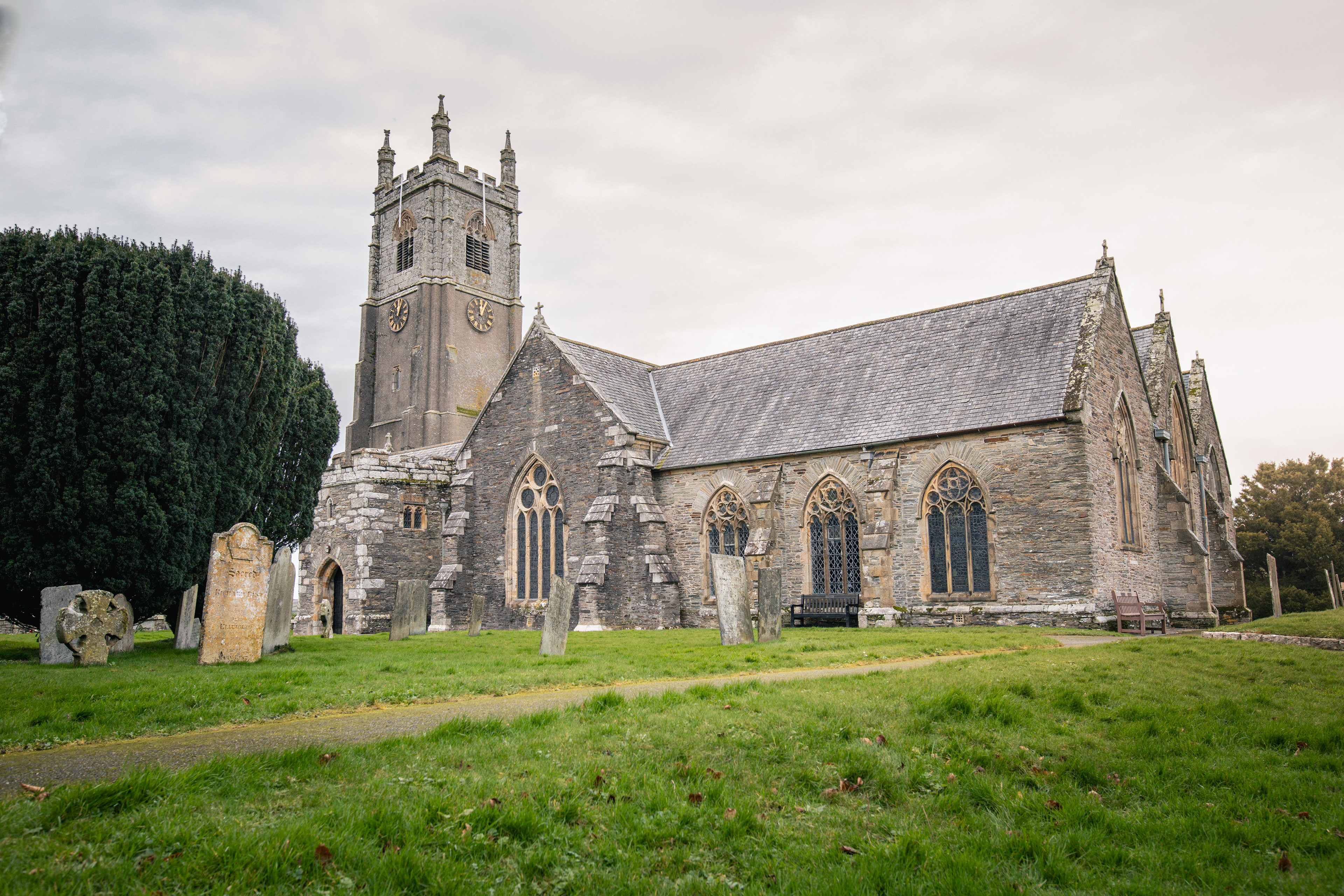
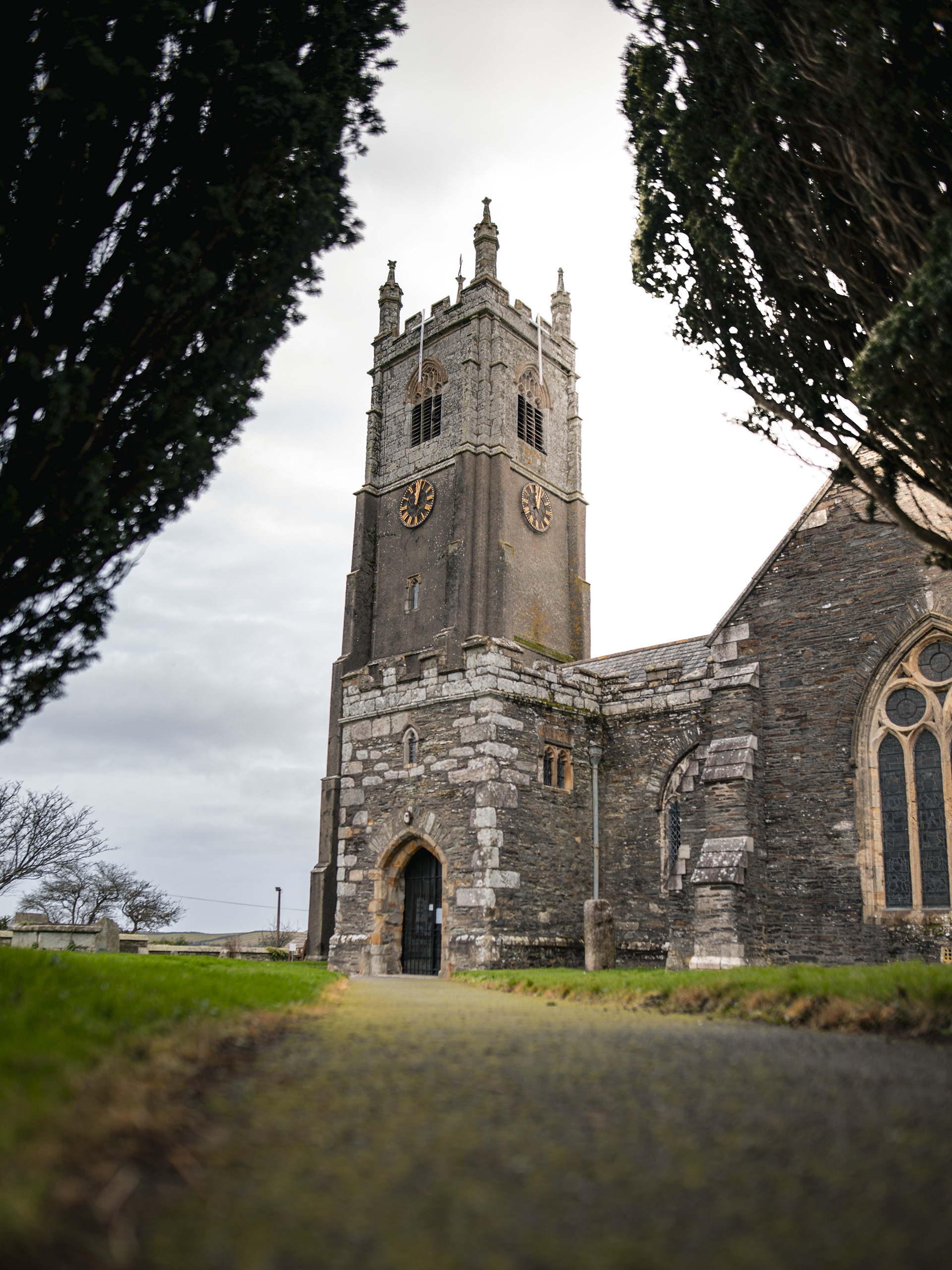
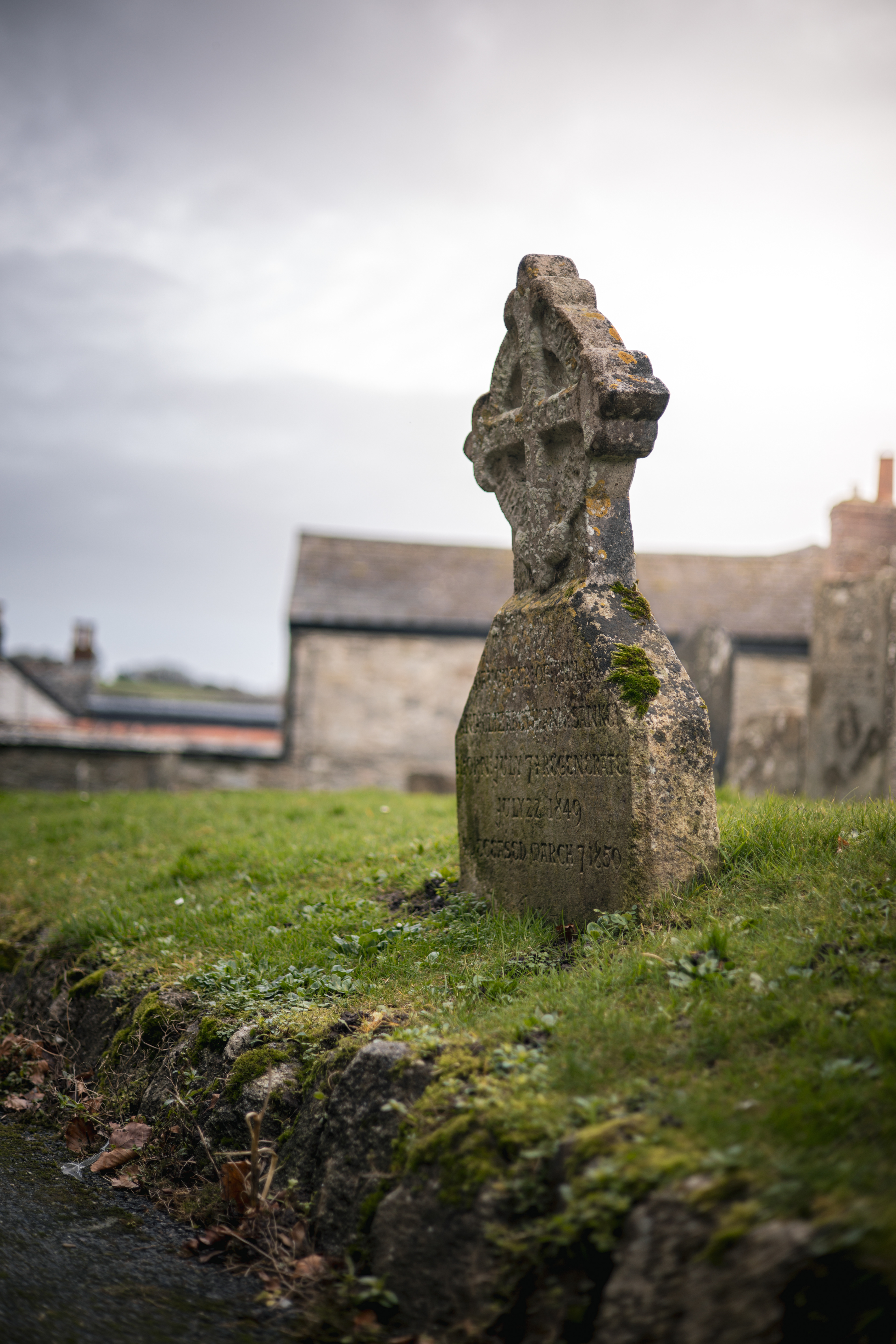
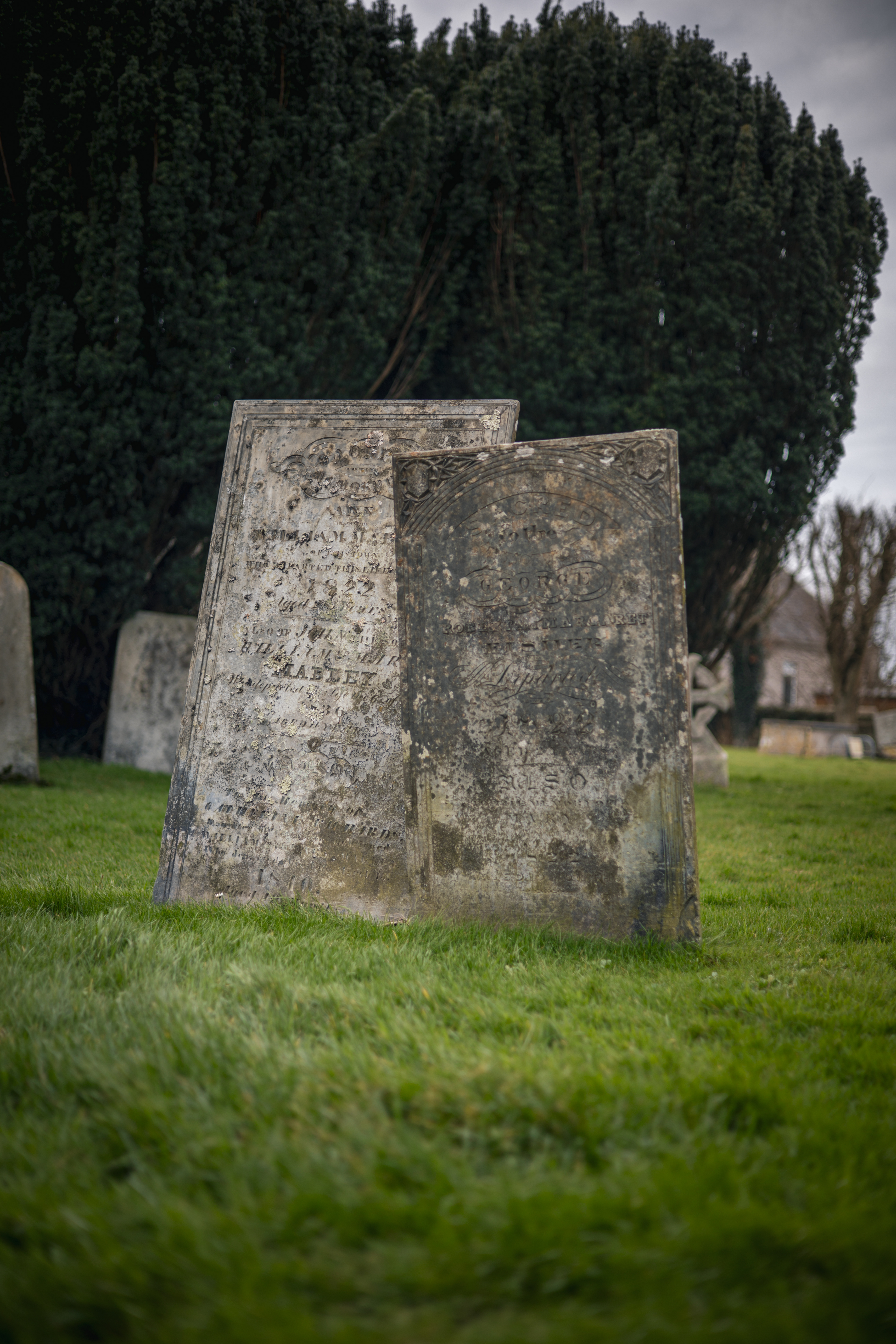
Truro & Street Mary
Truro is the only city of Cornwall and its capital. Truro lies in the centre of western Cornwall, near the south coast, at the confluence of the rivers Kenwyn and Allen, which combine to form the Truro River – one of a series of waterways and drowned valleys leading into the River Fal and then the large natural harbour of Carrick Roads.
Today the city is known with its growing economy and its historic gem - the Cathedral, located in the centre of Truro. Its population is around 22 000 people, and its city status isn't due to its cathedral or number of inhabitants. It is something quite different! Being part of the UK, all towns can become cities only if the British monarch decide to grant that title. It's a bit strange how town of Reading is bigger than the city of Truro, with its population of 180 000.
There isn't a time when I miss a chance to go to Truro and its cathedral. Apart from that, I love spending time in the streets of the city, especially if it's December! During this month, Truro organises its annual Christmas events, the most popular being Truro late-night shopping, which starts on November 22 an runs through to December 31 - every Wednesday! I have joined such an event twice, and I can guarantee you it is one of the best things to invest time in, while you are on holiday here! Joy, Christmas lights, music and gifts shopping, what else do we need?!
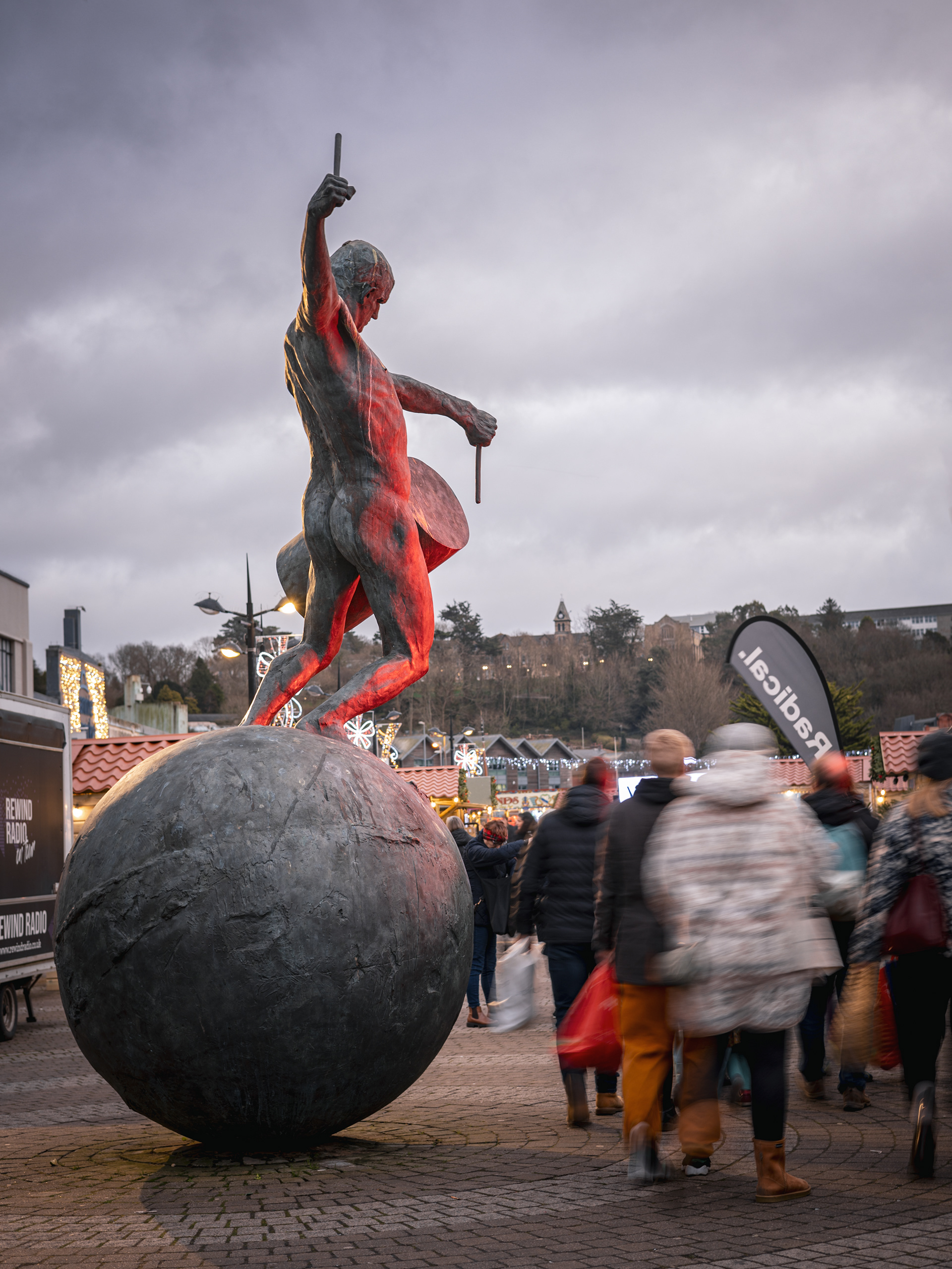
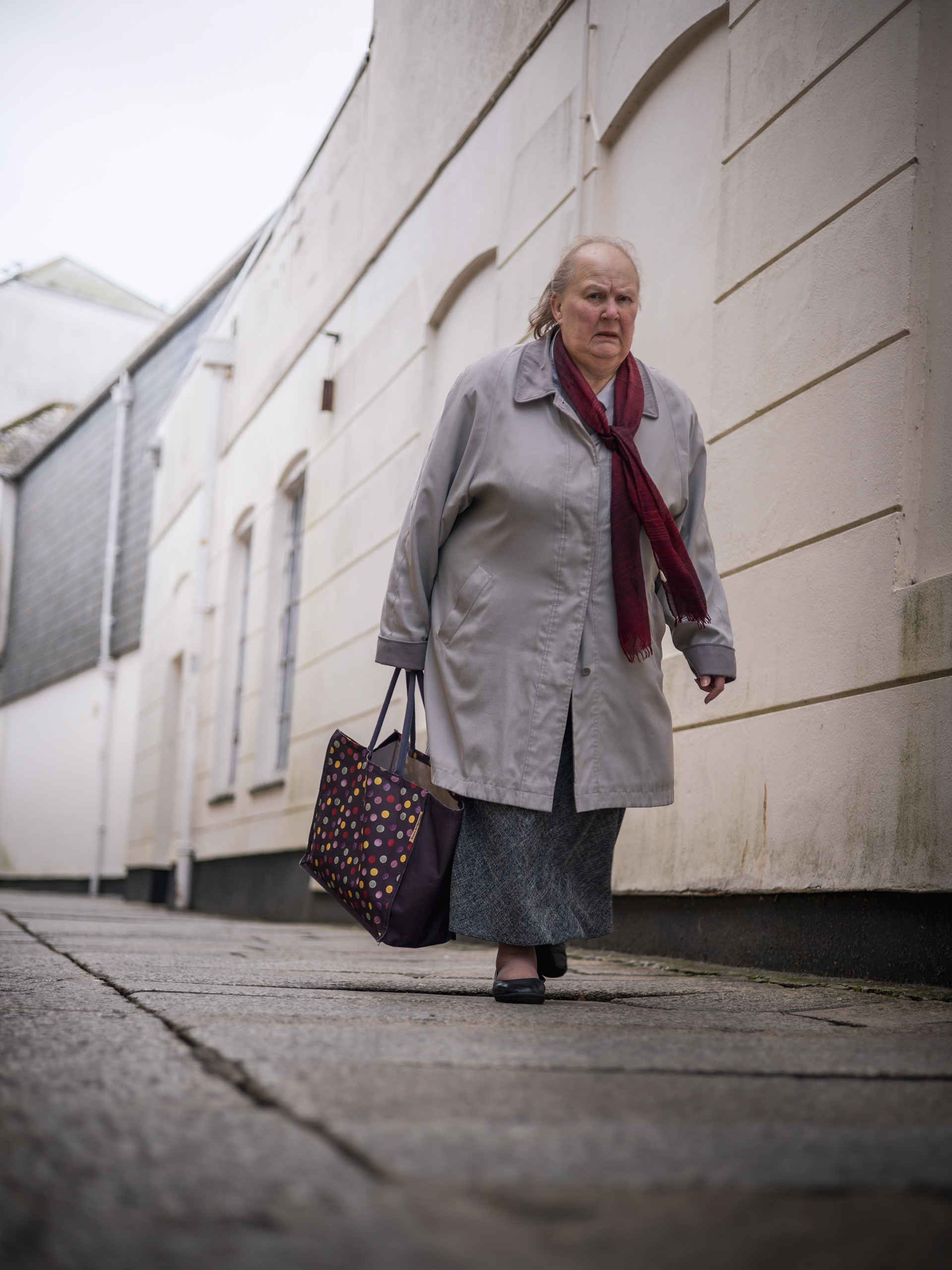
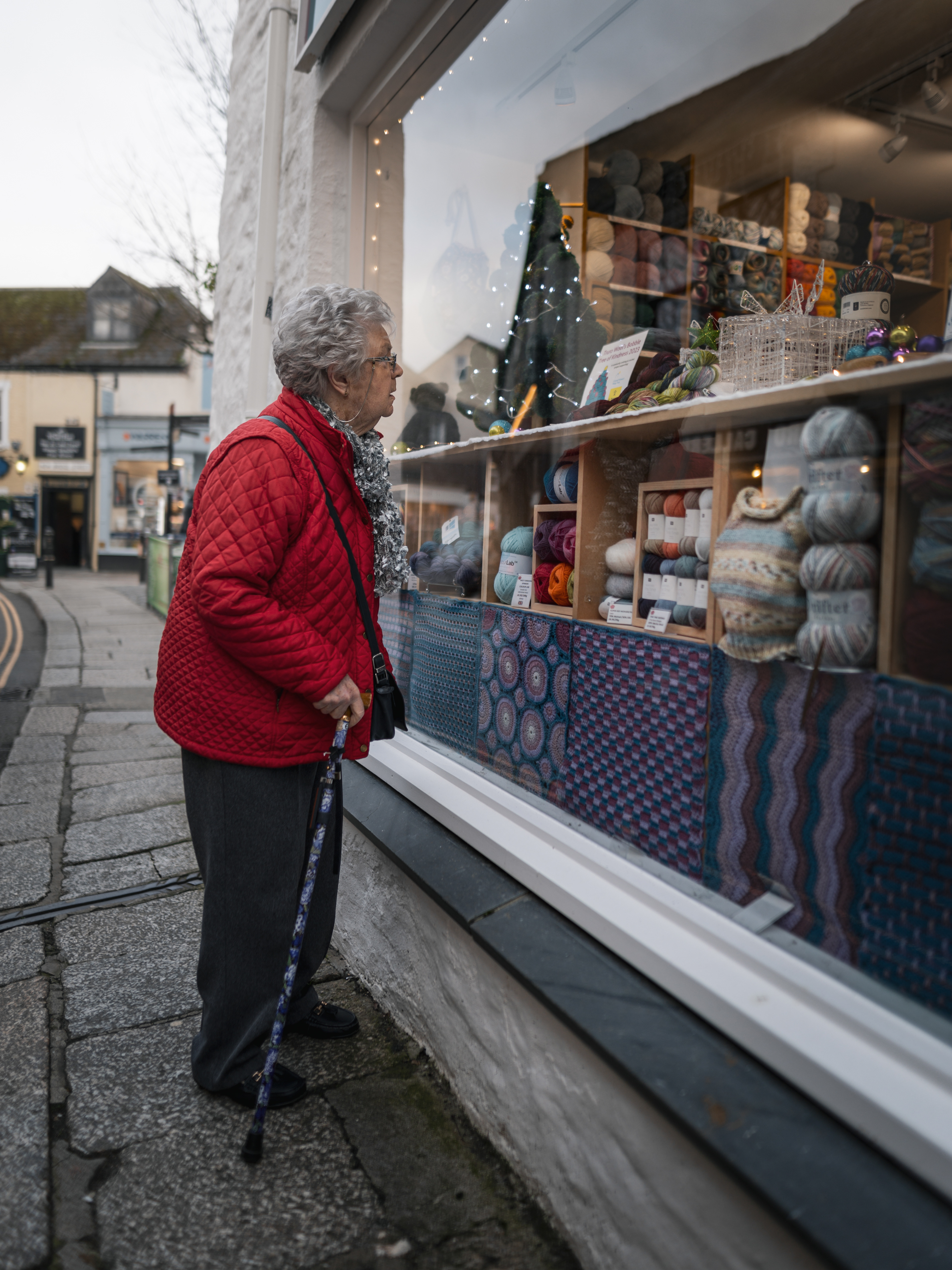
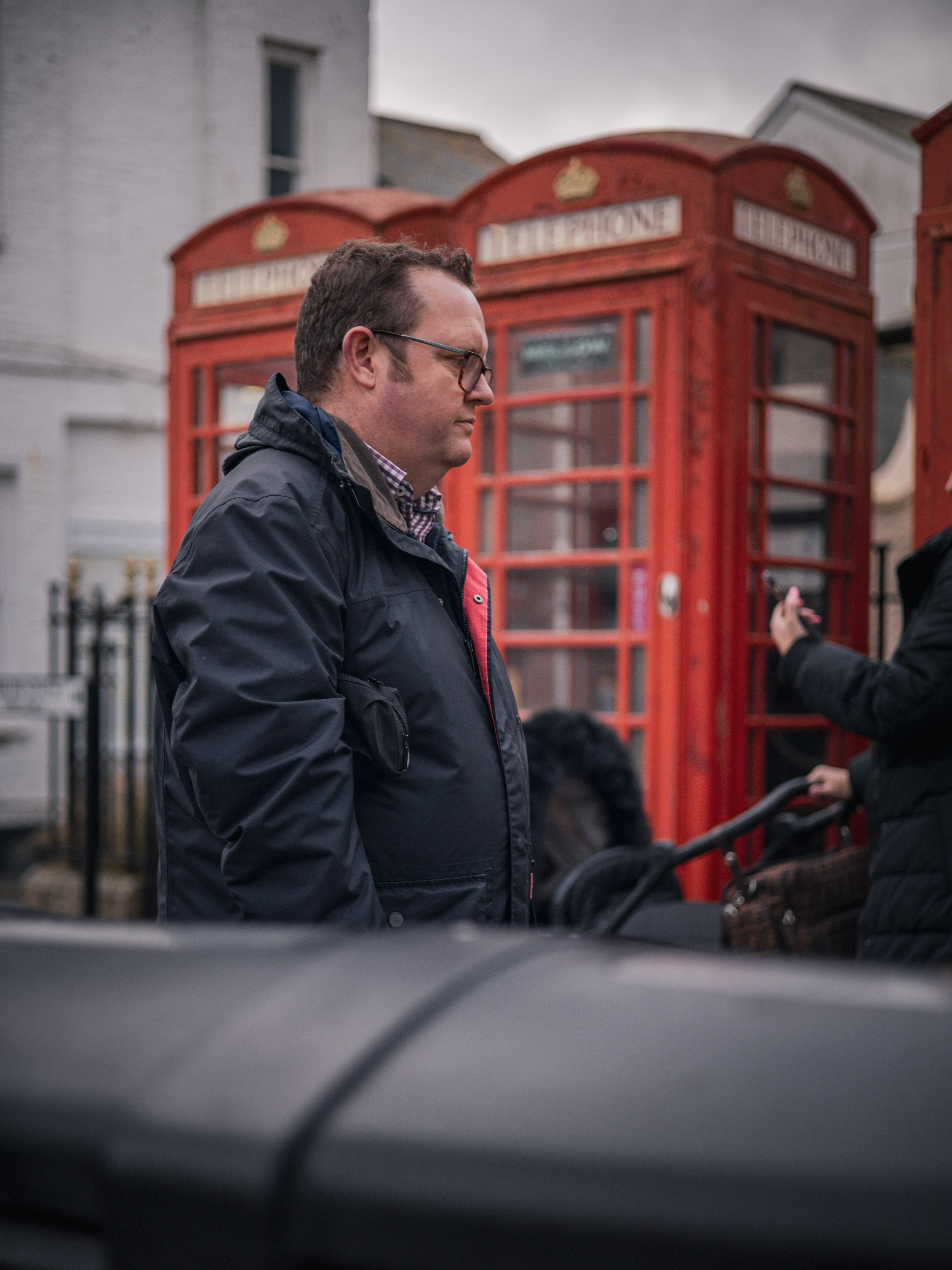
The Cathedral of the Blessed Virgin Mary is a Church of England (CofE/Anglican Church) cathedral in the city of Truro, Cornwall. It was built between 1880 and 1910 to a Gothic Revival design by John Loughborough Pearson on the site of the parish church of St. Mary (which is the name of the street next to the cathedral, as well). It is one of only three cathedrals in the United Kingdom featuring three spires. The Cathedral is height 76m (the tallest tower top point).
The original south aisle of St. Mary's Church survives, built into the south-east corner of the cathedral and known as St. Mary's Aisle. It still functions as the city centre's parish church.
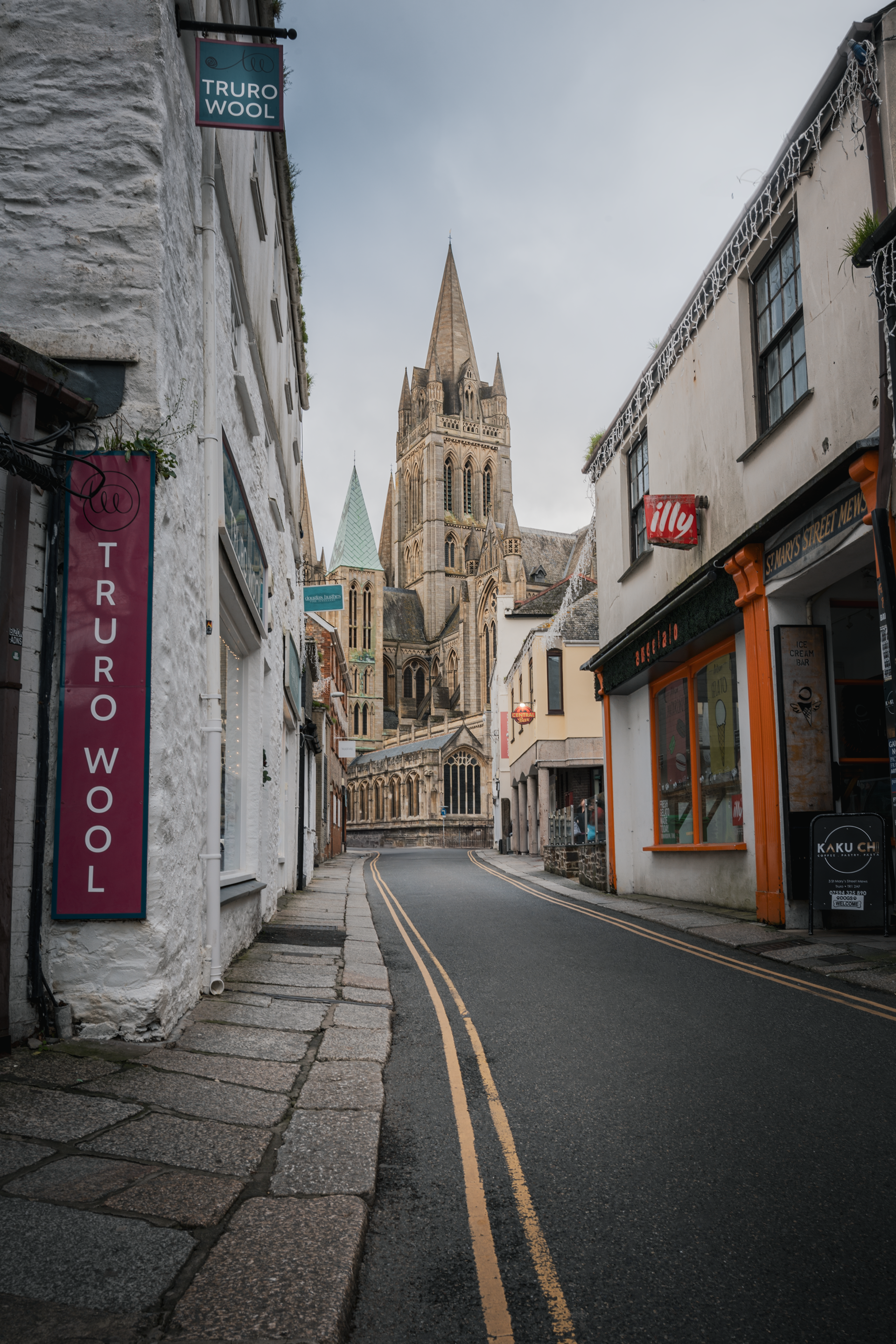
Within the cathedral, many other events are held apart from the regular church ceremonies, such as opera singing, musical performances by famous musicians, and more.
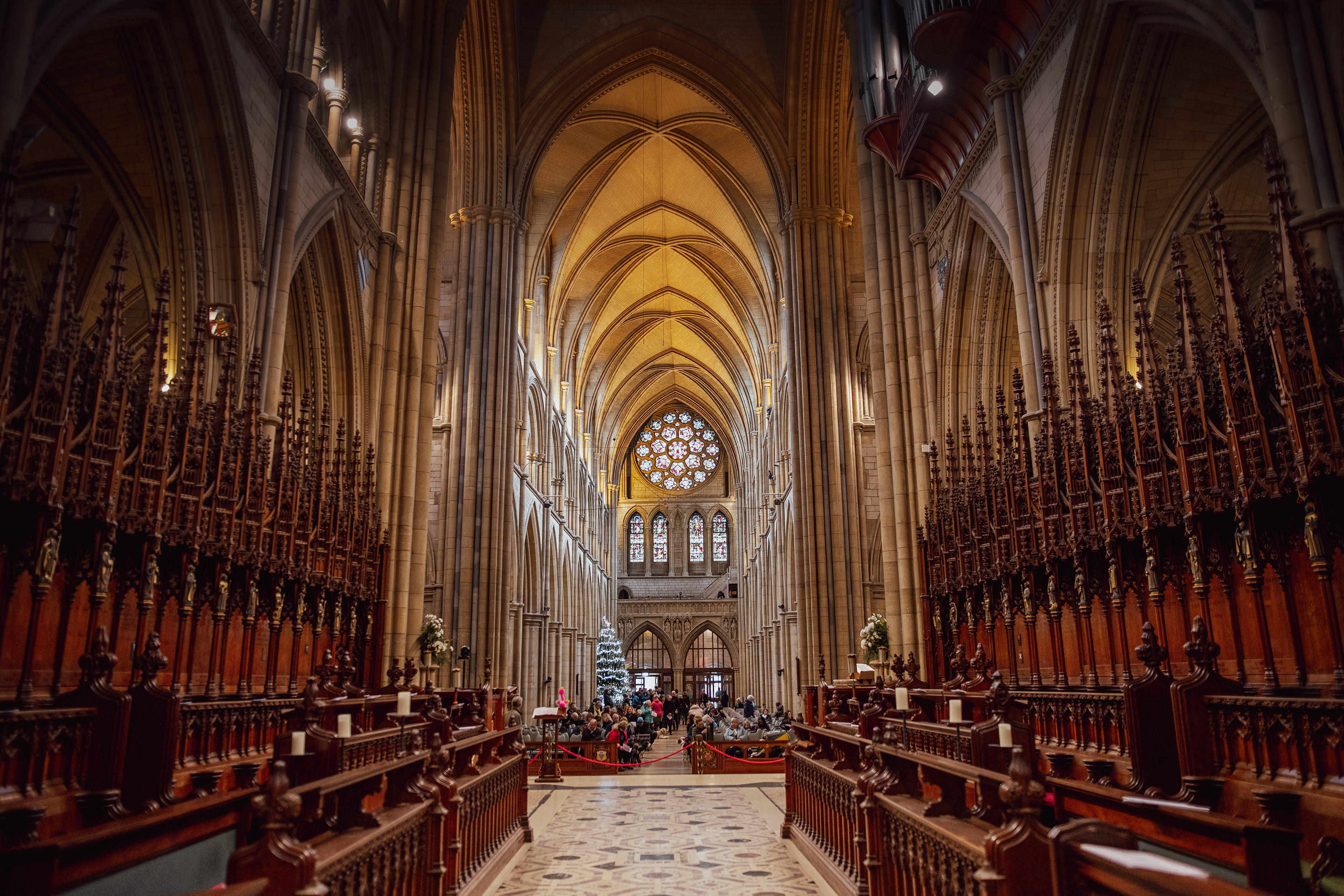
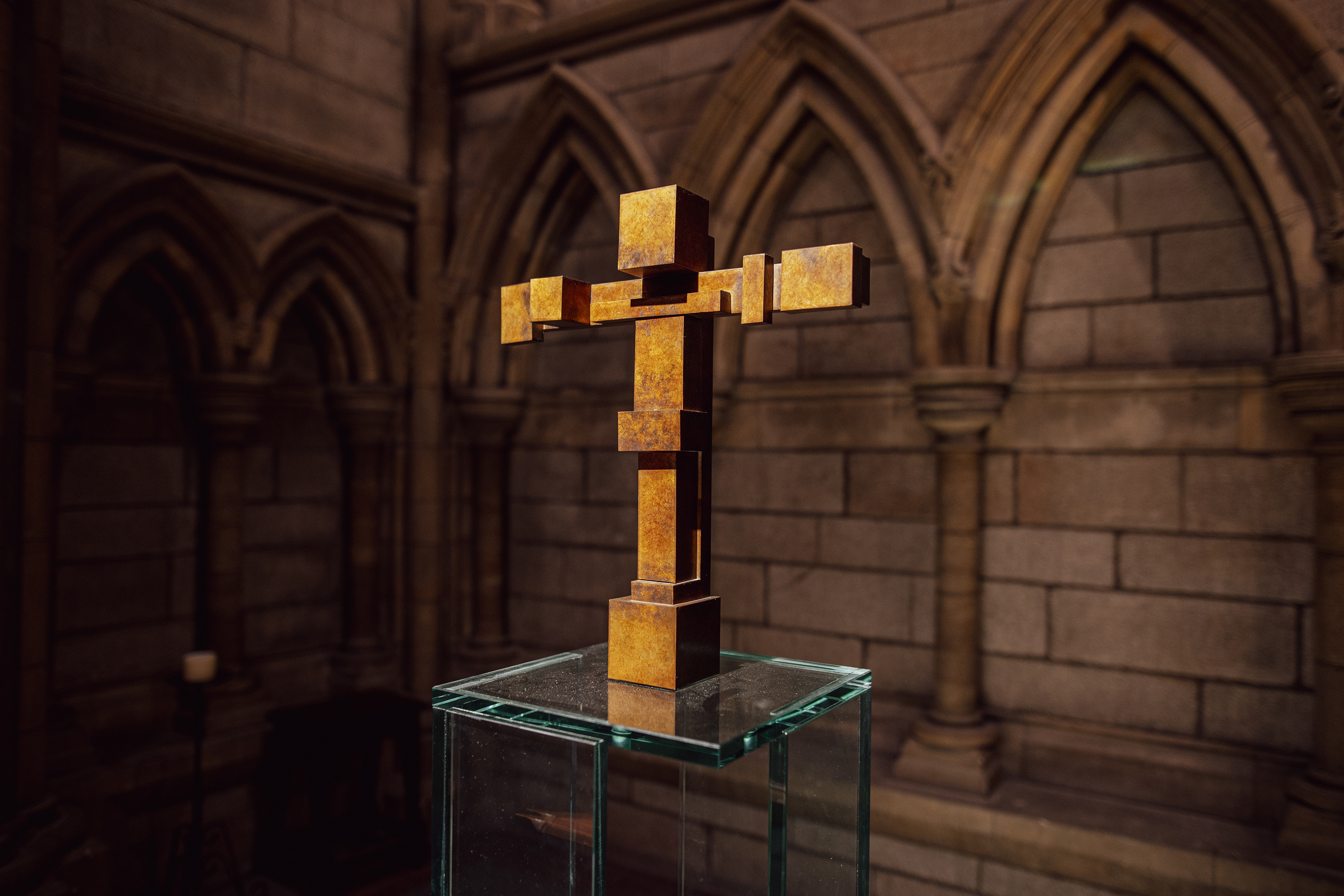
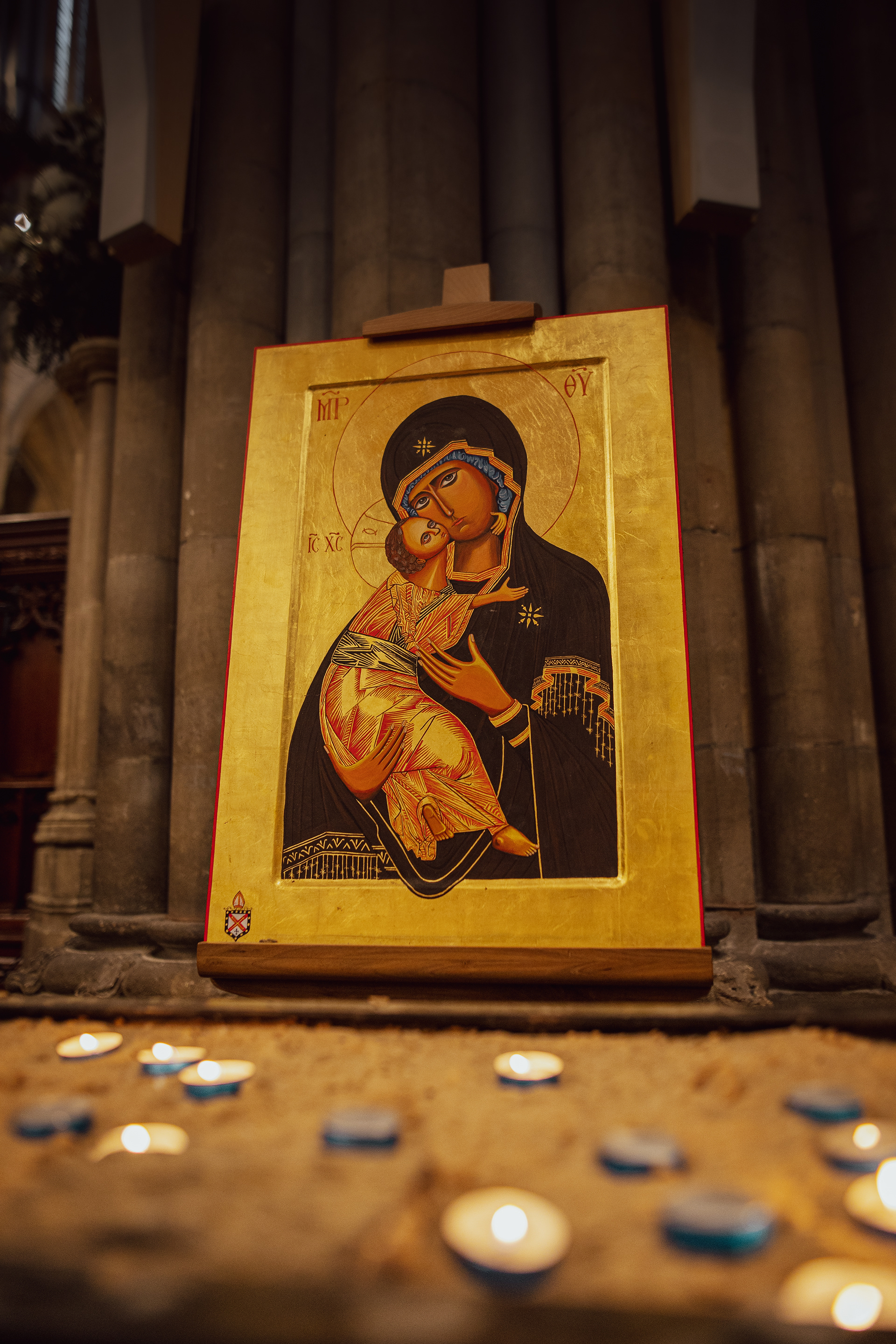
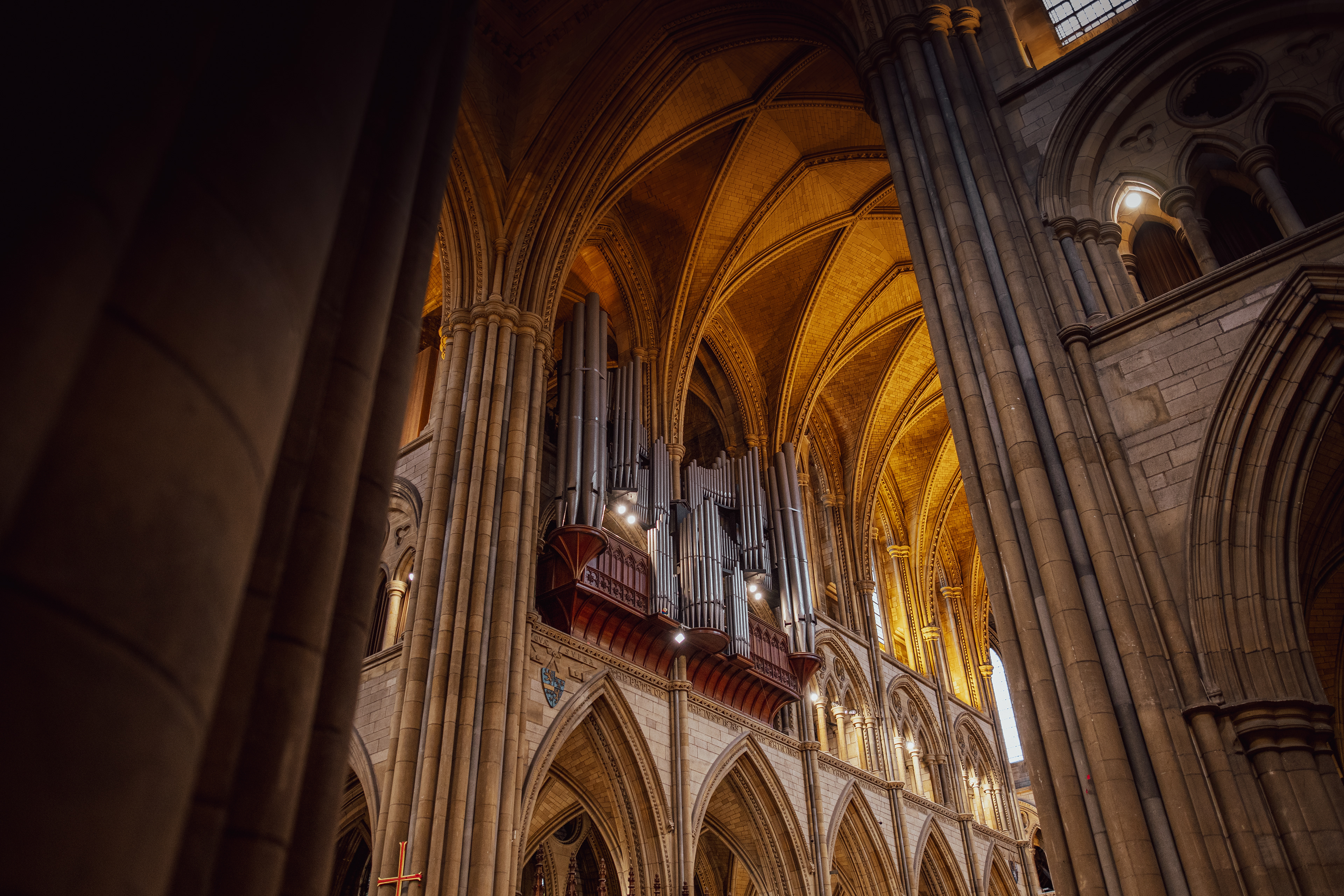
My friend George
I personally witnessed the whole story, which even to this day I do not believe. Why? Because it was too real to be true.
It was early spring. Great time and weather! My friends and I had already spent ten days here in Cornwall. Many times I say, I love that place, but it's just a must to do when I come! That's because all that wonderful, Eden-like place - wild and hell-of-a-beautiful.
And anyway, many of you would probably fear the night walks in the quiet wilder ares, where not much people live, where there is no lamps, pavements or whatever else one ordinary town or village has. Instead, there are only narrow paths, lined with thickets and ancient oaks, their twisted branches intertwining like something out of a forgotten tale.These winding trails lead through the wild hills, connecting hidden hamlets. By day, they feel like something from a fairy tale. But by night, they transform into eerie scenes straight out of a horror movie. That’s why I imagine most of you would rather stay indoors. But not me. And back a year ago I don't feel I regret doing it.
We took a one-hour walk a few kilometres from our host house, located in Tregaswith. The path was leading up and down until we reached an abandoned old villa near one of those isolated hamlets I mentioned. Our host wanted to show it to us, so we stopped outside, staring at its dark silhouette. Then, everyone turned to leave, but as a photographer, I wanted to take a picture. One of my friends waited beside me. As I focused my camera on the building, he noticed something from the flash, "Look, look!" Then I stared to the site where he pointed by his torch. "There’s nothing th-" I started to say. But then, at that very moment, a shadow moved across the middle window on the second floor, cutting off my words. We both saw it. We stood there in silence. No words.
Back home when I was going through the pictures in my camera, I didn't see that I had captured the shadow, or at least the one we saw. I noticed that I had caught a vague figure in the upper right window. My heart pounded. "Another creepy shadow," I thought. Lost in my thoughts, scrolling through same shots, holding my mug with tea, I felt I am alone and then the trance I was in stopped. All were left the kitchen and went to their rooms upstairs. It was started raining and the wind tossed drops in the window. Still somehow pensive, now I went to my room, too. Actually not my room, but the room where we had been sleeping together for a second night...
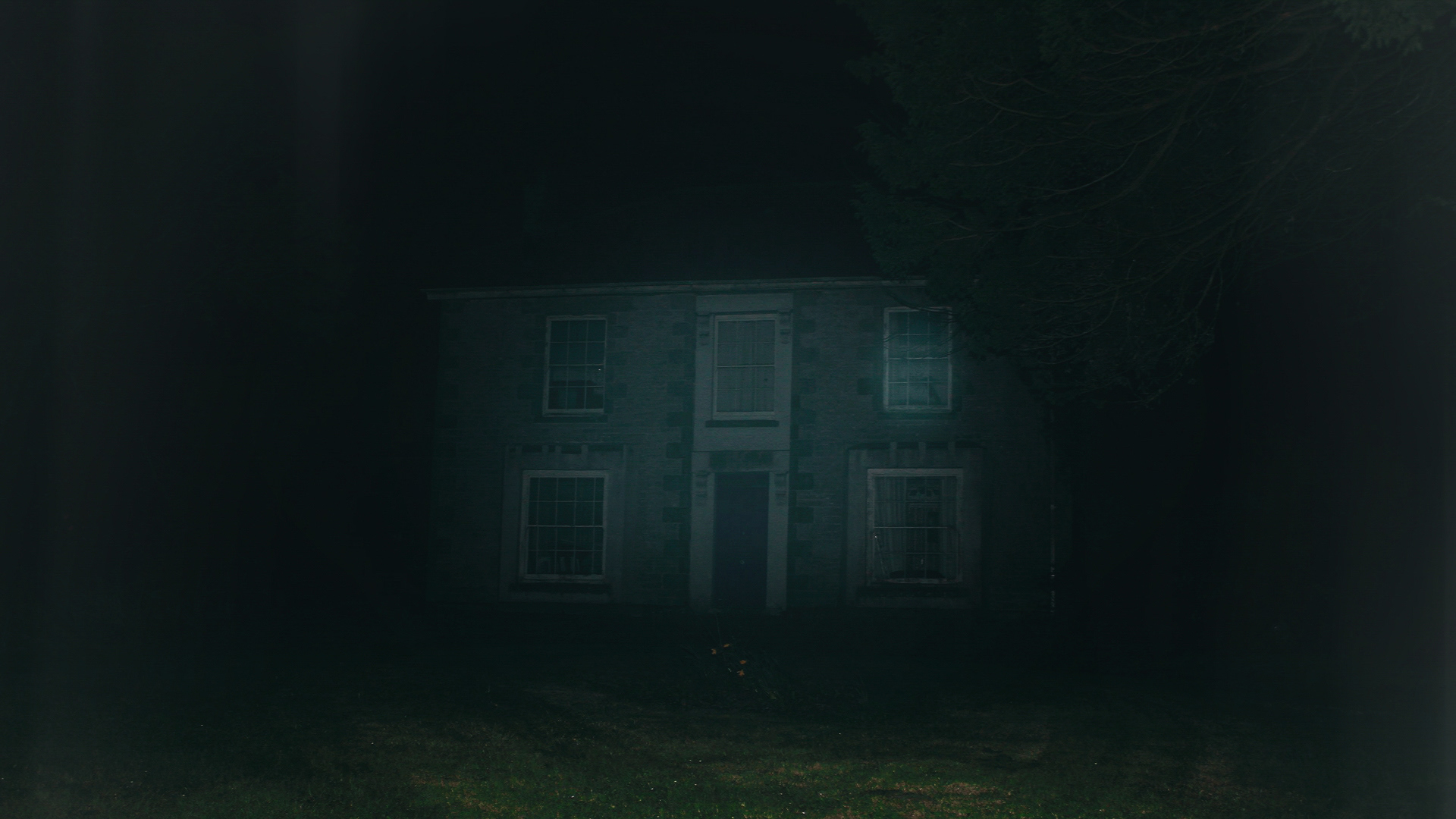
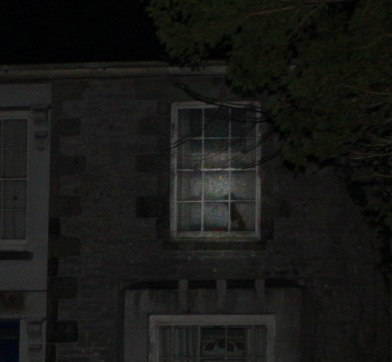
Three days earlier.
Two friends and I went on the first trip of the year to Cornwall, England. We left on March 25th and stayed for 19 days - days filled with experiences of all kinds, from the ordinary to the extraordinary. This wasn’t our first time staying in that house, nestled near St. Columb Major, a quiet English village not far from the famous resort town of Newquay.
On the 8th of April, late at night, my friend and I, with whom we share a room, had not slept. As far as I can remember he was showing me some setting on the phone. At 02:23 something was heard from the stairwell, at first I thought it was just my imagination. But then, Josh, my friend, spoke up - he had heard it too. As is normally expected, we were shocked and we remembered one thing from the previous day.
The day before (April 7th).
That Friday, we had spent the day in Truro. It was the Friday before Catholic Easter, and on the way home, we stopped by a friend’s house. That’s when Anya, who had been with us in Truro, suddenly asked Nick a strange question - one I barely caught at the time. It wasn’t until later, on the way back, that Nick explained. She had asked him, "What happened with the paranormal agency?" At first, Nick hadn’t understood what she meant either. But when he got home, he questioned his mother about it. She hesitated. At first, she tried to brush it off. But then her husband, James, stepped in and confirmed it. It turned out that just before our last visit in December 2022, a paranormal investigation agency had actually visited the house. The reason? One night, as Nick’s mother and James were getting ready for bed, they suddenly smelled food cooking. It was strong, unmistakable. But it was also impossible - no one had been in the kitchen. They checked anyway, but of course, they found nothing. James, who had experienced other strange occurrences over the years, decided it was time to call for help. The agency came, nicely inspected the house, but found no evidence of anything unusual. And so, that was that. Until the night of April 8th.
As Josh and I sat there, trying to make sense of what we had just heard, I decided to share something else with him - something I hadn’t told anyone yet.
Two nights earlier.
It was around 4:00 AM. Half-asleep, I heard footsteps in the corridor, as if someone had just passed by our door. I glanced at the clock, thinking James or his worker might be getting up early for work. But then I realised - it was far too early for that. Maybe someone had just gone downstairs for water, I thought. But as I lay awake, listening, I noticed something strange. No one came back up. The usual creak of the stairs, the sound of a door opening - nothing. And by the time I heard movement in the house again, it was already 6:00 AM. So who, or what, had I heard at 4:00?
Now, back in the present, sitting with Josh in our dimly lit room, the weight of that memory settled over me. And then - another noise. It came from the kitchen downstairs. A distinct sound, like a cupboard door closing. Josh and I locked eyes, our expressions mirroring the same thought: This isn’t our imagination. Fifteen minutes passed. Another noise. This time, much louder. Something fell in the living room - right below our bedroom. Our hearts pounded. The air felt heavier, thick with tension. Then, after a long silence, we heard something else.
Another 15 minutes passed and another noise was heard, which was the loudest, something fell in the living room, located just below our bedroom. We admit it was terribly stressful, but after we shut up we noticed that the TV in the living room was probably working. We barely moved, barely breathed. Instead, we put in our headphones, desperately trying to drown out whatever was happening below. Time crept forward. 4:30 AM. Just then, when we removed our headphones, in time to hear it - a final sequence of sounds, all in quick succession - the TV stopped, the living room door slammed, and then it seemed like someone ran up the stairs, took two steps into the hallway, and disappeared. There's no point in telling you how it feels. We barely slept after that. When morning finally arrived, we went straight to May - Nick’s mother - and told her everything. She looked startled. Then, after a brief hesitation, she admitted something unsettling. "I heard the TV too," she said. "But I thought it was coming from your room." We questioned everyone in the house. No one had been downstairs. No one had turned on the TV. No one had an explanation.
April 9th.
The next night came, and I had prepared to record that night's possible paranormal event, although I thought I wouldn't record anything. That's just what I thought. I was suddenly awakened at about 02:40 by a noise from the door. I woke Josh up too, and he went into a trance when he heard it. I yelled at him and had a difficult time calming him down, he just stared at a point and trembled. We rushed to wake the others - May had told us to alert her if we heard anything. When we played back the recording, the sounds were there. Clear. Undeniable. No one said a word.
The next day, I spoke to James again. He repeated that he couldn’t do anything about it, but this time, he shared something new. When he bought the house years ago, he learned of an incident - a woman had died right in front of the house a long time ago. There was no archive, no detailed history of the place, just whispers of the past. The house was at least 150–200 years old. And who knew what else had happened here? James, always one for humor, brushed it off. "All the spirits here are my friends," he joked. "I’ve even given them names. One of them’s George."
Night came again. We took a one-hour walk a few kilometers from our host house. We reached an abandoned old villa. We were together with May and she wanted to show it to us. We saw it outside, everyone left, but I wanted to take a picture of it, so Nick waited for me. When you shoot in the dark you can't see anything on the camera, but he noticed something from the flash, "Look, look!" Then I stared to the site where he pointed by his torch. "There’s nothing th-" I started to say. But then, at that very moment, a shadow moved across the middle window on the second floor, cutting off my words. We both saw it. Back home when I was going through the pictures in my camera, I didn't see that I had captured the shadow, or at least the one we saw. I noticed that I had caught a vague figure in the upper right window. Again, I have no explanation...
That night, Tessa, the girl whose house we had visited on our way back from Truro, stayed over. She and Josh were up late. And then it happened again. A loud sound - as if someone had hit their head against the door. Josh turned to Tessa. "Did you hear that?", "Don’t talk about it," she whispered. "I’m scared." That was the last night of noises. As if something had wanted to remind us it was there, right after we spoke about it. Though, deep down, I believe I had heard it even before then. From that night on, we all joked about the whole thing, as if humor could make it less real. But despite the laughter, we knew the truth. It happened. It was real.
All names in the story are changed!
Exploring new sites on The Recovery Truck
Exploring new places in Cornwall is a pleasure for me! Being friends with the most popular mechanic in Cornwall, who drives around the county to pick lock cars, deliver or make a key or buy an old vehicle to repair it, well, that's not just an advantage, it is a real luck. Steve, I can say a close mate of mine, who is the other host when in Cornwall. He allows me traveling with him and his recovery truck always, and thus, I can explore many new places while he does his job! For sure, it is an interesting combination of photographer and mechanic trips! I have many remarkable memories from those travels - all filled with great humour of Steve's, but all his life-tips, as well. While is sunny, cloudy, windy and rainy, or even stormy - we are there: Penzance, Helston, Redruth, Camborne, Lostwithiel, Bodmin, being just few of them. Especially for that I will always be thankful to Steve!
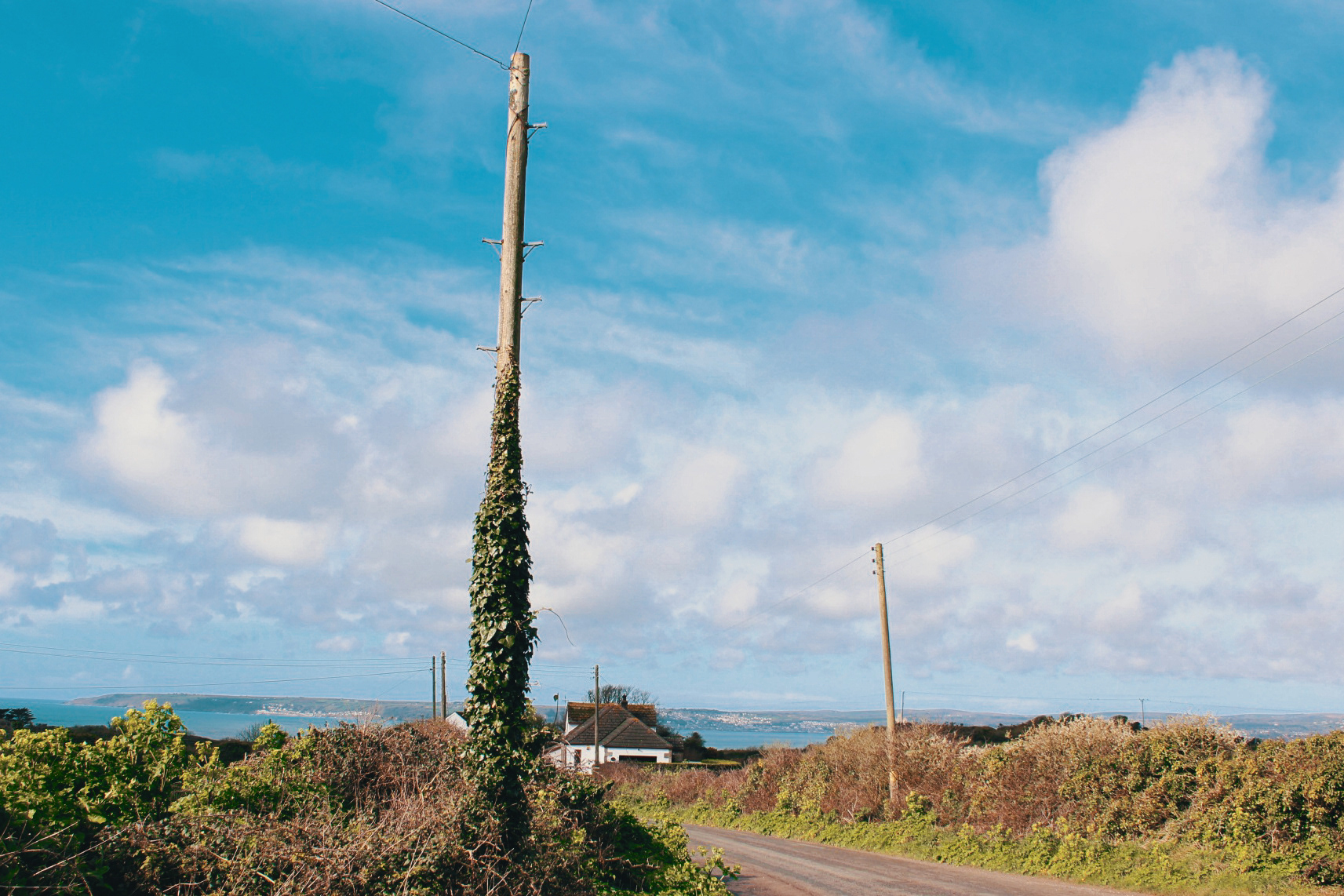
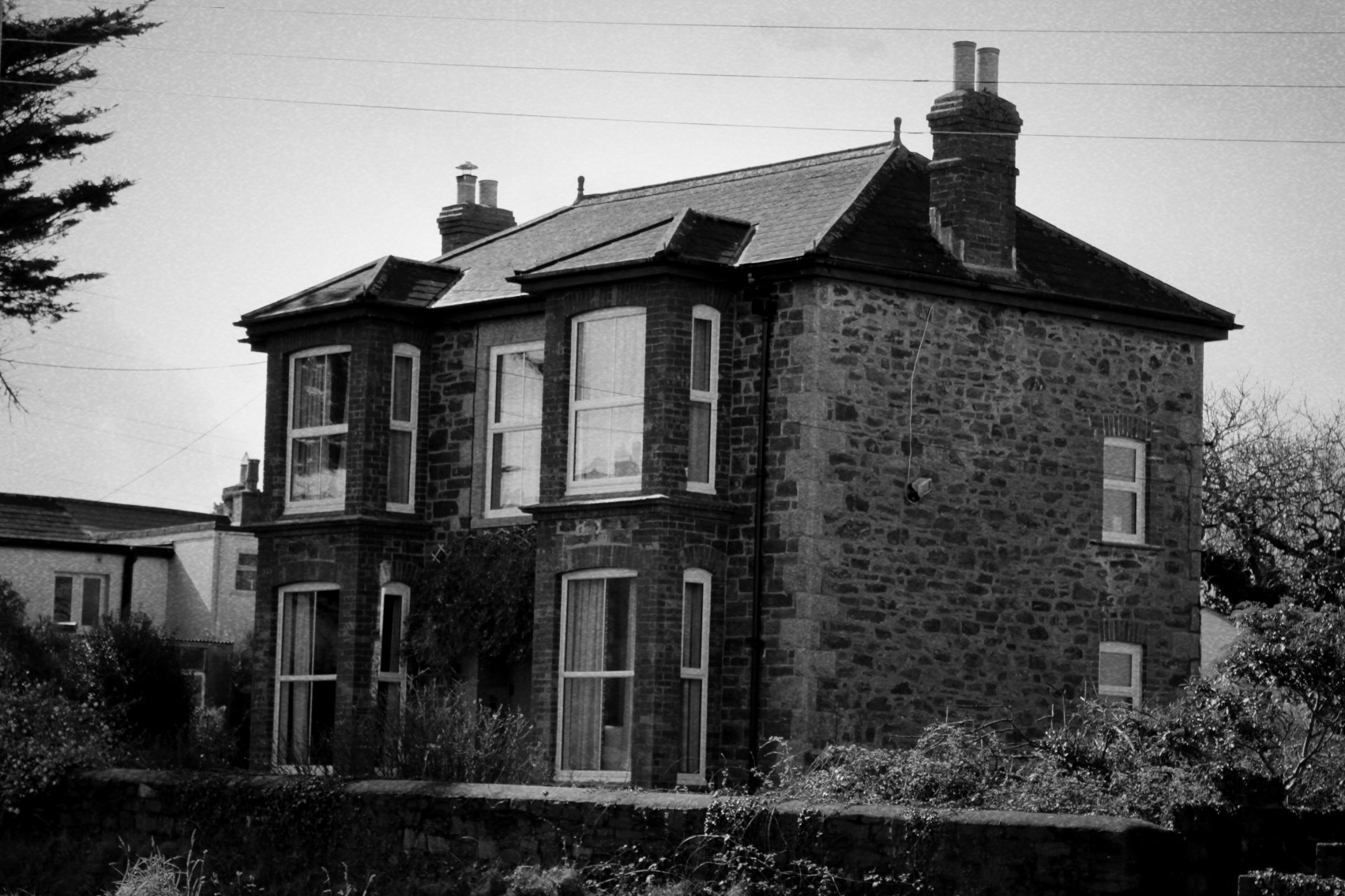
St. Neot, near Bodmin, is one of the places I fell in love with. Back then, we were together with my friends, including Nadia and Steve. It's a remote village with an old stone church on a very picturesque hill. I remember the iron chairs and daffodils in a garden near that church. It was a very welcoming place during the Spring!
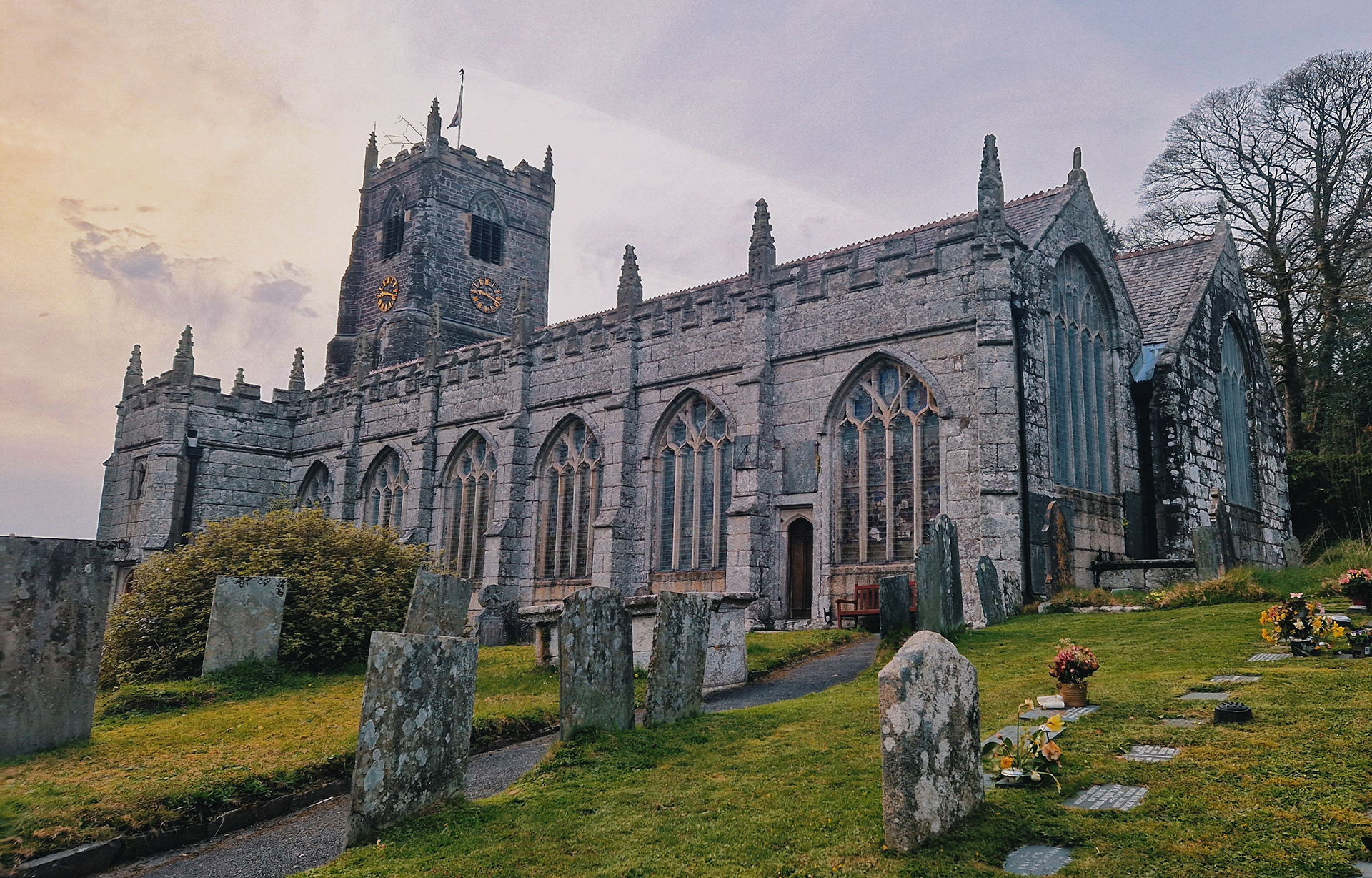
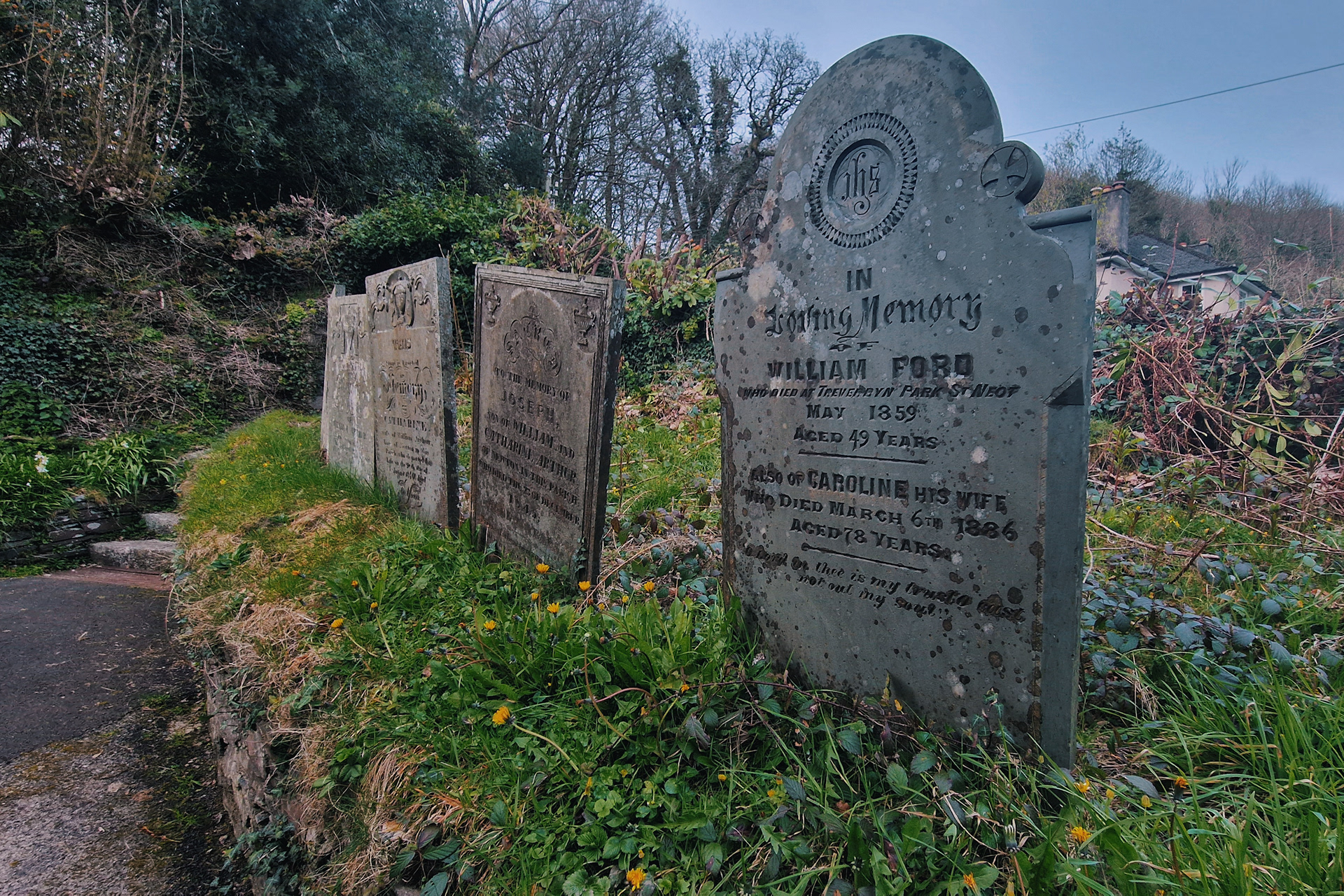
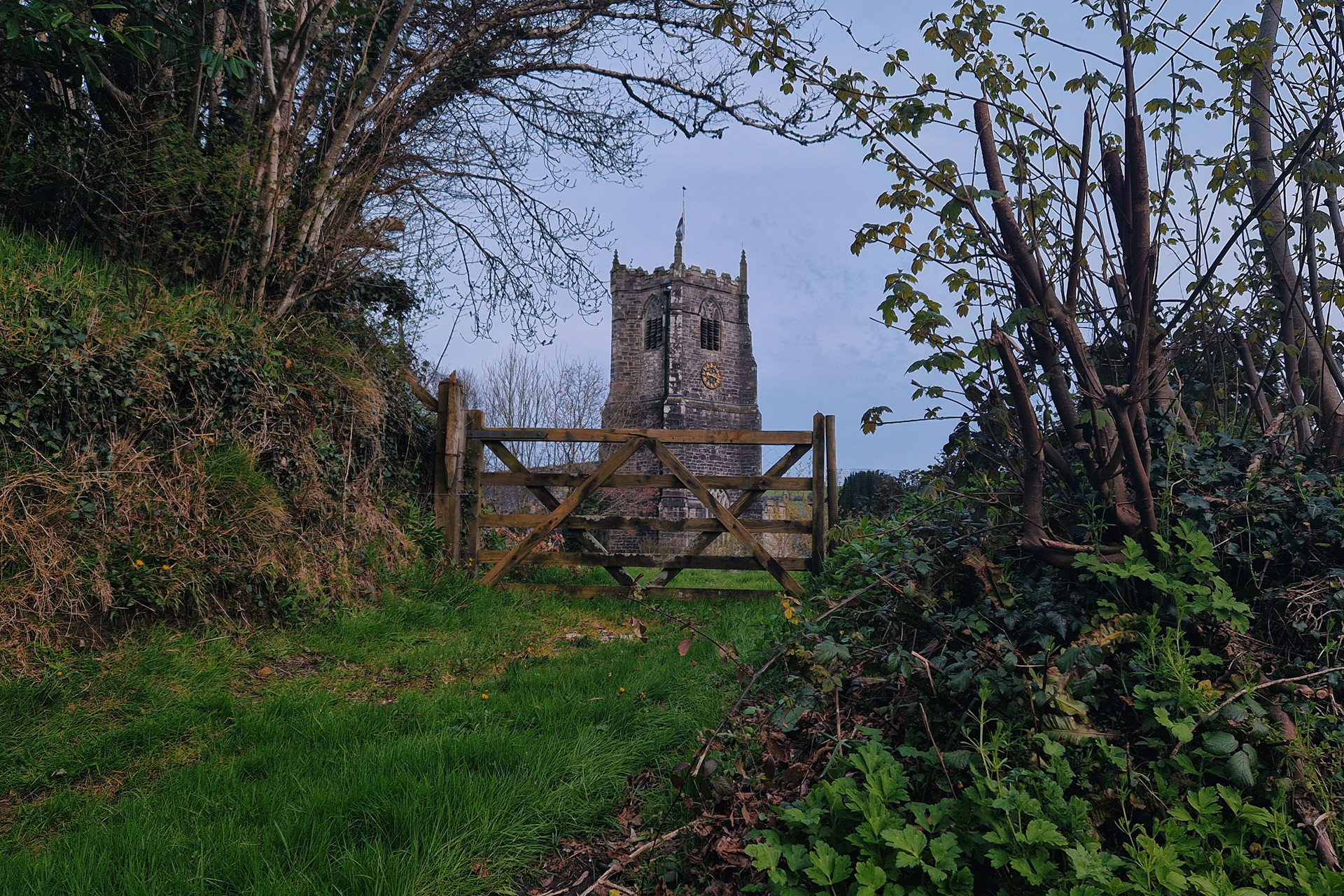

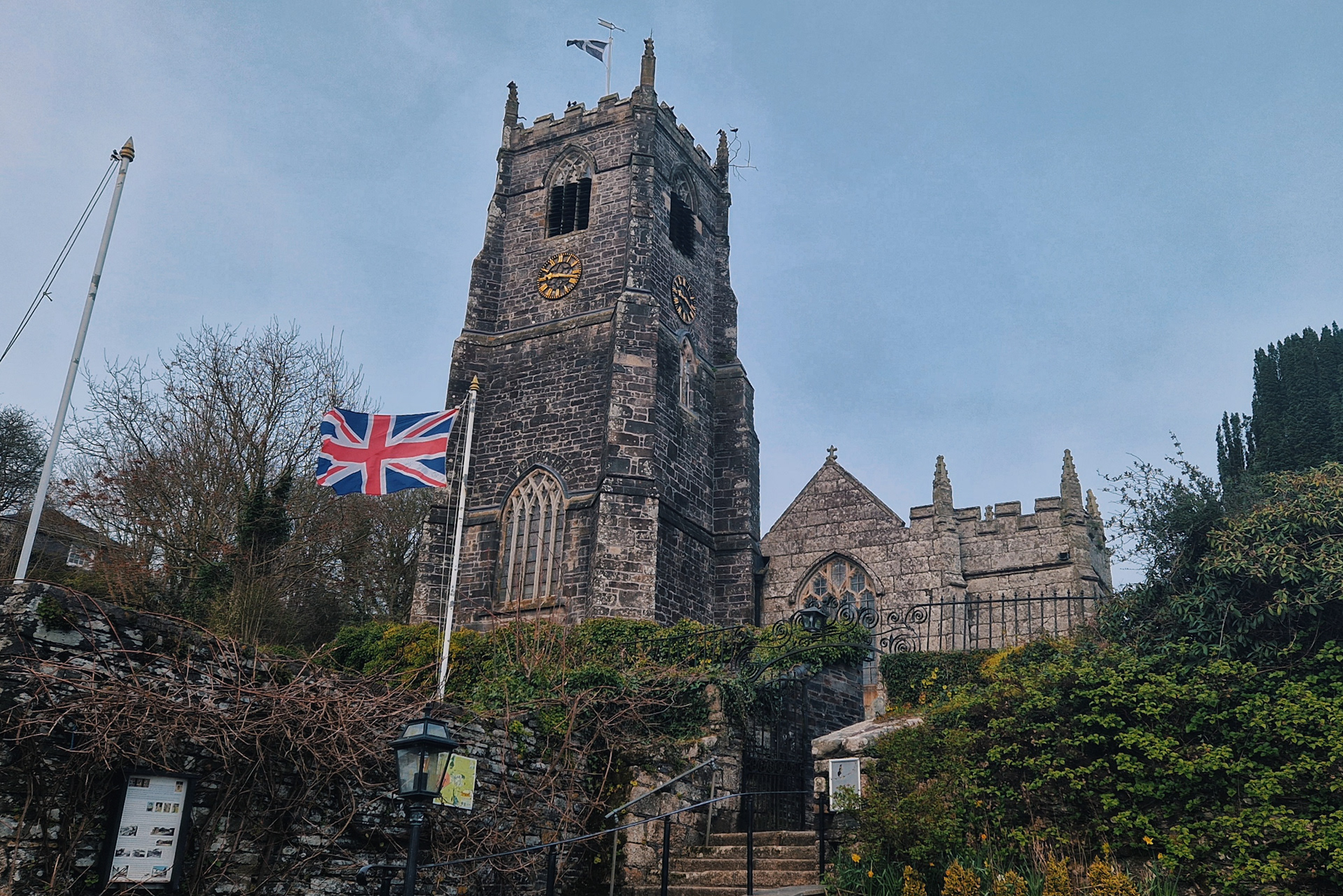
Fraddon, St. Enoder's Parish & The Pit in Indian Queens
Fraddon is a village in central Cornwall, in the parish of St. Enoder. It lies roughly midway between Newquay and St. Austell. The nearest village to St. Enoder is Summercourt, and other settlements include Fraddon (including Blue Anchor hamlet), Penhale, Indian Queens and Trevarren. Most of these villages and hamlets are so close that you might think of them as one larger village.
About parishes: In England and Wales, a civil parish is a type of territory which is the lowest tier of local government. It is similar to that of municipalities in continental Europe, but parish councils have a relatively minor role in local government.
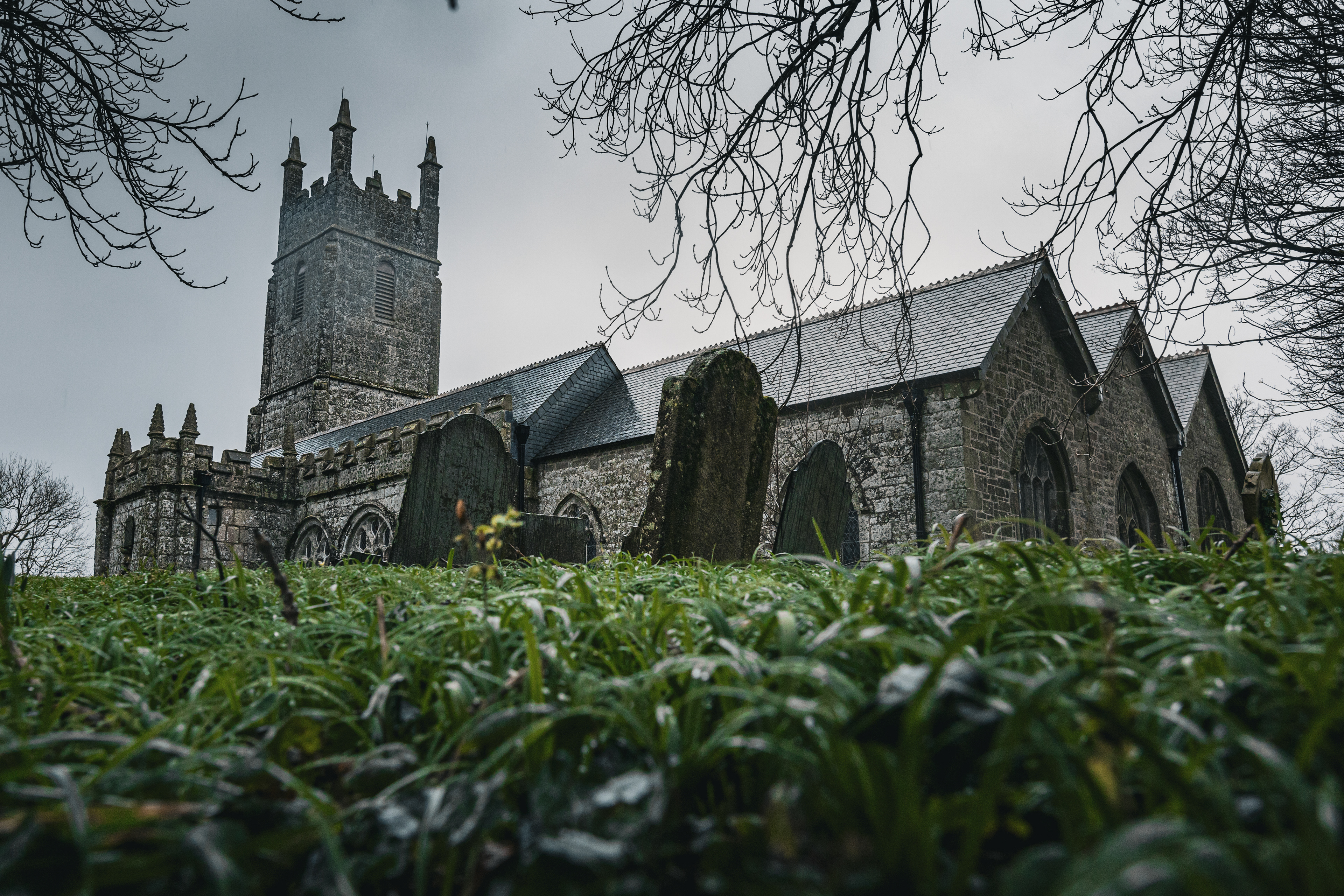
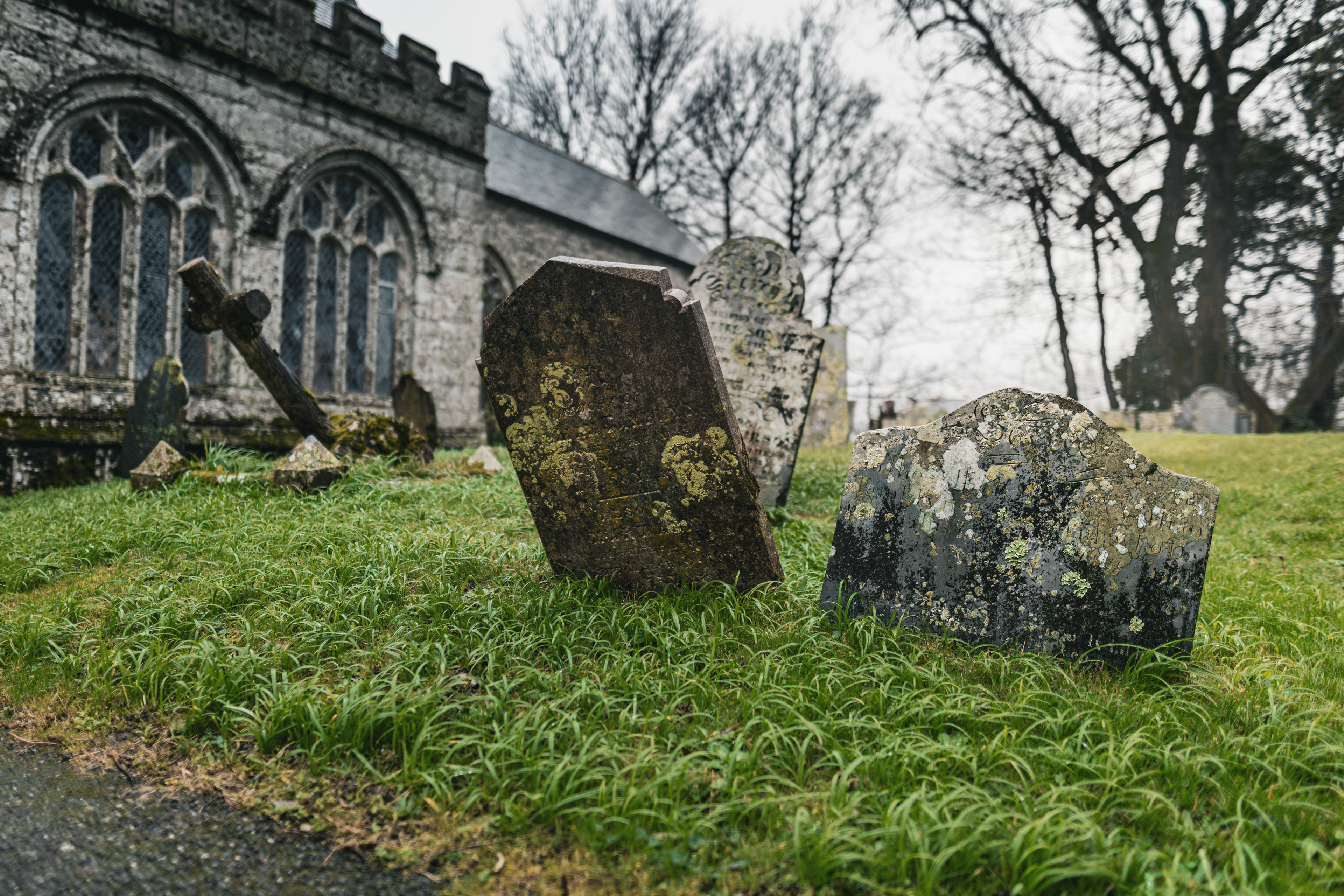
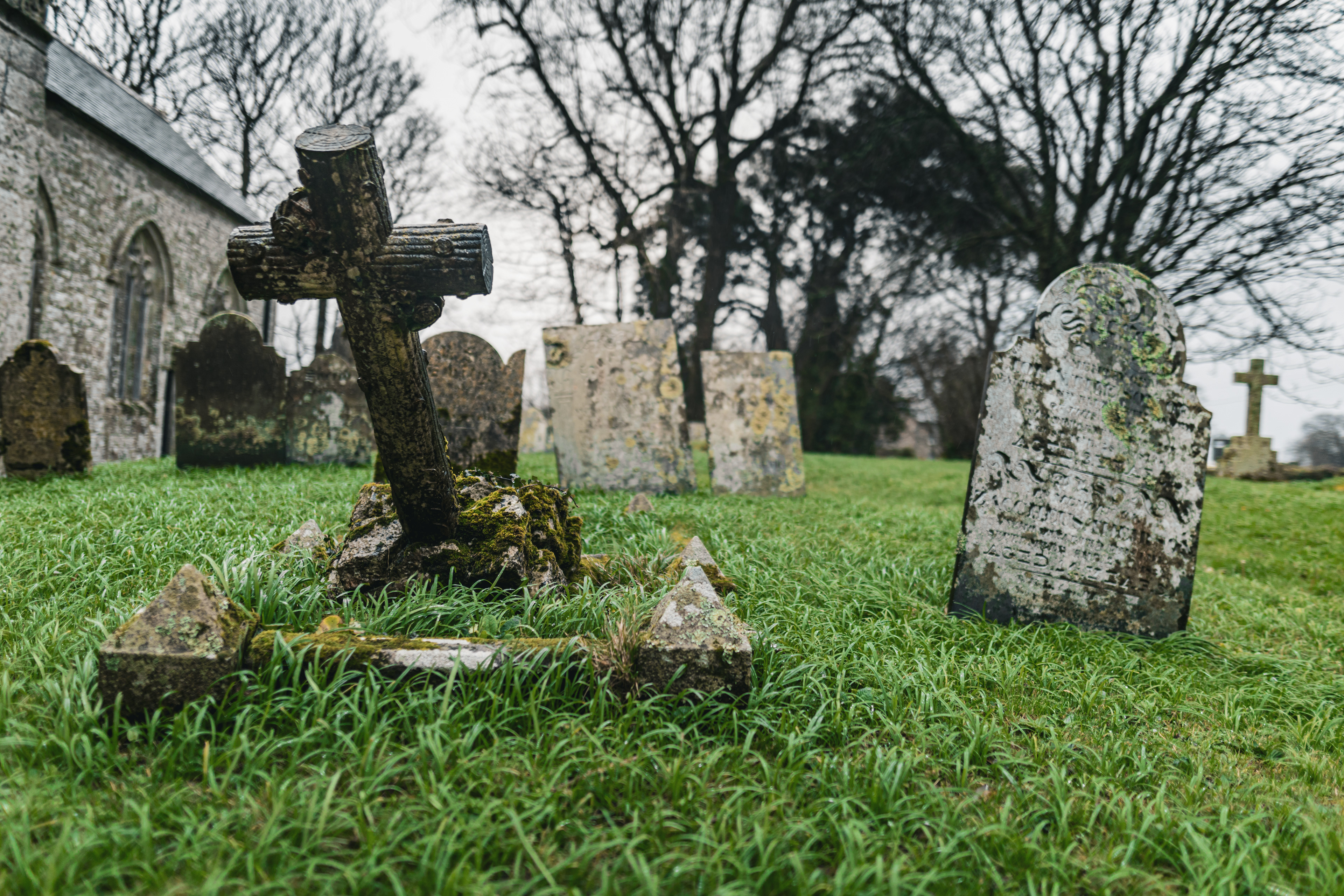
Cornwall economy in the past related on mining industry, St. Enoder Parish was not exception!
Information extracted from the official Indian Queens Pit book - 'Looking Back: Indian Queens Pit and St. Enoder Parish':
MINING
Over the last three centuries, mining activity in St Enoder
Parish has been extensive with workings for iron, nickel,
ochre, silver, tin, zinc and, of course, clay. A small
amount of gold was even found in the old Halloon Mine
in the mid 19th century and the owner George Henwood
had a large ring made from it.
Surviving physical evidence of the mining includes an
area of deep tin streaming channels near Indian Queens
Pit and at numerous other locations, such as Penhale Moor
and alongside Fraddon.
From the late 19th century, the excavation of clay became
the mainstay of the local economy and many small clay
works were started close to Fraddon and Indian Queens.
The expansion of the clay industry in the later 20th century
saw the growth of two enormous pits (a large hole in the
ground) within the parish. The pits had comprised about two
dozen homes, a knitting factory, and various china clay
processing works.
EVENTS AT THE PIT
Since Indian Queens Pit was reopened in the mid 1970s,
it has prospered as an important open-air venue in Mid
Cornwall. Events have included concerts by local
bands.
Origins of the pit
In 1850, members of the local Wesley Methodist Chapel
approached Henry Jenkyn Rowse with a plan to construct
preaching pit, which would be the equal of Gwennap Pit.
A lease was agreed and the new facility was opened by local
preacher in May 1850. It was named the Indian Queens.
From these early days, the Pit was being used by the
established Wesley Chapel, as well as the splinter group
which broke away under the name of Wesley Reform
Society in 1857 and became the United Methodist
Church. It was also used by the Bible Christians at
Fraddon and, during the later 19th century, by the
Rechabites, a temperance organisation.
Religious teaching PITS
Indian Queens Pit is one of only three open-air preaching
pits in Cornwall (Indian Queens, Gwennap and Newlyn
East), all of which were created out of mining hollows
Gwennap Pit is the earliest in date and was built in the
eighteenth century. It was made famous by John Wesley,
the founder of Methodism, who preached at the 'round
green hollow' on 18 occasions between 1762 and 1789.
The Pit itself was remodelled by local miners in 1806.
Newlyn East Pit was originally a stone quarry on the
edge of the village. Following the East Wheal Rose
mining disaster of 1846 in which thirty-nine men died, it
was converted to a preaching pit as a memorial to those
who had perished.
At Whitemoor, in the centre of the Clay Area,
there is a performance area formed as a quarter-circle
rather than the full circle as at Indian Queens. This is
located alongside the Chapel in the village.
INDIAN QUEENS PIT
Indian Queens Pit is a site of great historic significance,
which is protected as a Scheduled Monument. In 1850
local villagers constructed the preaching pit within a
defunct mining openwork that had been part of a larger
tin mining treat.
It was traditionally used by the local Methodist
Careis from Indian Queens and Fraddon, and events
aciuded religious services, tea treats and Sunday School
anniversaries.
The Pit continues to be a living monument at the very
heart of its local community. It is looked after by the
twenty-strong Pit Association, which promotes numerous
events at the site including fetes, concerts and plays.
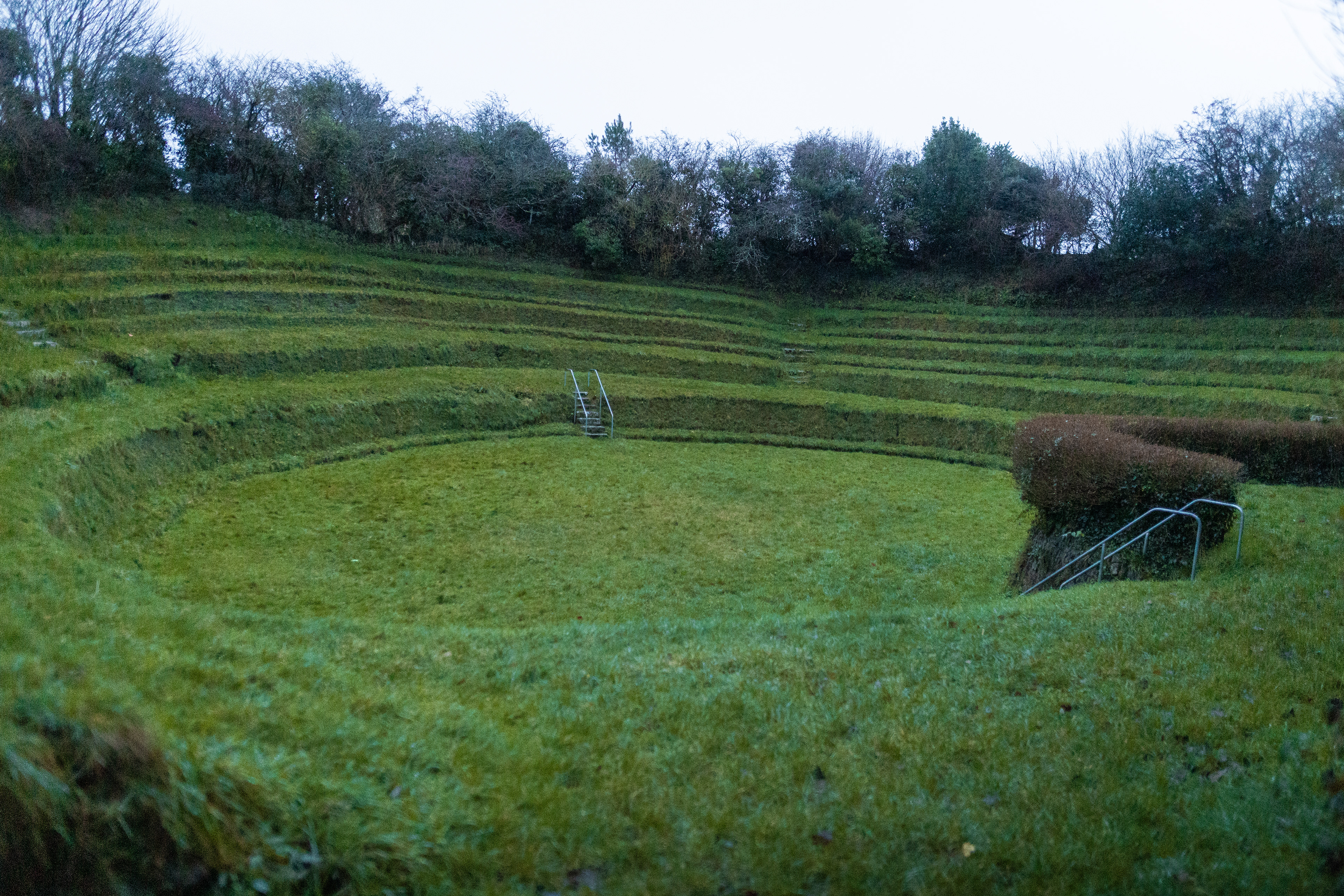
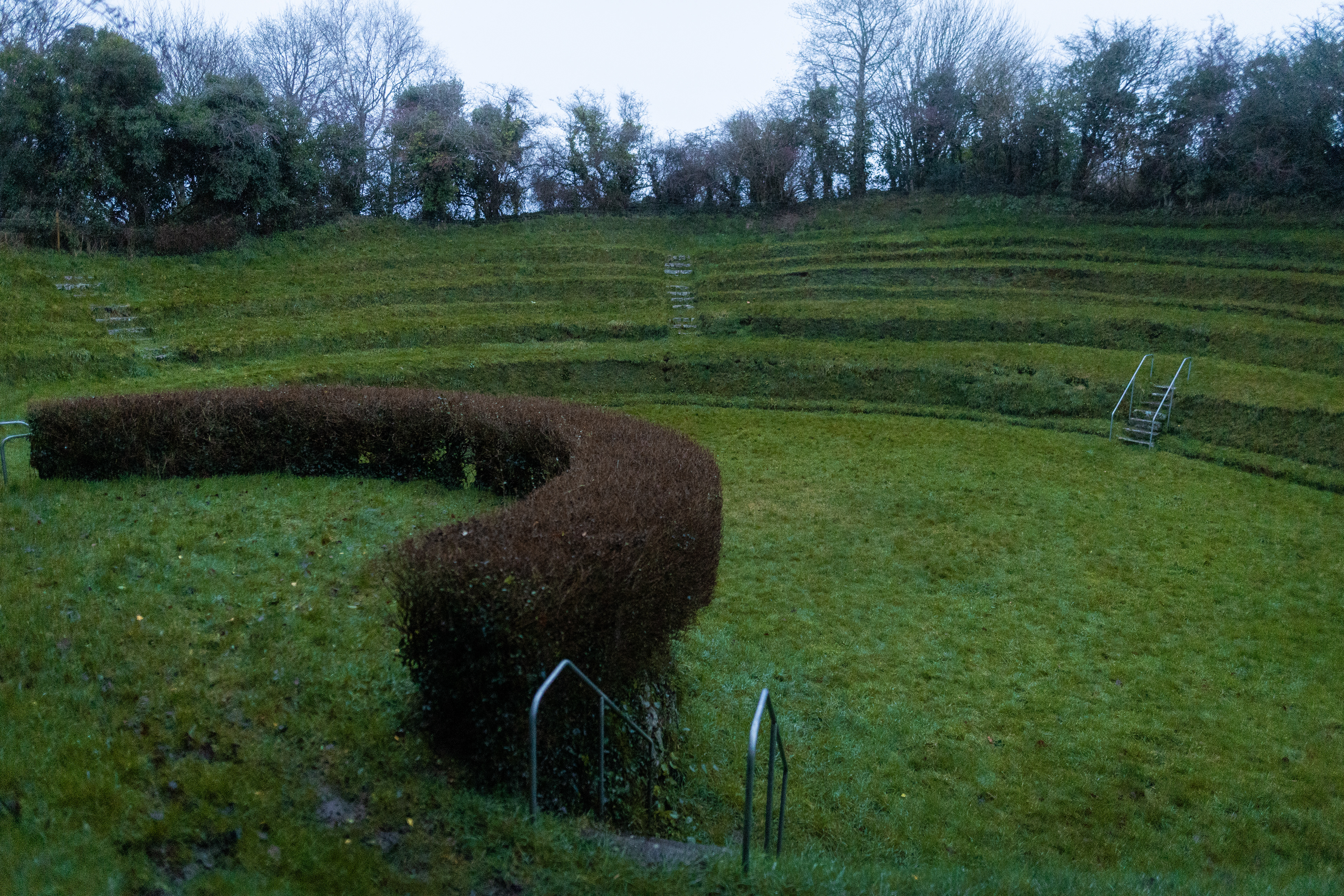
Last time in Cornwall, on the final day of the journey, I spent all my time visiting different places. I started with Falmouth and Truro, revisiting St. Enoder's church in rain, walking on foot from Penhale. And again, I walked back through Penhale, Fraddon and my final destination - Indian Queens and the Pit.
During my 15 km walk in that second half, I hurt my foot, got really muddy, and ended up very, very wet. To top it all off, the wind was blowing against my wet body while I waited for the bus—for two hours... And was it worth it? YES! Even though the pictures weren’t great and despite all the difficulties, I had an amazing day! By the way, as soon as I arrived home, I had only 30 minutes to get ready for the airport...
Plymouth & Cornwall
Plymouth is a port city and unitary authority in Devon, and although is not part of Cornwall, it is connected with it!. It is located on Devon's south coast between the rivers Plym and Tamar, Tamar forming the county boundary between Devon and Cornwall second-largest city in the South West after Bristol, with a population of 280 000.
During the First World War, Plymouth was the port of entry for many troops from around the British Empire.
During the Second World War, Plymouth was an important embarkation (loading-on-boat) point for US troops for D-Day. The city was heavily bombed. Although the dockyards were the principal targets, much of the city centre and around 4 000 houses were completely destroyed and more than 1 000 civilians lost their lives. This was largely due to Plymouth's status as a major port.
The redevelopment of the city was planned by Sir Patrick Abercrombie in his 1943 'Plan for Plymouth'. This initially included plans to expand the city into south east Cornwall, but these were abandoned after opposition from Cornwall County Council. By 1964 over 20,000 new homes had been built in Plymouth, thanks to the plan. The city became a modern capital oof the South West England.
Today Plymouth is hosting HMNB Devonport, the largest operational naval base in Western Europe.
Smeaton's Tower is a redundant lighthouse, now a memorial to civil engineer John Smeaton. A major step forward in lighthouse design, Smeaton's structure was in use from 1759 to 1877, until erosion of the ledge it was built upon forced new construction. The tower was largely dismantled and rebuilt on Plymouth Hoe in Plymouth, Devon, where it stands today.
England’s coasts are notorious for rough weather, dangerous seas and deathly obstacles. The Eddystone rocks are among them.
There were several attempts to place a marker on these reefs. The first attempt was called the Winstanley Lighthouse, but it was destroyed in the Great Storm of 1703. A second lighthouse, known as the Rudyard Lighthouse, was built to replace it, but this too was lost - this time due to a fire in 1755. After that failure, there was growing pressure to build a third lighthouse quickly. The Royal Society recommended John Smeaton - considered the father of civil engineering - to design a new and more resilient lighthouse on the Eddystone Rocks. Smeaton had to ensure his lighthouse was strong enough to withstand the harsh conditions. Inspired by the natural strength of an oak tree, he designed the tower to mimic its shape. This made the structure exceptionally sturdy. Many Cornish tin miners were employed in its construction as well, making it a true regional effort. As a token of recognition, each worker was awarded a medal to commemorate their contribution to the lighthouse project. The work was completed in August 1759 at a cost of £40 000. The lighthouse was 22 m in height.
In 1882, the upper part of Smeaton's Tower was dismantled and rebuilt as a memorial to Smeaton on a new base on Plymouth Hoe.
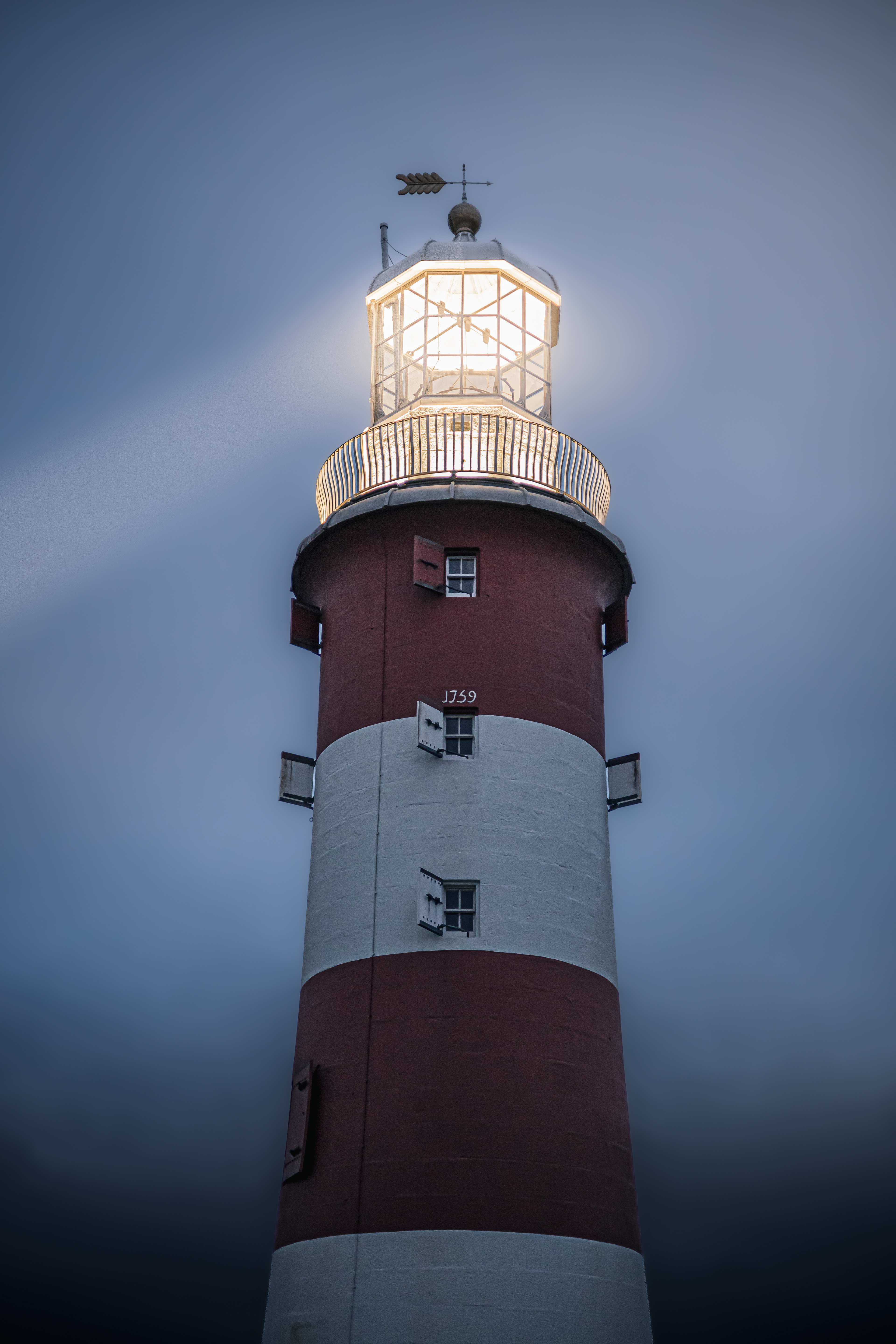
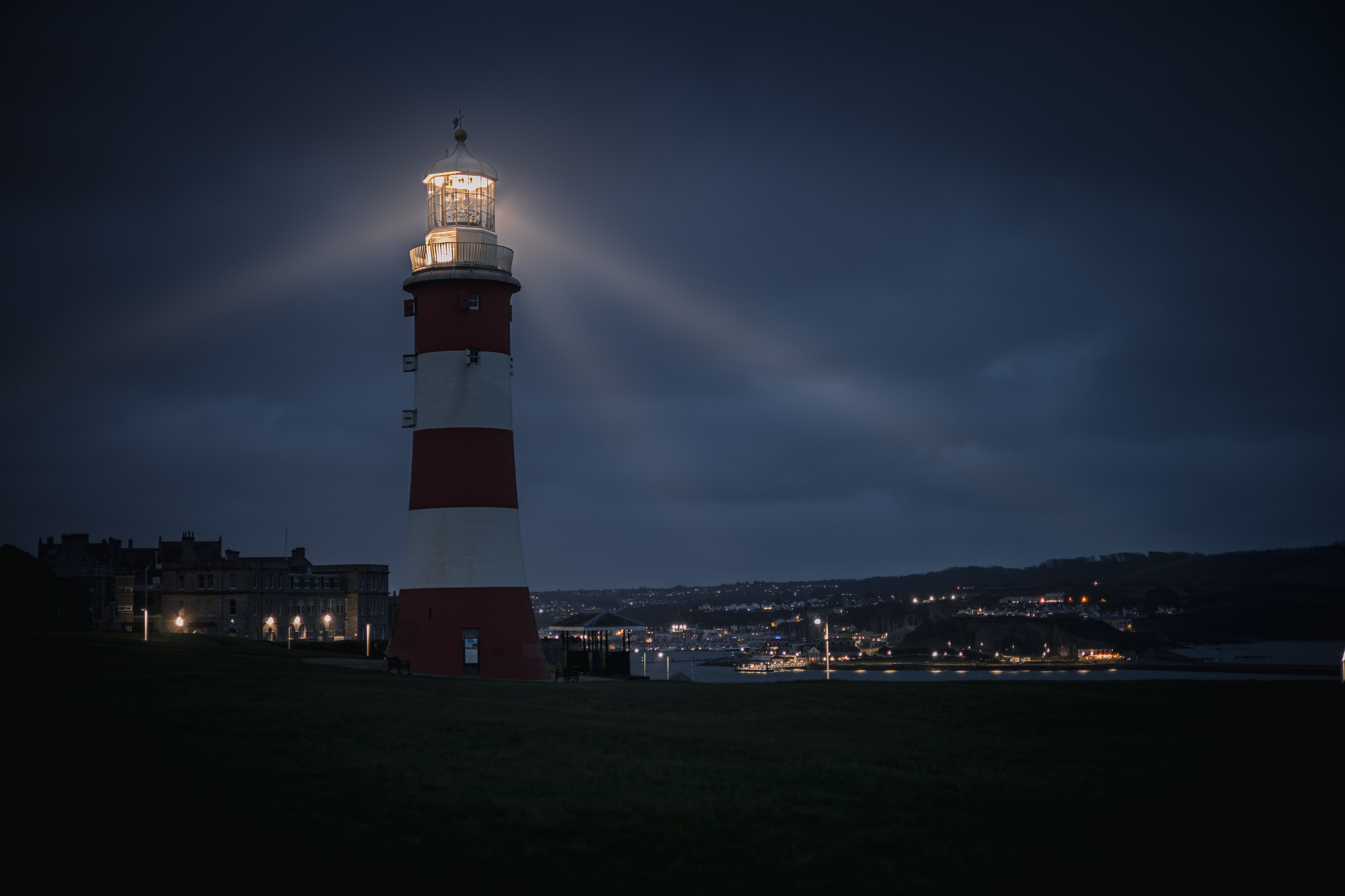
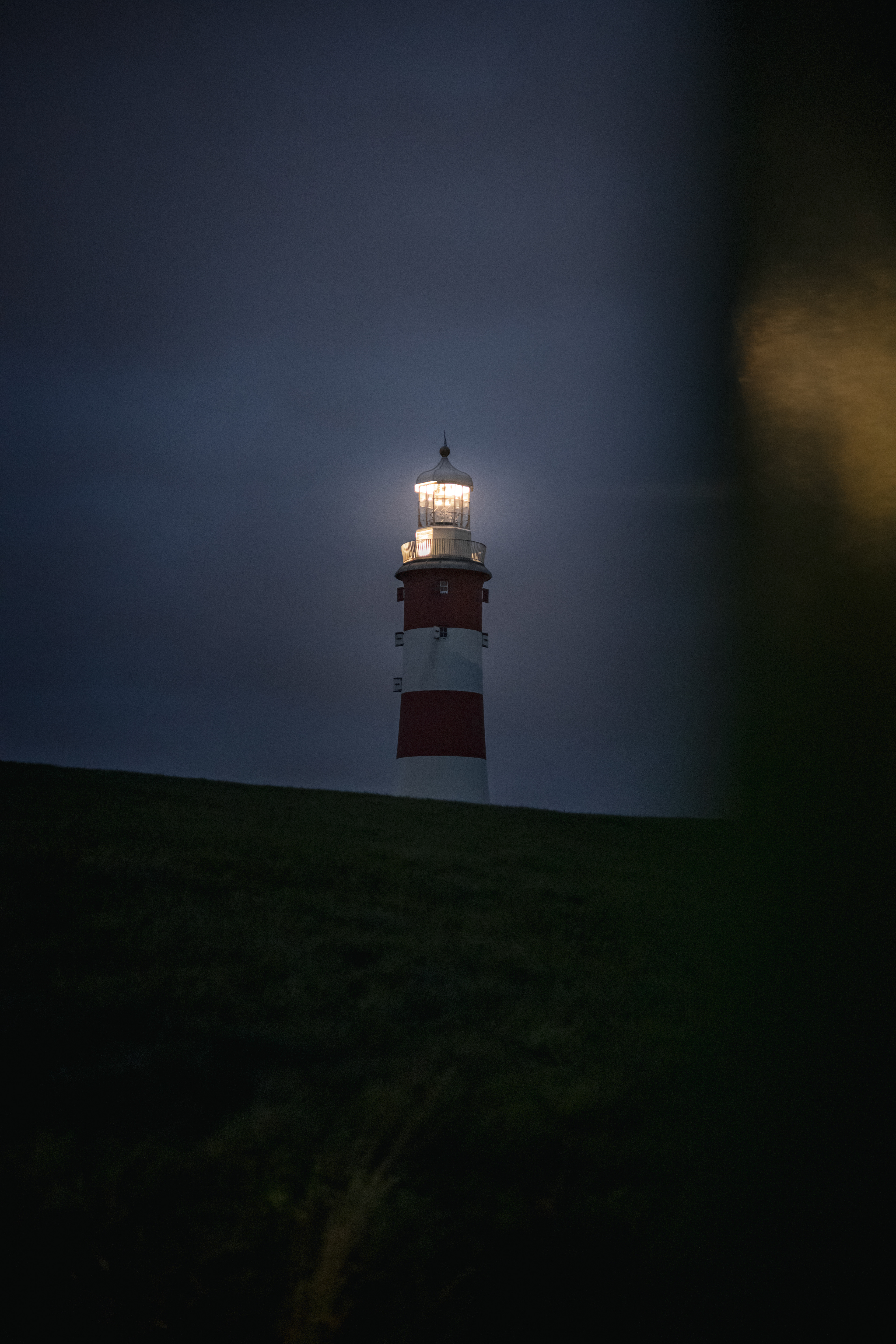
The Cornish Tin Miners & Mines
Cornwall is a well-known place for mining landscapes - found in the heart of towns and villages, on hills, coastal cliffs, and even on rocks in the Celtic Sea! Mining played an important role in the Cornish economy, significantly boosting its growth. The mining boom peaked during the Industrial Revolution, when Cornwall became one of the leading mining regions in the UK and across Europe.
Mining in Cornwall and Devon, located in the southwest of Britain, is believed to have begun in the early to middle Bronze Age. Tin was the earliest metal extracted, later followed by copper. While some tin mining continued long after other metals became unprofitable, it ultimately closed in the late 20th century.
In 2021, mining made a return when a new site began extracting battery-grade lithium carbonate - more than two decades after the closure of Cornwall's last tin mine in 1998.
Due to the significance of metal mining in Cornwall, the Camborne School of Mines was founded in 1888 as the UK's only specialist institution for hard rock mining. Today, it continues to teach mining alongside other earth sciences, supporting the region's economy.
Many historic engine houses from Cornwall's mining past can still be seen near or within Redruth and Camborne!
The bedrock beneath Stray Park in Camborne consists of metamorphosed slate. Tin and copper were the primary minerals mined there. Since copper is found at shallower depths than tin, it was the first to be discovered and extracted. The deepest engine shafts extend below 180 metres.
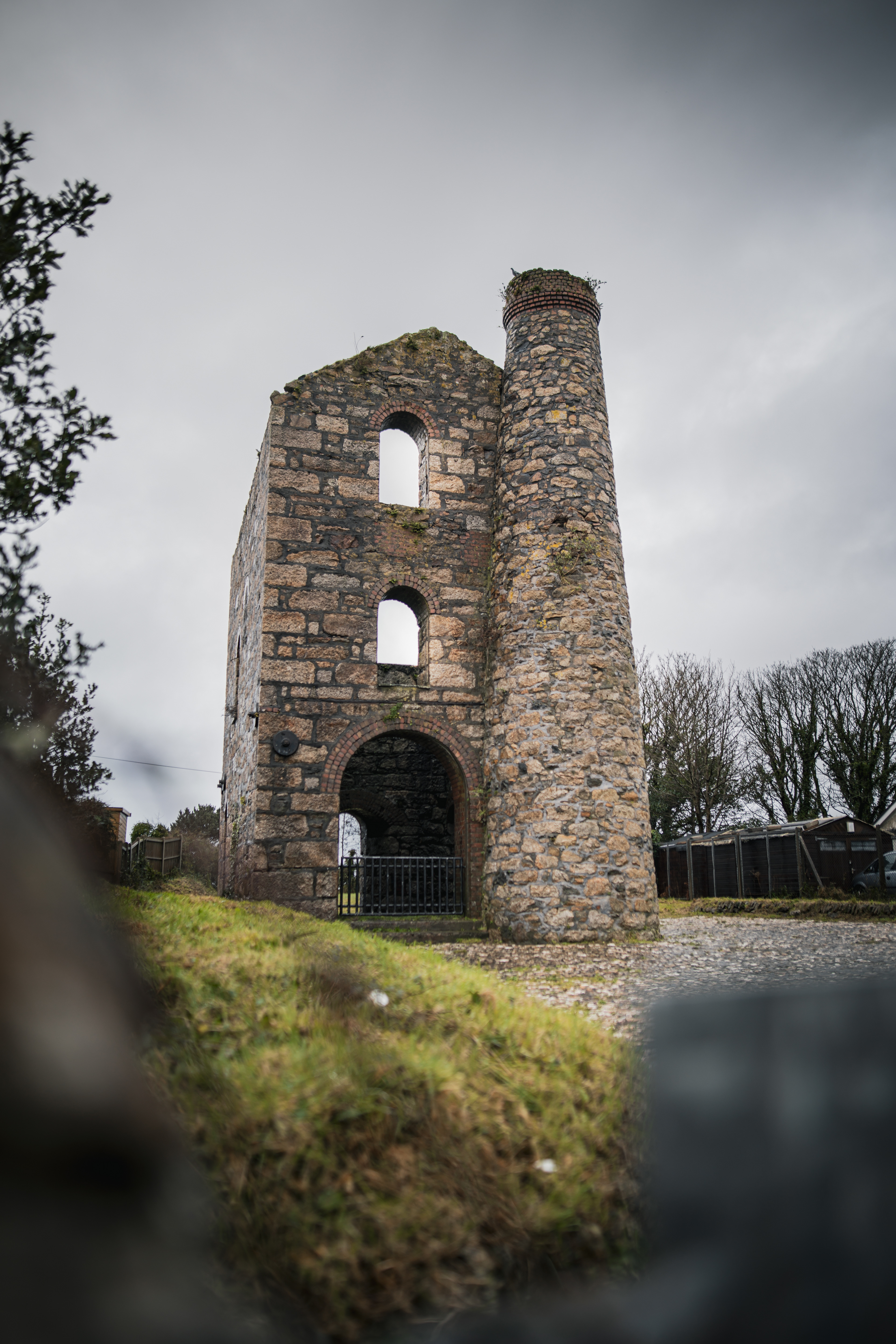
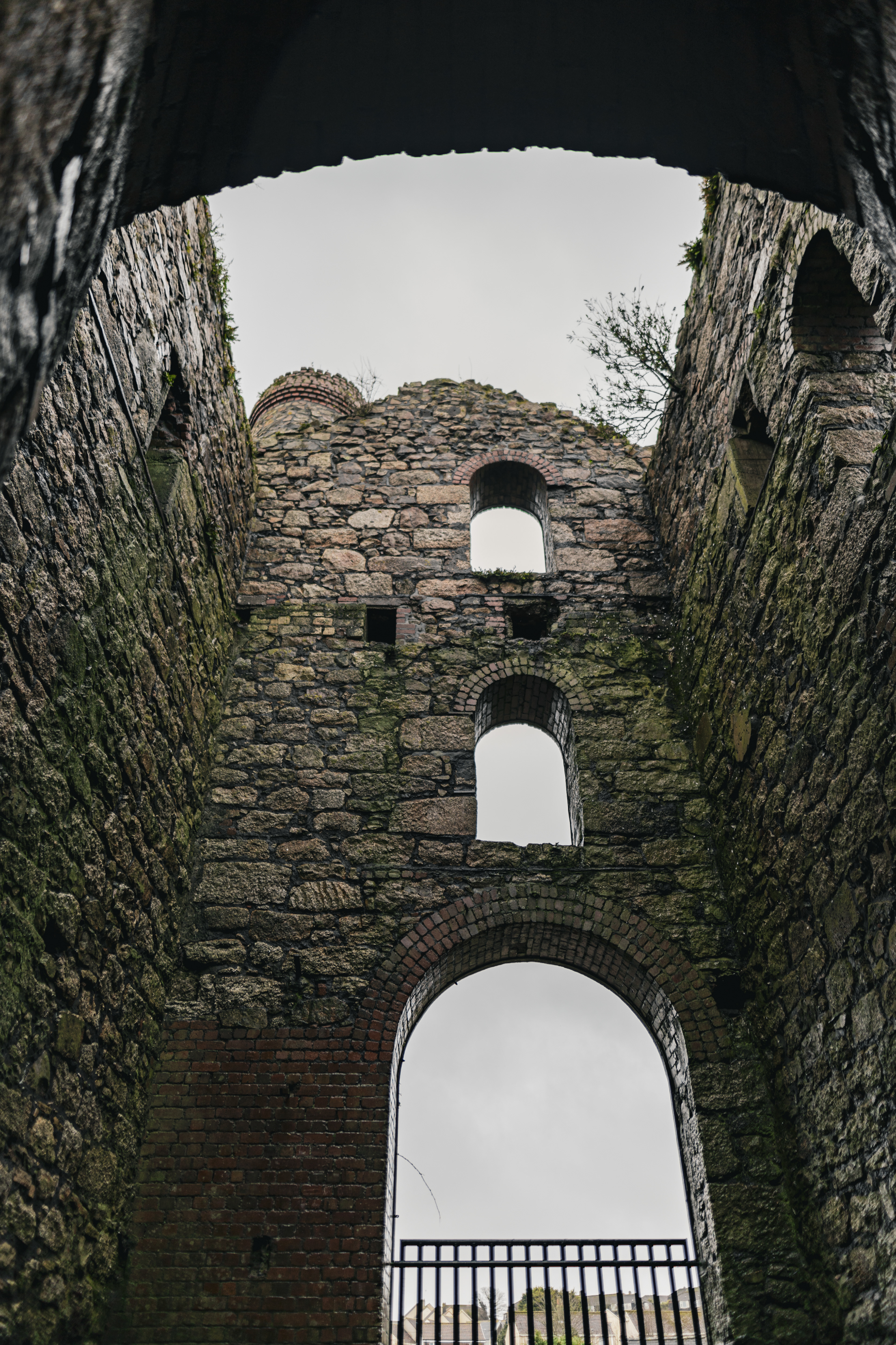
Newquay
Newquay is one of the most popular towns in Cornwall, located on the north coast of the county. It is seaside resort and a fishing port on the North Atlantic coast of Cornwall, near to both - Truro and Bodmin. The town is bounded to the south by the River Gannel and to the northeast by the picturesque Porth Valley. The western edge of the town meets the Atlantic Ocean at Fistral Bay, which is also part of the Celtic Sea.
Newquay has been expanding inland since its origins as the former fishing village of New Quay, which began growing in the second half of the 19th century. Today, around 25 000 people live in Newquay, but the population can reach up to 100 000 or even more during the summer months. This is because Newquay hosts a vast range of holiday accommodations, making it the most visited summer destination for Britons. The resort is widely regarded as the surfing capital of the UK. At the heart of Newquay's renowned surf scene is Fistral Beach, known as one of the best surfing spots in Cornwall. In addition to Fistral, Newquay is home to eight other stunning beaches, each offering its own unique charm.
The town still can attract with some of its historic buildings, one of them - Huer's Hut, an old stone building on one of the headlands, used in the past by the fisherman.
Newquay has its own airport, used by the British air forces and passengers travelling from and to other points around the UK, Ireland, and few western European countries.
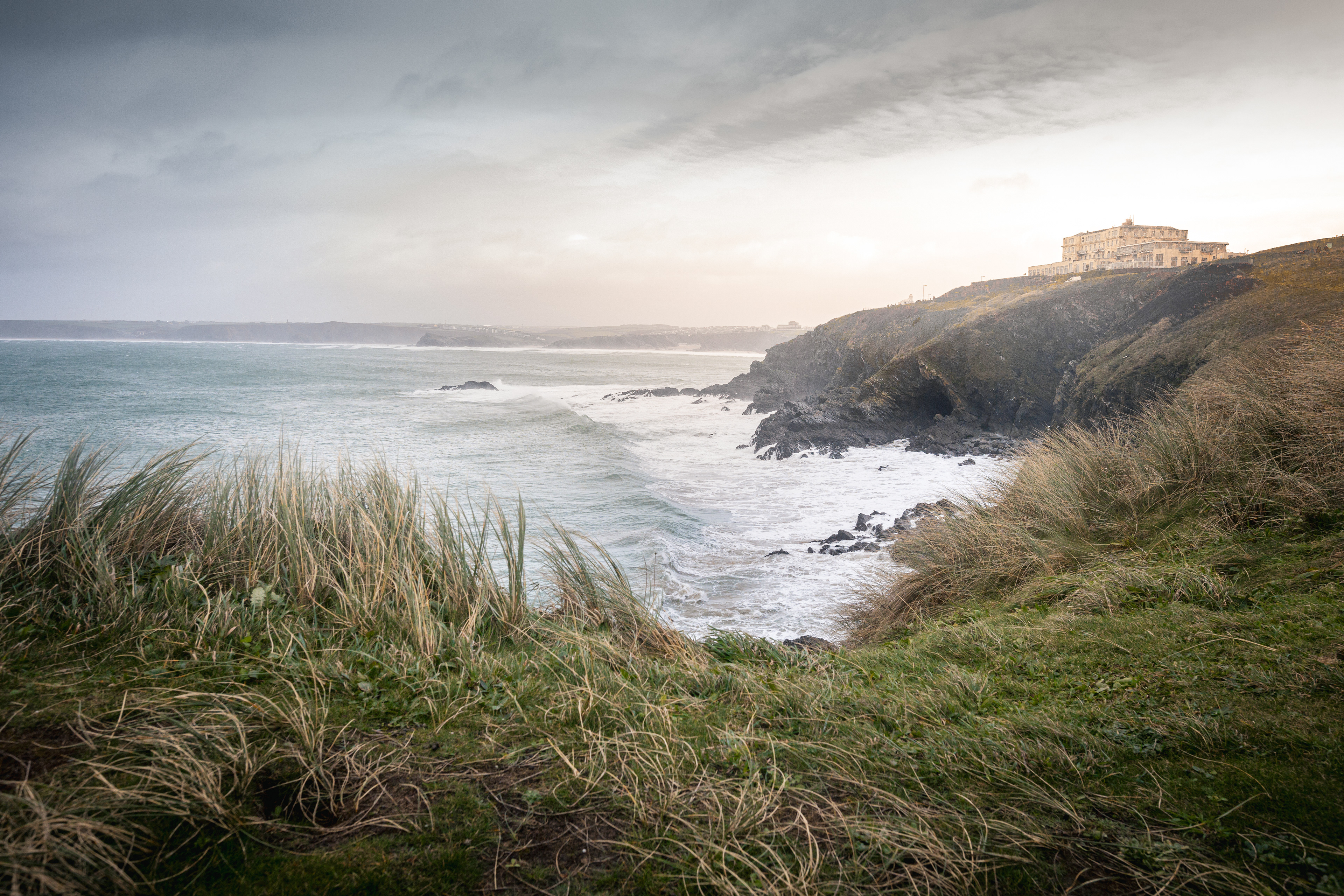
I have been to Newquay many, many times, and without a doubt, it is one of my fav places! Despite its windy reputation, which is absolutely true, by the way, I always enjoy every step through the hills and cliffs, on top of which Newquay is built!
The town has something for everyone, offering a variety of attractions, including pubs, a zoo, restaurants, breathtaking beaches, historic sites such as Huer's Hut, parks, botanical gardens, and nature reserves.
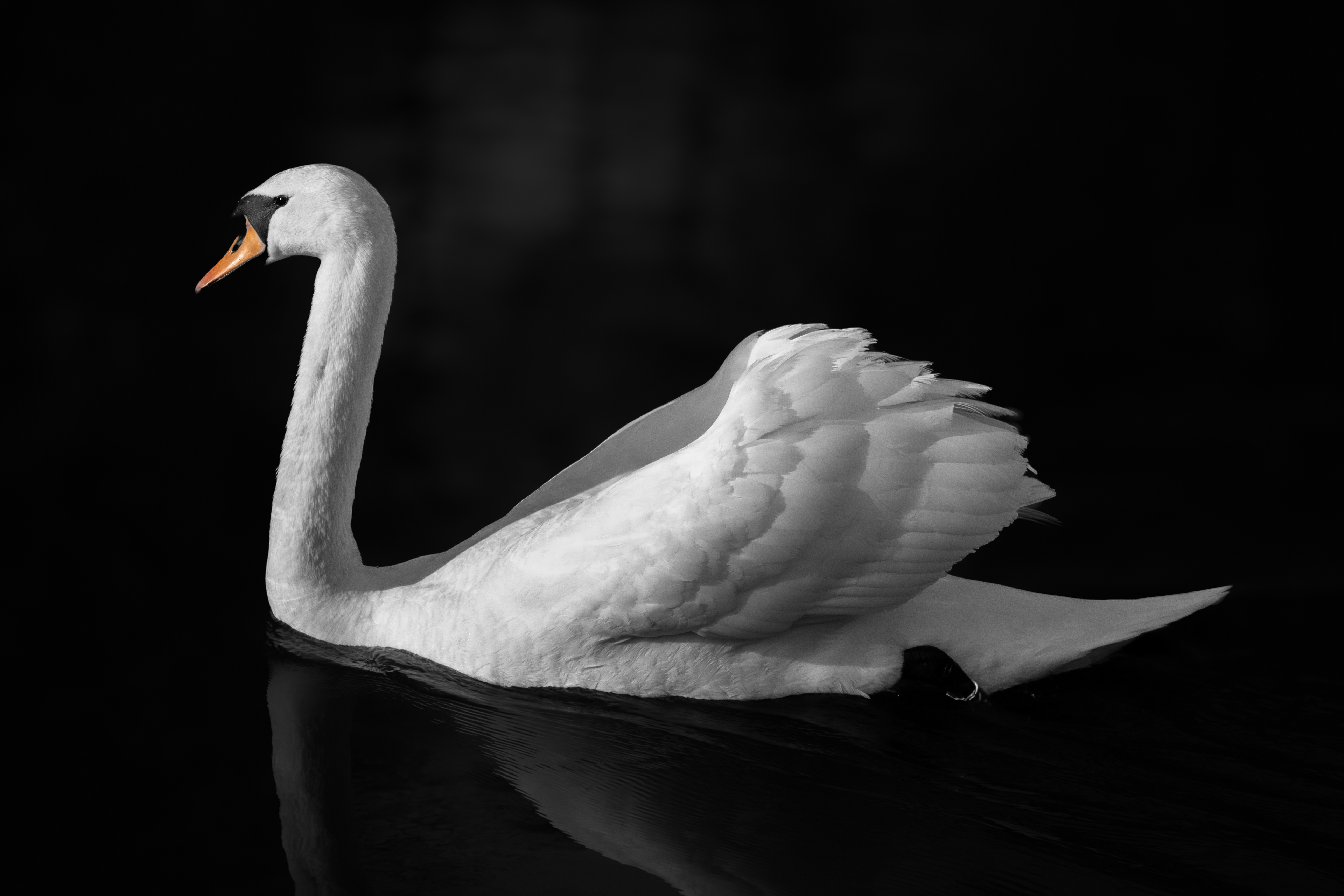
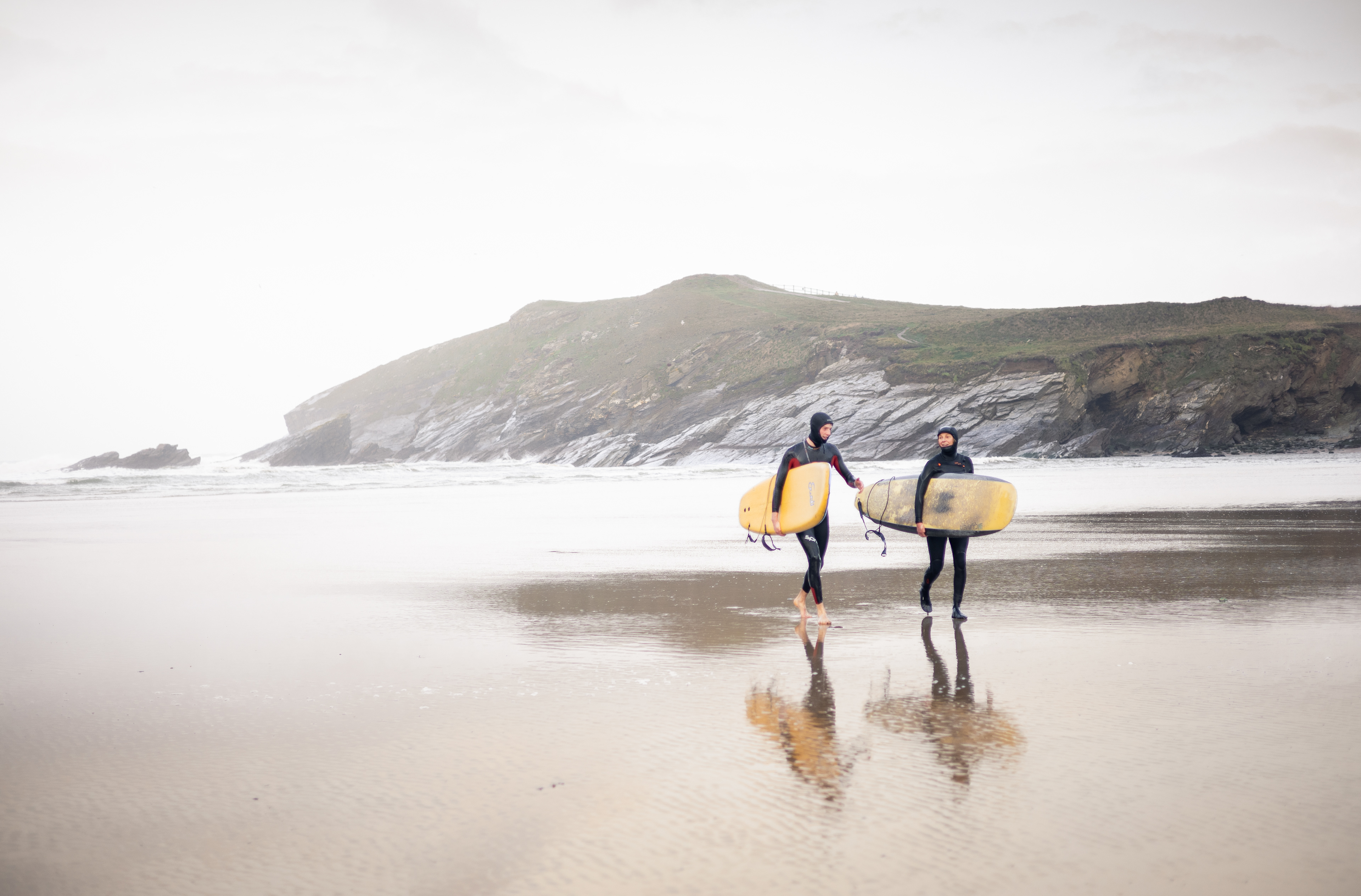
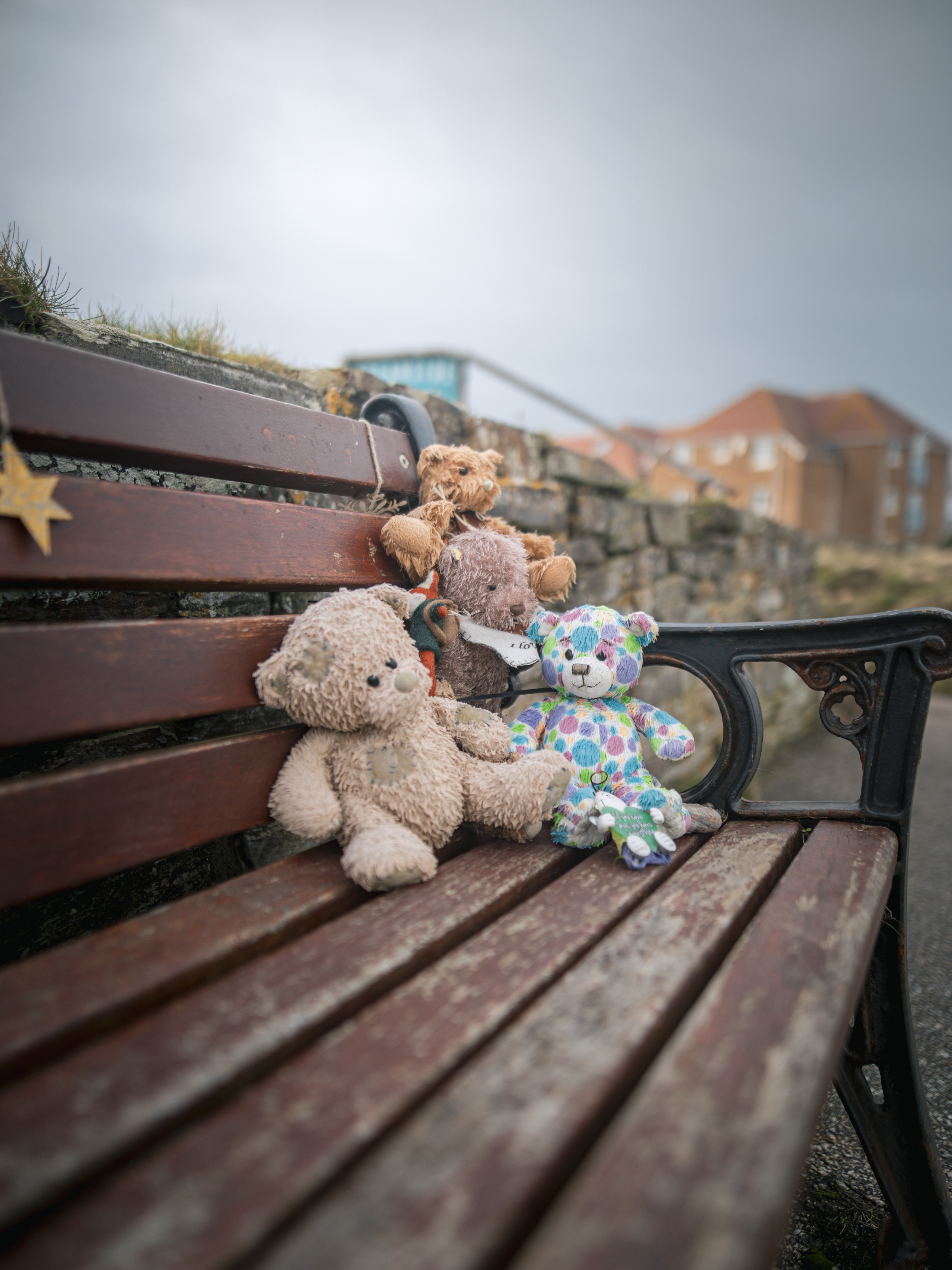
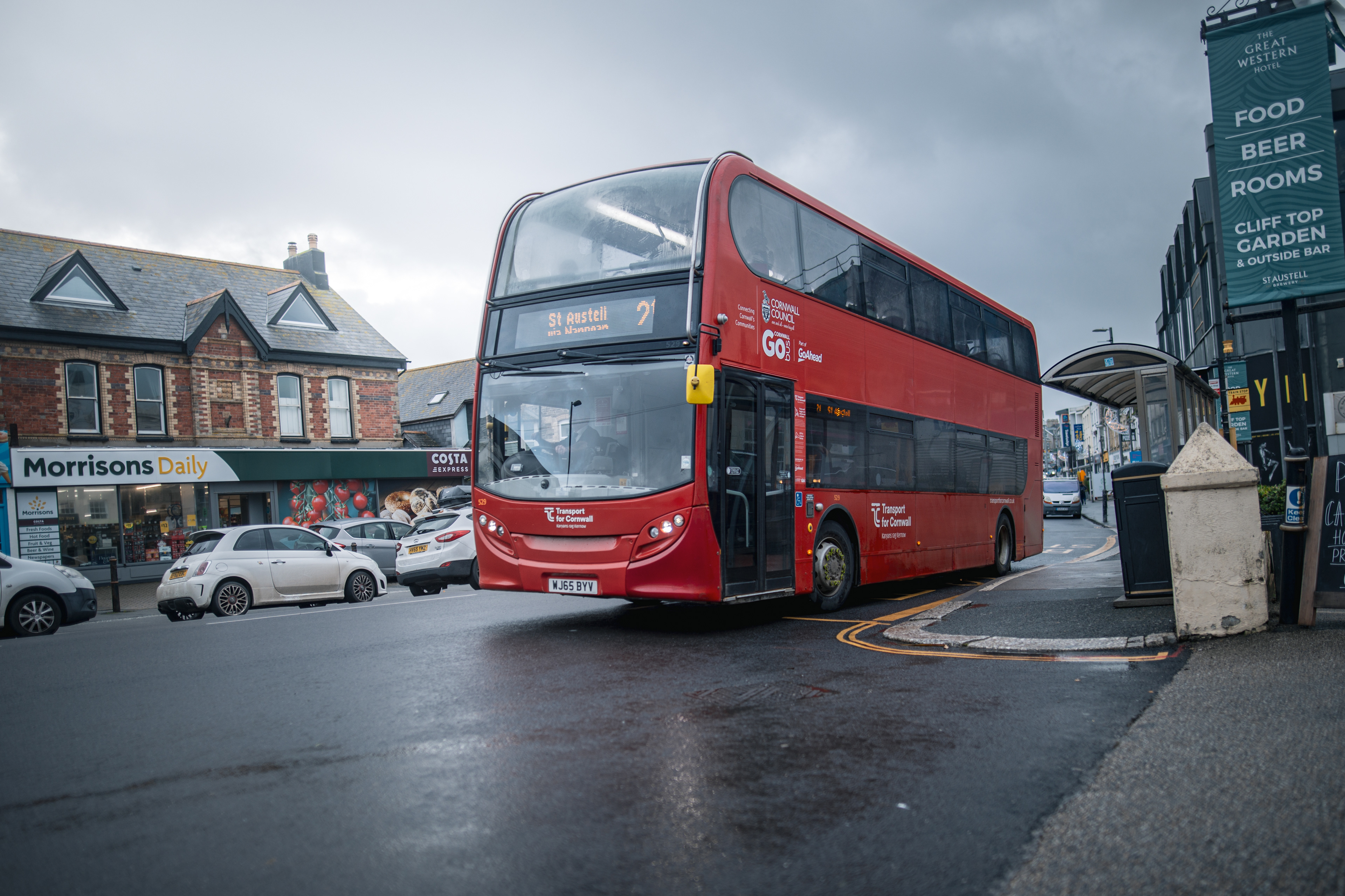
HUER'S HUT
The distinctive small, round, white shape of the Huer's Hut, with its disproportionately large chimney, can be seen from miles down the coast. Perched on the cliff top high above the harbour, the building is thought to date back to the 14th century when it was used as a lookout by a huer. The huer's job was to watch for the signal signs of pilchard shoals (older sardines) and then alert the townsfolk to their arrival.
Upon spotting such a shoal, the huer would alert the town with cries of 'Hevva, Hevva!' ('Here they are!'), upon which, the townsfolk would drop everything to rush down to the harbour to launch the fleet and prepare to land the tons of fish.
Spotting the pilchards was not the end of the huer's duties - once the fishing boats were in position, the huer would also direct the movement of the boats at sea. His semaphore-like signals (a system of sending messages by holding the arms or two flags in certain position, according to an alphabetic code) made with two 'bushes' - originally small furze bushes covered with cloth - were clearly visible from the water. The bushes were sometimes used to signal news to local men on passing ships too, such as the birth of a child to their wives!
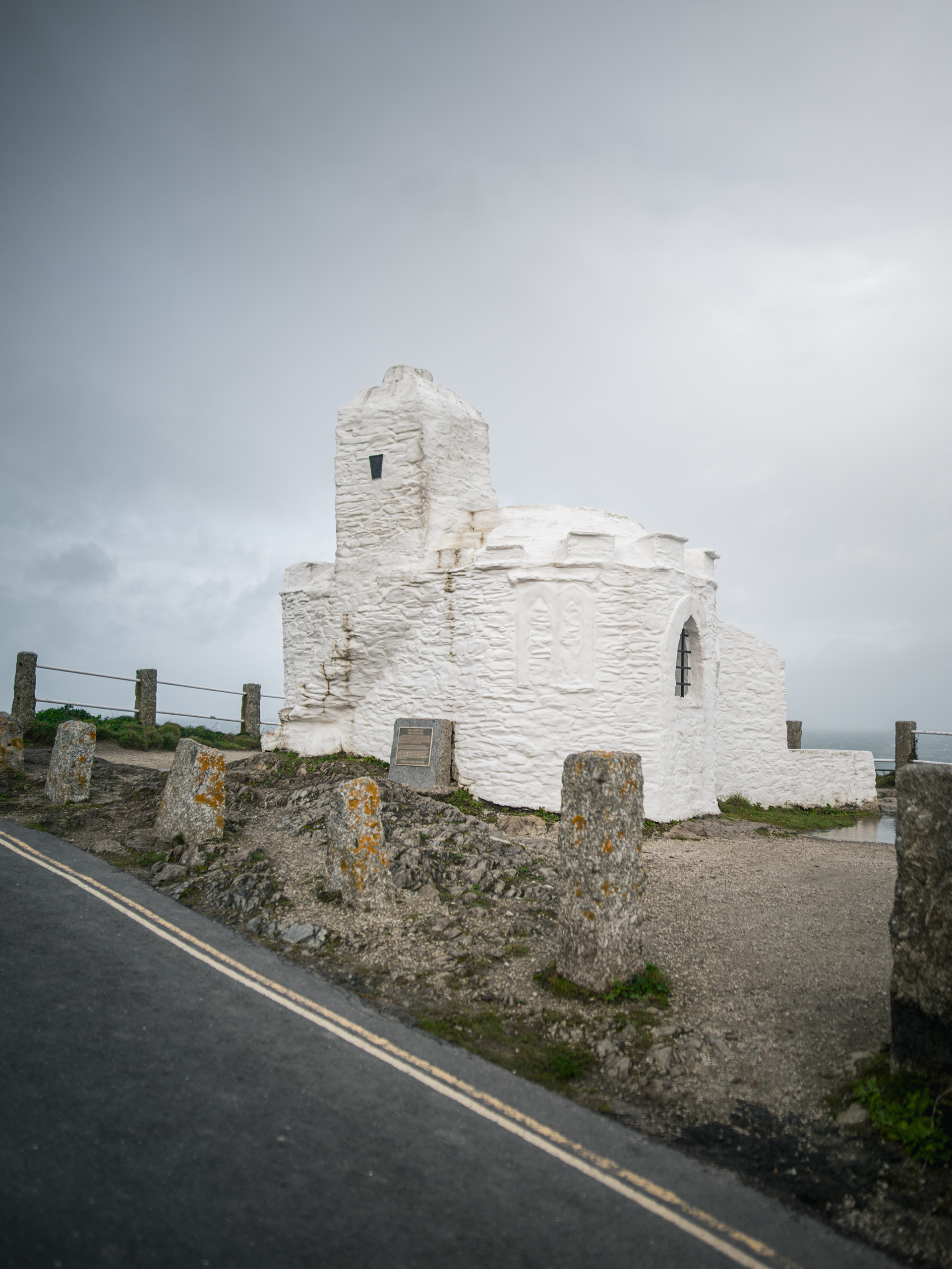
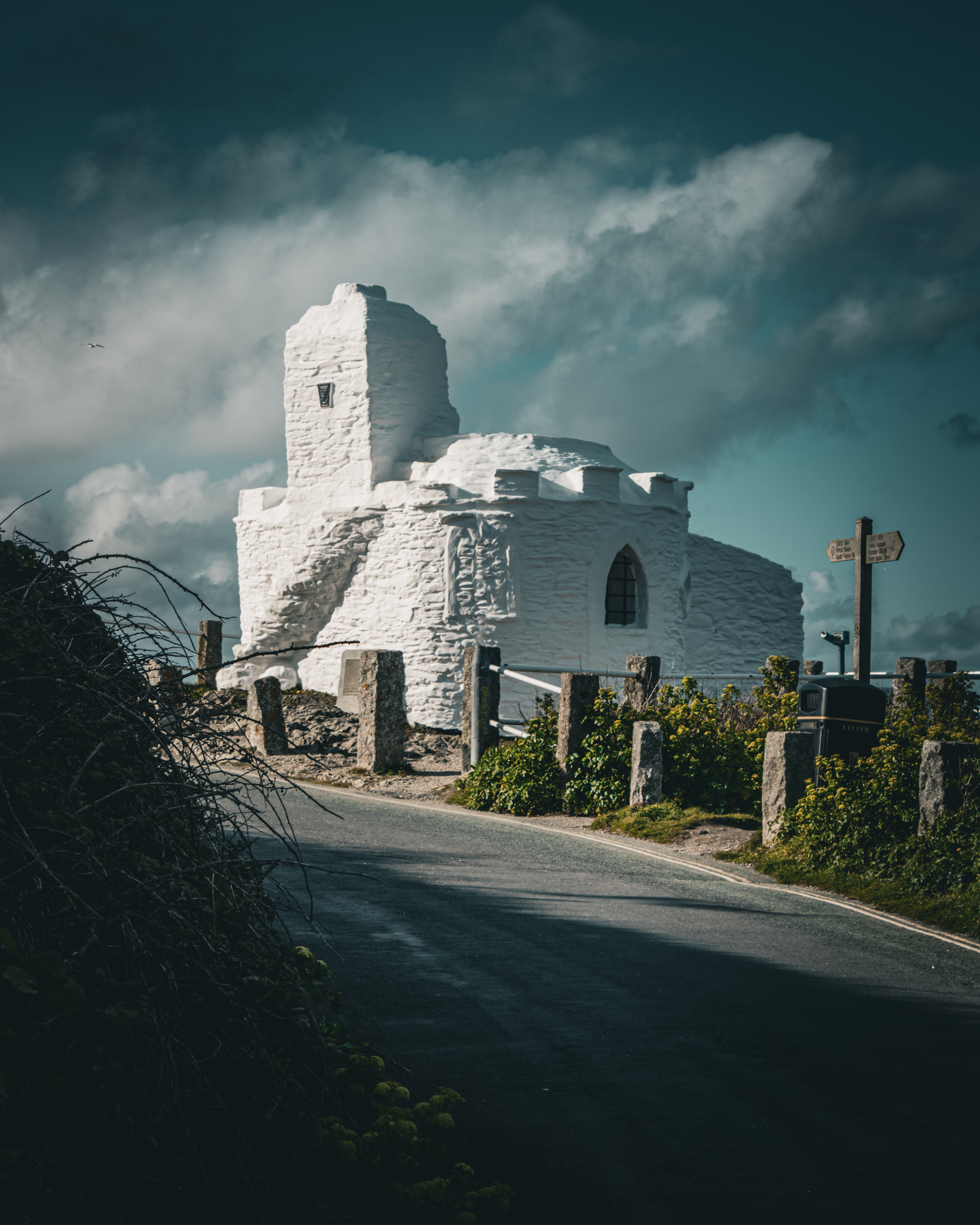
THE GANNEL
The Gannel River and its estuary is a key landmark in Newquay, creating a high-tide divide between Newquay and neighbouring Crantock. The unusual geography and tidal flooding create a unique and unspoilt landscape that is enjoyed by nature lovers, and adventurers.
The Gannel is a river that rises in the village of Indian Queens, it flows north and joins the Celtic Sea. The Gannel's estuary runs inland from Crantock beach, that separates Newquay from Crantock and Pentire Headland. A stunning and quiet, nature-rich place that provides an antidote to the business of Newquay town. At low tide the area is a walkers and dog walkers heaven and at high tide the entire estuary floods creating a perfect wetland for birds and other wildlife to flourish.
The Gannel is a completely different place at high tide to low tide providing a nice bit of variety for the regular visitor. Two to three hours either side of low tide both Gannel crossings are accessible on foot, making the entire stretch of estuary walkable. Then as the tide floods, watercraft owners come out to enjoy this pristine stretch of flat water.
The Estuary is an important location for migratory birds. Thus, the place is also a bird watchers paradise with up to 5 000 species having been recorded here.
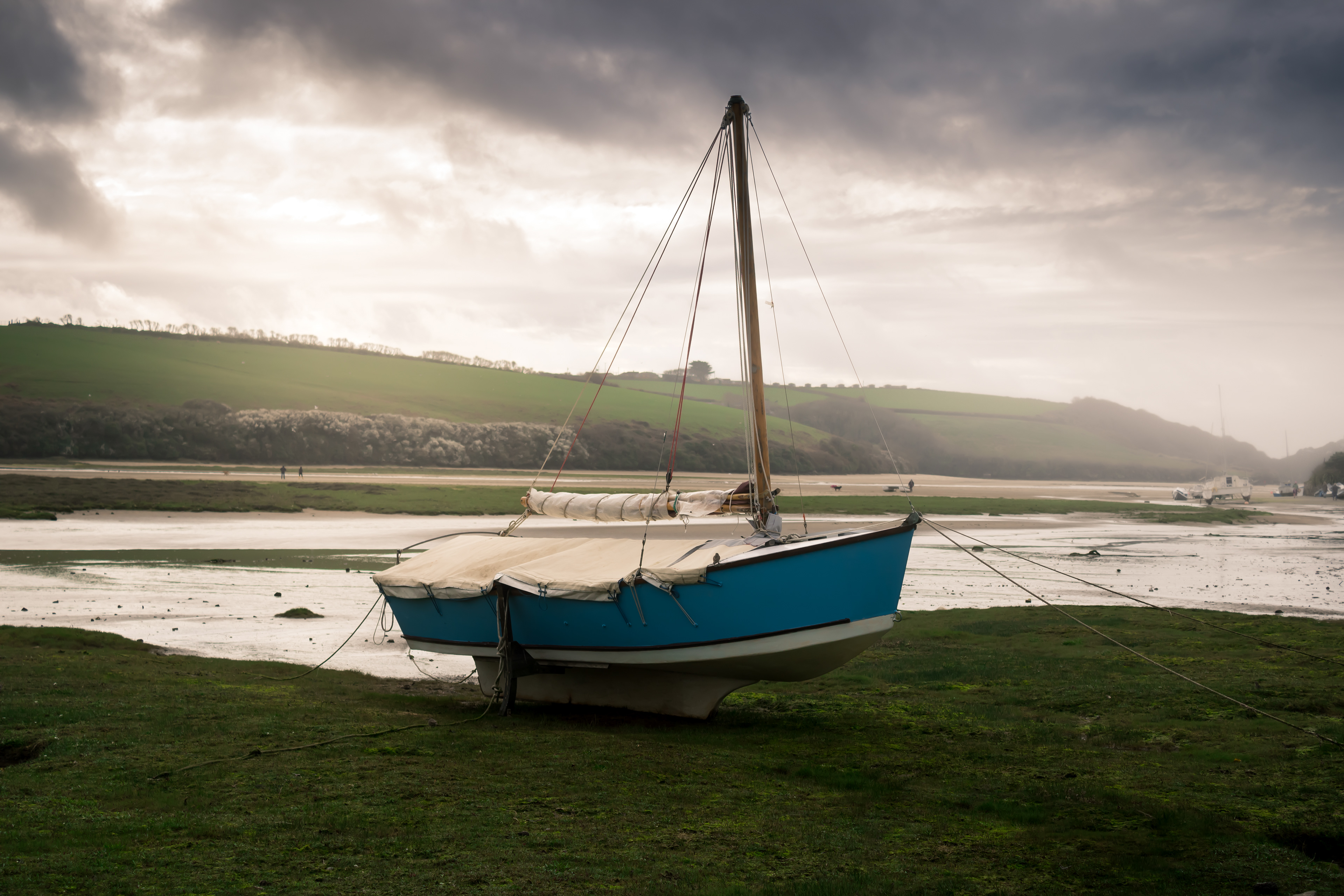
Along the coast of Newquay
During my last winter holiday in the county, I dreamed of making the walk from Porth to the Gannel. It is a potential walk stretching from almost one end of Newquay's coastline to the other (only excluding Whipsiderry Beach). I planned it and decided to give myself an entire day for that end-to-end walk, due to its few kilometres in length. I woke up early, had a 20-minute walk in the dark from Tregaswith to St. Columb Major, where I took the first available bus to Newquay. After the drive, the bus took me to the town. Shortly after sunrise, my daily trip started from Porth (district of Newquay). There, I explored Porth's Beach and the first headland for the day - Trevelgue Head, north of the beach. North of that cape is the real northern point of Newquay (Whipsiderry Beach), which would have been time-consuming to do in the same day. On top of the headland, I felt a bit stressed due to heavy ocean winds, so I decided to go back to Porth. That first stage of the walk took me roughly an hour or two.
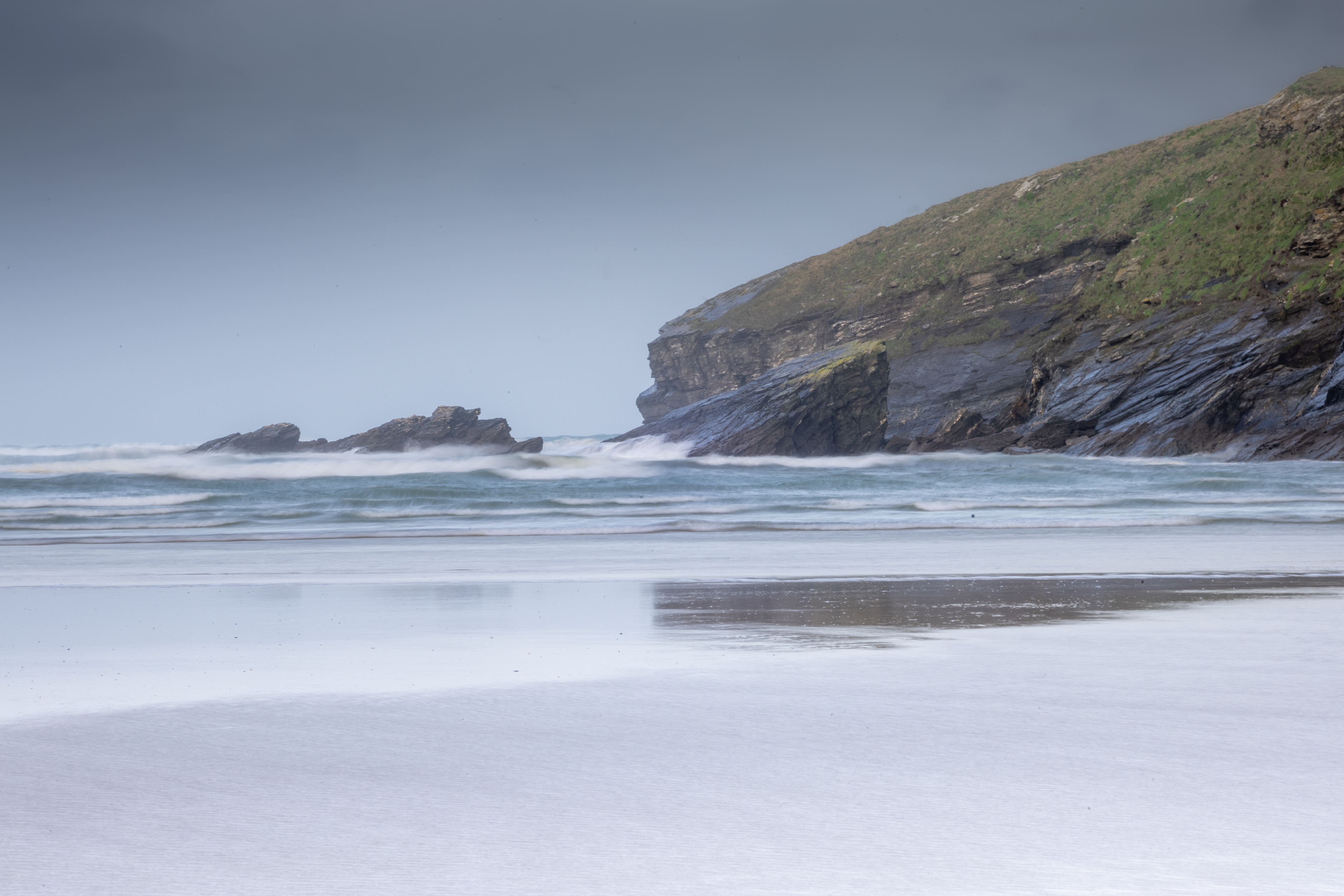
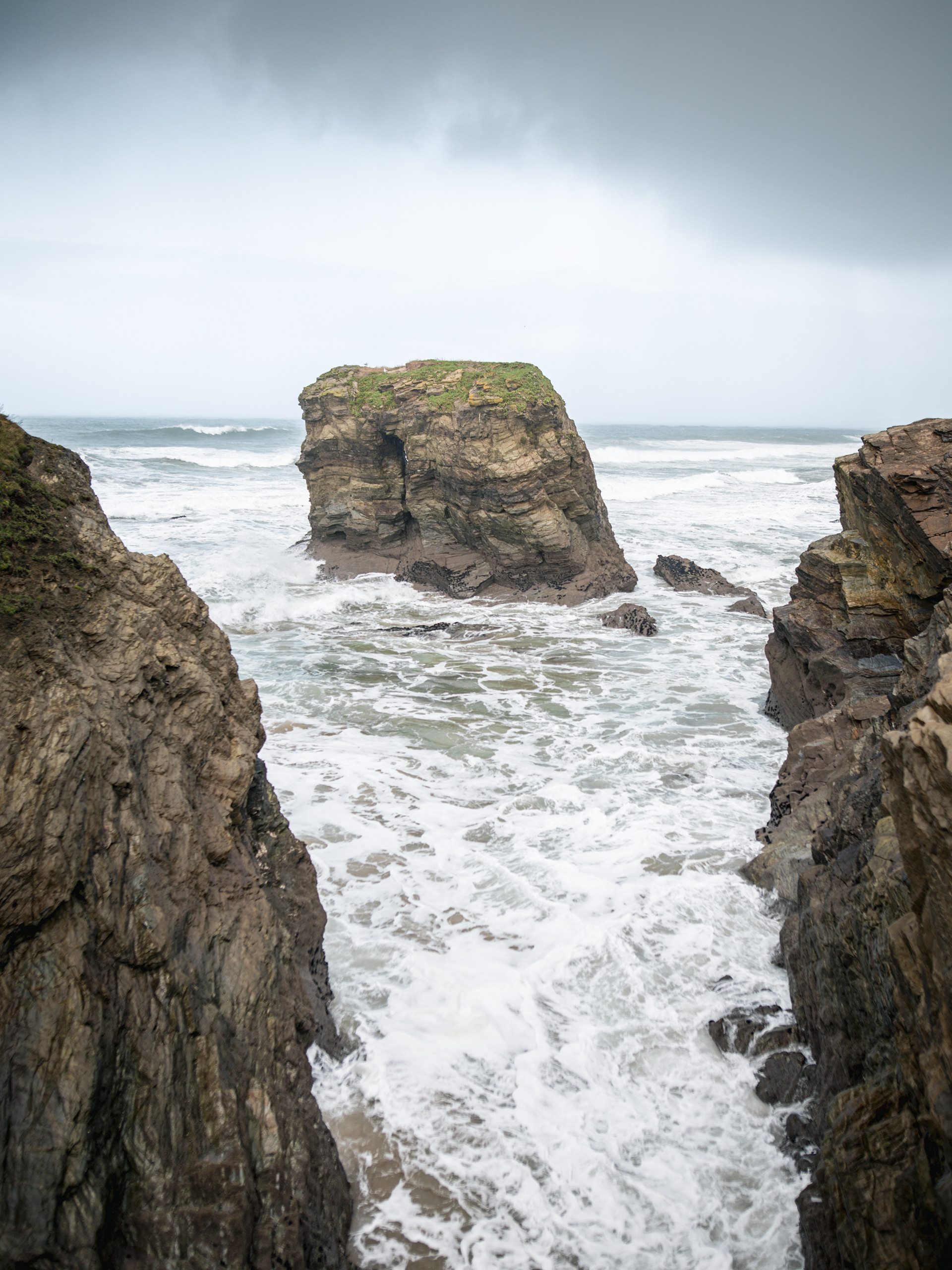
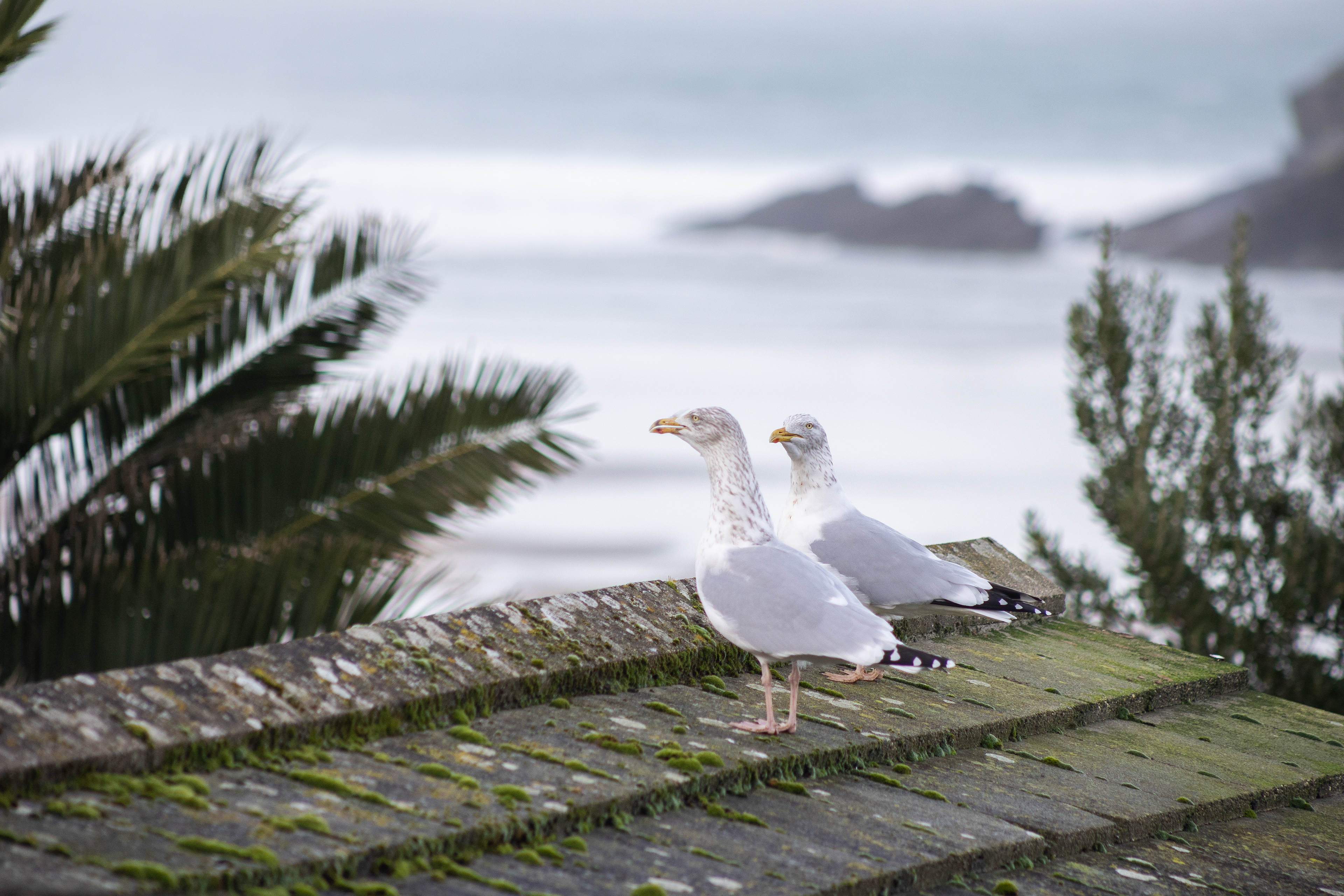
My next stop was the Glendorgal Headland, south of Porth's Beach. The view was really beautiful, with a panoramic look at the Celtic Sea, but the winds didn't help me out, and my tripod was about to fly away along with me. My hat actually was blown away, but I was lucky to find it later in a hole. So, I took a picture or two of the two surrounding beaches - Porth's to the north and Great Western Beach to the south - after which I ran away from that hell-point, with wind speeds of up to 60-70 km/h.
Right after Glendorgal, I headed down to Newquay Beach. There I took other pics of it and spent time observing caves, rocks and sands.
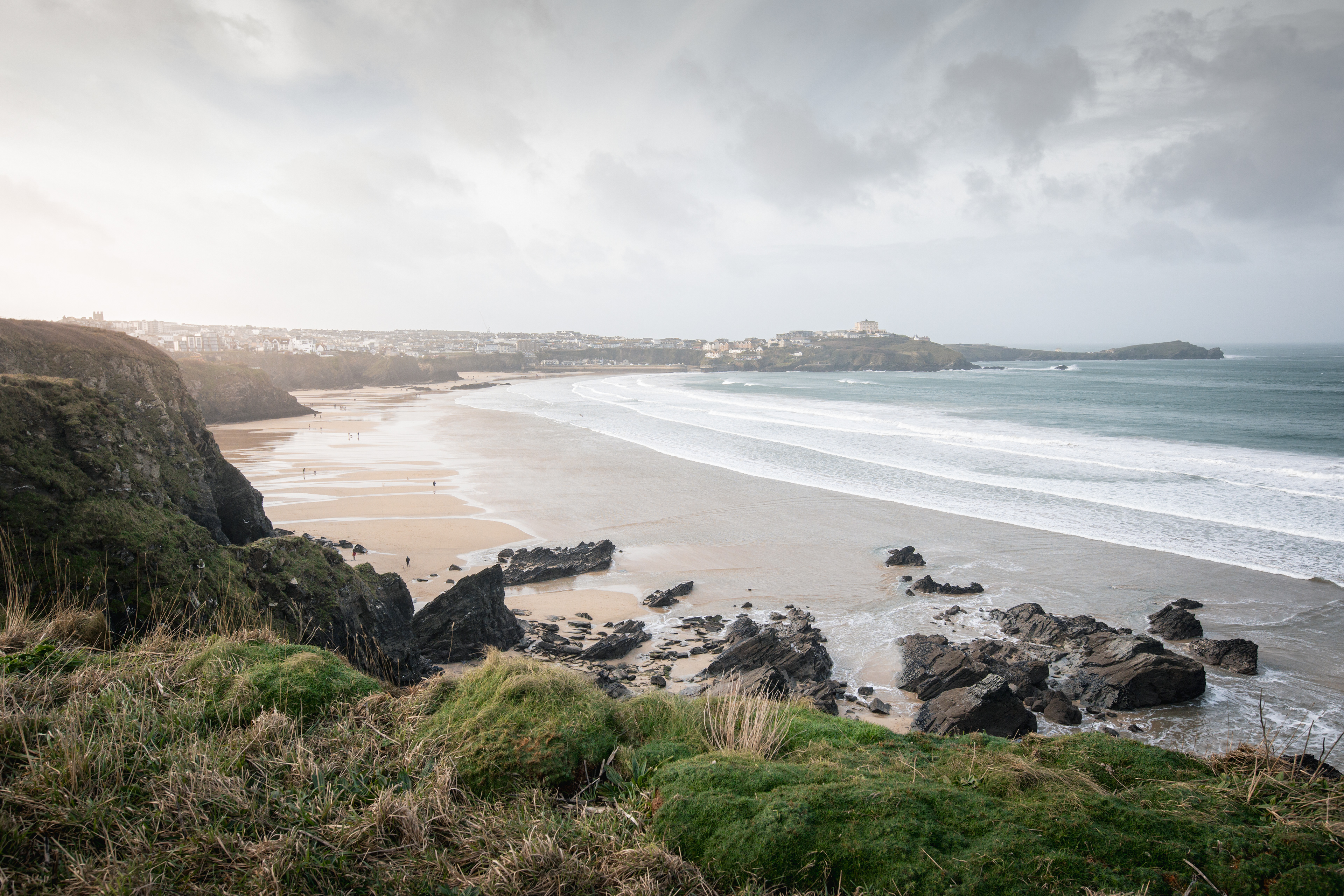

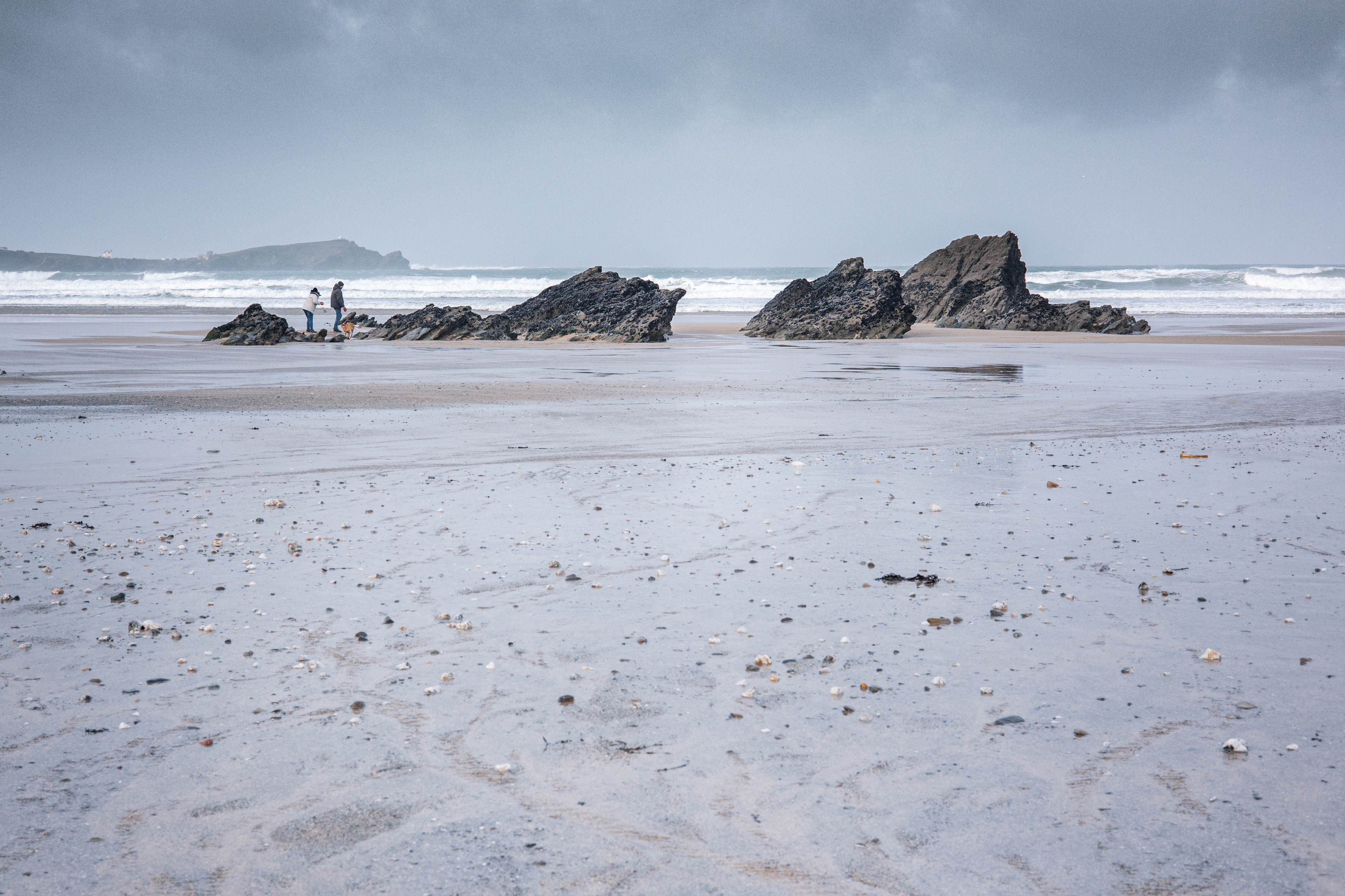
After that beach, it was time for Tolcarne Beach, Great Western Beach and Towan Beach, where the popular Island House is located.
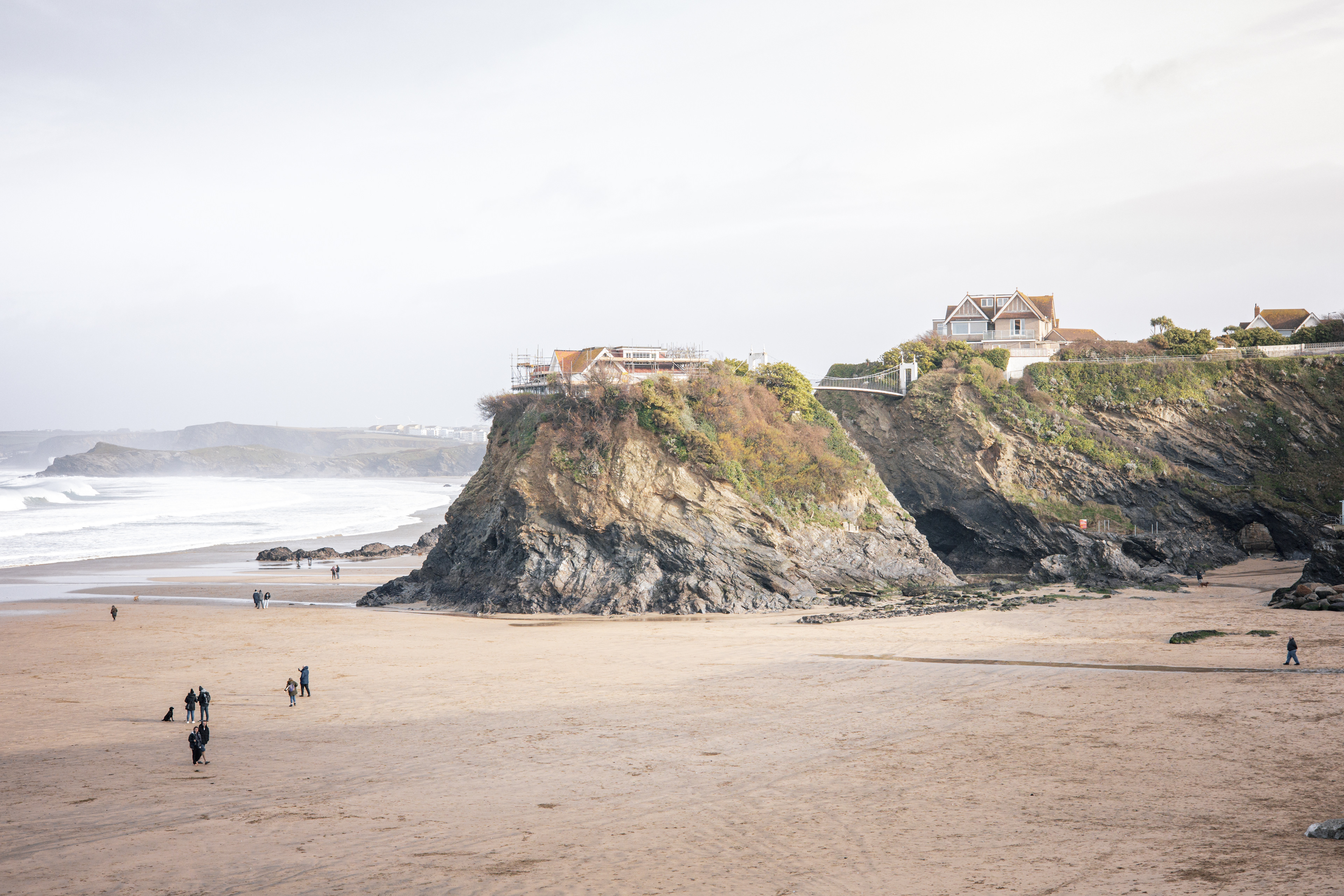
Here I was another 30 minutes apart from Newquay's harbour. There the wind almost stopped and I wasn't interrupted by it at least for now. Here usually seals can be spotted, but I wasn't that lucky.
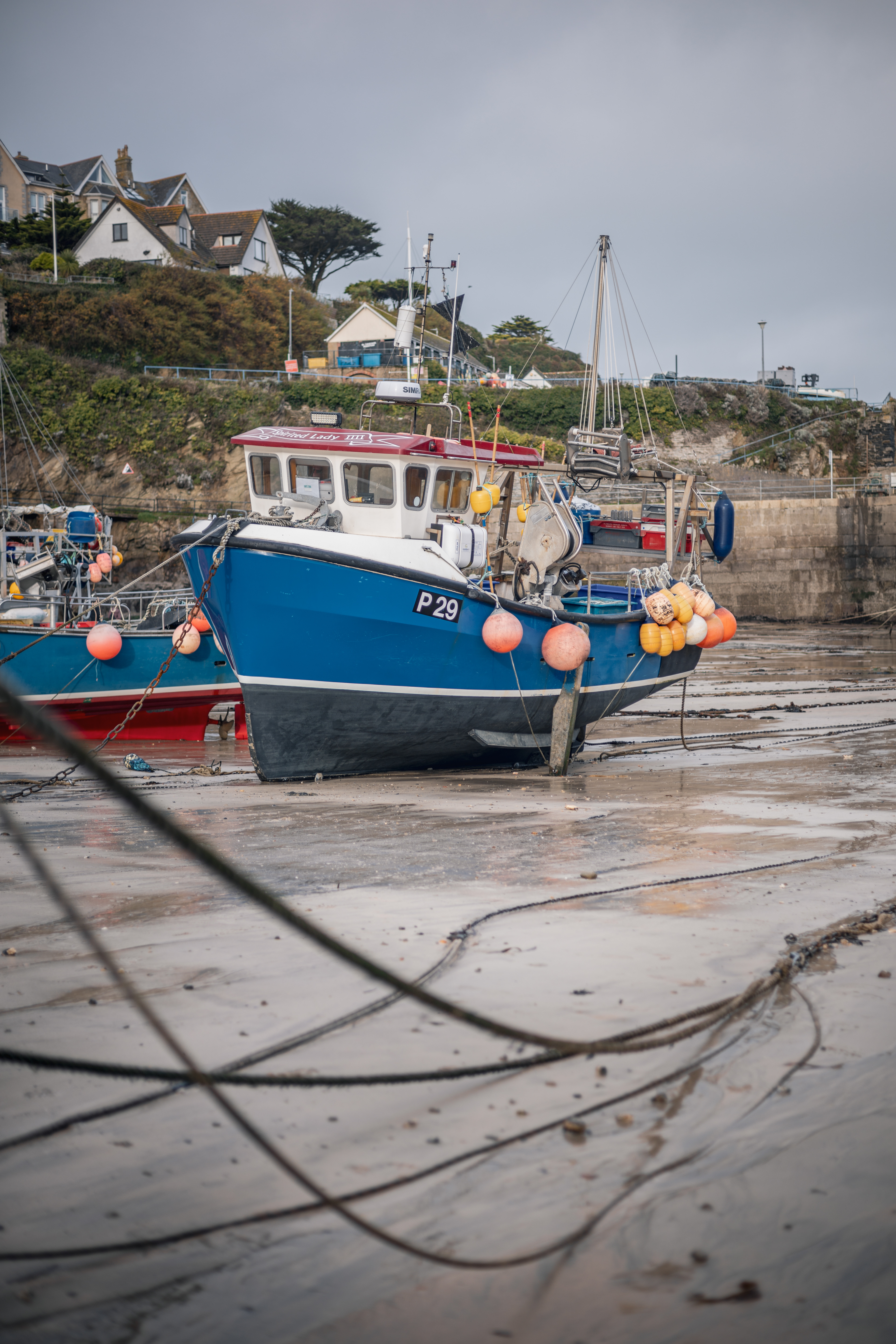
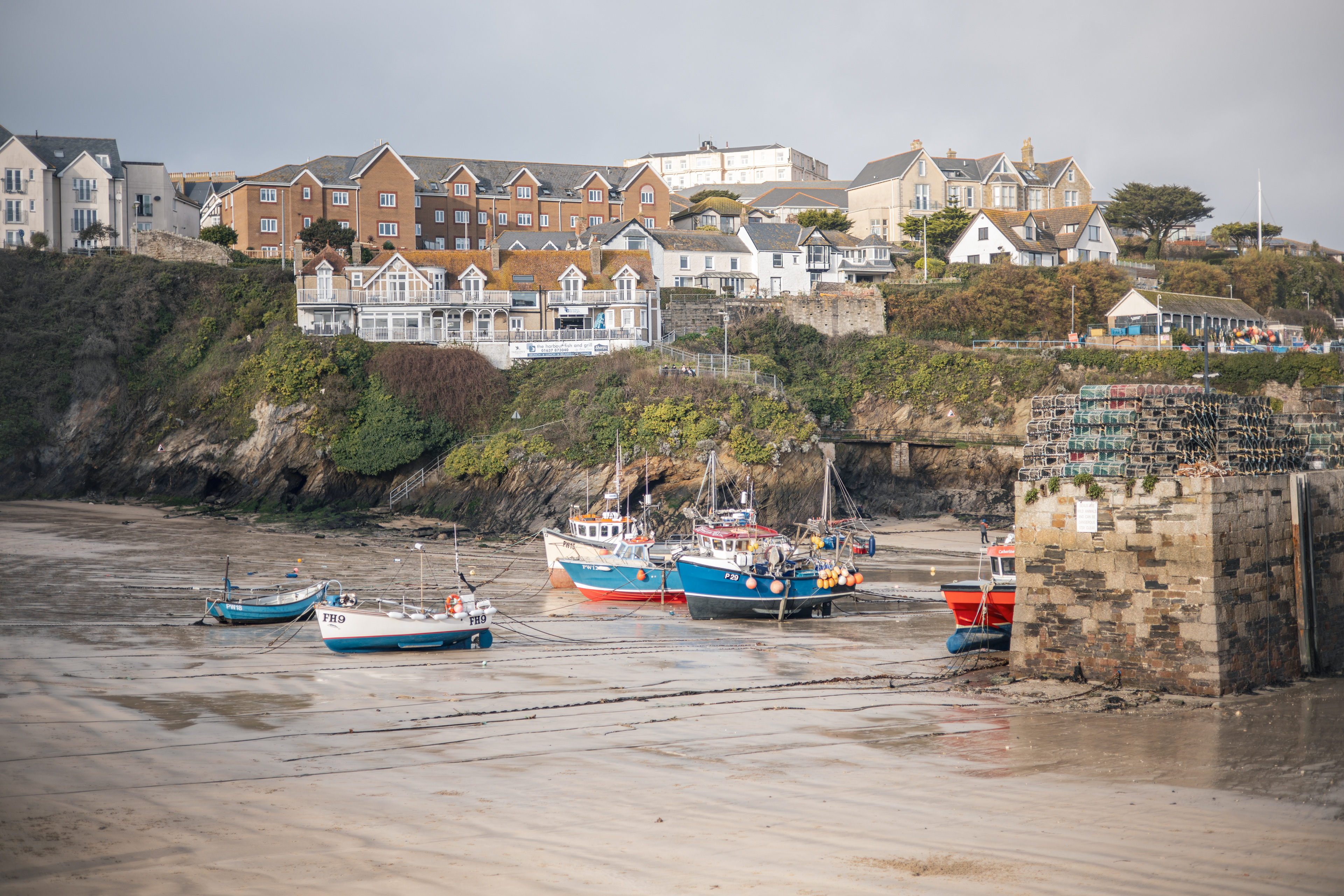
My next stop was Huer's Hut, but it wasn't my first time visiting there, and I hadn't spent much time exploring it. Instead, I hoped to have enough time until the late afternoon, so I directly headed to the Headland and Little Fistral Beach. On the way there, every minute the weather got worse. It started spitting and blowing, and I realized a storm was coming. I took a picture of the windy Celtic Sea, and a few minutes later, just when I arrived at Little Fistral, the weather changed dramatically. The wind was so strong that it made steel signs shake. I wasn't able to walk, nor to see anything. The wind was blowing into my eyes, and for a moment, I was temporarily blinded. I don't know how I managed to stay calm; soon, I found a way to get back to safe ground. There, my vision returned, but the rain was still chasing me. Wet, as if I had been in the sea with my clothes, with sand and salt water in my eyes from the wind, I could only think of getting to my warm home. It took me another two hours to get back - cold and tired. I desperately needed a cup of tea and a nap!
Would I do it again? Oh, be sure, I will! I like that kind of experience! It was a great 21 km walk for the first half of the day. Next time, I'll be looking for the second half of my plan!
English afternoons
Along my visits in the Land of Green, I connected with every single place I explored, with every landscape I observed, and with every flower and grass leaf I met! But the real time for relaxation comes in the afternoons! They are peaceful, green, filled with bird songs, and offering one of those walks I’ve already mentioned! Sometimes, after a walk, I want to take a seat in my hosts' glass-room and take a sip of English tea, paired with a bite of a biscuit or Yorkshire pie - lovely! And nothing can make such a moment more beautiful!
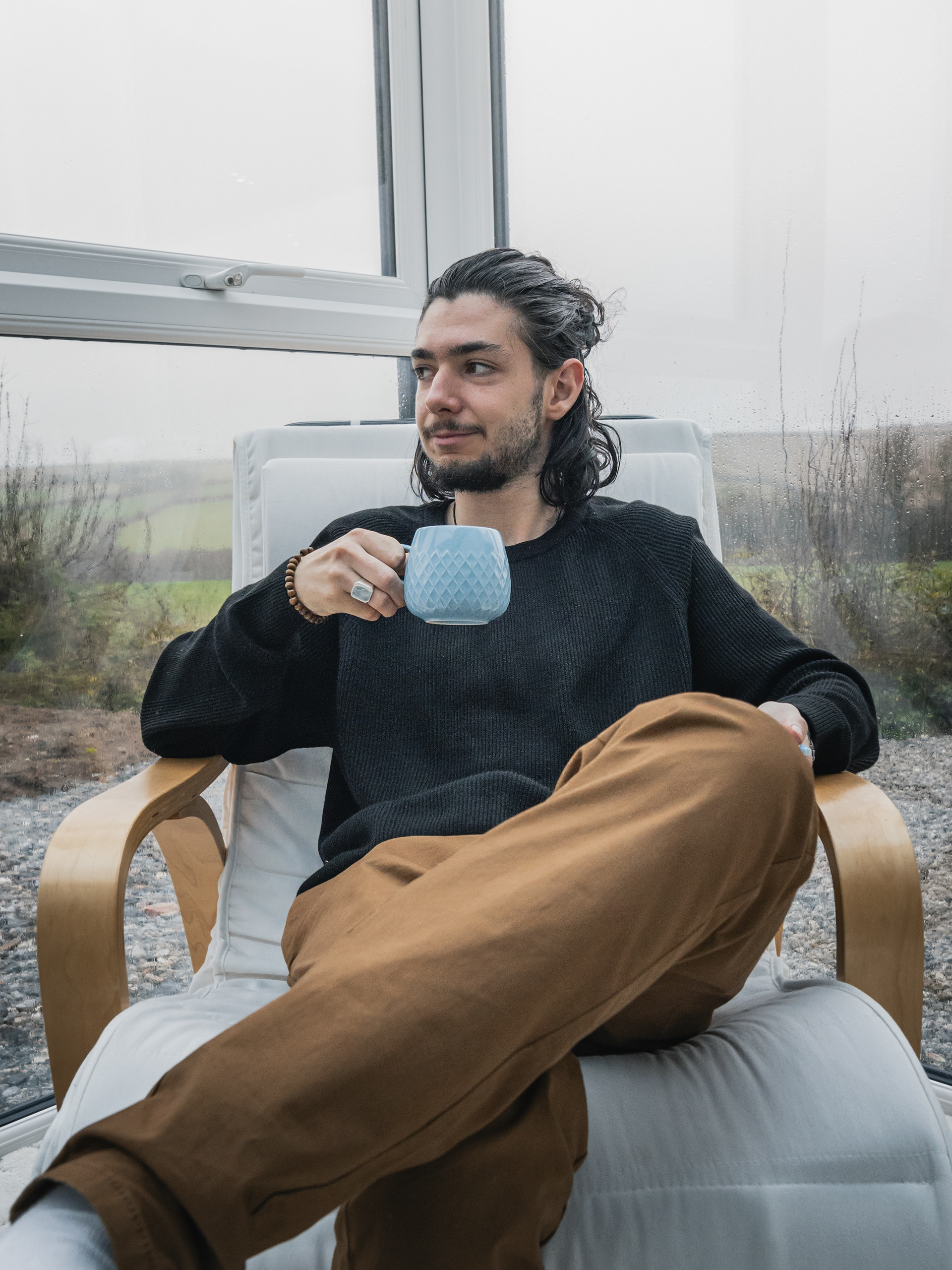

I can't deny that I had an amazing afternoon with one of Steve's workers, Mark! We had to clean an abandoned weed farm, which Steve found after purchasing his house years ago! Sounds crazy, right?! Well, it was an interesting event that I will remember for the rest of my life! After clearing the hidden weed farm, we headed to clean and demolish a shack and cut some branches in the garden for a bonfire! I remember we found a false widow spider... well, at least I thought it was, because in the UK you can only find false widows - just to scare you... At the end of the day, my afternoon finished with sausages, thanks to Nadia! So, I believe no matter what your afternoon in Cornwall is like, it can always be real fun!
Christmas & Winter Holidays in Cornwall
Cornwall is a popular place for the summer season, but during the winter months, such as December, January, February and March, it is still so green and lively! Truro and Newquay, along with other big towns, are well-decorated and ready for visitors to join in the joy of Christmas! One example is the Night Truro Market! Obviously, something quite different and interesting! Newquay and other places don’t step back, as they host a swimming day for all dressed as Father Christmas on Boxing Day!
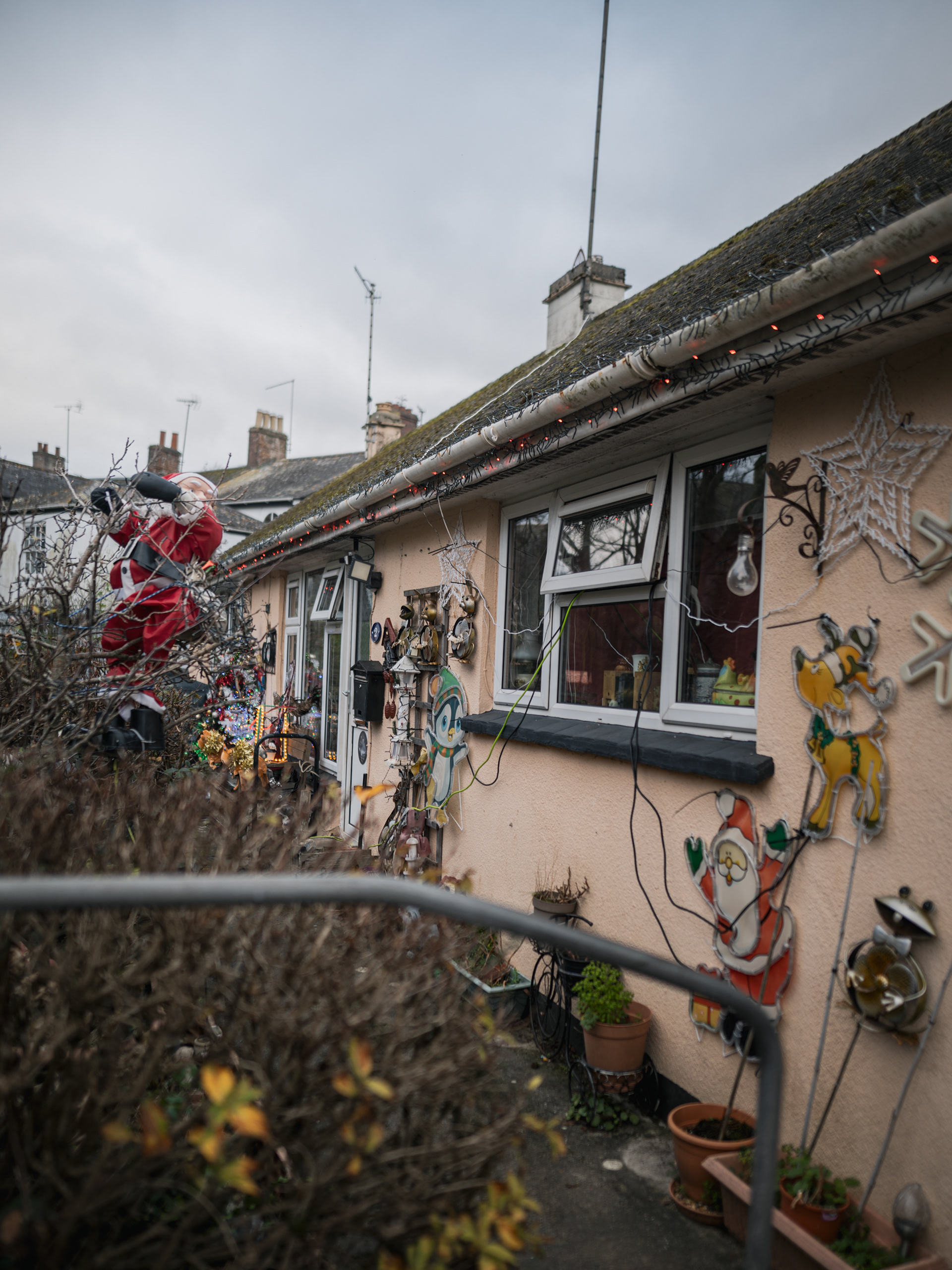
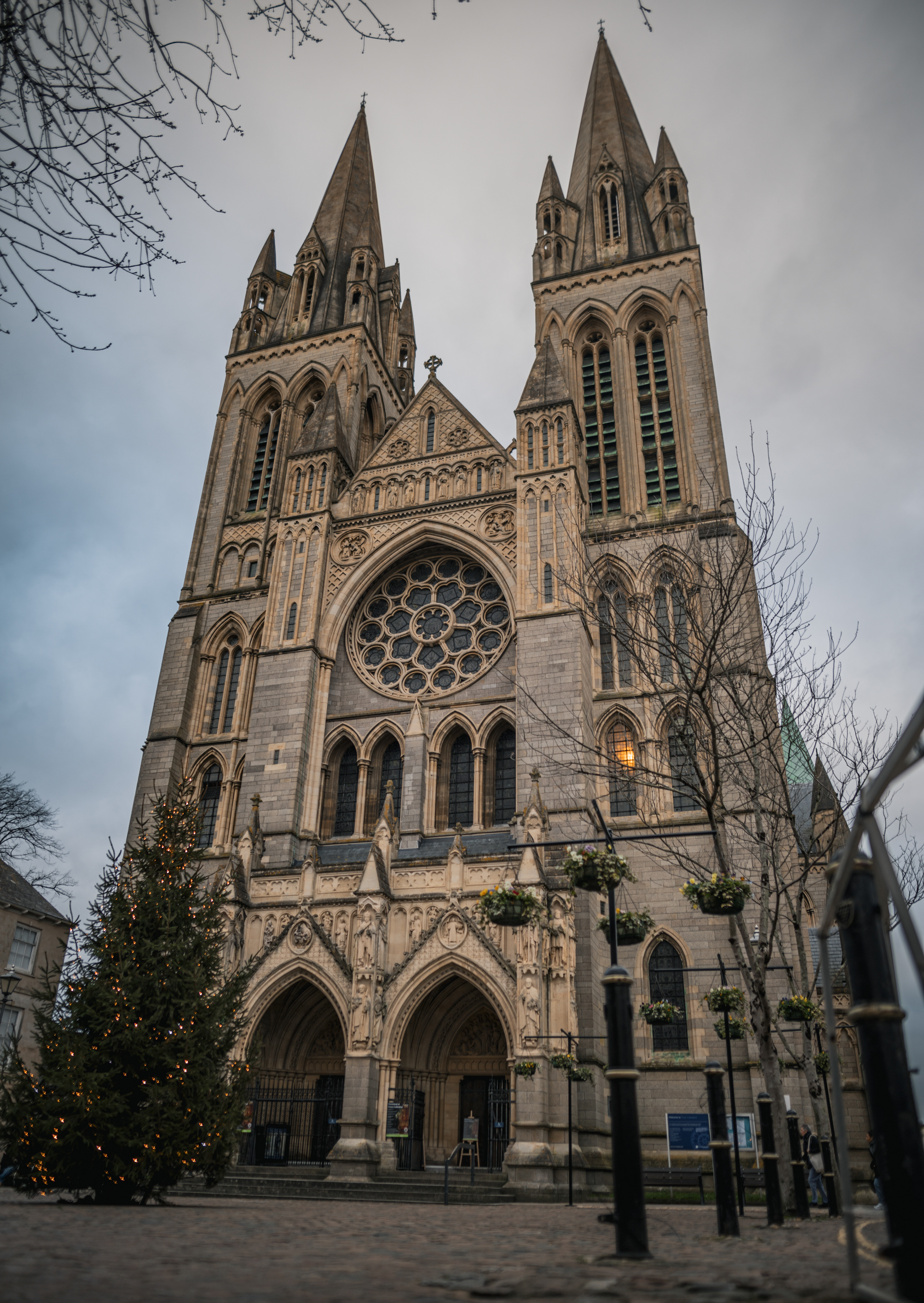
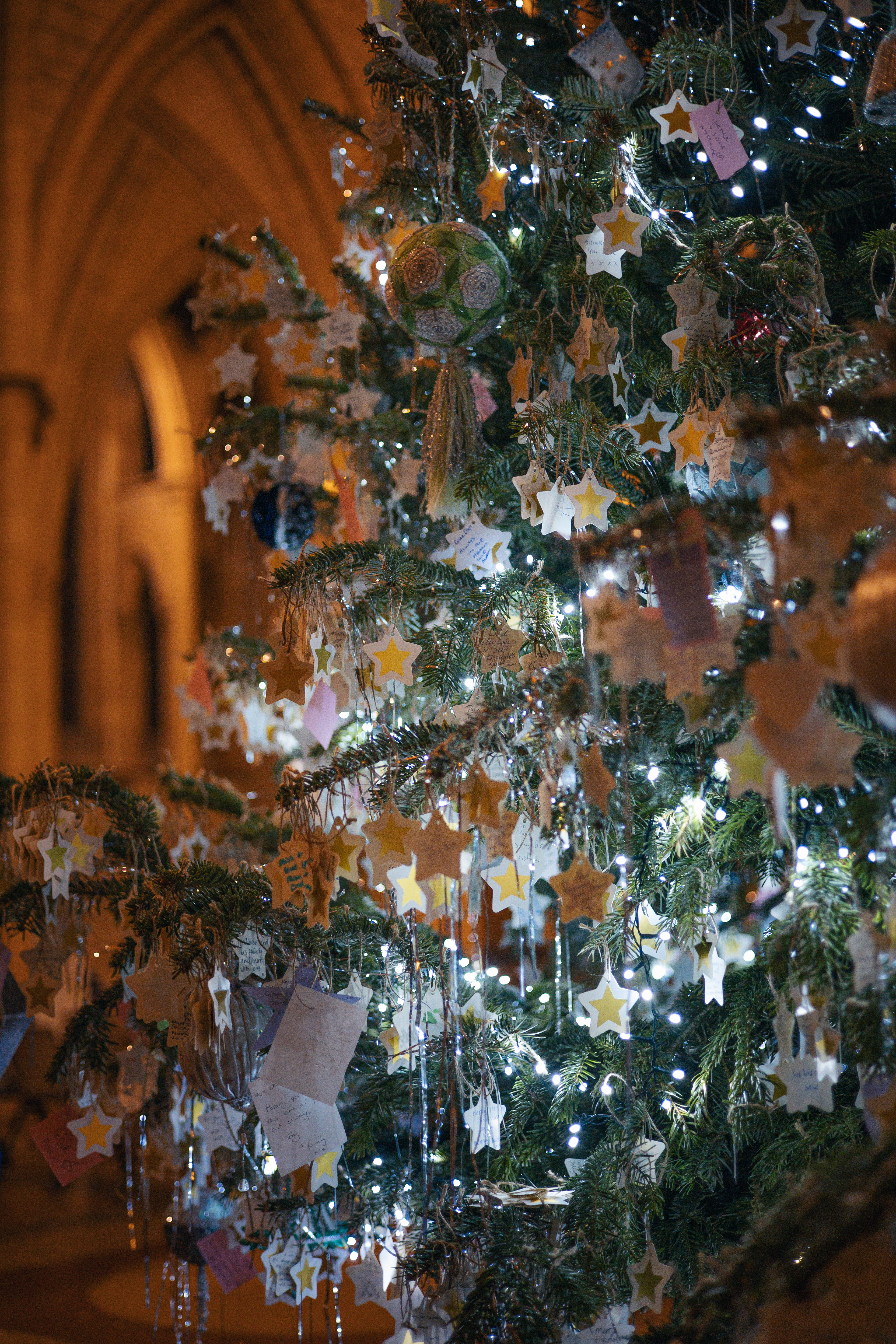
After spending Christmas in Cornwall, I became addicted to it! Gifts, happiness, friends and let not forget Sunday Roast - filled turkey with veggies, drinks, but all that just after eating a melon!
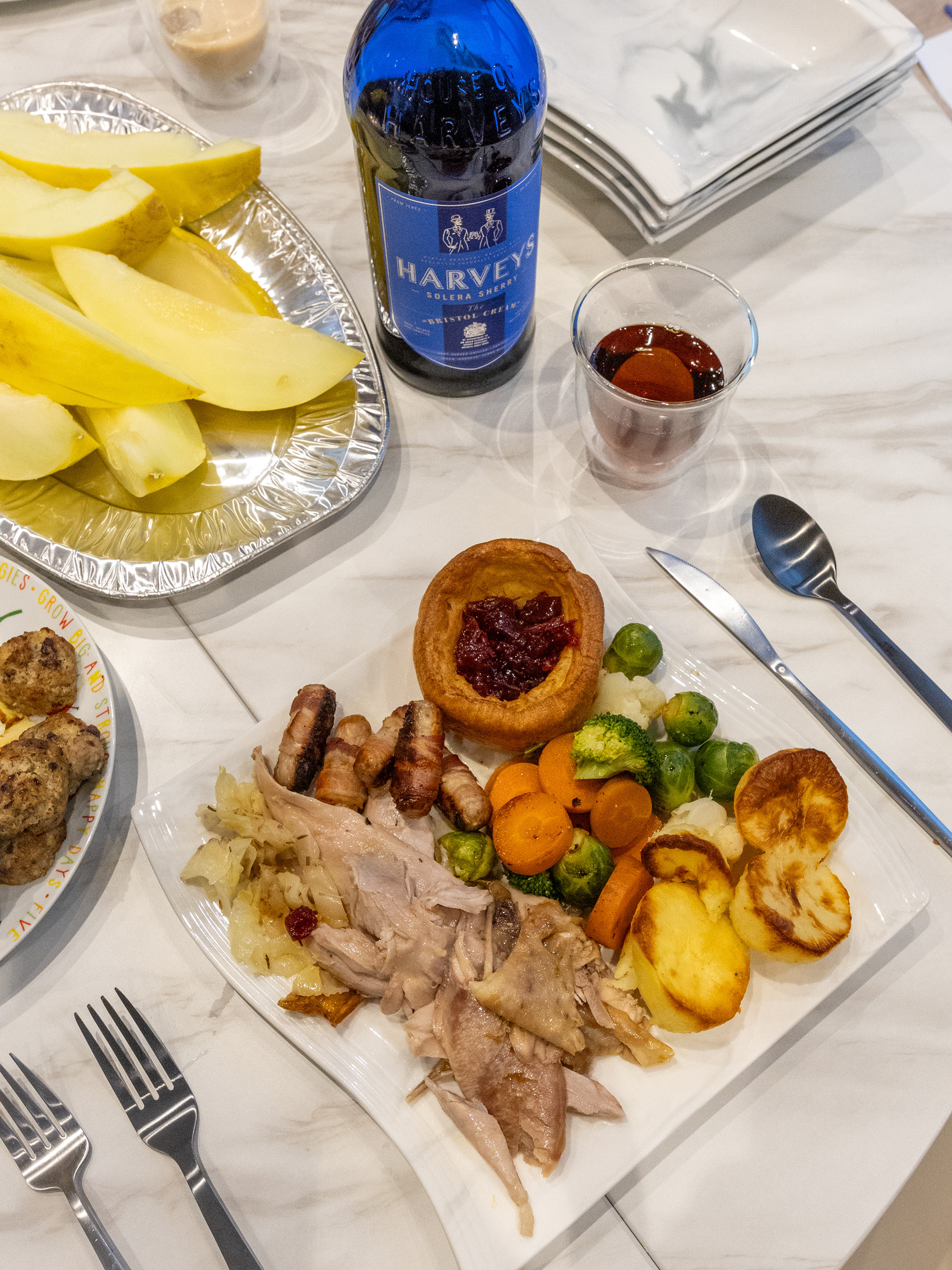

Falmouth & Pendennis Castle
I wasn't a stranger to Falmouth, after I had spent a few visits, but I had never been exploring it properly! That's why it was right on the top of my 'to go' list! As I already mentioned, I took the visit on my final day, and it was a really good place!
Falmouth is among the biggest towns in Cornwall and it is located south of Truro, on the coast of Carrick Roads (River Fal estuary) and the English Channel.
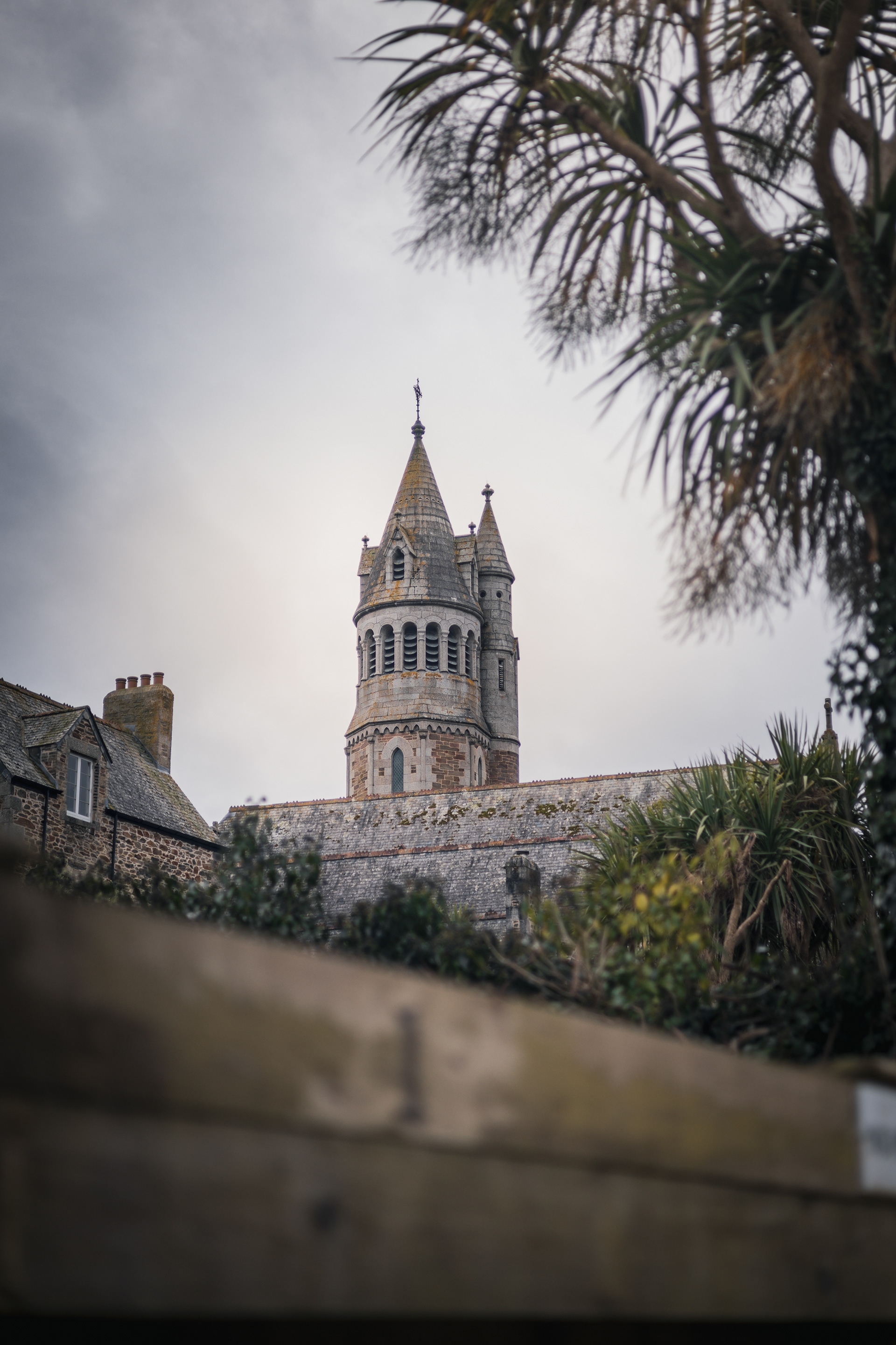
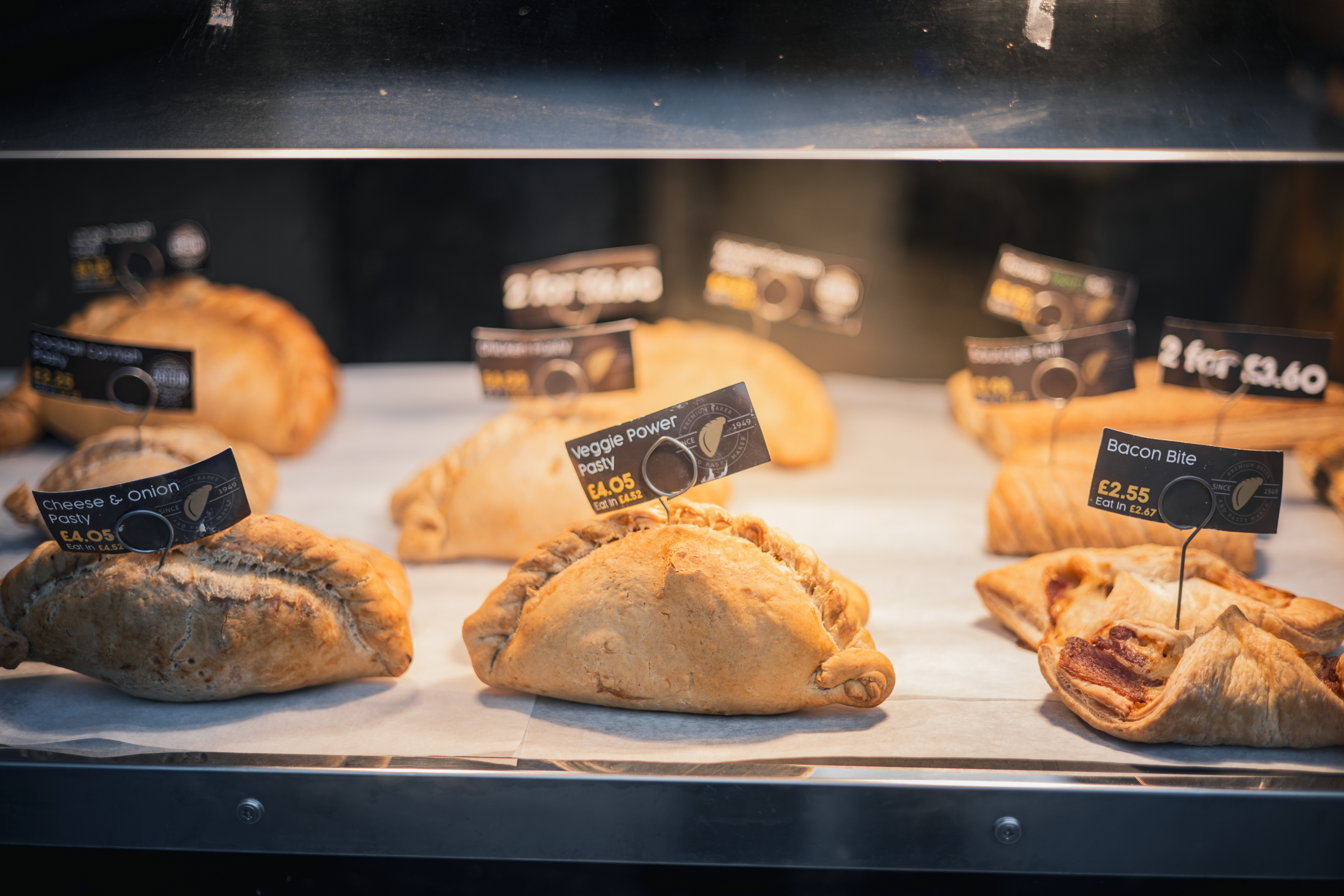
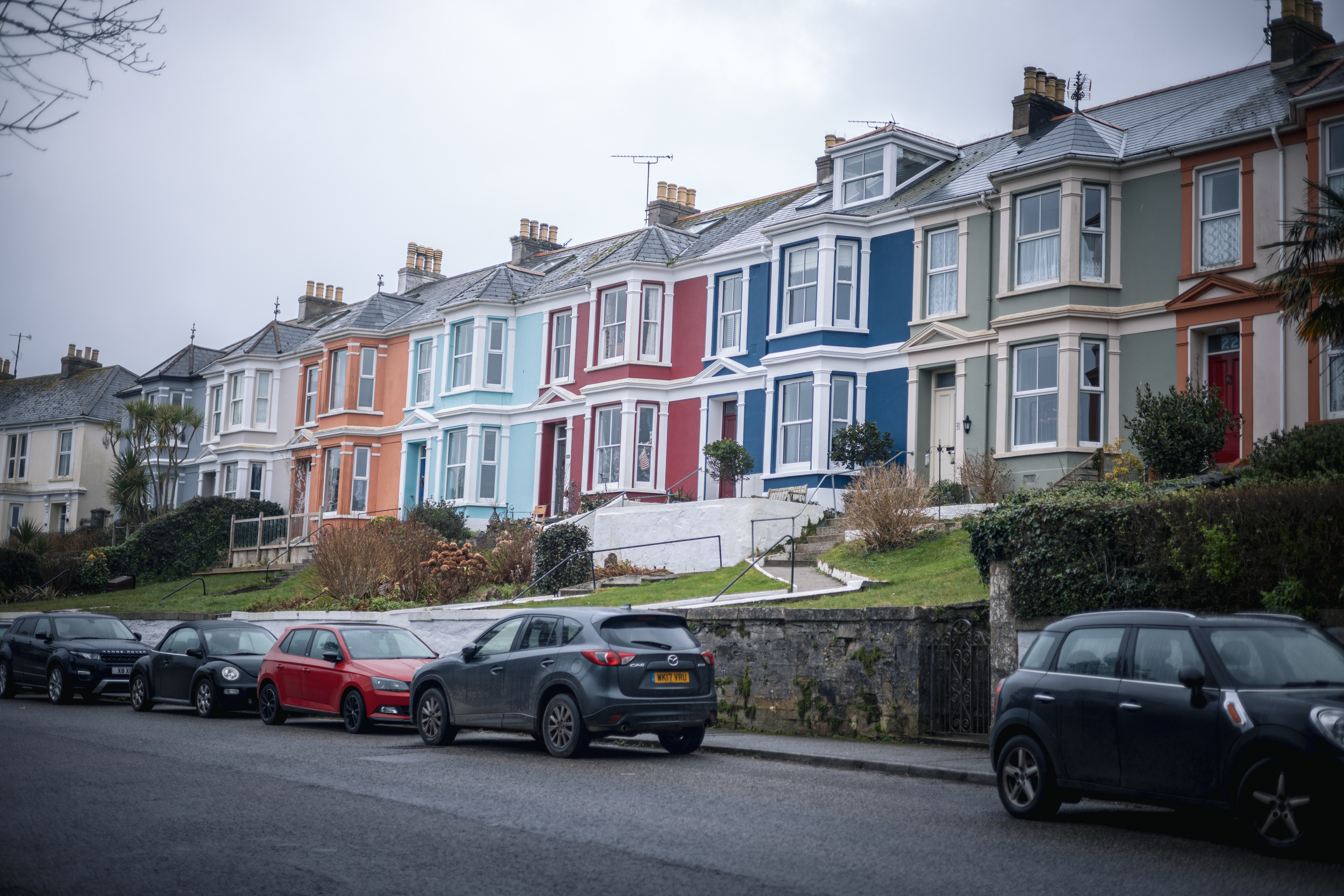
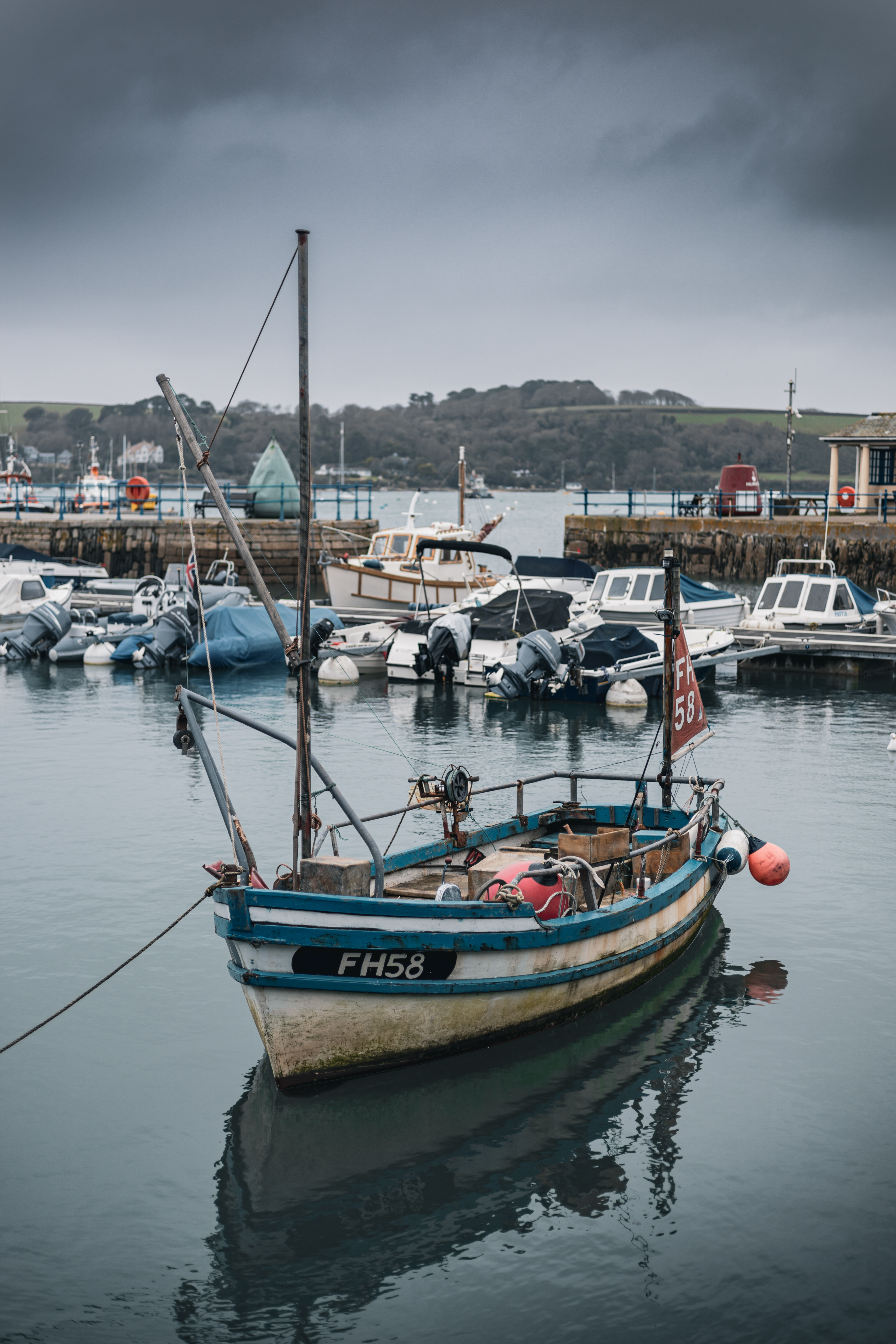
The town is home to one of the Cornish historic defence sites - the Pendennis Castle!
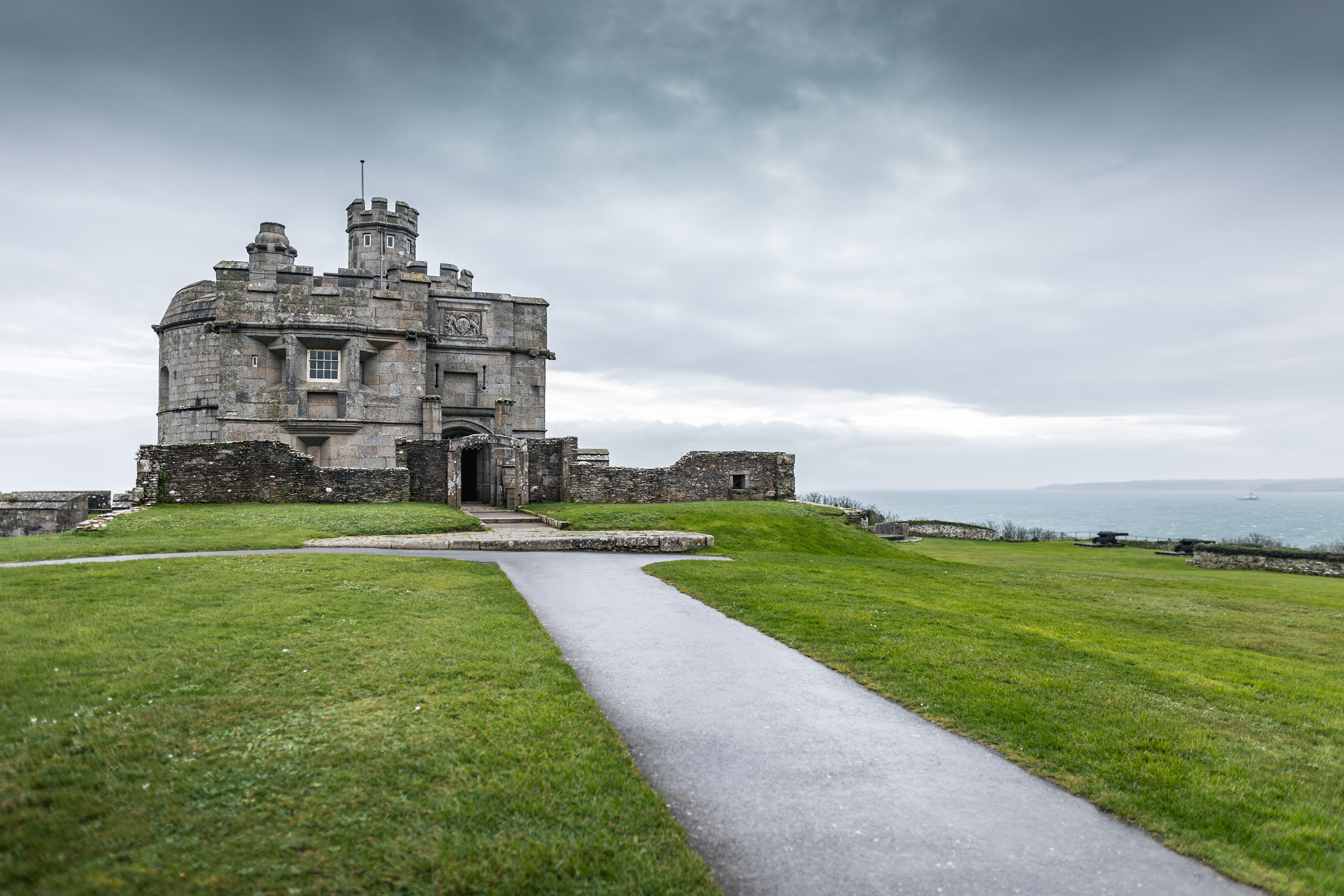
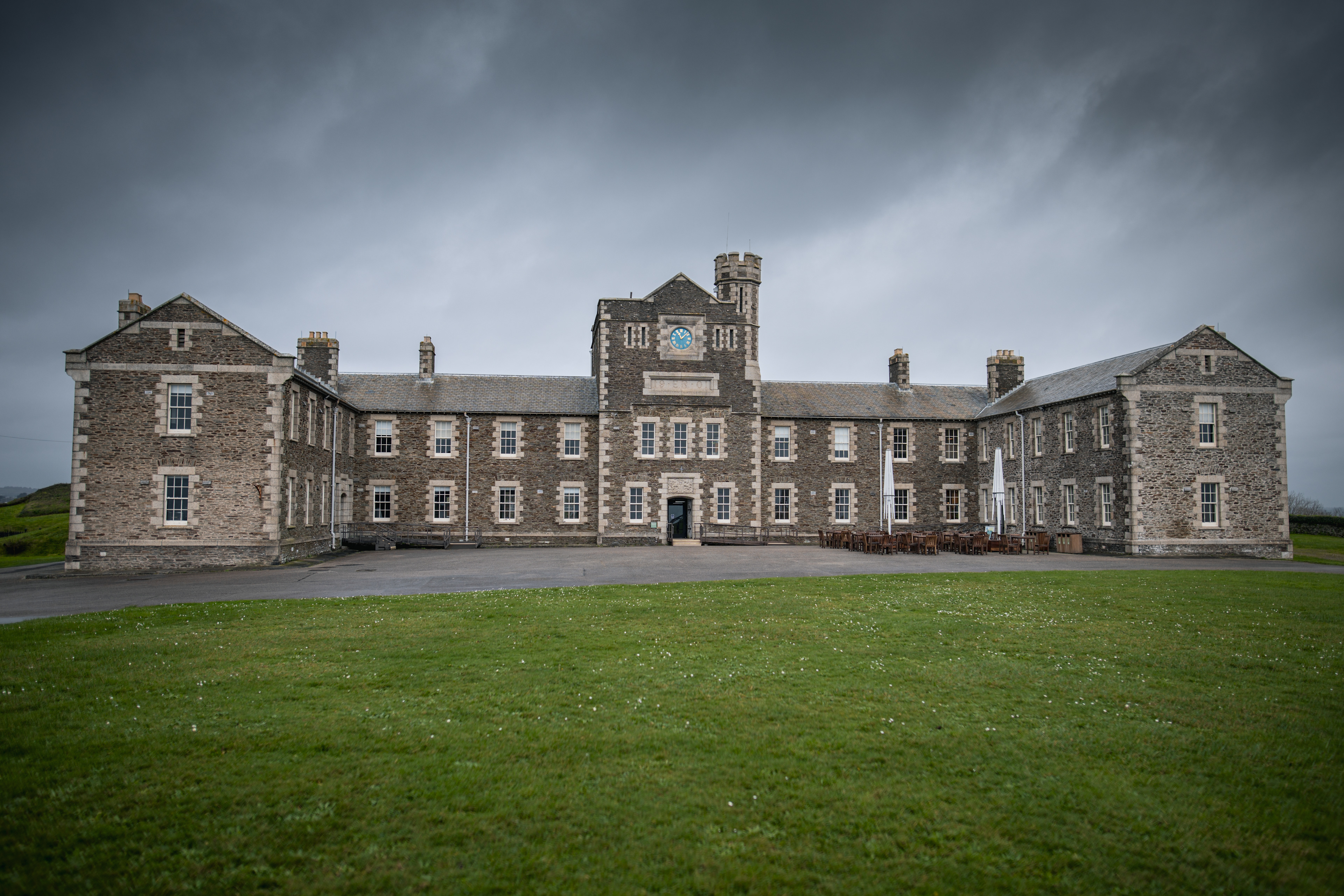
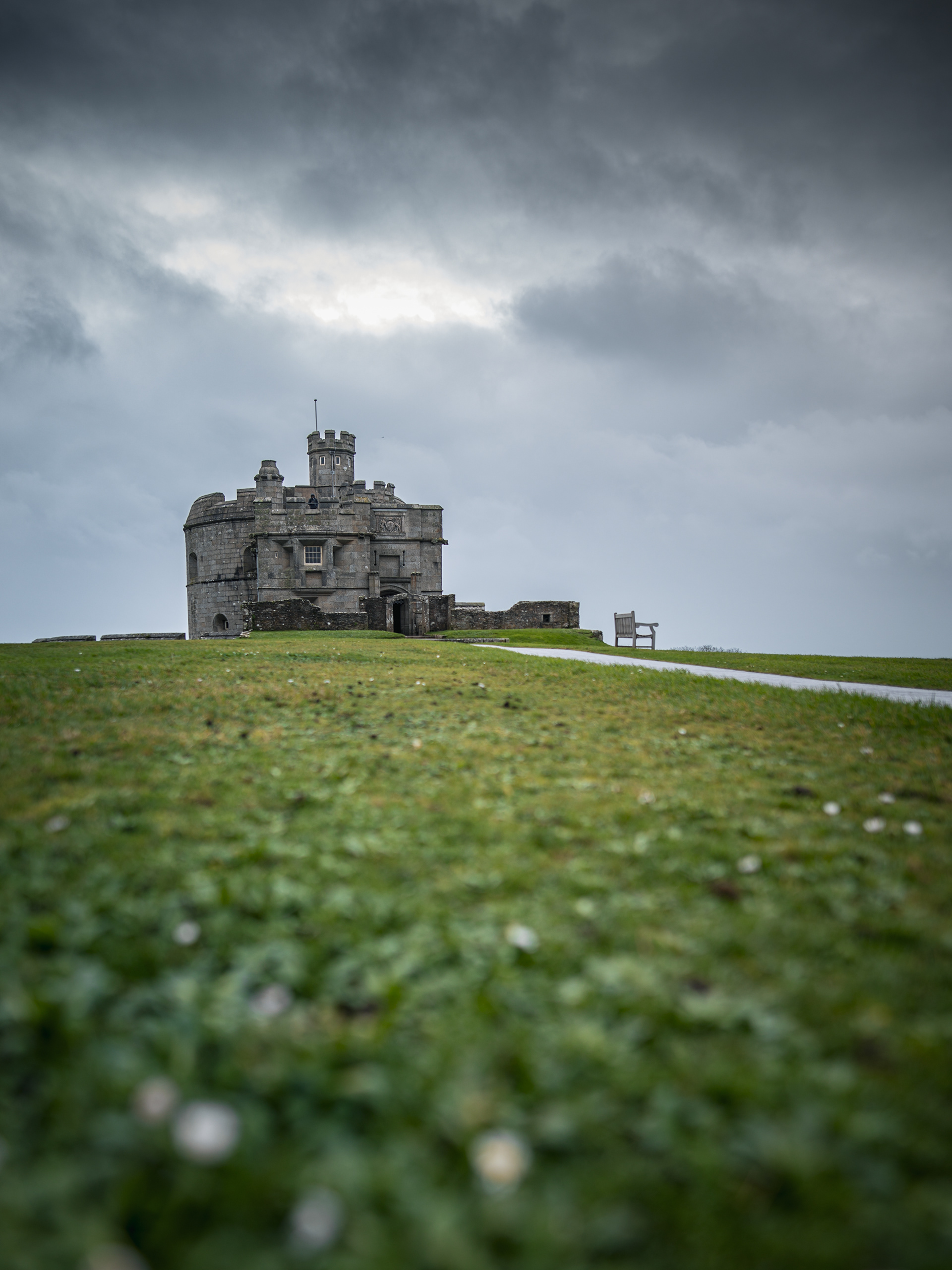
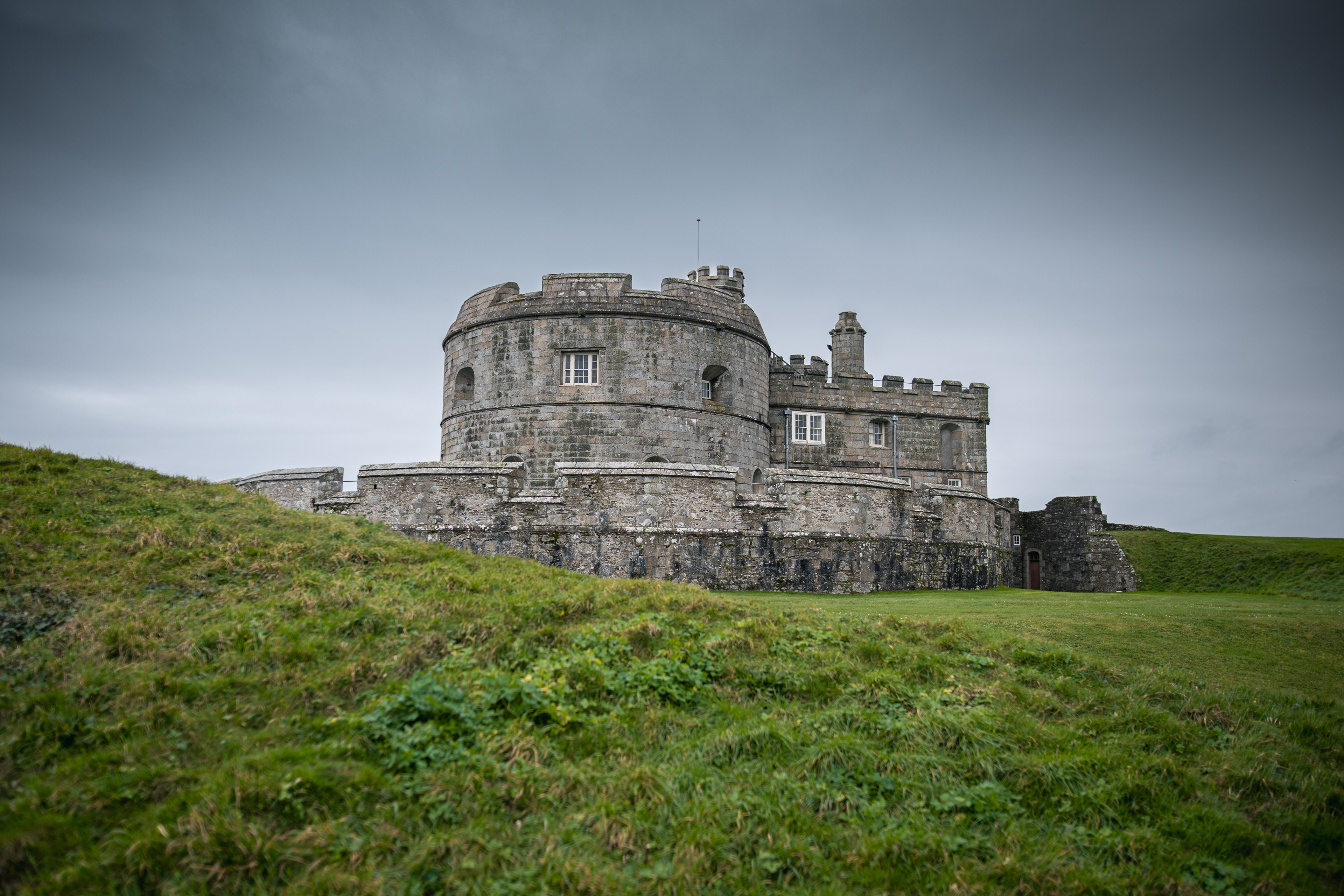
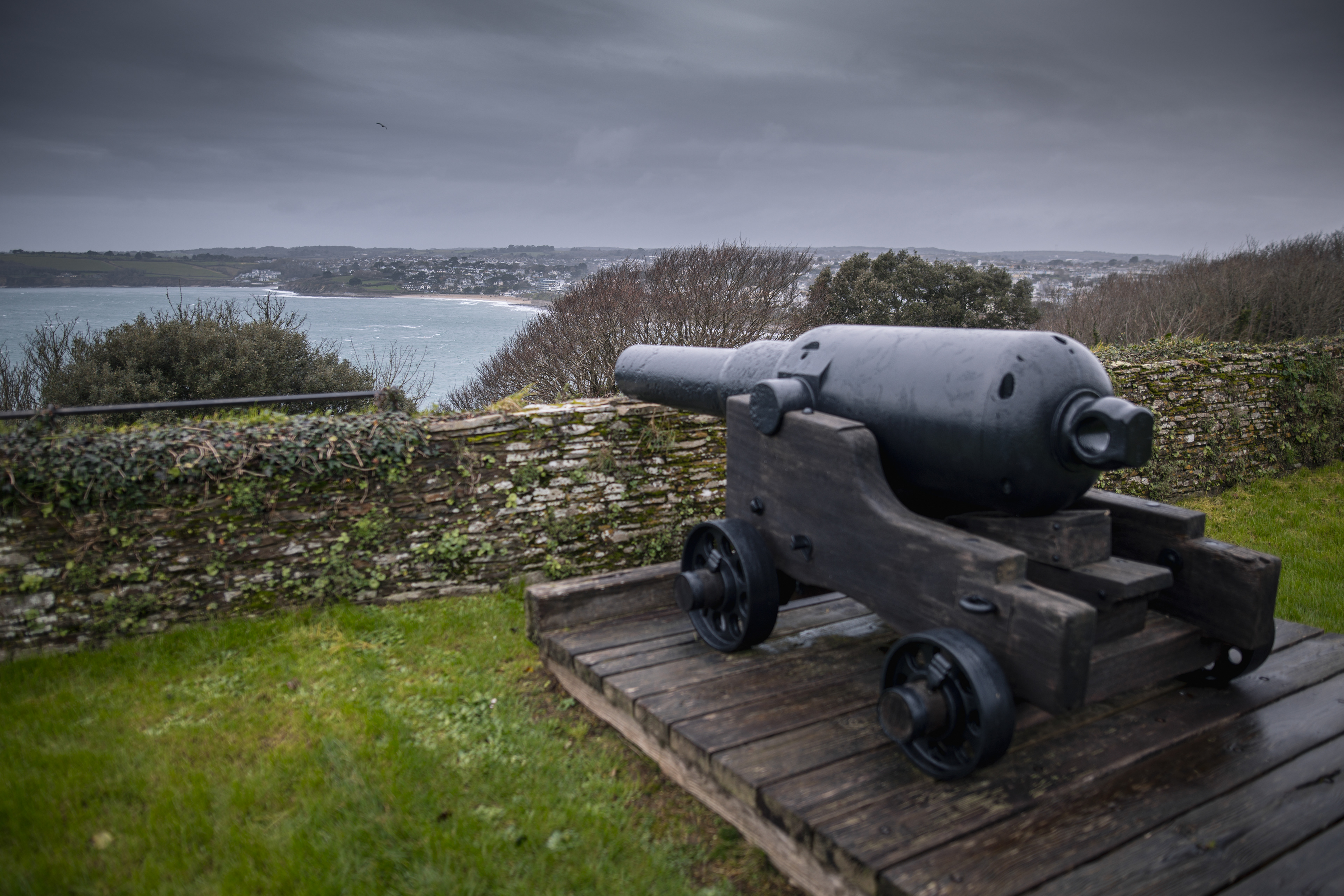
Pendennis Castle is an artillery fort constructed by Henry VIII near Falmouth, Cornwall, England between 1540 and 1542. It formed part of the King's Device programme to protect against invasion from France and the Holy Roman Empire, and defended the Carrick Roads waterway at the mouth of the River Fal. During the WWII, the castle was rearmed and used as the headquarters of Falmouth Fire Command, which controlled the artillery across the area.
Videos & photos
Watch my not-professional cinematic videos in YouTube:
Photos from past years:
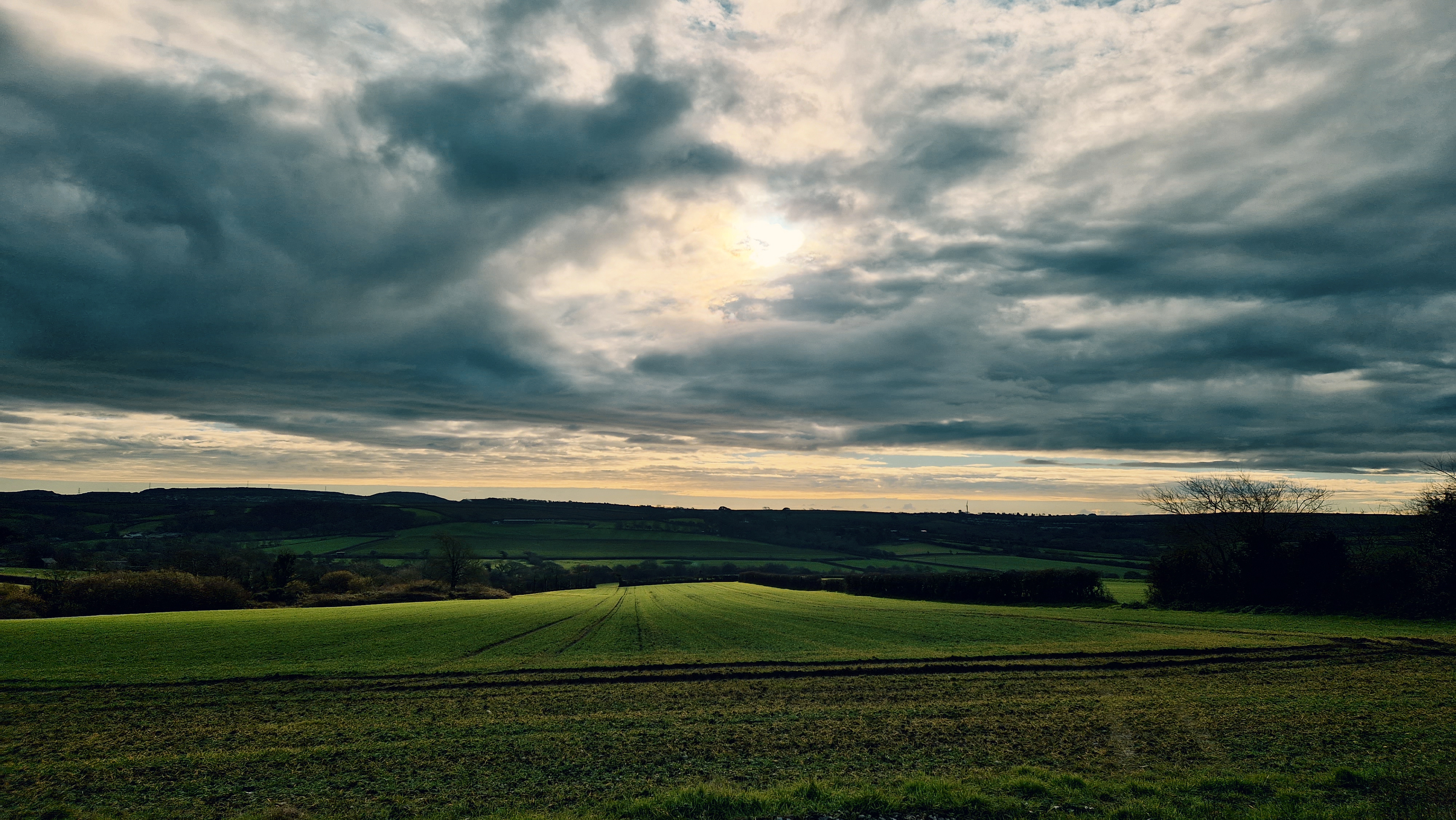
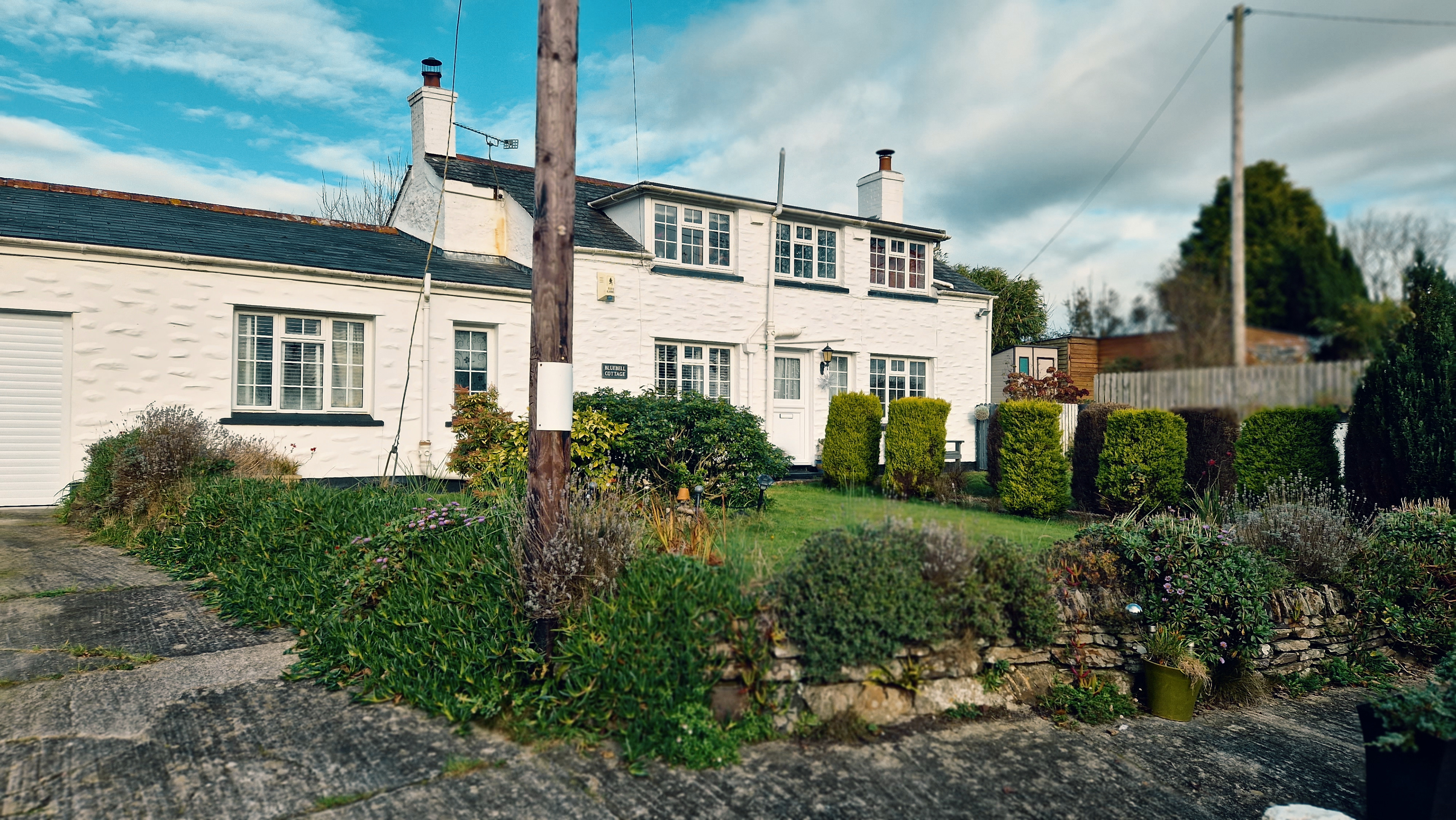
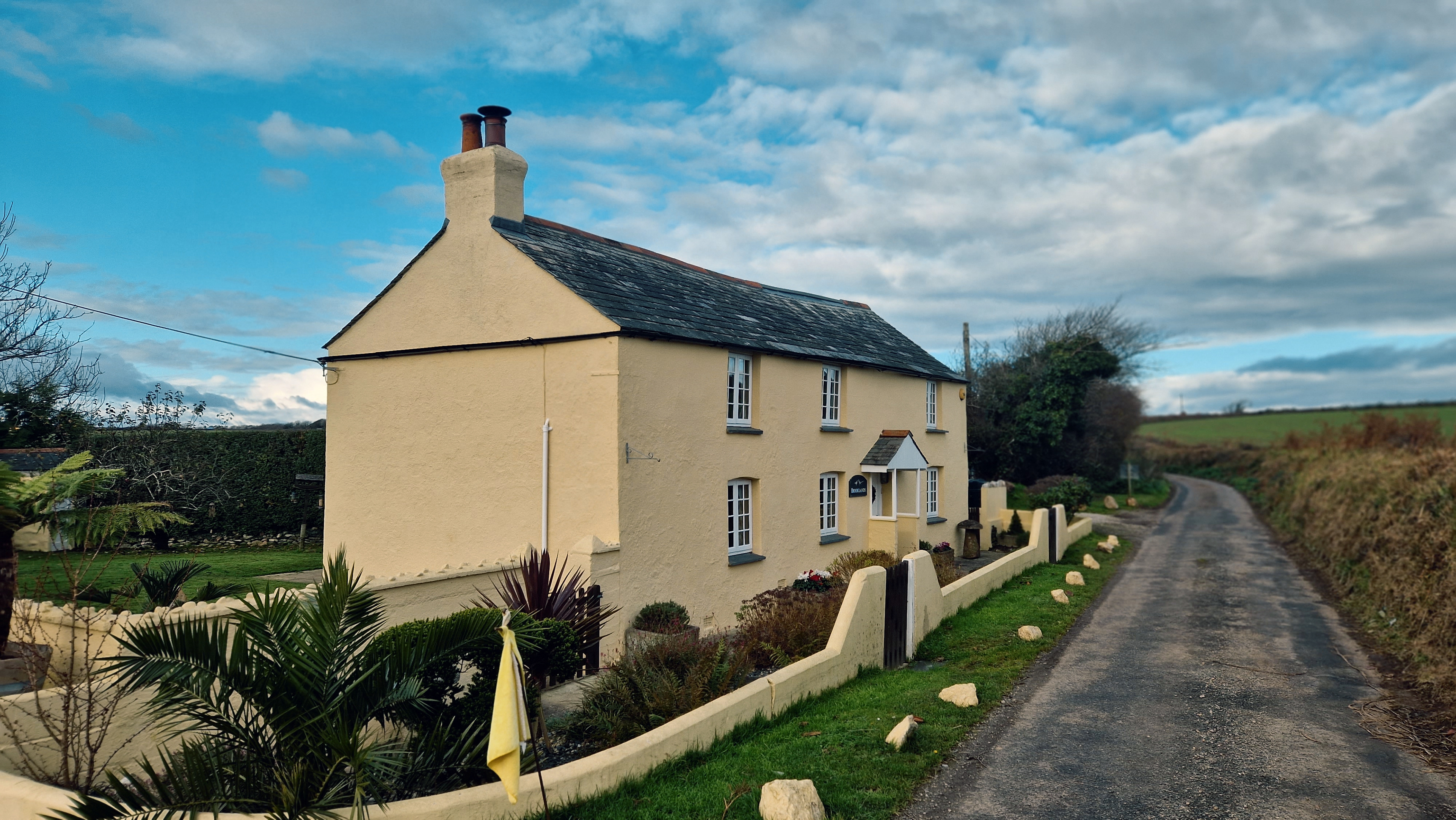
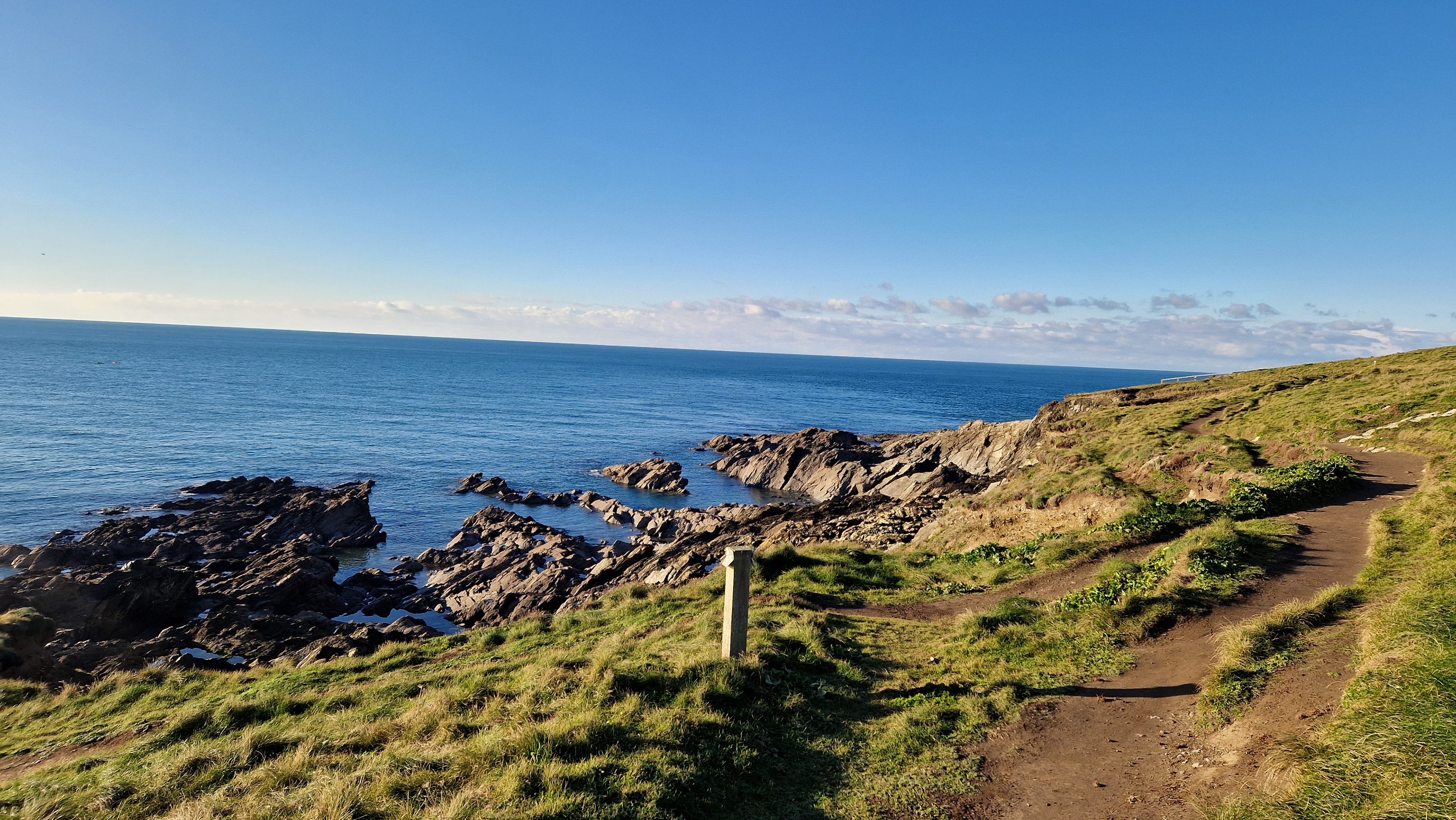
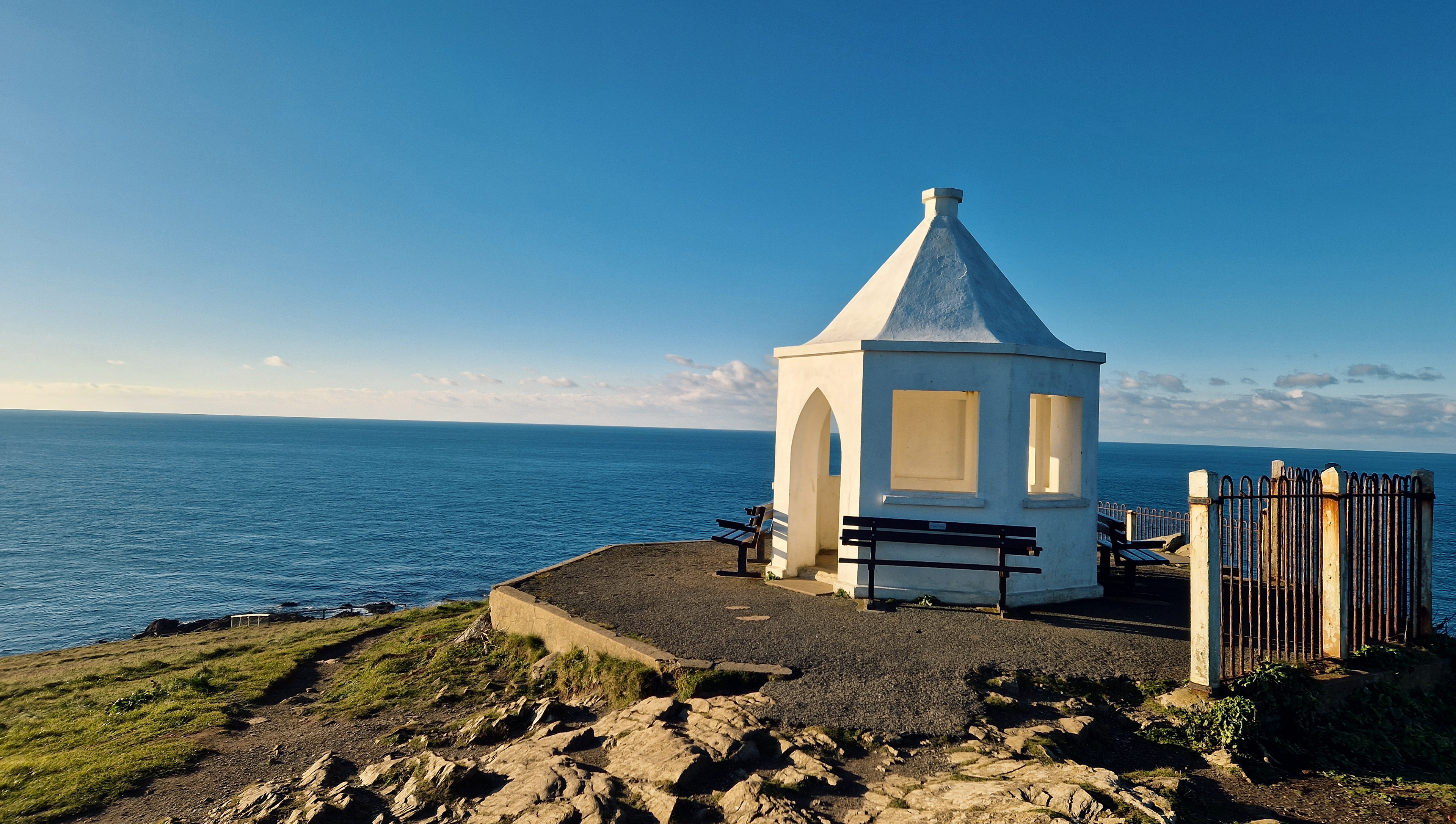
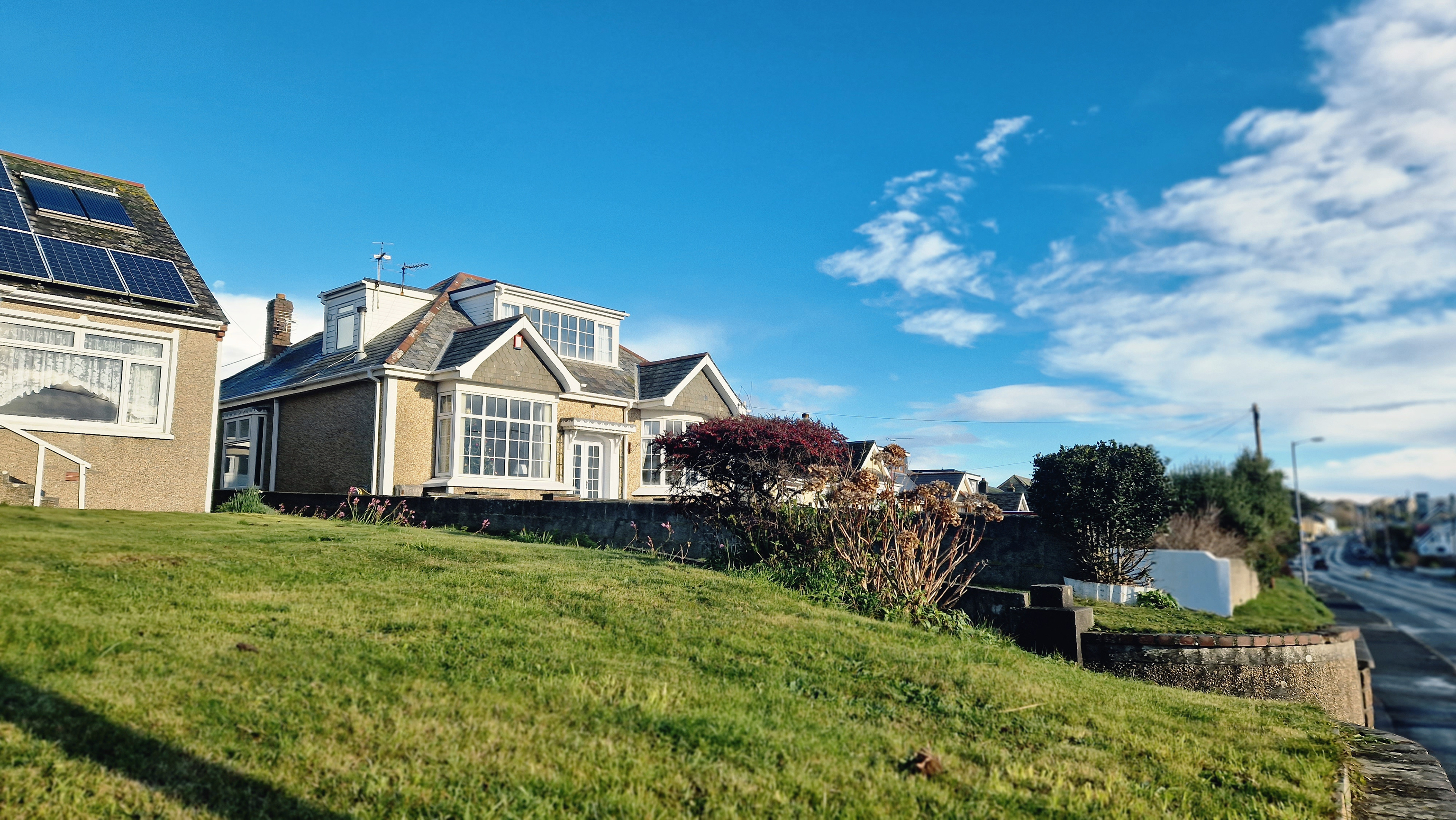
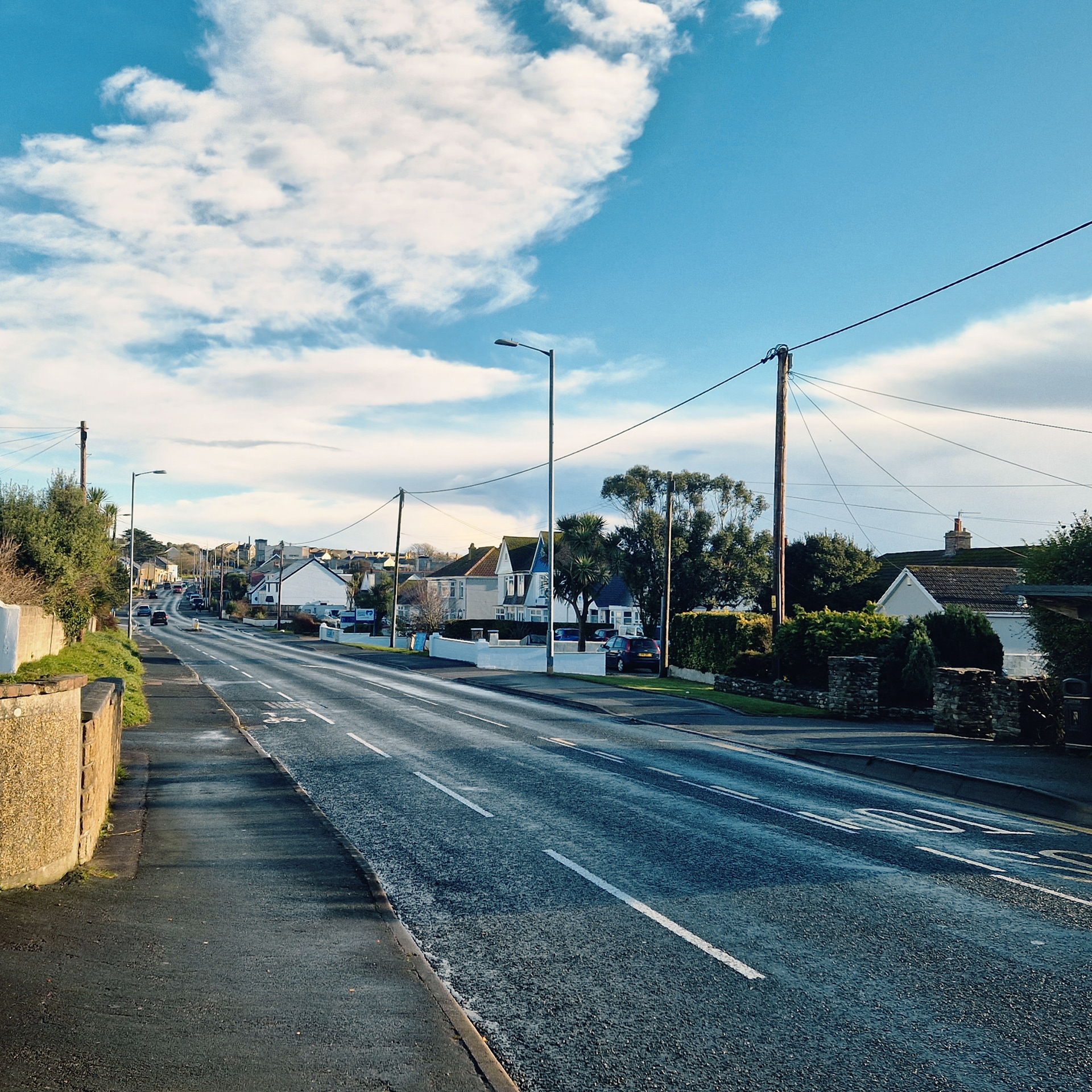
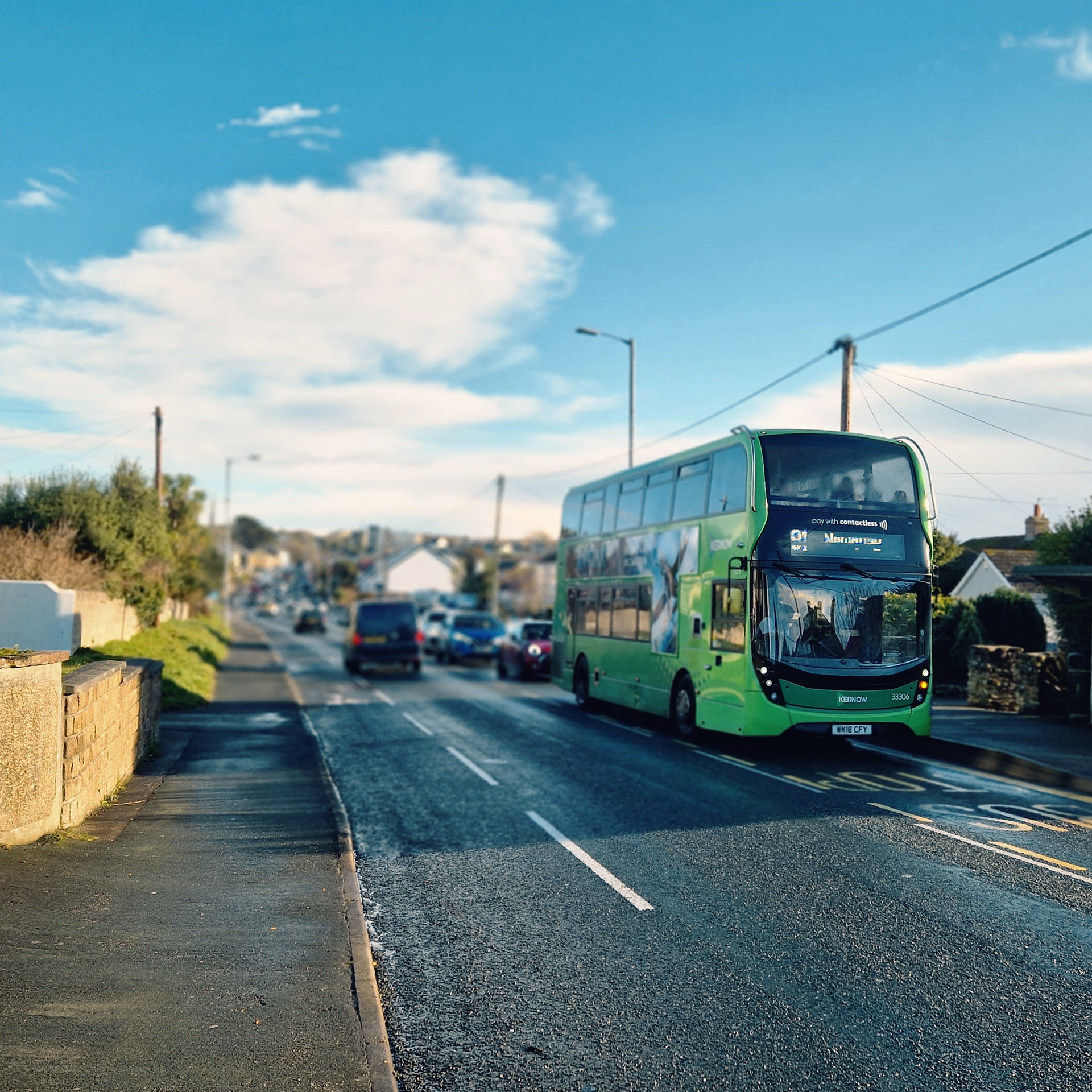
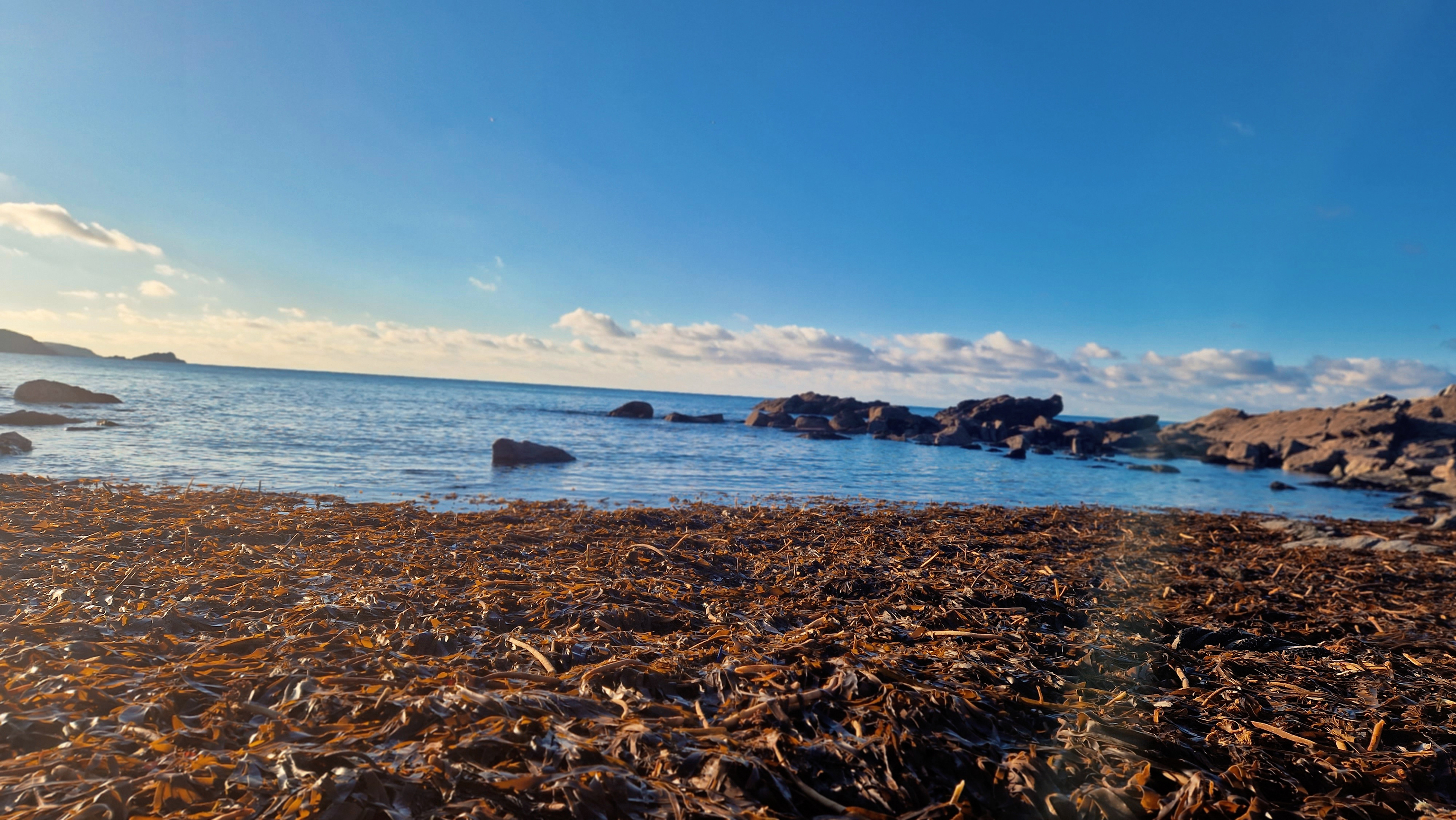
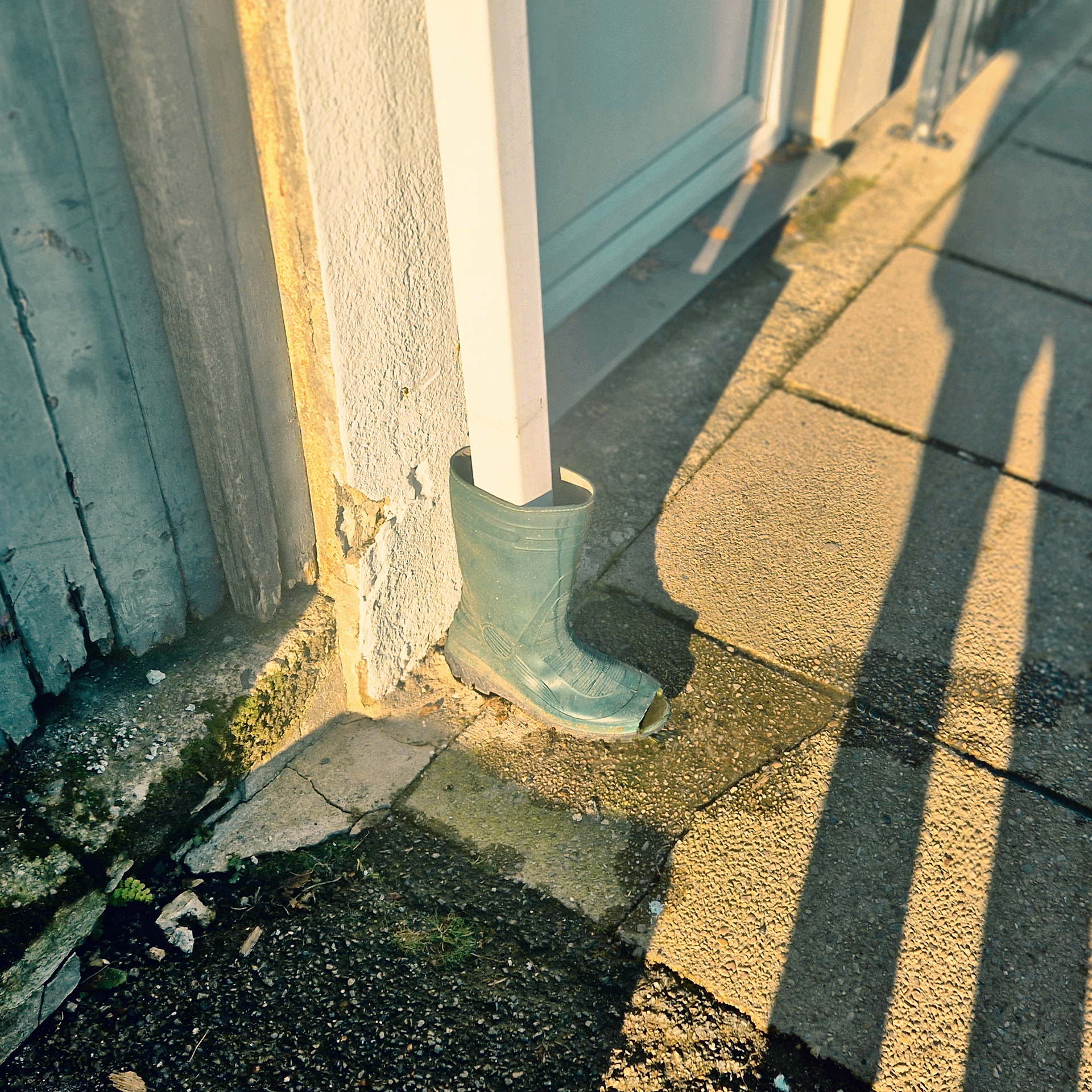
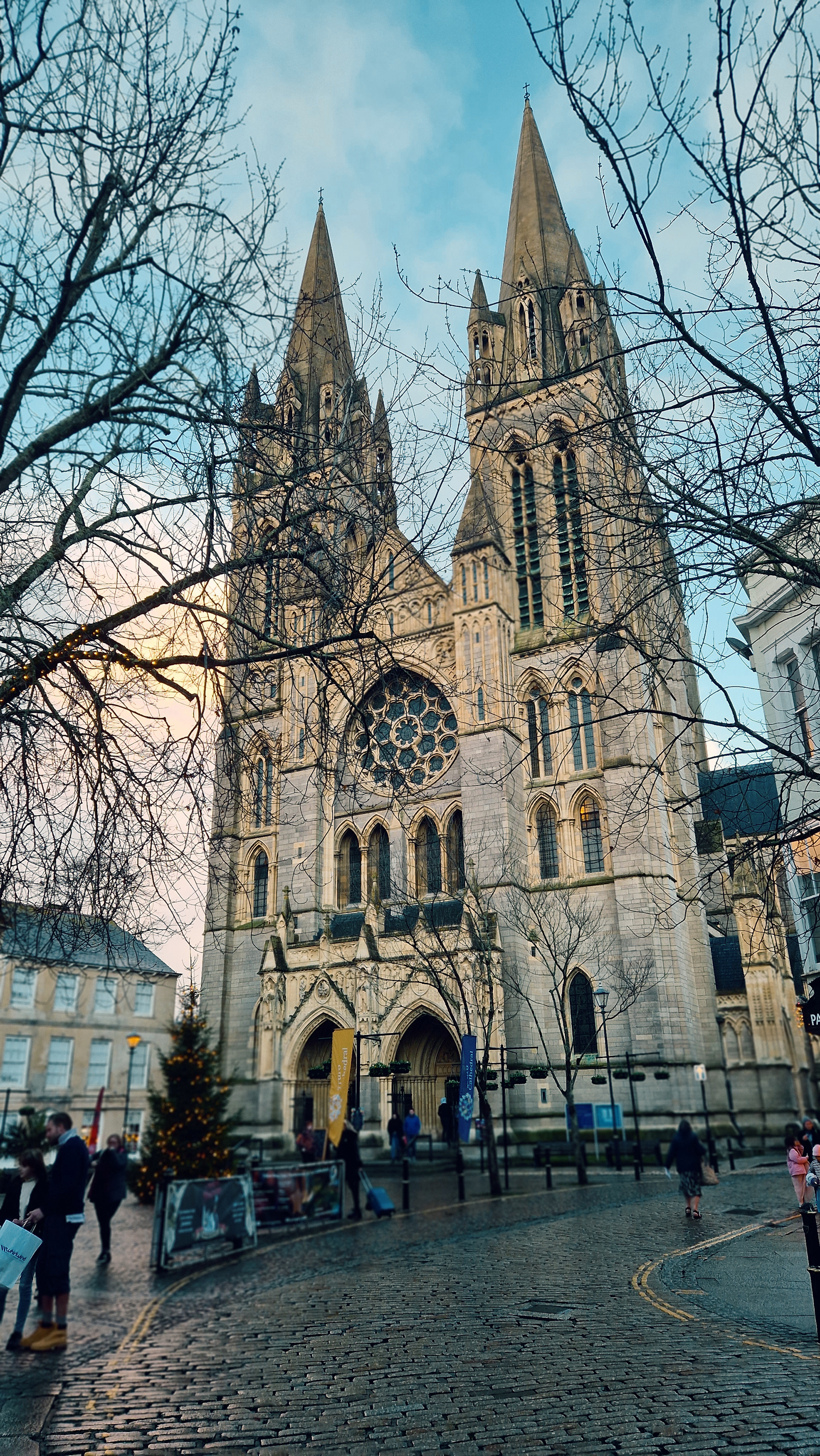
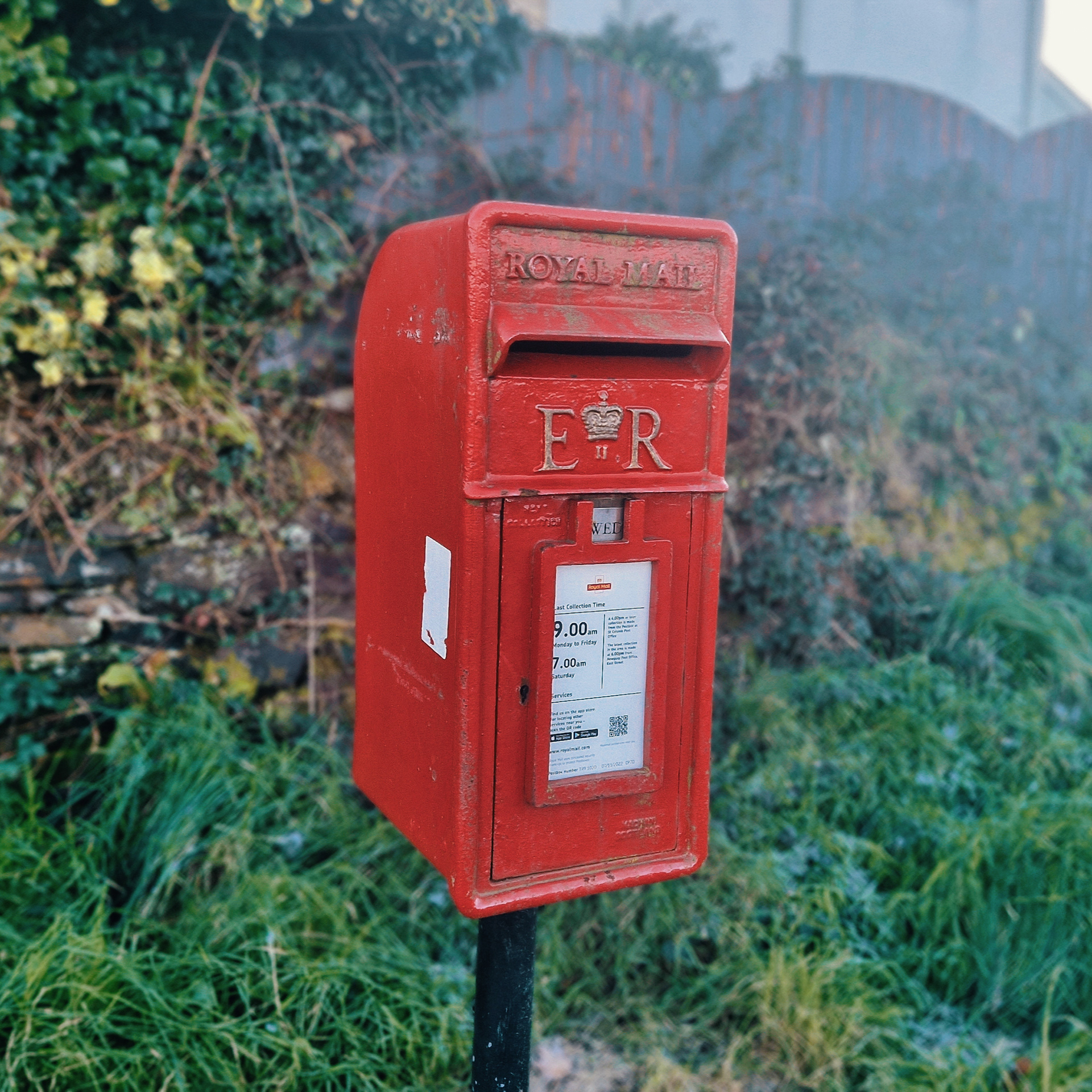
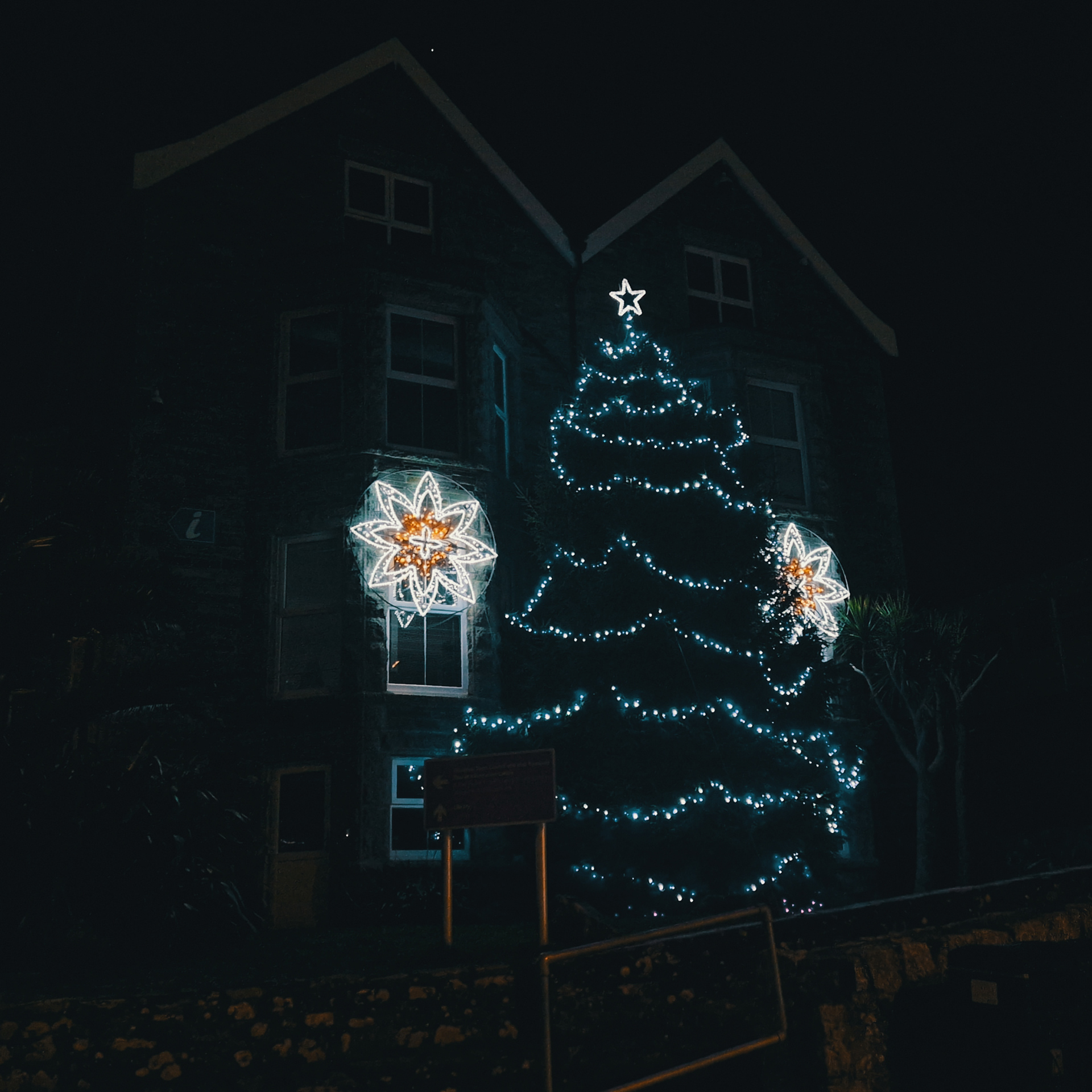
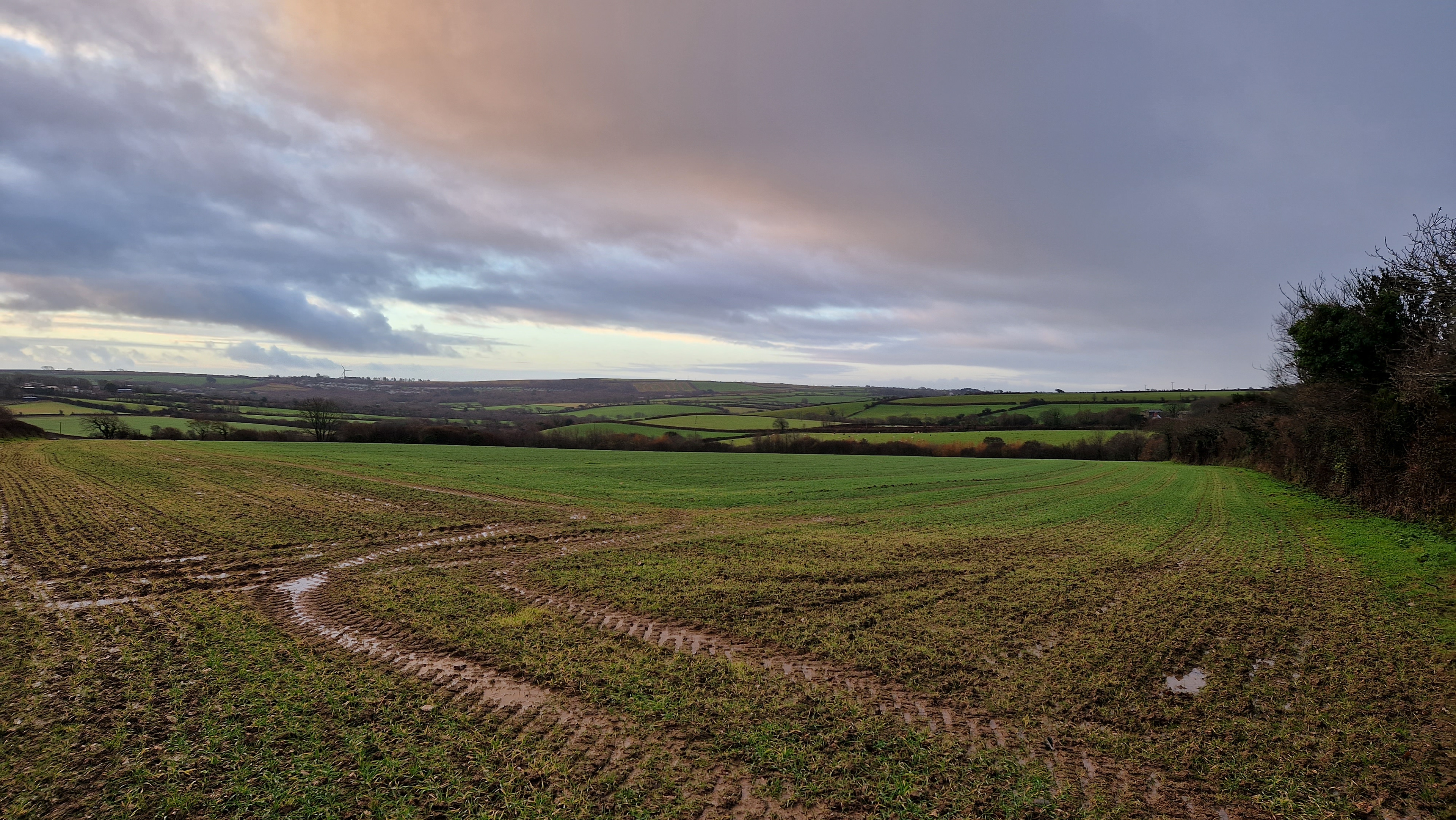
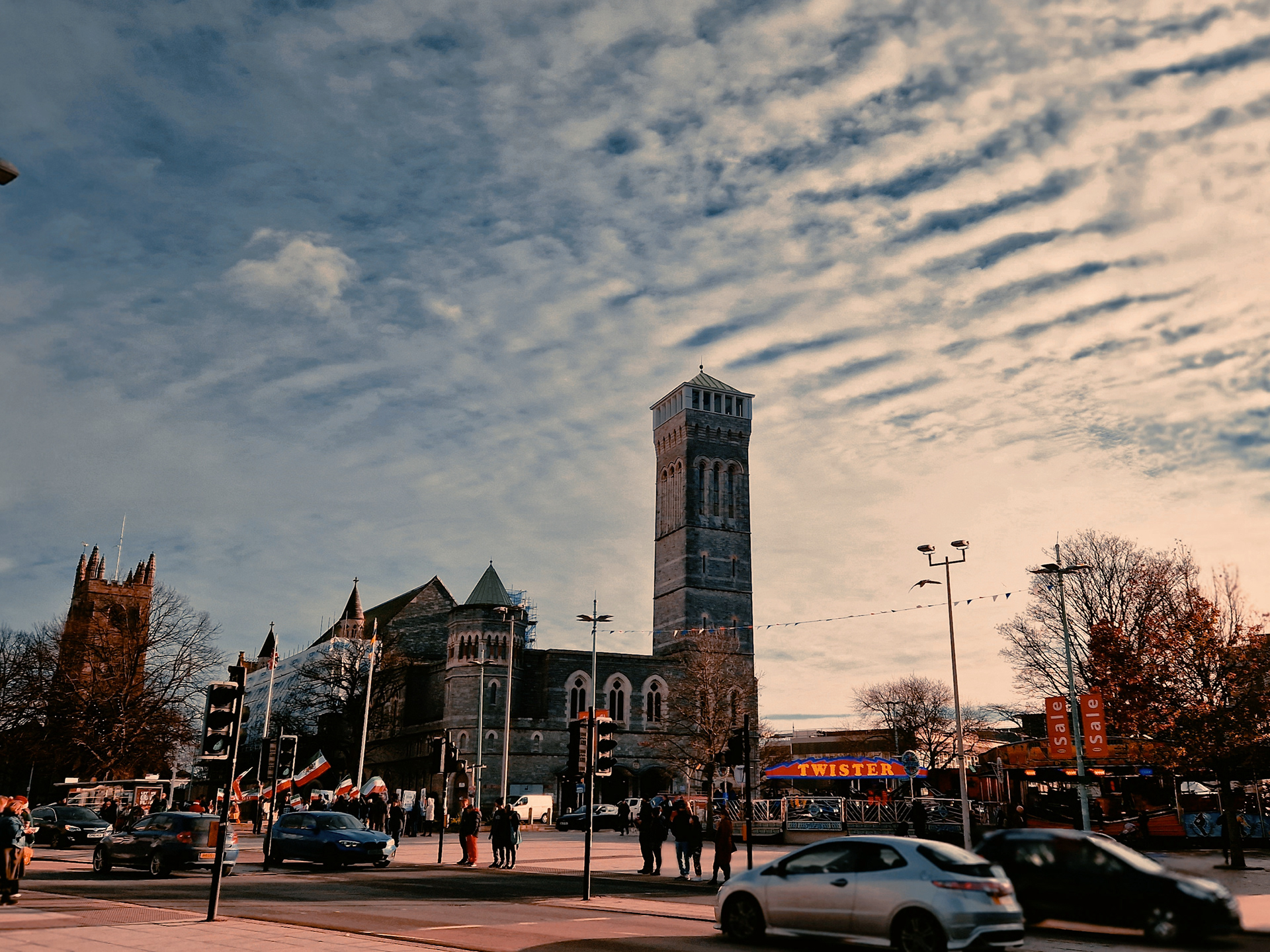
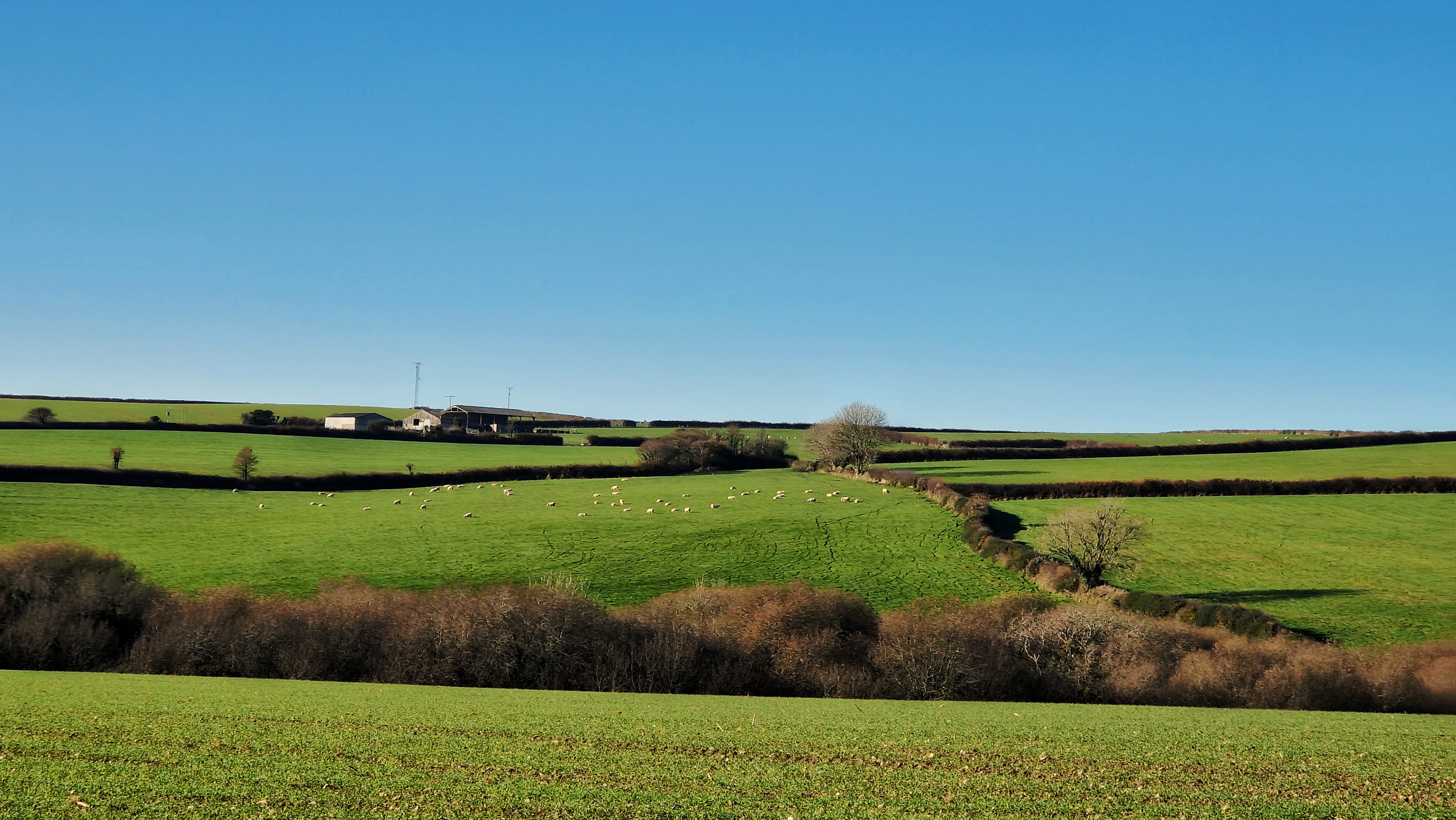
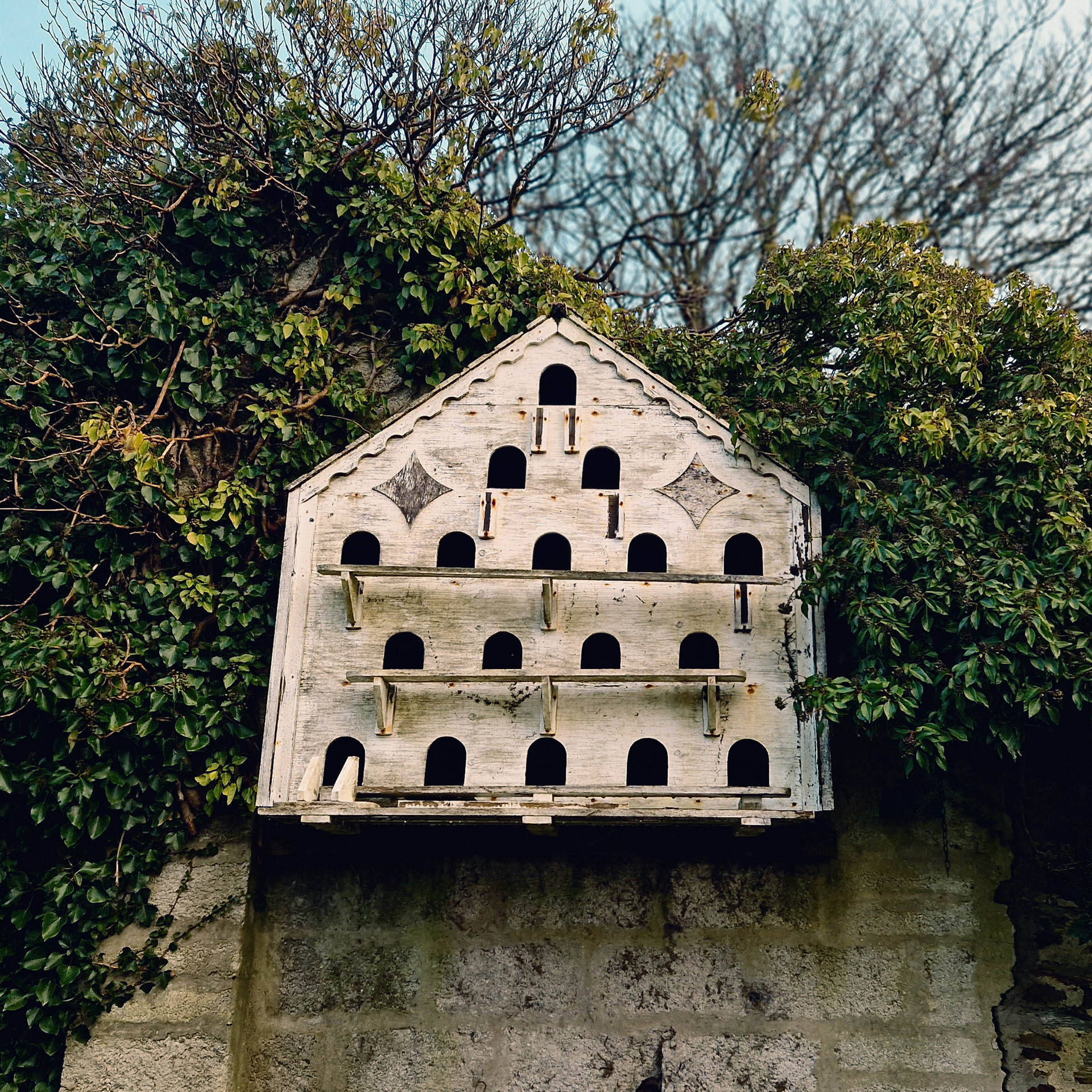
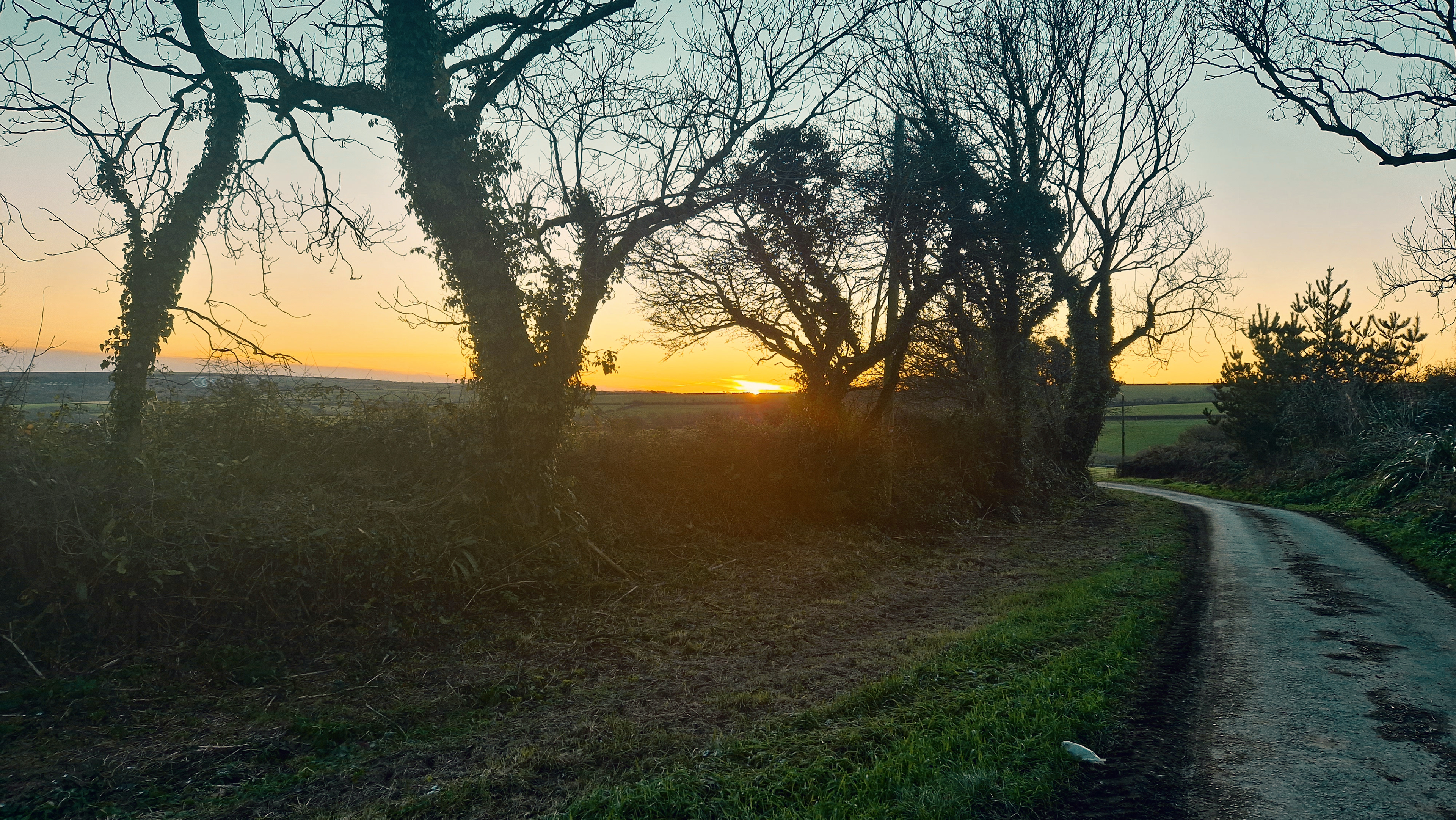
Some of the places I have visited
List of all major villages, towns and a city of Cornwall. Places in bold are some of my visited ones. Hamlets, natural sites and historic places not included.
Advent Altarnun Antony Baldhu
Blisland Biconic Bodmin Bolventor
Boscastle Botus Fleming Boyton Bradock
Breage Bridgerule West Bude Haven Budock
Callington. Calstock Camborne Camelford
Carbis Bay Cardinham Carharrack Carnmenellis
Chacewater Charlestown Colan Constantine
Cornelly Crantock Creed Crowan
Cubert Cuby (Tregony) Cury Davidstow
Devoran Duloe Egloshayle Egloskerry
Endellion Falmouth Falmouth (All Saints) Falmouth (King Charles)
Feock Flushing Forrabury Fowey
Germoe Gerrans Godolphin Golant (St Sampson)
Gorran Grade Grampound Gulval
Gunwalloe Gwennap Gwinear Gwithian
Halsetown Hayle Helland Helston
Herodsfoot Hessenford Illogan Isles of Scilly
Jacobstow Kea Kenwyn Kilkhampton
Ladock Lamorran Landewednack Landrake
Landulph Laneast Lanhydrock Lanivet
Lanlivery Lanner Lanreath Lansallos
Lanteglos (Camelford) Lanteglos (Fowey) Launcells Launceston
Lawhitton Lelant Lesnewth Lewannick
Lezant Linkinhorne Liskeard Little Petherick
Looe Lostwithiel Ludgvan Luxulyan
Mabe Madron Maker Manaccan
Marazion Marhamchurch Mawgan (Meneage) Mawgan (Pydar)
Mawnan Menheniot Merther Mevagissey
Michaelstow Millbrook Minster Mithian
Morvah Morval Morwenstow Mount Hawke
Mullion Mylor Newlyn East Newlyn
Newquay North Hill North Petherwin North Tamerton
Otterham Padstow Par Paul
Pelynt Pencoys Pendeen Penponds
Penryn Penwerris Penzance Penzance (St John)
Penzance (St Mary) Penzance (St Paul) Perranarworthal Perranuthnoe
Perranzabuloe Phillack Philleigh Pillaton
Polperro Porthleven Port Isaac Poughill
Poundstock Probus Quethiock Rame
Redruth Redruth (St Andrew) Redruth (St Uny) Roche
Ruan Lanihorne Ruan Major Ruan Minor Saltash
Sancreed Sennen Sheviock Sithney
South Hill South Petherwin St Agnes St Allen
St Anthony (Meneage) St Anthony (Roseland) St Austell St Blazey
St Breock St Breward St Buryan St Cleer
St Clement St Clether St Columb Major St Columb Minor
St Day St Dennis St Dominick St Endellion
St Enoder St Erme St Erney St Erth
St Ervan St Eval St Ewe St Gennys
St Germans St Giles St Gluvias St Hilary
St Issey Stithians St Ive St Ives
St John St Juliot St Just (Penwith) St Just (Roseland)
St Keverne St Kew St Keyne St Levan
St Mabyn St Martin (Looe) St Martin (Meneage) St Mawes
St Mellion St Merryn St Mewan St Michael (Caerhays)
St Michael (Penkivel) St Michael's Mount St Minver St Neot
Stokeclimsland St Pinnock Stratton St Sampson
St Stephen (Launceston) St Stephen (Brannel) St Stephens St Teath
St Thomas (Launceston) St Tudy St Veep St Wenn
St Winnow Talland Temple Tideford
Tintagel Torpoint Towednack Treleigh
Tremaine Treneglos Treslothan Tresmere
Trevalga Treverbyn Trewen Truro
Truro (St George) Truro (St John) Truro (St Mary) Truro (St Paul)
Tuckingmill Tywardreath Veryan Virginstow
Wadebridge Warbstow Warleggan Week (St Mary)
Wendron Werrington Whitstone Withiel
Zennor
